- Group Enquiry? NEW
- 15 Best Himalayan Treks in July

Himalayan Treks in July
Here are some of the best himalayan treks in july:, quick navigation.
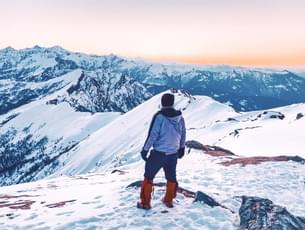
Valley of Flowers Trek with Hemkund Sahib, Uttarakhand
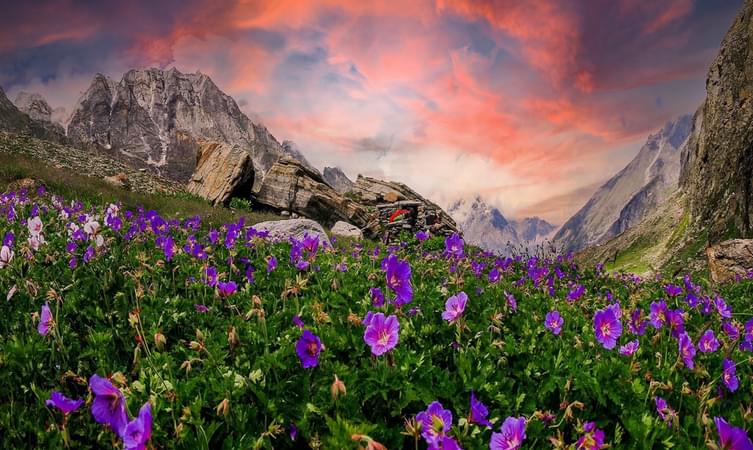
About Valley of Flowers Trek:
Valley of Flowers "Foolon ki Ghati" is one of those beautiful trekking expeditions that can be enjoyed during the monsoon season. It is flawlessly nestled in the West Himalayan region of Uttarakhand and lies at a lofty height of 3600 m above sea level. With an opportunity to spot the very rare blue Primula, the Valley Of Flowers trek is one of the best-known treks in the world.
The Valley of Flowers is also believed to be the place from where Hanuman brought the magical herb to resuscitate Lakshman in the Hindu epic Ramayan. Just as you set your foot into the valley, the intoxicating mix of fragrances emitted from the flowers makes you feel in a paradise. The hidden lake at the height of 14,400 ft, creates a hidden coop for numerous species of wildflowers like the saxifrages, sedums, lilies, poppy, calendulas, daisies, geranium, zinnia, and petunia.
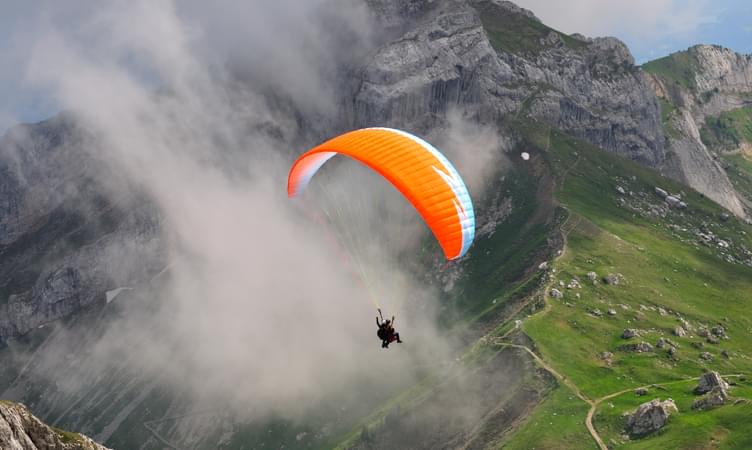
Best of Manali

Kashmir Great Lakes Trek
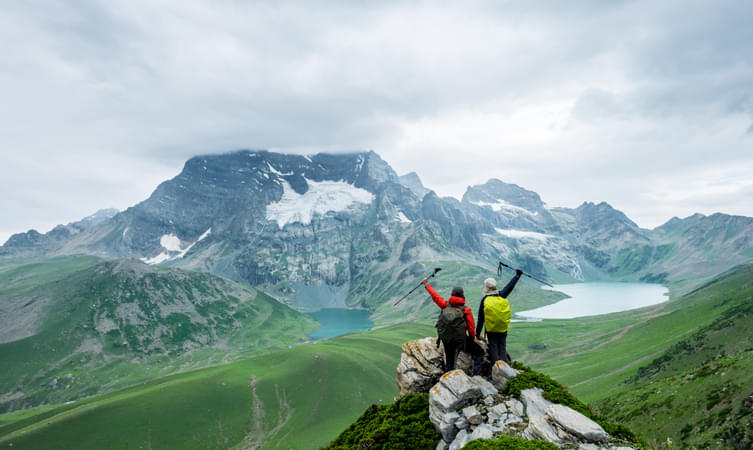
About Kashmir Great Lakes Trek:
Cuddled up cosily amidst the mountains, Kashmir Great Lakes Trek is yet another hidden jewel of Kashmir as it validates Kashmir’s mythical status as heaven on earth. The beautiful Alpine and snow-clad mountains will walk through the paths, and green meadows, and rocky terrains are there to bound the journey.
Every day is a 360° panorama of wild, rugged mountains, rolling meadows and turquoise alpine lakes and you get more than seven of these lakes and five very different valleys to explore! The Kashmir Great Lakes, however, is an IMAX 3D experience – such is the grandeur of the trek. If you have not done this trek, put it on your bucket list!
Kashmir Great Lakes Trek Quick Facts:
Duration: 7D/6N
Trekking distance: 72km
Maximum Altitude: 13,800ft
Difficulty Level: Moderate
Kashmir Great Lakes TrekTemperature: 17°C-20°C (Max. During Day Time) to 3°C-4°C ( Min. During Night Time)
Best Time to do Kashmir Great Lake Treks: July to September
Railway Station: Jammu is the nearest railway station
Airport: Srinagar Airport
Start Point: Srinagar
End Point: Srinagar
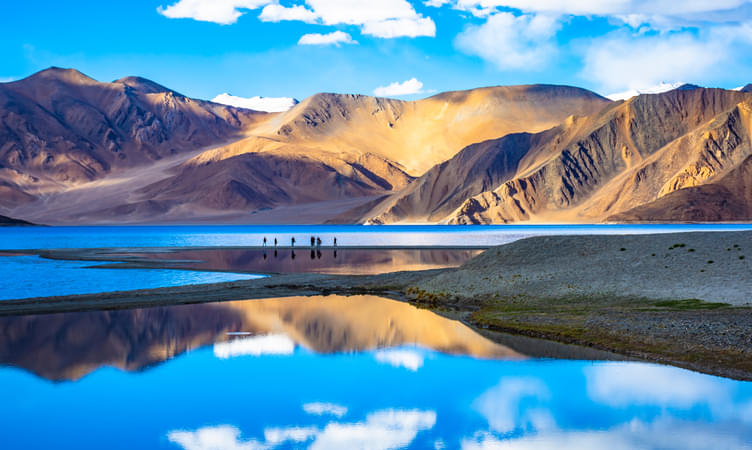
Best of Ladakh

Hampta Pass Trek, Manali
.jpg?w=753&h=450&dpr)
About Hampta Pass Trekking
Trekking through breathtaking Hampta Pass is a one-of-a-kind experience journey through the unparalleled beauty of Himachal Pradesh. Begin from the lush green valleys of Manali, and ascend through towering forests, crossing gurgling streams and picturesque meadows.
The highlight of the trek is reaching the stunning Chandratal Lake, a tranquil oasis located amidst towering mountains. By availing of the thoughtfully crafted Hampta Pass trek package, you can pass by quaint villages, pristine waterfalls, and diverse flora and fauna which make the experience a truly remarkable one.
Quick facts about Hampta Pass Trekking:
Start Point/End Point: Manali Base Camp
Duration: 4 Nights & 5 Days
Hampta Pass Trek Height: 14,100ft
Hampta Pass Trek Difficulty Level: Moderate
Trekking Distance: 35kms
Best time to do Hampta Pass Trek: Mid June - September
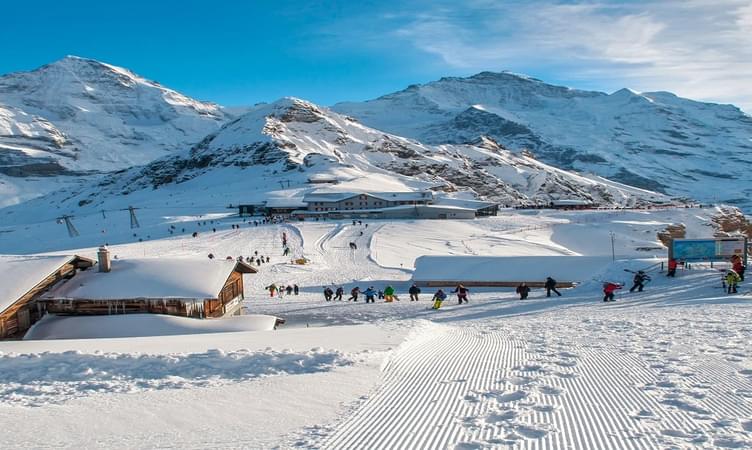
Best of Shimla

Triund Trek 2022, Mcleodganj | Book @ ₹967 Only!
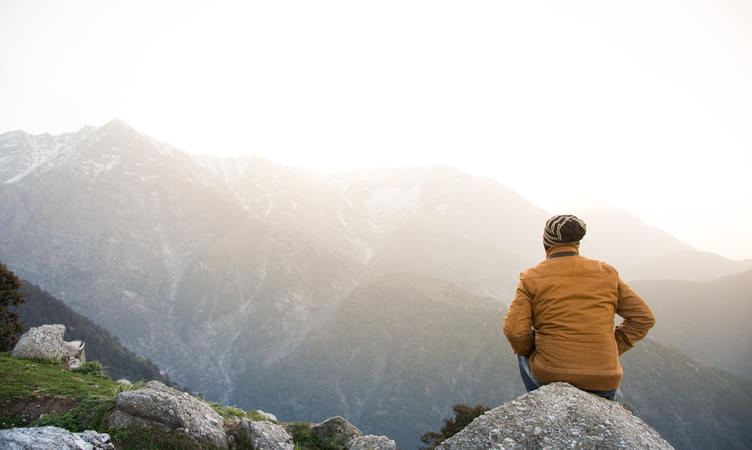
Start/End Point: Bhagsu Nag Taxi Stand
Start/End Time: 09:000 AM (Day1) & 12:00 PM (Day2)
Camp Location: Leta/Mana village Village (2.5 km before Triund) About Triund:
- Triund is the easiest Himalayan trek. With breathtaking views of the Kangra valley and the snow covered Dhauladhar ranges, it is also very picturesque.
- Triund is the ideal destination for those seeking a hassle-free taste of trekking in the Himalayas. The trek can easily be done over a weekend.
- The trail to Triund is short but steep. The steep climb is well-compensated by refreshing walks amongst rhododendron and oak trees. There are also various songbirds in the forests along the trail which make it a birdwatcher’s delight.
About the Triund Trek:
- Get a chance to witness the many small hamlets and stream through the trek to Triund. - Feast your eyes at the majestic view of the Dhauladhar ranges on one side and Kangra valley on the other - Enjoy camping at a high summit and the clear night sky under the billions of stars. - Also, enjoy a small bonfire with your friends and the other trekkers in Alpine tents on double/triple sharing basis. - Trek through some of the most beautiful forests of alpine and fir, Rhododendron and Oak. - Get a chance to witness the rare flora and fauna of this region as you continue your Triund trek. - Also, taste the local cuisine of this region while you head out for the trek to Triund. Quick Facts:
How to reach the campsite?
You have to report at Bhagsu Nag Taxi Stand which is the starting point of the trek and it is around 3 km from Mcleodganj. Many local transports and private cabs are available from Mcleodganj to reach Bhagsu Nag.
Note: If the snow at the top of base camp is beyond the operator's control, the camping for the day will be organized in Dharamkot instead.
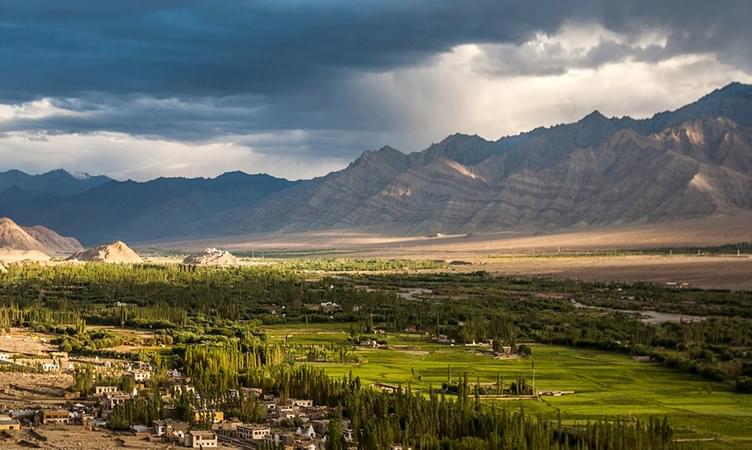
Best of Leh

Beas Kund Trek, Manali
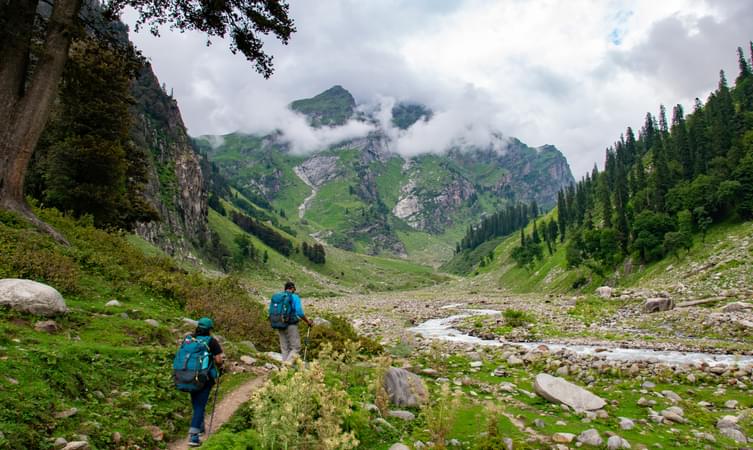
About the Beas Kund Trek:
Embark on an enthralling trekking expedition with this Beas Kund Trek that lets you traverse through the lush green grasslands and tall mountains of this scenic location, Manali. Soothe your senses with the views of the picturesque lake through which the river Beas emerges and spot a contrasting sight of the crystal clear waters of the river, based amidst the eye-catching mountain peaks of Pir Panjal.
Conquer the mighty mountains of Himachal Pradesh and reach an altitude of 3,810 meters to catch glimpses of summit views of big mountains of Manali like Friendship Peak, Shitidhar, Ladakhi, and Hanuman Tibba.
Besides, you can treat your eyes with the rare glimpses of Mt Indrasen, Deo Tibba, and more such peaks from the Pir Panjal range, if you are fortunate enough. Enjoy a delightful camping session during the thrilling trekking expedition, when you spend the chilly night stargazing at the vast expanse of star-studded night skies in your tent.
Beas Kund Trek Quick Facts:
- Beas Kund Trek Distance : 16 km
- Beas Kund Trek Height: 12,772 ft
- Difficulty Level: Easy To Moderate
- Electricity: There will be no electricity at the campsite on the trek.
- ATM: Manali is the last point where you will get ATM
- Start Point/End Point: Beas Kund Trek starts from Old Manali and ends at Solang Valley
- Start Time/End Time: The trek starts at 10:00 AM (Day 1) and ends around 2:00 PM (Day 3).
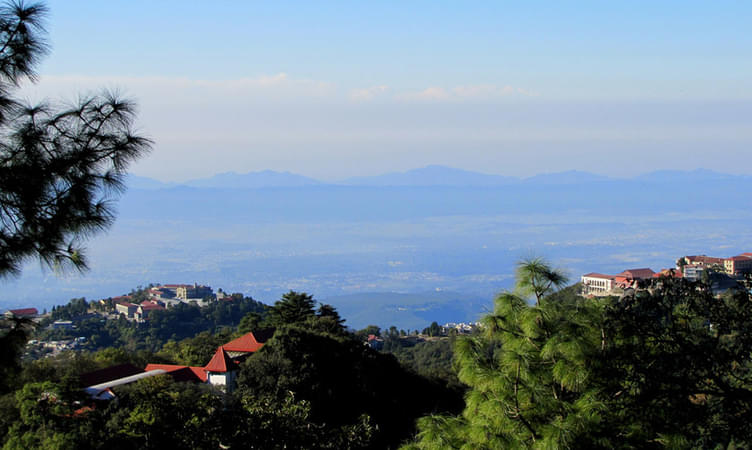
Best of Dehradun

Bhrigu Lake Trek, Manali
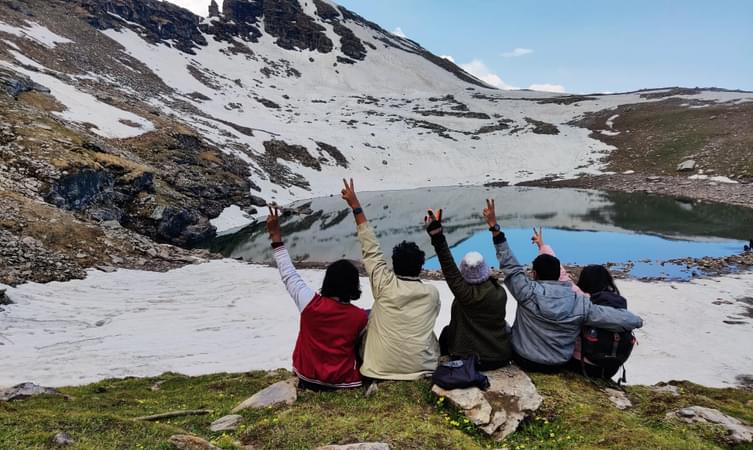
About the Bhrigu Lake Trek:
Bhrigu Lake is a high-altitude glacial lake, perched at a height of 14,100 ft, thus catering to a perfect place for some mind-blowing adventure and thrills. Bhrigu Lake Trek in Manali is one of the most captivating short treks in the Himalayas and it greets you to witness high altitude alpine lake, the verdant meadows, and everything your heart has yearned for.
The mesmerizing lake has its own majestic beauty as it changes its colors with each passing season. In late summer, it changes its color to emerald green, and in summer it turns its beauty to
blue which is a fascinating sight for the eyes to behold.
This 4-day Bhrigu Lake trek takes you through unparalleled breathtaking views of Seven Sister Peaks, Deo Tibba, Indrasan, Hanuman Tibba, the outstretched Pir Panjal ranges which will soothe your senses and make you content with unbounded natural beauty.
Bhrigu Trek Quick Facts:
- Bhrigu LakeTrek Distance: 26 km
- Bhrigu LakeTrek Height: 14,100 ft
Trekking Gradient: Steep ascent throughout the trail
- Bhrigu Lake Trek Difficulty Level: Easy To Moderate
- Start Point/End Point of Trip: Old Manali
- Start Time/End Time: The trek starts at 10:00 AM (Day 1) and ends around 2:00 PM (Day 4).
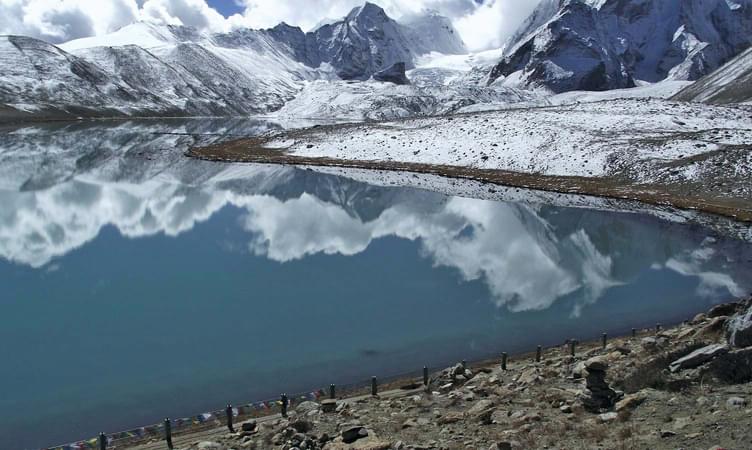
Best of Sikkim

Pin Parvati Trek, Himachal Pradesh
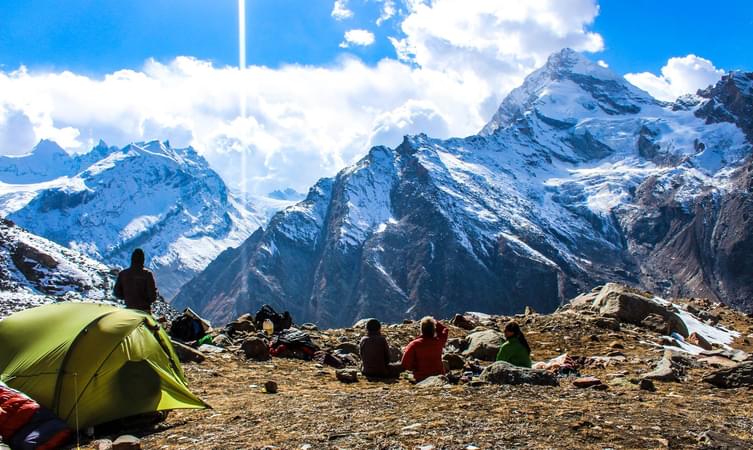
About Pin Parvati Pass Trek :
The trail is wrapped in a lush green forest and in mighty green valleys. An alternate passage to the Spiti Valley in Himachal Pradesh, the Pin Parvati Pass trek is one of the most enthralling and challenging trekking trails in India.
Mantalai, known for its age-old Lord Shiva temple and the charming lake, is the jovial host during the trek to Pin Parvati camp. Manali, with plenty of trekking options, comes up with the best in its kit, which is the Pin Parvati Trek, leading the trekker up to 17457 feet in height. This trek will take you on a journey to heaven and prevent you from returning to your chaotic city life.
Quick Facts About the Pin Parvati Pass Trek :
- Duration: 10D/9N
- Maximum Altitude: 17,457 ft
- Pin Parvati valley trek difficulty level: Difficult
- Pin Parvati trek distance: 110 km
- Temperature: Day: 16°C to 20°C and Night: 0°C to 4°C
- Pin Parvati trek best time: July to September.
- ATM: Manali has the last ATM point before your trek begins.
- Start Point of the Pin Parvati Valley Trek: Barshani, near Kasol
- End Point of the Pin Parvati Valley Trek: Kaza.
How to Reach Barshani:
- By Air: To reach Pin Parvati Trek by air, you need to fly to Kullu-Manali Airport. Once you’re at the airport, you can take a taxi or bus to reach Manali. The distance from the airport is 50 kilometres and will take around 1 hour 20 minutes to reach. Once in Manali, you can arrange a private vehicle or local transport to reach the starting point of the trek which is Barshaini. It will take 3 hours to reach Manali.
- By Train: If coming by train, arrive at Joginder Nagar Railway Station in Himachal. From there, you can take a taxi to Bhuntar which will cover a distance of 96 kilometres in 3 hours. Once at Bhuntar, you can take a taxi or bus to reach Manali. From Manali, you can reach via bus to Barshaini Village, the starting point of the Pin Parvati Trek itinerary, which will take 3 hours to reach.
- By Road: You can reach Pin Parvati Trek by road from Delhi or Chandigarh. The most convenient way to reach Manali is via NH44. From Delhi, Manali is 505 kilometres and will take around 10 hours to reach. From Chandigarh, Manali is 272 kilometres and will take 6 hours to reach. Once at Manali, drive to Bhuntar village near Manikaran.
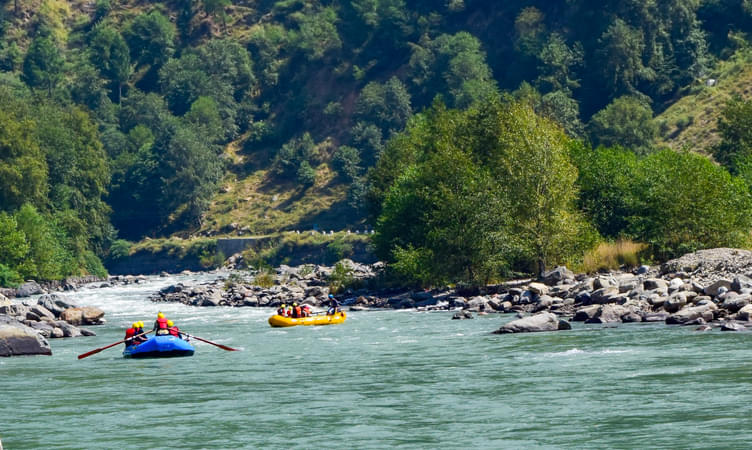
Best of Kullu

Tarsar Marsar Trek, Jammu and Kashmir
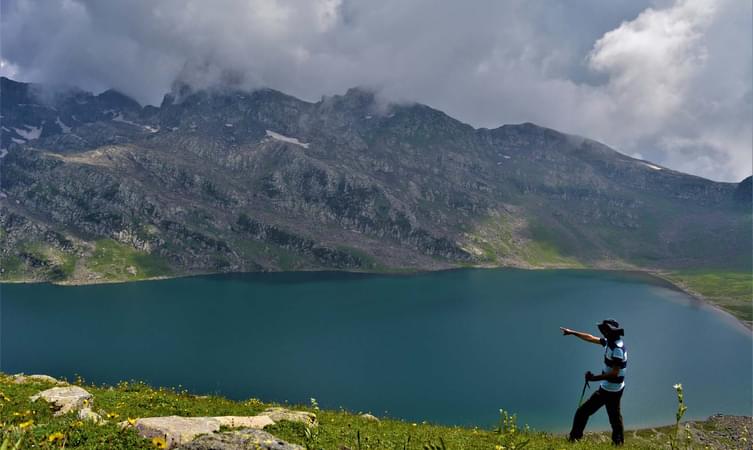
About the Tarsar Marsar Trek:
Kashmir the “paradise on earth” and universally proclaimed as the home to the most spectacular treks in the Himalayas. Tarsar Marsar Trek takes the cake among all of them. This breathtaking trek is literally located in the clouds, at an altitude of 13,201 feet. The trail of Tarsar Marsar crosses forests, meadows, rivers and snow-clad mountains of Kashmir, promising spellbinding views. The highlight of the trek is watching three charming alpine lakes, Tarsar, Marsar, and Sundarsar, on your way.
As you trek through these pristine lakes, you will be amazed by the lush green meadows of Kashmir. Embraced by the thick avenues of splendid Chinar tree forest and the spellbinding Lidder river, which is also known as a glacier river flowing through the Kolahoi Glacier. Throughout the whole day during the stay, you will be stunned by variable shades of snow-fed lake changing with the angle of the sun.
Tarsar Marsar Trek Quick Facts:
Duration : 7D/6N
Maximum Altitude : 13,201 ft
Tarsar Marsar Trekking Difficulty level : Moderate
Tarsar Marsar Trek Distance : 47kms
Temperature Range : During the day: 17°C - 20°C and During the night 3°C - to -4°C
Best Time for Tarsar Marsar Trek : July - September
Railway station : Jammu is the nearest station [ 260kms ]
Airport : Srinagar
Basecamp : Aru (112 km drive from Srinagar approx 4 hours)
Atm : Pahalgam [ But do not rely on the last ATM as it runs out of cash frequently. Withdraw cash at Srinagar or even before that.]
Start point / End Point : ARU
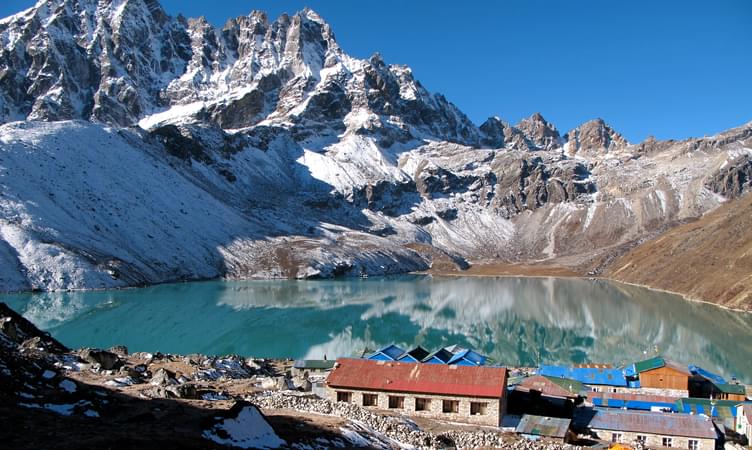
Best of Nepal

Kheerganga Trek 2022, Kasol | Book @ ₹1,280 Only!
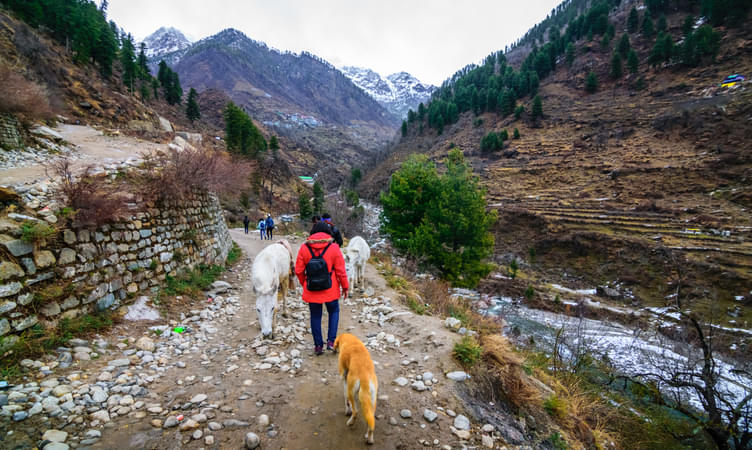
Camp Location: Kheerganga, Barshaini, Himachal Pradesh
Start Point/End Point: The trek starts from Barshaini and ends at Barshaini only.
Start Time/End Time: The trek start at 10:00 AM on day 1 and ends between 11:30 AM to 12:30 PM on day 2. About the Destination: Perched at an elevation of around 3,050 meters above sea level, Kheerganga can be reached by hiking the 24 kilometers long picture-perfect Kheerganga Trek. Nestled at one end of the majestic Parvati Valley, this ever-charming destination treats the trekkers’ eyes with its verdant greenery and panoramic skies. The sacred destination of Kheerganga is home to a holy bathing tank, an age-old shrine of Lord Shiva, and a beautiful hot water spring. Getting to take a bath in the hot water when everything around is shrouded with snow is a dream for all trekkers and Kheerganga Trekking actually rewards the tired trekkers by granting this wish!
About the Kheerganga Trek:
Kheerganga Trek is one of the most well-known trekking destinations in Himachal Pradesh and is located deep in the Parvati Valley. For this guided trek, you have to meet us in the beautiful hill station Barshaini which is the starting point of this trek. Along your way to Kheerganga Trek, you will explore Rudra Nag village. The scenic hamlets mark a space for the perfect stops and are ideal to delve into the local culture of Himachal Pradesh.
You can enjoy the local food and cafes on the way. After a while, you will reach the Rudra Nag temple. As you cross the waterfall, the path gets a little steeper and then you will start spotting the blue and yellow huts which indicates the final milestone of the trek i.e Kheerganga top. Upon reaching Kheerganga, you can head straight for the Parvati Kund, or the natural hot water springs, which become all the more attractive in the winters. After reaching the top, you can relax into the alloted camps and enjoy the music session to be organized at the campsite is the cherry on the top.
Quick Facts About Kheerganga Trek:
Kheerganga Trek Distance: 24 km
Maximum Altitude:9,700 ft
Kheerganga Trek Difficulty Level: Easy To Moderate
Electricity: Electricity will be available in Kheerganga campsite.
ATM: Kasol is the last point where you will get ATM.
This Kheerganga Trek offers two options of stay as mentioned below: Variant 1 Alpine Tent stay - with common washroom How to reach the campsite?
You have to report at Barshaini which is the starting point of the trek and it is around 22 km from Kasol. Many local transports and private cabs are available from Kasol to reach Barshaini.
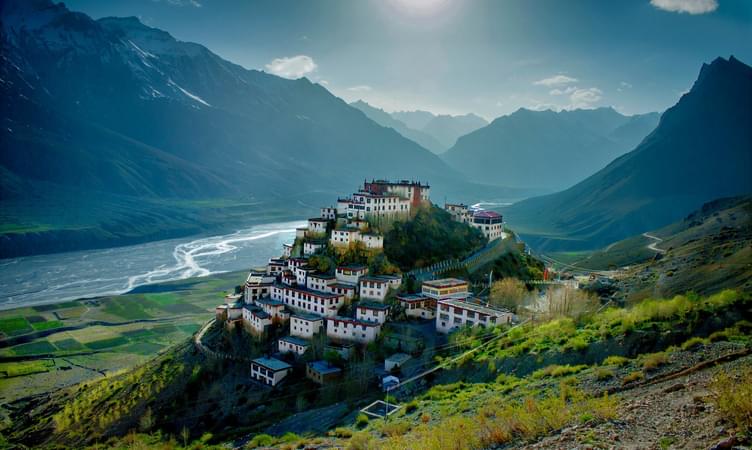
Best of Spiti Valley

Stok Kangri Trek, Ladakh
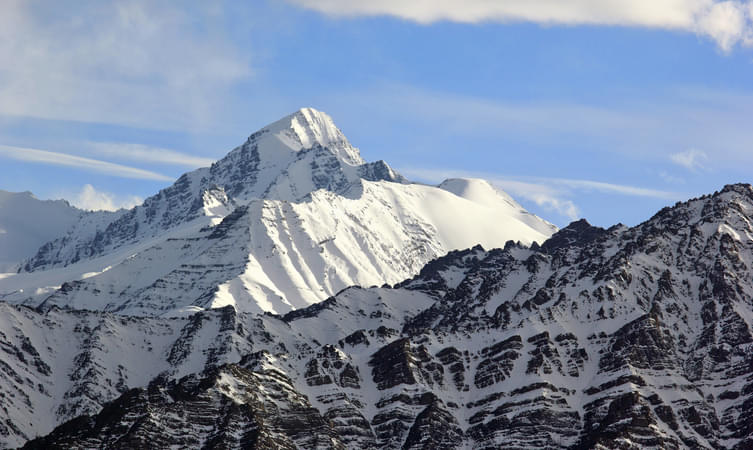
About Stok Kangri Trek:
The ascents make Stok Kangri an enduring challenge. The Stok Kangri peak provides you an entire view of the Zanskar and the Indus Valley. This entire region looks amazing because of the deserted surroundings and the trails with plenty of ridges. Through the entire trek, you will experience many magnificent views starting from Leh where you get the perfect combination of natural aesthetics with cultural beauty till the whole path to the Stok Village, full of natural majesty and dark green trees. The route will take you through glaciers and steep slopes until you reach the summit ridge. You will be trekking on an average of 7-13 hours each day for fulfilling the dream trek to Stok Kangri peak. This out-of-the-ordinary trek to Stok Kangri will be one of the greatest moments to cherish, in your life.
Quick Facts About Stok Kangri Trek:
Stok Kangri Trek Duration: 9D/8N
Stok Kangri Trek height 20180 Ft.
Trek Grade: Difficult
Mt Stok Kangri Trek Ladakh Trekking distance: 40 km
Temperatures: Day- 18° C to 10° C & Night 6° C to -5° C
Best Time to do Mt Stok Kangri Trek Ladakh: July to Mid September
Airport: Kushok Bakula Rimpochee Airport, Leh
ATM: ATMs are available at Leh
Start & End Point: Leh
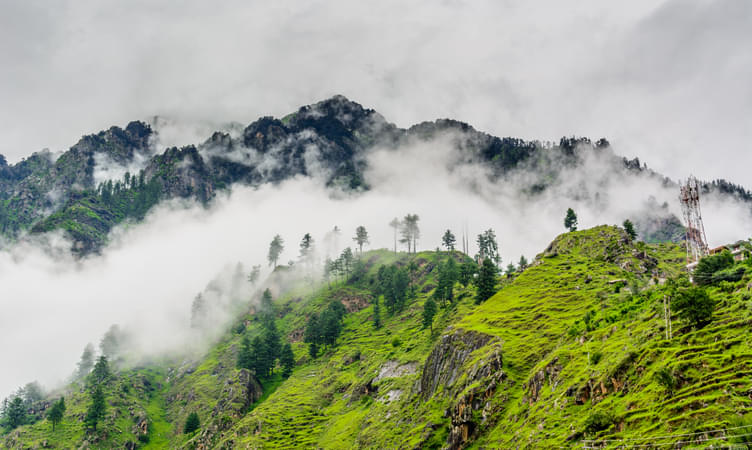
Best of Kasol

Indrahar Pass Trek, Mcleodganj
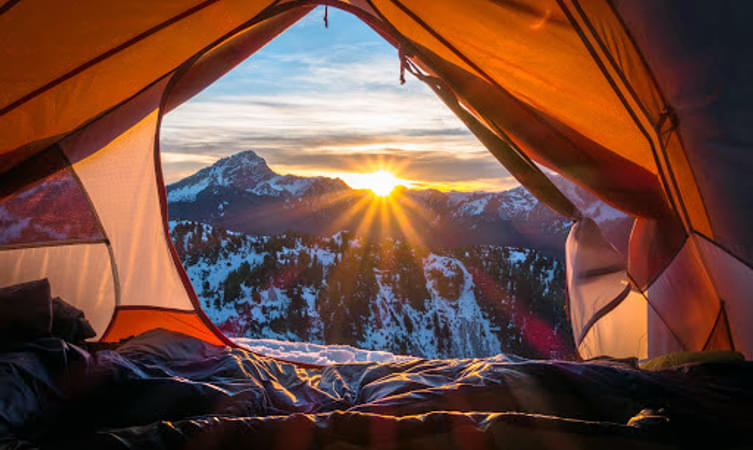
About the trek:
Perched at a towering height of 14,245 ft above sea level, the spectacular Indrahar Pass lies at the border between breathtaking Kangra and Chamba districts. Though a short one, this trek is considered to be a bit challenging as the trekking trail consists of numerous sharp ascents and steep climbs. This is one of the most fascinating treks that Himachal has to offer. Owing to the magnificent view of the might Dhauladhar, the lush green valleys, and the exotic flora and fauna will truly leave you awestruck. The path passes by the placid crystal blue waters of Lake Mankiani and Kareri. Hike through the steep passing mostly through the lush green landscapes of the Dhauladhar Range, this challenging yet tempting trek takes about 4 days to complete.
Start Point/End Point: Mcleodganj - Bhagsu Nag Taxi Stand.
Inclusions:
- Stay: Domed tents on sharing basis cleaned & sanitized on daily basis
- Meals: Breakfast, Lunch and Dinner
- Activities: Trekking & Camping
- Highly experienced trek guide
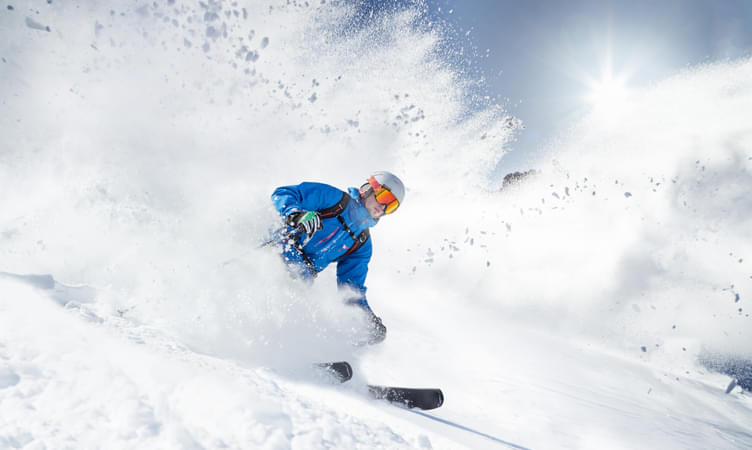
Best of Auli

Gaumukh Tapovan Trek, Uttarakhand

About the Gaumukh Tapovan Trek:
The Gaumukh Tapovan trek is a thrillfest with gigantic views of the cow-shaped Gaumukh Glacier which is also one of the main water sources of the holy Ganges. The trek offers breathtaking views of the Gangotri peaks - Shivling, Thalay Sagar, and Meru.
The Gomukh Tapovan trek is scenic with nature's bounty and is decorated with fragrant flowers, snow-capped peaks, and similar jaw-dropping views. Take a dip in the holy Bhagirathi River, which is considered one of the sacred rituals. During the Gomukh glacier trek, one can also immerse in the divine aura of the pilgrim cities- Rishikesh, Uttarkashi, Gangotri, and Bhojwassa. Marvel at the sight of the Bhagirathi sisters to experience the summit views.
Quick facts about Gaumukh Tapovan Trek:
Duration Of Gomukh Trek: 8D/7N
Maximum altitude: 14222 ft.
Gomukh Tapovan trek gradient: Moderate
Gomukh Trek route distance: 46 Km
Temperature : Day: 18°C to 12°C and Night: 5°C to -5°C
Best time for Gangotri Gomukh trek: May end to June, September to October
ATM: Uttarkashi
Start Point/End Point: Gangotri
Markha Valley Trek, Ladakh
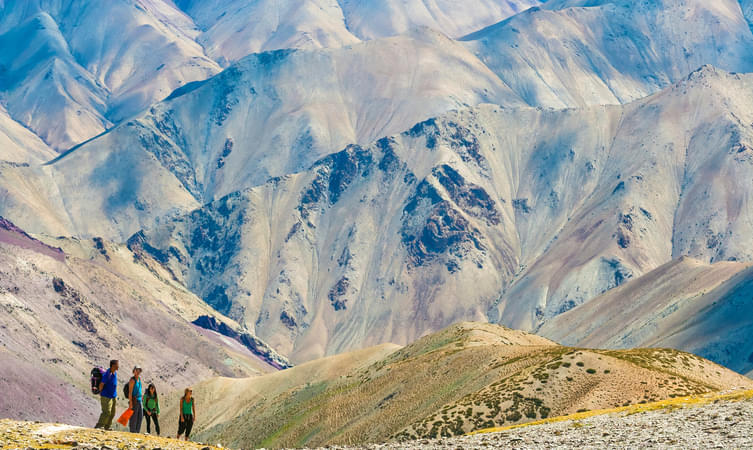
About Markha Valley Trek:
An arid cold desert trekking area that offers the best views of Ladakh and Zanskar Ranges has admirers worldwide. It is also known as a tea-house trek, as it is filled with the local culture of Ladakh. Witness the 21000 feet Kang Yissay and 20086 feet Stok Kangri peaks also while embarking on this trek.
Hemis National Park and Gandala La and Kongmaru La are the promising attractions one gets while taking the Markha Valley trek route. Another factor that makes this trek amusing is the waist-deep river crossing which helps us to cross the Markha River to reach the trails to Buddhist villages and rock structures. Markha Valley is in very close proximity to Leh which makes it more accessible for trekkers.
Quick Facts About Markha Valley Trek:
Duration: 9D/8N
Markha valley trek altitude: 17100ft
Markha valley trek Difficulty level: Difficult
Trek distance: 75kms
Temperature: During the day: 20°C - 30°C and During the night 0°C - 10°C
Best Time To Travel: July to Mid September
Airport : Kushok Bakula Rimpochee Airport, Leh
Basecamp: Leh
Atm: The last ATM where the travelers can withdraw cash is at Leh
Start point / End Point: Leh
Prashar Lake Trek 2022, Himachal | Book @ ₹2449 Only
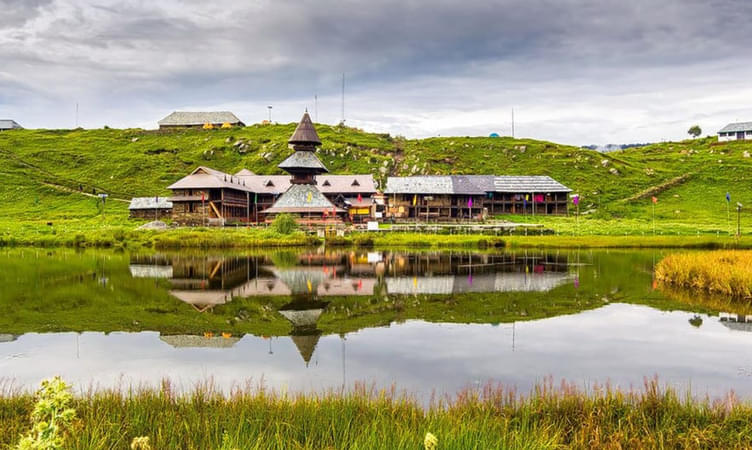
Starting & Ending Point: Panarsa
About Prashar Lake:
With views fit for a king, the trail, leading to the lake region i.e. from the city of Mandi to the little village of Apple village Jawalapur, become private and exclusive to every group that visits. The setting of the campsite in Prashar Lake location is yet another pleasant surprise because of its closeness to the water and its harmony with nature. Prashar Lake trek (2,730m), which happily takes people to the lake which is completely frozen in the winter and a dazzling beauty otherwise, is considered to be an important trek in Himachal Pradesh. It has in day: 13°C to 18°C , in Night: 0°C to 7°C and maximum altitude 8,956 ft. The picture-perfect blue water lake is surrounded by the majestic Dhauladhar Ranges in Kullu Valley and it is always kept as a secret in the Mandi district of Himachal Pradesh. About the Prashar Lake Trek Package: Tour will be started from Panaras through driving you will reach Apple village Jawalapur and from where your trek will start for Prashar Lake. You will have camp stay at beautiful lake site for one night and in morning again you will trek till Apple village Jawalapur from there you will drive by to Panarsa. During this trek, you will be going through the charming trails crossing the forests and several small streams. All meals for the Prashar Lake trek is included in the package. Apart from trekking you will have sightseeing, bonfire at camp and as per weather yoga meditation as well. As you climb the trails up, you will come to meet the local people and it is the best chance to know the indigenous culture closely. Also, once you finish the trek to Prashar Lake, you will have a satisfied heart filled with plenty of beautiful views of Dhauladhar, Pir Panjal, and Kinnaur mountain ranges. There is a surprisingly beautiful attraction near the lake that is the local temple of Prashar Rishi which has a lot of significant architectural brilliance carved on the walls. If you're in the mood for some outdoor adventure and want these memories to be etched forever, then make Prashar Lake trekking the trek of your choice!
About Camping:
For a decent stay, you can opt for alpine tents with common washroom facilities. All tent offers amenities like mattresses, pillows and clean linen. In the evening enjoy the musical night with a bonfire.
Quick Facts About Prashar Lake Trek :
Trekking distance: 24 km
Maximum altitude: 2730 m
Prashar Lake Trek Difficulty level: Easy To Moderate
ATM: Mandi is the last point where you will get an ATM
Meals during your Prashar Lake Trek:
Breakfast, lunch and dinner (vegetarian and non-vegetarian) are included in the package
Stay during your Prashar Lake Trek:
Transit Room on the day of arrival in Panarsa for freshen-up Clock Room to leave any extra stuff at Panarsa Stay at Prashar Lake (Camping) Double/ triple/ Quad sharing Basis in camps
How to reach : Nearest railway station is Shimla and nearest airport is Bhuntar Airport, Kullu from there one can reach by bus and private vehicle. One can also take a direct bus from Delhi to Panarsa. Note: The group package is available on weekends. Private trek can be arranged for more than one adult.
People Also Ask About Himalayas
Which are the best treks in the himalayas for beginners, what are the best short himalayan treks in july, what are the moderate himalayan treks in july, which are the best places to trek in the himalayas in summer, which are the best himalayan treks in july in himachal, which are the best himalayan treks in july in uttarakhand.

Trending in Himalayas
Himalayas top attractions.
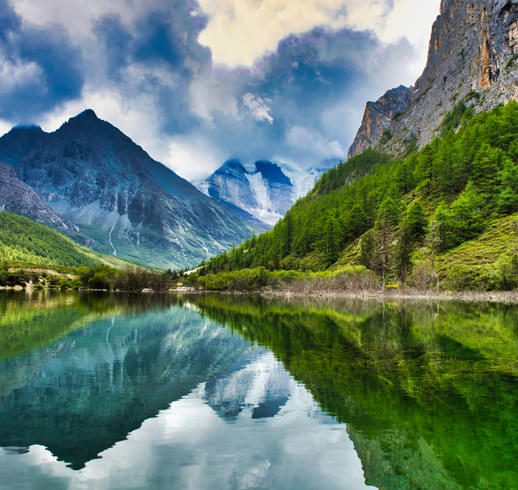
Surrounded by verdant hills and terraced fields, this picturesque village provides a glimpse into traditional Nepalese culture and lifestyle. Visitors can immerse themselves in the warmth of local hospitality while exploring quaint stone houses, vibrant prayer flags, and ancient monasteries. Kimche serves as a gateway to popular trekking destinations like Ghandruk and Annapurna Base Camp, making it an ideal starting point for adventure enthusiasts. With its breathtaking mountain views and tranquil ambiance, Kimche Village promises an unforgettable experience for nature lovers and trekkers alike.
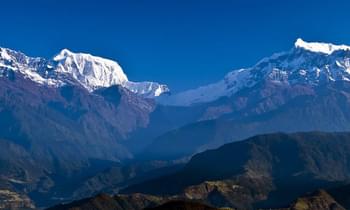
Also known as the "Fish Tail Mountain," this majestic range features the iconic Machapuchare peak, which stands at an elevation of 6,993 meters (22,943 feet). Its distinctive double summit resembles the tail of a fish, contributing to its mythical allure. The Machapuchare Range offers breathtaking vistas of snow-capped peaks, deep valleys, and pristine alpine landscapes, attracting trekkers, mountaineers, and nature lovers from around the world. Its serene ambiance and spiritual aura make it a cherished destination for both adventure and introspection.
.jpg?w=350&h=210&dpr)
Cho Oyu, situated in the Himalayan region, is renowned as the sixth highest peak globally, soaring to an impressive elevation of 8,188 meters. Its name translates to "Turquoise Goddess" in Tibetan, reflecting the stunning glacial hues that adorn its slopes. Popular among mountaineers, Cho Oyu presents a challenging yet rewarding ascent, offering breathtaking panoramic views of the surrounding Himalayan peaks. Its relatively less technical routes make it an attractive choice for climbers aiming to summit one of the world's highest peaks.The journey to Cho Oyu involves traversing rugged terrain, navigating crevasses, and braving high altitudes, making it a test of endurance and skill. Despite the challenges, the allure of standing atop this majestic peak and soaking in the Himalayan grandeur continues to draw adventurers from around the globe, making Cho Oyu a coveted destination for alpine enthusiasts seeking an unforgettable mountain experience.
Himalayas Travel Guides
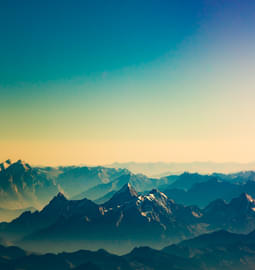
Popular Nearby Places Around Himalayas
More on himalayas tourism, popular related destinations.
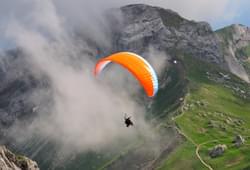
Best Domestic Packages
Best international packages, domestic honeymoon packages, international honeymoon packages, places to visit in india, international places to visit, things to do in india, international things to do, popular on thrillophilia.
- We assure the privacy of your contact data.
- This data will only be used by our team to contact you and no other purposes.
Your enquiry has been received successfully. Our destination expert will reach out to you soon!
.png?w=auto&h=400)
Treks in July
About treks in july.
Indulge in the thrill of a Himalayan treks in July, and you'll find that the towering mountains provide a wide variety of routes through verdant valleys brimming with flowers. The rain and melting snow in July provide for vividly coloured landscapes, a regular sight on the treks. While the rain brings out the most vibrant hues in nature, there are hikes that will leave you in awe of the pristine scenery you pass through. You can take your pick of the best treks in July in the Himalayas to fulfill your gypsy heart. For instance, the Tarsar Marsar trek is one of the most beautiful treks in July since it passes past three beautiful alpine lakes and lush meadows. However, if you're short on time but still want to see some stunning flowers and serene lakes, the Valley of Flowers trek is unrivaled. Or visit the Kashmir Great Lakes Trek is a great option for individuals who would prefer an easy trek across rocky outcrops, rushing waterfalls, and lush grasslands.
Top Popular Treks to do in July
The Indian Himalayas are green and drenched in monsoon rains in July, making it a magnificent and adventurous season to trek. You can thus satiate your wanderlust soul in July by going on a number of excursions in the Himalayas. Among the best treks to go on in July are the Roopkund Trek , the Valley of Flowers trek, the Hampta Pass trek , the Kashmir Great Lakes Trek , the Pin Parvati trek , the Deo Tibba Base Camp trek , and the Nubra Valley trek, to mention a few. These treks appeal to the adventurous needs of all types of travelers as the Himalayas' temperatures are at their ideal level for trekking at this time of year.

Foolon ki Ghati, also known as the Flower Valley, is one of the stunning Uttarakhand treks in July that is best done during the monsoon season. Situated at a lofty 3600 meters above sea level, it is well hidden away in the West Himalayan region of Uttarakhand. It is one of the most popular treks in July as visitors can catch a glimpse of the rare blue Primula. Numerous varieties of wildflowers, including sedums, saxifrages, lilies, zinnias, calendulas, poppies, daisies, geraniums, and petunias, create a hidden cove in the 14,400-foot-high hidden lake.

A hidden gem among the mountains, the Kashmir Great Lakes Trek proves Kashmir deserves its reputation as a paradise on Earth. The paths will lead you past picturesque Alpine and snow-capped mountains, across verdant meadows, and up and down rocky landscapes. However, a trip to the Kashmir Great Lakes is so grandiose that it feels like you're in an IMAX 3D theater the whole time. Place this moderate-level hike high on your list of things to do if you haven't already.

On the hiking trail through Hampta Pass, the scenery constantly shifts and becomes more dramatic the further you go. However, the trail's lack of danger is more than made up for by the stunning scenery that awaits you around every bend. This moderate-level trek is filled with all the sights and experiences that any hiker could hope for. One of the exciting treks in Himachal in July up to Hampta Pass only amplifies the dramatic shifts you'll experience.

Beas Kund Trek is one of the fantastic treks in Himachal in July for adventurers to explore the beautiful landscape of Manali. During this 4 days and 3 night trek, you hike to an elevation of 3,810 meters in the Himalayas to admire the majestic peaks of Manali. In addition, you get to admire the beautiful lake in the Pir Panjal mountains, where the river Beas begins its journey.

At a dizzying 14,100 feet, Bhrigu Lake is a one of the that is the perfect setting for breath-taking exploration and heart-pounding adventure. It is one of the most alluring short treks in Himachal in July where you are greeted by lush meadows, an alpine lake, and everything else your heart could desire. An easy to moderate four-day hike, the Bhrigu Lake trek offers stunning panoramas of the Indrasan, Seven Sister Peaks, and the expansive Pir Panjal ranges.

Kashmir, often called "paradise on earth," is widely recognised as the starting point for some of the most breathtaking Himalayan treks in July. It features three stunning alpine lakes (Tarsar, Marsar, and Sundarsar) and a series of magnificent trails. This trek of moderate difficulty will lead you past beautiful lakes and through Kashmir's verdant meadows. Surrounded by the towering avenues of a magnificent Chinar tree forest and the mesmerizing Lidder river, this area is truly breathtaking.

The Triund trek is one of the shortest and easiest Himalayan treks in July that offers stunning views of the Dhauladhar ranges and the Kangra valley from high above. The ascent to Triund is quick but demanding; however, walking through oak and rhododendron trees to cool off makes up for the steep climb. While it is one of the shorter Himalayan treks in July compared to other Himalayan hikes, it still provides a taste of adventure with some of its challenging sections.

The Pin Parvati Pass trek, a side route to the Spiti Valley in Himachal Pradesh, is renowned as one of the most exciting and difficult treks in Himachal in July. On this 10 days 9 nights trek will astonish you with the dramatic differences in topography, culture, flora, and fauna. Also this hike to an altitude of 17457 feet from the chilly, dry mountain desert of Spiti to the lush, diverse ecosystem of Parvati Valley takes only a few hours.

Stok Kangri is one of the treks to do in July that is unmatched for wildlife and trekking enthusiasts. At the top of Stok Kangri, you can see the entire Zanskar and Indus Valley. Besides, the trail will lead you up glaciers and rocky slopes to the crest of the mountain. Starting in Leh, this trek will continue all the way to the Stok Village, where you will be treated to many breathtaking sights along the way.

The breathtaking Indrahar Pass separates the Kangra and Chamba districts, and stands at a lofty 14,245 feet above sea level. Indeed, this is one of the most intriguing Himalayan treks in July. Lakes Mankiani and Kareri, which are peaceful and crystal blue, can be seen from the trail. This moderate to difficult level trek offers a challenging and alluring route for hikers, as it winds its way steeply through verdant landscapes for the majority of the trek's estimated 4 day duration.

Trekkers from all over the world flock to this icy desert as it has the best views of the Ladakh and Zanskar Ranges. It's worth it to hike the Markha Valley because of the incredible views of Hemis National Park, Gandala La, and Kongmaru La. One of the most entertaining aspects of these Himalayan treks in July is wading through waist-deep water to reach the other side of the Markha River. And, the paths leading to Buddhist settlements and cliff dwellings.

Prashar Lake trek is one of the treks to do in July that passes through a number of charming local villages. It provides ample opportunities to learn about and experience the area's rich cultural heritage. During this 16-kilometer trek, which takes 2 day, 1 night to complete, you can see the Dhauladhar, Pir Panjal, and Kinnaur mountain ranges from every angle. You should check out the local Prashar Rishi temple by the lake; it features stunning Himachali design and fits in beautifully with the surrounding area.

The Hatu Peak Climb is a 2 days and 1 night hike that has everything you would find on a full-fledged Himalayan trek. It includes deep pine woods, breathtaking mountain views, charming meadows, and, if you plan it right, the excitement of walking on snow. This is indeed one of the Himalayan treks in July that takes you to the crest of the Hatu hill, which provides stunning views of Narkanda.

The 8 days 7 nights Gaumukh Tapovan hike is an adventurer's dream, with breathtaking panoramas of the cow-shaped Gaumukh Glacier, one of the holy Ganges' primary water sources. This is one of the moderate level treks to do in July that involves hiking through trails filled with fragrant flowers, snow-capped mountains, and other breathtaking sights.During this trek you can take in the breathtaking views from Gomukh glacier’s summit, alongside the spiritual atmosphere of Rishikesh and Uttarkashi.

The Kheerganga Trek is one of the most popular and easy treks to do in July in the Parvati Valley because of the breathtaking views it offers. It's ideal for first-time hikers and backpackers because you don't need a lot of time or experience. Nature's majesty will be on full display as you stroll through the beautiful Himachal Pradesh landscape. There are a couple of wooden bridges and some slick spots on the trail. Your eyes will be treated to many beautiful waterfalls during this leg of the 3-day, 2-night Kheerganga trek from Kasol; be sure to capture each one on camera.
Why July is the Best Time for Trekking?

July is the best time to go trekking because there are moderate temperatures and mild to moderate precipitation in the Himalayas. Hence you get to make the most of stunning views and fantastic hiking opportunities. The Himalayas experience high summer temperatures in July, with daytime highs of roughly 27°C (81°F) and lows around 16°C (61°F). However, compared to other months, you can experience the most comfortable weather at 23°C, with a clear view of the snow-covered mountain peaks.

Similar to the rest of the nation, the Himalayas have their greenest season during July. The majority of flowers bloom at this time, notably on the alpine meadows and above the treeline. Rocky, barren landscapes can display beautiful colors when they receive their fair share of rain. If you catch a view after, it will typically be more clear and haze-free than in the summer. The charm of Mother Earth is at its height during the monsoon season. On different treks in July you get to witness myriad kinds of vegetation. There are many evergreen forests, such as deodars, spruces, and firs, in Hampta pass during the month of July. As spring arrives, the Great Lakes region of Kashmir is transformed into a verdant oasis of silver birch and lovely pine forests. In July, alpine shrubs and meadows contribute to Valley of Flowers' renowned visual grandeur. Finally, the Tarsar and Marsar trek is surrounded by beautiful Chinar tree forest.
FAQs About Treks in July
What are the best short himalayan treks in july.
The Hampta Pass Trek, the Valley of Flowers Trek, and the Stok Kangri Trek are a few of the best treks in July. The Kashmir Great Lakes trek is another short Himalayan hike that is both easy and beautiful. It spans about 63 kilometers and passes through rocky landscapes, green meadows, and gushing streams.
Which himalayan trek is best in July?
The Valley of Flowers Trek is the best Himalayan trek in July because beginners can easily undertake it and be amazed by the astounding array of floral displays. This is one of the best Uttarakhand treks in July that lets you get to the valley, which is situated in the Garhwal region of Uttrakhand in the foothills of the Himalaya.
Which himalayan Trek has snow in July?
The Pin Parvati trek has snow in July, and being one of the best treks to do in July, this connects the Parvati Valley in Kullu with the Pin Valley in Spiti. Hence trekkers are sure to enjoy breath-taking views of verdant pastures and snow-capped mountains.
Is it safe to trek in July in the Himalayas?
Yes, July in the Himalayas is a safe time to trek. This is due to the fact that everyone enjoys July because it is the rainy and monsoon season. After a deadly summer, the rain comforts everyone and calms the environment. You can appreciate nature's untouched splendor while hiking in July.
What should I carry for trekking in July in the Indian Himalayas?
The things to carry for treks in July include waterproof trekking shoes, dry bags for costly electronic devices, and raincoats. You must also carry spare socks and synthetic gloves.
Which Treks in Himachal are best to do in July?
The best Himalayan treks to do in July are the Chandratal lake trek , and The Sar Pass Trek has become quite well-known because of its serene campsites, breathtaking views of snow-capped mountains, and picturesque waterfalls. The Deo Tibba Base Camp hike, on the other beginning in Jagatsukh, brings you through stunning walnut woods, an amazing alpine plateau, and brilliant flower-covered meadows. This is one of the treks in July, which is often completed over six days, and is well known for its miniature Chandratal trek , a high-altitude blue water lake.
Which Treks in Uttarakhand are best to do in July?
The best Uttarakhand treks in July include the Kedartal trek , Bali Pass trek and Rupin Pass treks . The magnificent glacier lake of Kedartal is the main attraction of the moderately difficult Kedartal Trek. Rupin Trek is renowned as one of the most breathtaking Himalayan treks in July and is situated at a height of about 4,950 meters above sea level. Finally, the Bali Pass Trek is well-known for providing unobstructed views of the Swargarohini peaks 1 and 2 as well as Kala Nag, and Banderpooch.
.png?w=auto&h=400)
The content and images used on this site are copyright protected and copyrights vests with the respective owners.
© 2024 www.heyhimalayas.com All rights reserved.

- Latest Stories
- Our Commitment
- Customer Reviews
The 15 Best Treks of the Himalayas

Wondering what the 15 greatest treks in the Himalayas are? Home to the world’s highest mountains most trekkers head straight for Everest Base Camp and while it’s a great option the opportunities for adventure abound among the peaks of the Himalayas of which over 100 exceed 7000m or 24000 feet. Here is a quick rundown of 15 great treks from Bhutan to India starting with Nepal.
The Greatest Treks of Nepal
Nepal lies almost in the middle of the Himalaya and while it’s a small country it hosts 8 of 14 of all the world’s mountains over 8000m.

#1: Everest Base Camp
This has to be our all time favorite trek in the Himalayas. Great views of Everest, a good trail, wonderful tea houses to stay in and almost continuous views of some of the tallest peaks in the world will keep your attention during what is typically an 11 day trek. The trail ends at Everest Base Camp where you can look directly up the ice fall of the Khumbu Glacier towards the peak of Everest which is still an impressive 3500m above you. On the way you will see 3 of the worlds 10 tallest peaks which asides from Everest also include Cho Oyu (8201m/26,906ft) and Lhotse (8,516m/27,940ft). Just as spectacular although not as tall are the ice laden walls of Pumori (7,161m/23,494ft) and Ama Dablam (6,812m/22,349ft). Trekking is possible from September to June and although it’s cold in December and January its probably one time of year you can find solitude.
Booking Information: Everest Base Camp 14 Day Trek Related Reads: Everest Weather , Treks in the Everest Region , Everest Blog Posts

#2: Poon Hill and the Annapurna Base Camp
This is really two treks that can either be done separately or together. Like the Everest Base Camp trek this one offers a great trail and fabulous tea house lodging for those looking for a little comfort. If you have just four or five days the trek to Poon Hill is one of the best short treks in the Himalayas and offers fantastic up close views of Annapurna. If you have a little more time make the journey to Annapurna Base Camp lying in the famed Annapurna Sanctuary where you can see a fantastic view of the south face of Annapurna I (8,091 m/26,538 ft) the 10th tallest peak in the world. The route approaching the base camp provides great views of the hanging glaciers and sheer cliff face of Machapuchare (6,993m/22,943ft) known locally as “Fish Tail or the Matterhorn of Asia.” Fish Tail is sacred to the locals and off limits to climbers.
Booking Information: Annapurna Base Camp 14 Day Trek , Poon Hill 9 Day Trek Related Reads: Trekking the Annapurna Region

#3: Manaslu Circuit
The Manaslu Trek is a 14 to 16 day tea-house trek which encircles the world’s 8th highest peak. In recent years the tea houses and trail have been improved and the trek is quickly becoming a popular alternative to the Annapurna Circuit. The total number of visitors in the past few years has been around 2000 with most coming in October. This is one of Nepal’s great treks and it gets you away from the crowds at the same time. The trek remains in a restricted area meaning that a $50 per/week fee is charged to trekkers.
Booking Information : Manaslu Circuit Trek 18 Days

#4: Makalu Base Camp Trek
It’s a 16 day trek to the base camp of Makalu (8463m) the worlds 5th tallest peak. Unlike the treks mentioned so far this is not a tea house trek and it requires organizing for camping. The trek starts from 435m and so transverses through a range of environments as it heads up the Barun Valley to the Makalu base camp. It’s a true wilderness experience with some of the last remnants of untouched forests and beautiful alpine meadows.
Booking Information: Makalu Base Camp 23 Days

#5: Upper Mustang Trek
The Upper Mustang Trek highlights the desert beauty and ancient Tibetan cultures of Nepal. The 18 day trek heads north from Jomsom on the far side of the Annapurna Range. A special permit is needed to enter the area and the trek needs to be arranged as a combination tea house and camping trek. Very few tourists (maybe 1000 a year) make the journey to see this remote part of Nepal. Some of the highlights of the trek include the ancient “Forbidden City” and the ancient monasteries and caves. The dry mountainous landscape might seem more similar to Ladakh in India then the other treks in Nepal.
Booking Information: Upper Mustang 18 Days
The Greatest Treks of India
The Himalayas span across northern India from the Indian state of Arunachal Pradesh in the east to Kashmir in the west. Sikkim in eastern India is famous for several trekking that skirt the base of Kanchenjunga the world’s third tallest mountain. Sikkim is one of the wettest places in the Himalayas and the culture is dominantly Buddhist. The central portion of the Indian Himalayas which includes the states of Himachal Pradesh and Uttarakhand is famous for its trekking routes many of which are also Hindu Pilgrimages that go high into the Himalayas. Ladakh in the west is one of the driest regions of the Himalaya and provides good trekking options when the rest of the region is experiencing Monsoon rainfall. Kashmir occupies the westernmost portion of the Himalayas and has often been referenced as “heaven on earth” for its beautiful alpine meadows and majestic pine forests although the beauty is at times overshadowed by security risks.

#6: Goecha La Trek
The Goecha La trek is an 8 day trek in the eastern India state of Sikkim. This is one of the wettest portions of the Himalayas due to the proximity with the Bay of Bengal and direct line of influence from the Indian Monsoon. The journey is at first up an often muddy trail through thick rain forests and then gradually the lowland forest is replaced by beautiful Rhododendron forests which are in full bloom in early May. The first view points are from Dzongri Top where you can see both Kangchenjunga and Mount Pandim. Dzongri is itself a stopping point for many but its worth trekking onwards to the Samiti Lake a sacred lake whose crystal waters are the source of the Prek River. Goecha La (16,000ft/4876m) itself serves as a basecamp for those looking to scale the southeast face Kanchenjunga. Here are 4 other great treks in Sikkim.

#7: Gangotri Glacier Trek
This 6+ day trek (pilgrimage) takes you to the source of the most sacred river in India the Ganges River. The trek starts at the end of the road near the temple town of Gangotri and heads 18km to Gomukh which is considered the source of the Ganges at the base of the glacier. The landscape here is spectacular with views of Mount Shivling and the Bhagirathi group of mountains. This is a great trek to see beautiful peaks, one of the largest glaciers in the central Himalaya.
Related Reading: Greatest Treks of Uttarakhand

#8: Frozen River Trek
An ancient route along the frozen Zanskar River this 6 day trek connects the villages of the Zanskar Valley with the village of Chilling which lies on the road to Leh (Ladakh, India). It is best to take this trek in late January and early February when the conditions are coldest and the frozen river can be used as a pathway. It’s a wonderful and beautiful trek if you can brave the average -10 C temperatures the day which fall as low as -20 to -25 C at night. The trek can be difficult in places where the river is not completely frozen over and a new path must be forged over the snow laden banks. It is certainly a once in a lifetime experience.
Related Reading: Ladakh Blog Posts

#9: Markha Valley
The Markha Valley trek is a 6 to 8 day trek and one of the most famous and easiest to organize in Ladakh, India. Trekkers also have the option of choosing to climb Stok Kangri (6,153 m). This is a trekking peak and since the top can be reached relatively quickly one must be careful to properly acclimatize. The trek itself involves crossing three passes – Stok La (4848 m), Kongmaru La (5274 m) and Gandla (4878 m) and follows the banks of the scenic Markha River valley. Camping near the base of Kang-Yutze peak is one of the highlights as well as getting a glimpse of Tibetan culture.
Related Reading: Ladakh Blog Posts , Climbing Stok Kangri
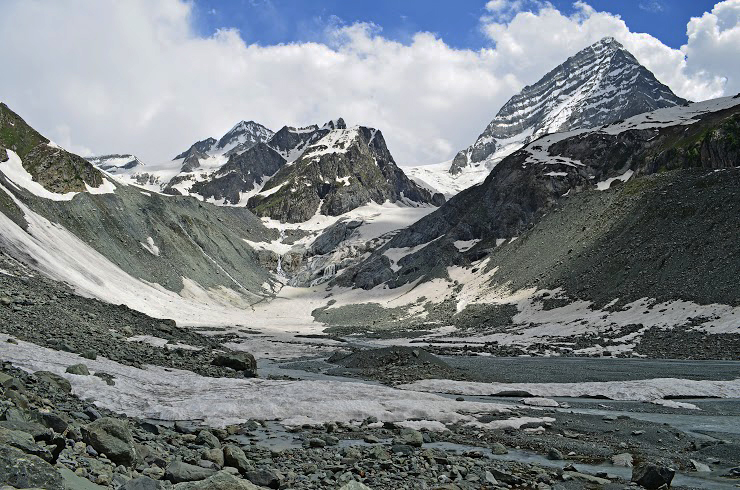
#10: Kolahoi Glacier Trek
Trekking in Kashmir is like nowhere else in the Himalayas with its beautiful mountain meadows and majestic pine trees it has often been compared to the Alps of Switzerland. The 3 day trek up Lidder Valley to Kolahoi Glacier is easily accessed from Srinigar and a good option for a first trek in Kashmir. The trail follows the course of the Lidder River and offers panoramic views of the surrounding snow laden peaks and meadows abound with wildflowers. During the summer the canyon is home to the Gujjars a nomadic people who have herded sheep in the region for centuries. If you make it all the way to the head of the valley you will be rewarded with fabulous views of the Kolahoi Glacier.
Related Reading: Trekking in Kashmir
The Greatest Treks of Tibet
The Himalayas of Tibet are much drier and colder than in India and Nepal and the best time to Trek is from May to September. Getting to Everest Base Camp in Tibet is more a drive than continuing upwards to the advanced base camp offer a once in a lifetime experience and is as high on Everest as you can go without a climbing permit.

#11: Kailash Circuit
The symmetrical mountain is one of the most beautiful and sacred of the Himalaya and the Kailash Circuit is famous as being one of the most difficult treks for religious pilgrims in the world. The mountain is considered by Hindu’s as the abode of Lord Shiva and is geographically and culturally important as the source of the giant rivers of India which include the Brahmaputra and Indus. Ancient texts refer to the mountain as the center of the world. A journey around the mountain will free pilgrims from endless cycles of birth and death. Pilgrims having been making the trek to the region in a tradition that dates back at least several thousand years. The journey is made in a clockwise direction by Hindus and Buddhists while followers of the Jain and Bönpo religions travel the 52km trek around the mountain in a counterclockwise direction.
Related Reading: Best Treks of Tibet

#12: Advanced Everest Base Camp
When most people think of Everest Base Camp they are referencing the base camp on the southern side of the mountain in Nepal which is much more popular as a trekking route. If you want to get to Everest Base Camp in Tibet you can actually drive all the way but the route beyond base camp is where it gets interesting. The route to Mount Everest Advance Base Camp (EABC) at 6,340m / 20795 ft is the highest that one can go on Everest without a climbing permit. This route covers the first 3 camps used by climbers as they approach the summit of Everest via the Northeast Ridge and is considered the world’s highest trek. The route has to Mount Everest Advance Base Camp is a challenging but beautiful trek through a stunning mountain landscape. The journey to EABC starts in Lhasa (11,975ft/ 3,650m) the capital of Tibet where it’s best to spend a few days acclimatizing before heading out towards Everest.
Booking Details: Trek to Advance Base Camp Related Reading: Best Treks of Tibet , The World’s Highest Trek
The Best Treks of Bhutan
Bhutan lies in the western portion of the Himalayas and is often shrouded both in mystery and literally in clouds. Arranging a trek here isn’t as simple or Nepal or India but Bhutan certainly presents some interesting trekking options (Read more – Best Treks in Bhutan ).

#13: Chomolhari Trek
This 10 day trek starts in Paro Valley and heads to the base camp of Chomolhari (7,326 m) the second tallest peak in Bhutan. The mountain is sacred to Tibetan Buddhists and restrictions mean few have ever climbed this beautiful peak. The trek combines beautiful mountain scenery with the unique culture of Bhutan where outsiders have had limited access for years. This is a camping trek that reaches a high point in elevation of almost 5000m.

#14: Snowman Trek
The Snowman Trek is a 25 day journey that traverses the spine of the Himalaya between Bhutan and Tibet. Crossing over 11 passes of which four are over 5000m in height the trek is often called the worlds most challenging. Asides from the passes the trekker most also deal with generally inclement weather and be prepared for almost complete isolation from the outside world. Starting in Paro, the trek generally traverses the spine of the Himalayas between Bhutan and Tibet. If you are thinking of going the best bet for good weather is during October before the snows come to the high passes and just after the monsoon ends.
Image credit: Christopher Fynn
Technically the mountains lying to the west of the Indus River are not considered part of the Greater Himalayas so the Karakoram should be viewed as a distinct mountain range. Security is always a concern trekking or climbing in Pakistan and we don’t recommend it but the beautiful trek up to the K2 Base Camp is certainly on our to do list if the situation improves.

#15: K2 Base Camp Trek
K2 (8611m) is the second tallest mountain in the world and this 20 day trek to the base camp is a once in life experience. The journey starts with great views of Karakoram Ranges with Nanga Parbat but the real highlight may be Concordia which is often called the “the Throne Room of the Gods.” Concordia is at the junction of the Godwin Austen and Baltoro glaciers and is ringed by 4 of the 14 highest peaks in the world. Those looking to summit Gasherbrum II, Gasherbrum IV, Chogolisa, Mitre Peak, Masherbrum, Broad Peak and the Trango Towers all pass this same route. This is not an easy journey to organize but it could not be left out as it must be one of the most impressive journeys in the Himalayas (One with the founders of Himalayanwonders).
Have some suggestions of great treks that we have left off this let us know as we will be updating and revising it.
About the Author Robert Hatch
Rob is an outdoor enthusiast and traveler who got tired of staring at the mountains from his desk, he now spends every minute he can on them instead. He fell in love with Nepal on his first visit and has looked for every opportunity to get back to the Himalayas ever since. He helps our guests find and plan their perfect Himalayan adventure.
Contact the author
XHTML: You can use these tags: <a href="" title=""> <abbr title=""> <acronym title=""> <b> <blockquote cite=""> <cite> <code> <del datetime=""> <em> <i> <q cite=""> <s> <strike> <strong>
Click here to cancel reply.
29 comments
Popular treks.

What’s Hot

- Climate and Weather (3)
- Everest Base Camp (2)
- Himalayas (8)
- Himachal Pradesh (1)
- Kashmir (3)
- Uttarakhand (1)
- Annapurna (4)
- Eastern Nepal (1)
- Everest (15)
- Kathmandu (4)
- Langtang (4)
- Staying Healthy (2)
- Training & Preparation (2)
- Trekking Peaks (3)
- Trekking Tips (6)

- Choosing a Trek
- Tea House Trekking
- Trekking Tips
- Flying to Lukla
- Packing List
- Fitness Training
- Travel Insurance
- Arrival & Visas
- Best Time to Go
- Staying Healthy
- Meet the Team

- Privacy Policy
- Terms & Conditions

Discover the Himalayas
Get our free monthly newsletter highlighting the best treks in the Himalayas.
Get our free monthly newsletter highlighting the best treks in the Himalayas. Get Inspired by amazing photos and our practical trekking advice.
- Trekking Tours
- Cycling Tours
- Peak Climbing
- Mountain Biking
- Jeep Safari Tours
Book Your Adventure Tour ...
Fill up the form below for trip ideas and tips on your next dream adventure and trekking holidays in Indian Himalayas.
15 Best Treks in Indian Himalaya for June and July
Posted on thu, 05 may 2016 07:36:46 by arun joshi.
The months of June and July are ideal for trekking in Indian Himalaya as it is the time when the snow starts to melt and one can behold the marvellous spots with green hills, lush forests, flowing springs and glinting waterfalls. It is that time of when the clouds start coming down leaving behind the azure sky, the foliages turning greener and air starts to get cleaner, and I am pretty sure that trekkers wouldn’t like to miss this chance to absorb the wonderful natural environment.
If you are one with the fidgety feet who wish to leave no stone unturned to get to see the best of nature then here we have compiled 15 best treks in Indian Himalaya that can be done in June and July. Have a look:
1: Roopkund Trek, Garhwal
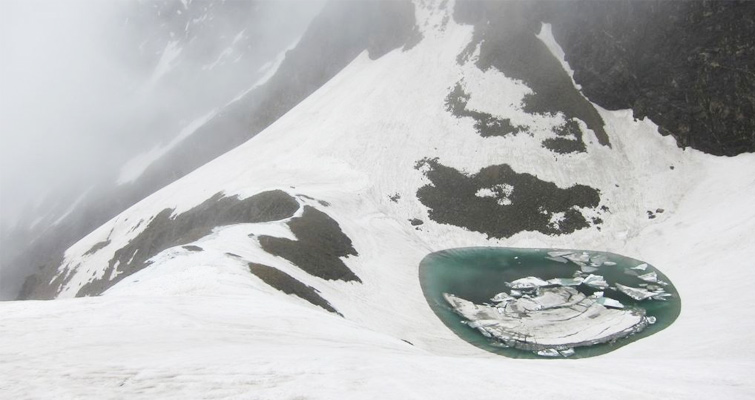
Altitude: 5029 m (16499.34 ft) Duration: 08-10 days Grade: Medium Temperature: 4°C – 20 °C (summer) and (-2) °C – 10 °C (winter) Highlights: Strewn glaciers, snow-clad peaks, narrow passes, twin meadows of Ali Bugyal and Bedni Bugyal, Human Skeletons Route : Delhi – Kathgodam – Gwaldam – Loharjung – Didna Village – Ali Bugyal – Bedni Bugyal –Bhagwabasa – Roopkund Or Delhi – Rishikesh – Karanprayag – Wan – Bedni Bugyal – Bagubassa – Roopkund Accessibility/How to Reach Railways: Kathgodam railway station or Haridwar Junction railway station Airways: Jolly Grant Airport
2: Hampta Pass, Himachal Pradesh
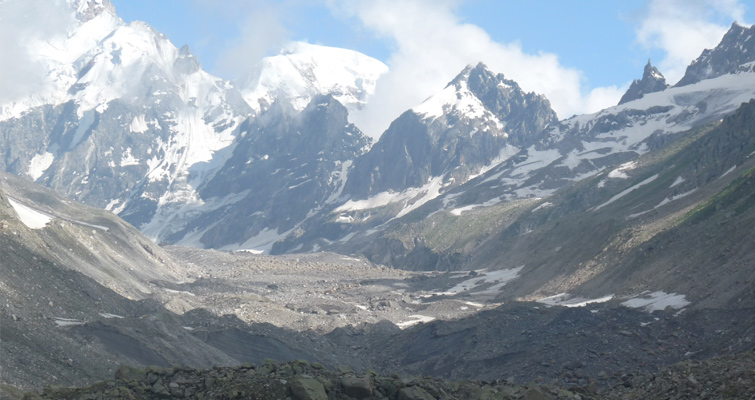
Altitude : 4227 m (14600 ft) Duration : 8-9 days Grade : Medium Temperature : 12°C – 20 °C (summer) and (-2) °C – 6 °C (winter) Highlights : Splendid views of the Pir Panjal Ranges Route : Manali- Pandu Ropa- Chikka- Balu Ka Gera- Chatru Accessibility/How to Reach By Road: Manali is well connected by road. AC Volvo runs in a good number from Delhi Nearest Railway Station : Jogindar Nagar Railway Station Nearest Airport : Kullu Manali airport
3: Bara Bhangal, Himachal Pradesh
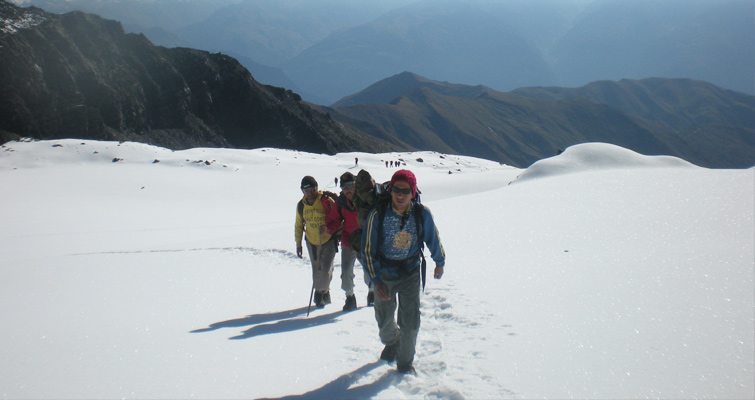
Altitude : 4227 m (14600 ft) Duration : 9-10 days Grade : Challenging Temperature : 12°C – 20 °C (summer) and (-2) °C – 6 °C (winter) Highlights : Splendid views of the Pir Panjal Ranges Route : Manali – Lama Dugh – Riyali Thach – Base of Kalihani Pass – Devi ki Marhi – Dal Marhi – Bara Bhangal – Marhi – Thamsar Pass – Plachak – Billing – Dharamshala Accessibility/How to Reach By Road: Manali and Dharamshala are well connected by road. AC Volvo runs in a good number from Delhi Nearest Railway Station : Jogindar Nagar Railway Station Nearest Airport : Kullu Manali airport
4: Deo Tibba, Himachal Pradesh
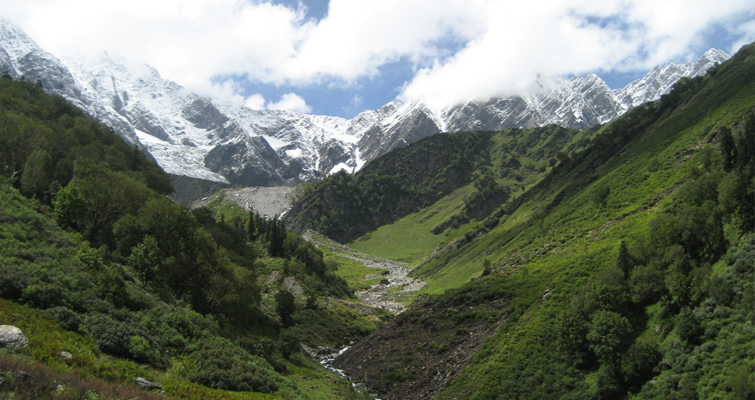
Altitude : 3900 mts (12792 ft) Duration : 12 days Grade : Medium Temperature : 12°C – 18°C (summer) and (-6) °C – 4°C (winter) Highlights : Camping on river side, Visit caves in Bhanara, landscapes adorned with flowers, thick forest and streams Route : Manali – Prini – Panduropa – Setan – Chhika – Marhi – Piyangniru – Raurikhaudi – Jogidugh – Tilgan Accessibility/How to Reach By Road: Manali is well connected by road. AC Volvo runs in a good number from Delhi Nearest Railway Station: Joginder Nagar railway station Nearest Airport: Bhuntar Airport
5: Kashmir Great Lake, Kashmir
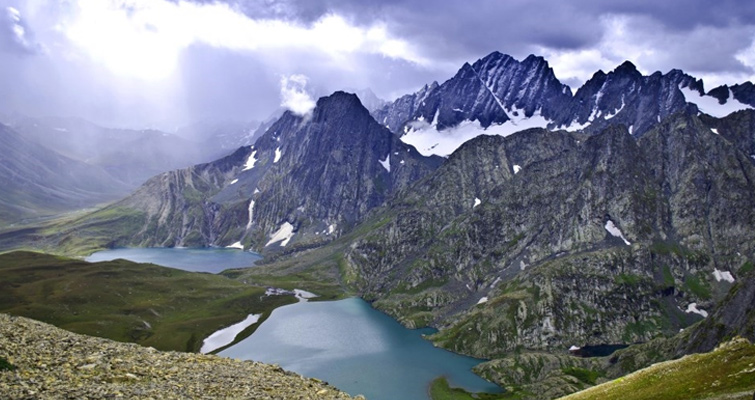
Altitude: 4191mts (13,750 ft) Duration: 08- 09 days Grade: Medium Temperature: 15°C – 20°C (summer) and (-3) °C – 5°C (winter) Highlights: High altitude lakes of Kashmir Route: Srinagar – Sonamarg – Shekdur – Nichinai – Vishansar Lake – Gadsar – Satsar – Gangabal Twin lakes – Naranag Accessibility/How to Reach Nearest Railway Station: Jammu Tawi or Udhampur railway station Nearest Airport : Srinagar Airport
6: Nubra Valley Trek, Ladakh
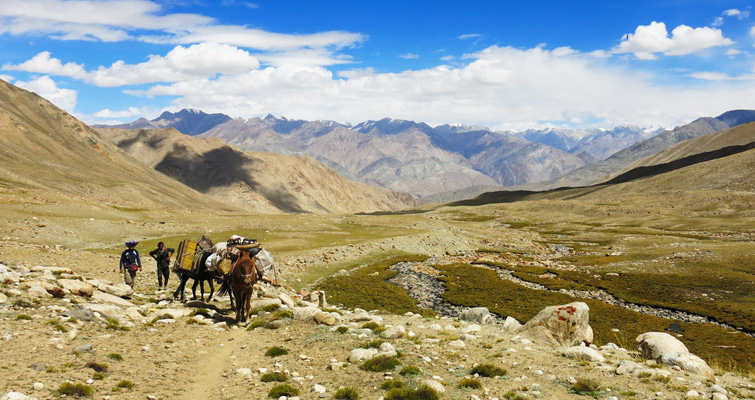
Altitude : 5496 mts (18031.5 ft) Duration : 10 days Grade : Medium Temperature : 20°C – 30°C (summer) and (-3) °C – 8°C (winter) Highlights: Highest Mountain passes in the world- Khardung La and Lasermo La, witness and ride one of a kind camel species in the world, Bactrian camel Route : Leh – Khardung La – Kyagar – Hunder – Skarchen– Brok Yogma – Hunder Valley – Lasermo La – Phyang Valley – Leh Accessibility/How to Reach Nearest Airport : Kushok Bakula Rimpochee Airport in Leh
7: Markha Valley, Ladakh
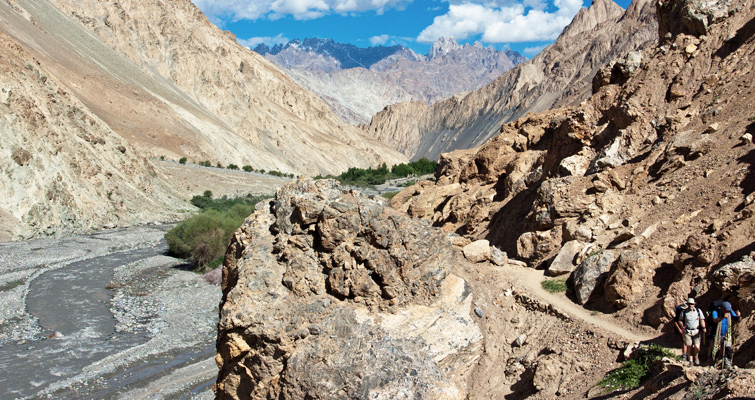
Altitude : 5150mts (16896.33 ft) Duration : 11 days Grade : Medium Temperature : 20°C – 30°C (summer) and (-3) °C – 8°C (winter) Highlights : Visiting Buddhist monasteries pass by the remote mountain villages Route : Leh – Spituk -Trek to Zingchan (3200 mts/10496 ft) – Yurutse (3900 mts/12792 ft) – Skiu (3100 mts/10168 ft) – Markha – Thochuntse – Nimaling– Kongmaru La – Sumdo- Hemis (4 hrs trek) – Leh Accessibility/How to Reach Nearest Airport : Kushok Bakula Rimpochee Airport in Leh
8: Pin Parvati, Himachal Pradesh
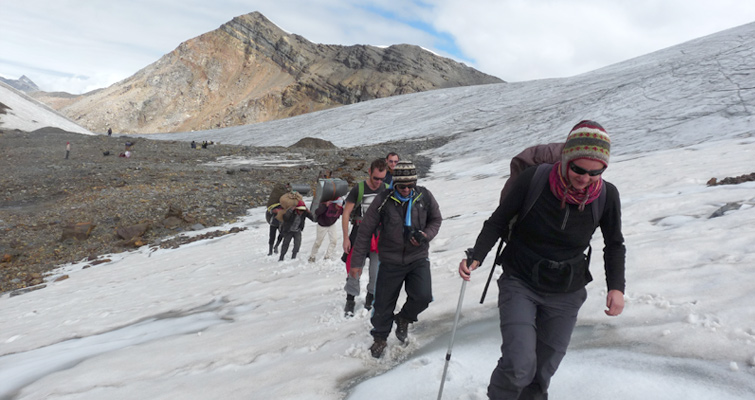
Altitude : 6125 m. (20095.1 ft) Duration : 10 days Grade : Challenging Temperature : 12°C – 18°C (summer) and (-6) °C – 4°C (winter) Highlights : Trek on high altitude mountain passes, meet and greet people of nomadic villages, camping on Mantalai lakeside Route : Manali – Manikaran – Barsheni – Khirganga – Tunda Bhuj – Thakur Kuan – Odi Thach – Mantalai Lake – Mantalai – Base of Pin Parvati Pass – Campsite over Pin Pass – Tiai – Mud – Gulling – Kaza – Manali Accessibility/How to Reach By Road : Manali is well connected by road. AC Volvo runs in a good number from Delhi Nearest Airport : Bhuntar airport in Kullu and Chandigarh International Airport in Chandigarh Nearest Railway Station : Jogindernagar Railway Station
9: Stok Kangri, Ladakh
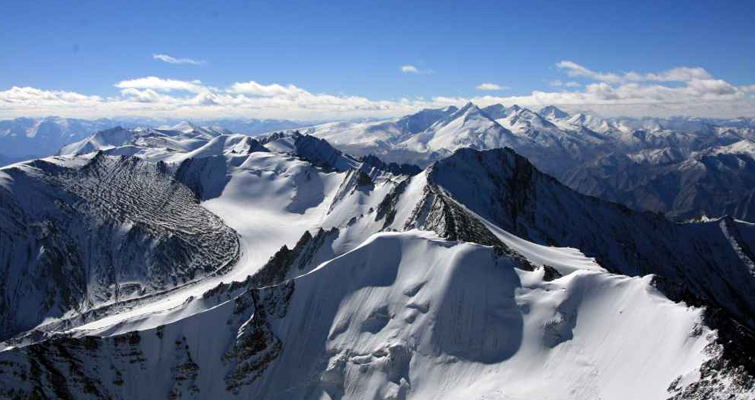
Altitude : 5319 m (17452 ft) Duration : 10 days Grade : Challenging Temperature : 12°C – 18°C (summer) and (-6) °C – 4°C (winter) Highlights : Visit important monasteries of Ladakh, view of stunning Zanskar and Karakoram ranges, Cross through the gorgeous Markha Valley Route : Leh – Zingchan – Stok La – Mankorma – Base Camp – Stok Kangri (6150 m) – Base Camp – Stok village – Leh Accessibility/How to Reach Nearest Airport : Kushok Bakula Rimpochee Airport in Leh
Also read: Trekking in the Himalayas – First Love of Solo Trekkers
10: Indrahar Pass Trek, Himachal Pradesh
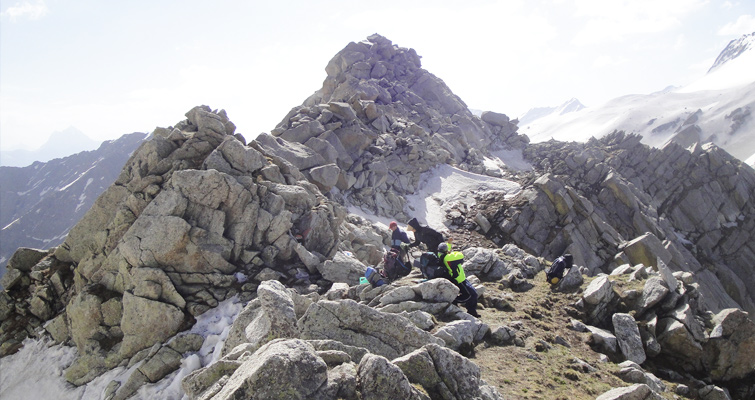
Altitude : 4375mts (14245 ft) Duration : 09 days Grade : Moderate Temperature : 12°C – 20°C (summer) and (-2) °C – 6°C (winter ) Highlights : View of peaks like Moon (4666 m), Arthur’s Seat (4525 m), Camping in Lahesh Cave, visit beautiful Chamba Valley Route : McLeodganj – Triund (2994 mts/9818 ft.) – Lahesh Cave – Indrahar Pass – Chatru Parao – Kuarsi – Machetar (5886 ft) – Chamba – Pathankot – Delhi Accessibility/How to Reach By Road : Dharamshala is well connected by road. AC Volvo runs in a good number from Delhi Nearest Airport : Gaggal Airport or Chandigarh international airport Nearest Railway Station : Pathankot Railway Station
11: Valley of Flowers, Garhwal
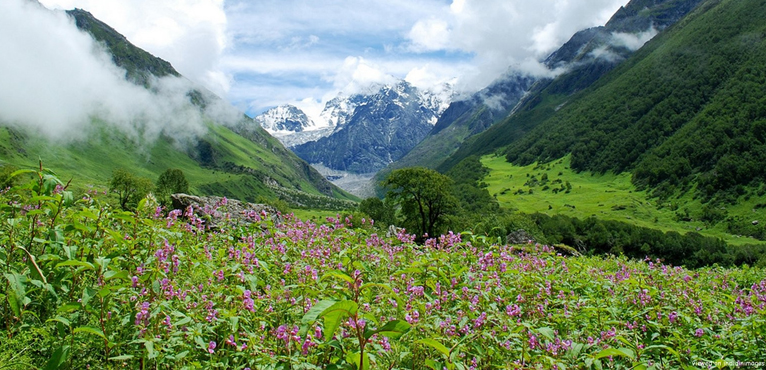
Altitude : 3657.6 m (12,000 ft) Duration: 06 days Grade : Moderate Temperature : 15°C – 30°C (summer) and 0 °C – 6°C (winter) Highlights : 500 plus varieties of flowers, lush green landscapes Route : Haridwar – Govindghat – Ghangaria – Valley of Flowers and back Accessibility/How to Reach Nearest Airport : Jolly Grant Airport, Dehradun Nearest Railway Station : Haridwar Railway Station
12: Chenap Valley Trek, Garhwal
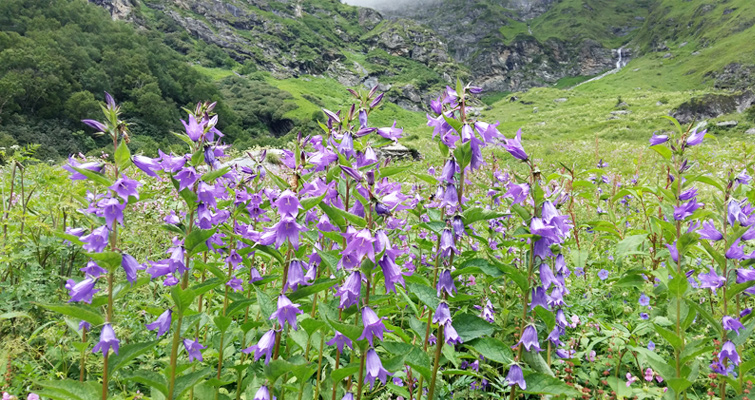
Altitude : 4750 m (15583.99 ft) Duration : 09 days Grade : Moderate Highlights : Confluences, Crystal Clear Lake, Verdant Valley, Snow clad Himalayan Peaks Route : Rishikesh – Joshimath – Vishnu Prayag – Thaing Village – Dhar Kharak – Chenap Meadow – Thaing Village – Vishnu Prayag – Joshimath – Srinagar – Rishikesh – Haridwar Accessibility/How to Reach Nearest Airport : Jolly Grant Airport, Dehradun Nearest Railway Station : Haridwar Railway Station
13: Spiti to Ladakh Trek, Ladakh
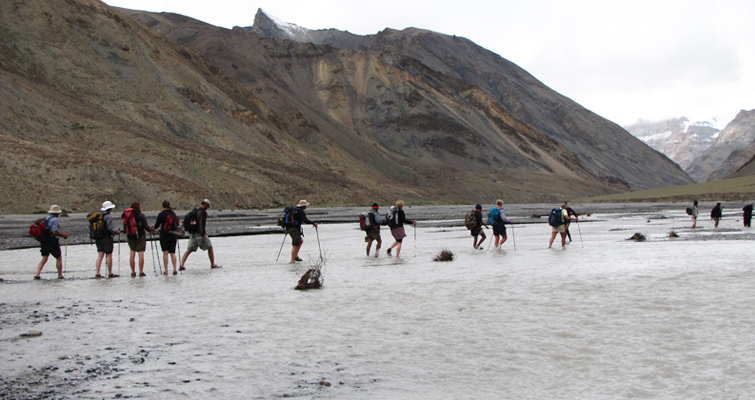
Altitude : 5319 m (18297.24 ft) Duration : 20days Grade : Challenging Highlights : Cross Himalayan passes, Camp under the star-studded sky of Ladakh, Witness ancient and architecturally rich monasteries of Ladakh and Spiti Temperature : 11°C – 28°C (summer) and 0 °C – 6°C (winter) Route : Manali – Kaza – Kibber – Dumla – Thaltak – Bongrojen – Parang La – Dak Karzong – Datang Yongma – Chumik Shilde – Kiangdom – Korzok – Gyama – Rajung Karu – Nuruchan – Tso Kar – Tanglang La – Leh Accessibility/How to Reach Nearest Airport : Bhuntar Airport, Kullu Nearest Railway Station : Joginder Nagar Railway Station
14: Lamayuru Padum Trek
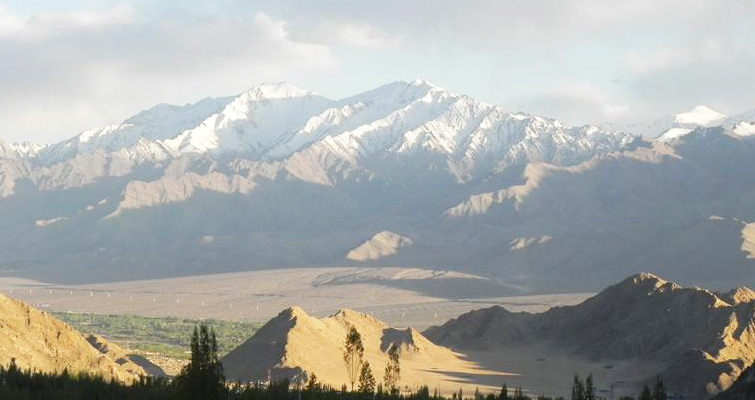
Altitude : 5000 m (16404.2 ft) Duration : 19 days Grade : Challenging Highlights : Visit ancient and architecturally rich monasteries of Ladakh and Spiti Temperature : 11°C – 28°C (summer) and 0 °C – 6°C (winter) Route : Leh – Lamayuru – Wanla – Hanupatta – Photoskar – Sengge La -Lingshed – Snertse – Hanumil – Pishu – Karsha – Karsha-Padum – Kargil Accessibility/How to Reach Nearest Airport : Bhuntar Airport, Kullu
15: Darcha to Padum Trek
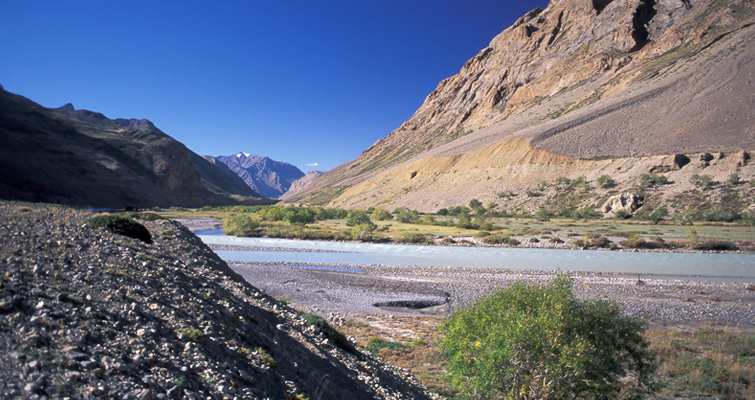
Altitude : 5090 m (16699.48 ft) Duration : 19 days Grade : Moderate Temperature : 11°C – 28°C (summer) and 0 °C – 6°C (winter) Route : Manali – Keylong – Darcha – Zanskar Sumdo – Chumik Nakpo – Shingo-La – Lahkhang – Kargyak – Purne – Raru – Padum Accessibility/How to Reach Nearest Airport : Bhuntar Airport or Chandigarh International Airport Nearest Railway Station : Joginder Nagar Railway Station
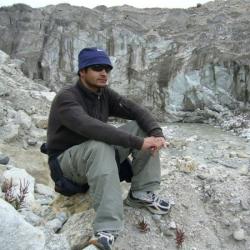
A thoroughbred adventurer, Arun Joshi was born in the picturesque and landlocked district of Chamoli, Uttarakhand. He is well known for his close association with the Indian Himalayas for the past 16 years, and knows the region inside out. His vast knowledge and first-hand experience of trekking to the many challenging regions of the Indian Himalayas have also helped him to establish himself as the go-to guide in the region.
Recommended Tour Packages

Garhwal Trekking Packages

Leh Ladakh Trekking

Sikkim Trekking Packages

Himachal Trekking Packages
Subscribe Now
Recent Post
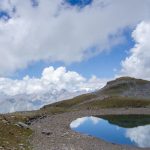
8 Best Monsoon Treks in the Indian Himalayas that You Must D [...]
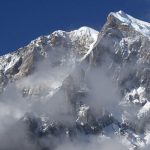
Top Treks in Sikkim To Make Your Summer 2020 Adventuresome
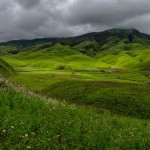
15 Best Hiking Trails in India For Every Adventure Seeker
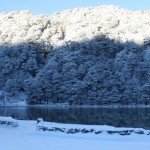
5 Guided Treks in Uttarakhand to Try This Winter from Januar [...]
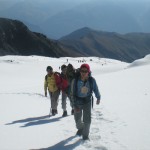
Upcoming Fixed Departure Winter Treks You Should Plan Right [...]
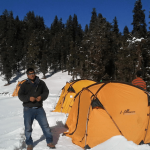
Trekking in Uttarakhand, Himalaya- How to Do It?
Plan Your Trip With Us
Plan your trip.
Request a FREE Quote

CopyRight © 2019-TrekkinginIndia.com | India’s Leading Trekking Company offers Trekking and Adventure Tours Expedition in the Himalayas.

The Ultimate Guide to Trekking in the Himalayas
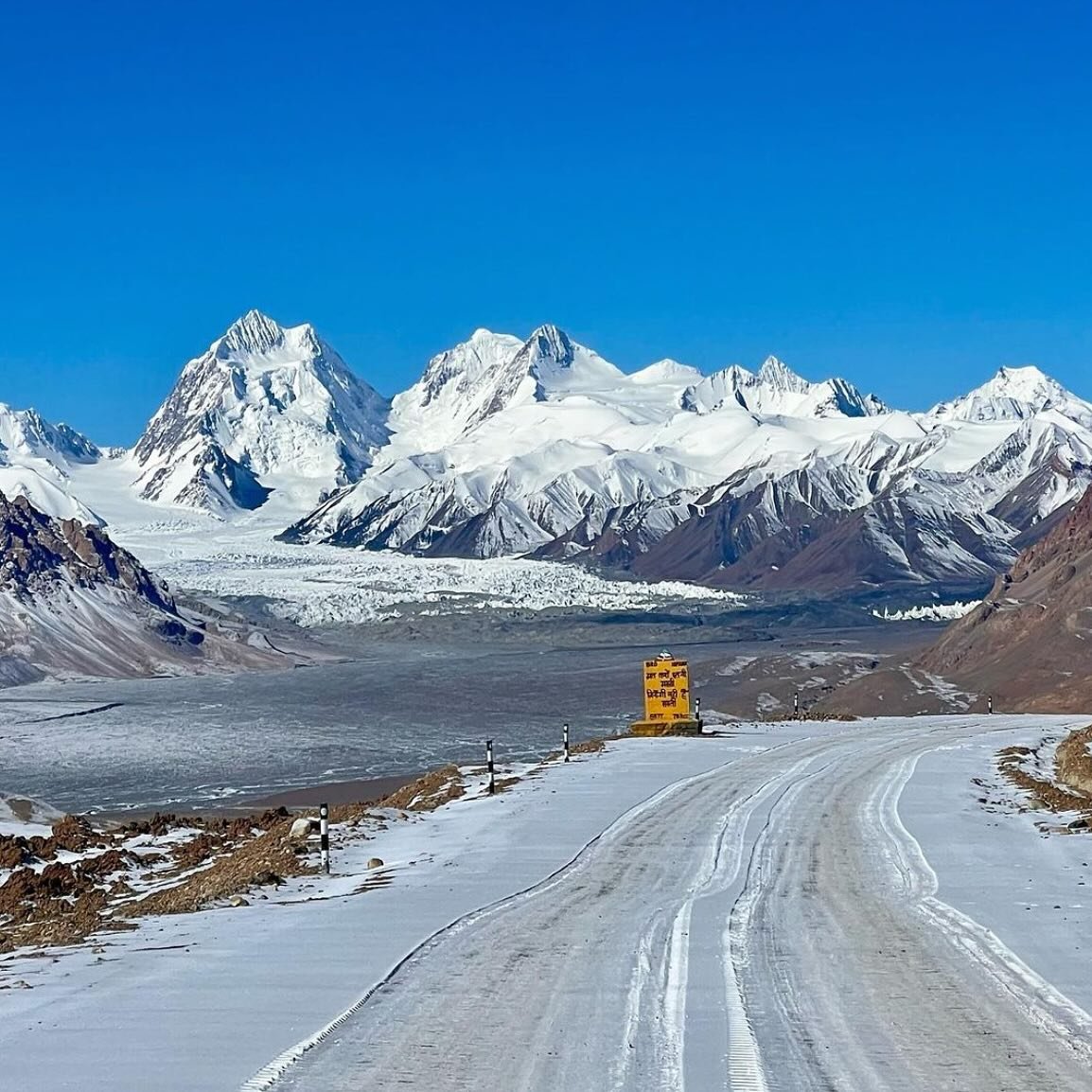
Trekking in the Himalayas is a dream come true for outdoor enthusiasts and adventurers. The towering peaks, breathtaking landscapes, and rich cultural heritage make this region a must-visit for those seeking an unforgettable experience. In this ultimate guide, we will delve into the various aspects of trekking in the Himalayas, from understanding the terrain to preparing for your adventure, choosing the right route, and navigating cultural etiquette.
Understanding the Himalayan Terrain
Before embarking on a Himalayan trek, it is crucial to familiarize yourself with the unique geography of this region. The Himalayas, known as the “Roof of the World,” span several countries, including India, Nepal, Bhutan, and Tibet. These mountains are home to some of the highest peaks in the world, including Mount Everest and Kanchenjunga.
Within the Himalayas, you’ll encounter diverse landscapes, ranging from glaciers and snow-capped mountains to lush valleys and alpine meadows. As you ascend in altitude, the terrain becomes more challenging, with steep slopes, rocky paths, and narrow ridges. It is essential to be physically and mentally prepared for the demanding nature of the trails.
The Unique Geography of the Himalayas
One of the remarkable features of the Himalayas is the presence of deep gorges and high passes. These natural formations pose both challenges and scenic beauty for trekkers. Crossing these passes requires careful planning and an understanding of the potential risks involved, such as altitude sickness and unpredictable weather conditions. The correct equipment is essential. However, the awe-inspiring views from these vantage points make every effort worthwhile.
The Himalayas are also home to numerous rivers and glacial lakes, which add to the enchantment of the trekking experience. The pristine waters of these lakes and rivers not only offer picturesque views but also serve as a source of freshwater for the local communities residing in these remote areas.
Weather Patterns and Climate Zones
One of the critical aspects to consider while trekking in the Himalayas is the weather patterns and climate zones you will encounter along your journey. Due to the immense size of the mountain range, the climate can vary significantly from one region to another. It is essential to research and understand the weather patterns of the specific area you plan to trek in.
The Himalayas have distinct climate zones, including tropical, subtropical, temperate, and alpine. As you ascend in altitude, the temperatures drop, and the air becomes thinner. It is crucial to dress in layers and carry appropriate gear to adapt to the changing weather conditions.
Flora and Fauna of the Himalayas
The Himalayas are not just a visual spectacle; they are also home to a rich biodiversity of flora and fauna. The region boasts a stunning variety of plant species, including colorful rhododendrons, orchids, and junipers. As you trek through different vegetation zones, you’ll witness the transition from dense forests to alpine meadows.
Moreover, the Himalayas house diverse wildlife, such as snow leopards, red pandas, Himalayan tahr, and musk deer. If you’re lucky, you may spot some of these elusive creatures during your trek. It is crucial to respect the natural habitats of these animals and follow established guidelines to minimize your impact on their ecosystems.
Preparing for Your Himalayan Trek
Preparing adequately for your Himalayan trek is essential to ensure a safe and enjoyable experience. Here are some key factors to consider:
Physical Fitness Requirements
Trekking in the Himalayas requires a reasonable level of physical fitness. The steep ascents and descents, coupled with high altitudes, can put strain on your body. It is recommended to engage in regular aerobic exercises, such as jogging or cycling, to build stamina and endurance. Additionally, incorporating strength-training exercises and practicing hiking with a loaded backpack will help simulate the challenges you may face during the trek.
Essential Gear and Equipment
Having the right gear and equipment is crucial for a successful trek in the Himalayas. This includes sturdy and comfortable trekking boots, suitable clothing for various weather conditions, a reliable backpack, a sleeping bag, a trekking pole, and a headlamp. It is also essential to carry a first aid kit, water purification tablets, and high-energy snacks to sustain yourself during the trek.
Health and Safety Considerations
Prioritizing your health and safety should be a top concern during your Himalayan trek. Acclimatization is crucial at higher altitudes to avoid altitude sickness. It is recommended to include rest days in your itinerary to allow your body to adjust to the changing altitude gradually. Staying hydrated, eating nutritious meals, and avoiding excessive alcohol and caffeine consumption are also important for maintaining your well-being.
Additionally, it is essential to obtain comprehensive travel insurance that covers high-altitude trekking and medical emergencies. Familiarize yourself with the emergency evacuation procedures of the region you plan to trek in and carry relevant contact information.
Choosing Your Trekking Route
With numerous trekking routes to choose from, selecting the right one can be overwhelming. Here are some factors to consider:
Popular Himalayan Treks
• everest base camp trek, • annapurna circuit trek, • langtang valley trek, these treks offer a balance of stunning landscapes, cultural immersion, and a moderate level of difficulty. they are well-established and cater to both novice and experienced trekkers., off-the-beaten-path treks, • manaslu circuit trek, • kanchenjunga base camp trek, • dolpo trek.
If you’re looking for a more remote and adventurous experience, these off-the-beaten-path treks are worth considering. They offer a chance to explore lesser-known regions and interact with local communities that have retained their traditional way of life.
Assessing Difficulty Levels
Each trek in the Himalayas has its own set of challenges and difficulty levels. Factors such as altitude, distance, and terrain contribute to the overall difficulty of a trek. It is important to assess your abilities honestly and choose a trek that aligns with your fitness level and experience.
Consider consulting with experienced trekking companies or guides who can provide valuable insights and advice based on your preferences and limitations.
Navigating Cultural Etiquette
While trekking in the Himalayas, it is essential to respect the local customs and traditions. Here are some guidelines:
Respecting Local Customs and Traditions
The Himalayan region is culturally diverse, with each community having its own set of customs and traditions. Educate yourself about the local culture and norms before embarking on your trek. Dress modestly, be mindful of your behavior, and seek permission before taking photographs of people or religious sites. Engaging in cultural exchanges with the locals can enrich your experience and foster mutual understanding.
Interacting with Local Communities
The hospitality of the Himalayan communities is renowned. Interacting with locals can offer valuable insights into their way of life and contribute to a more meaningful trekking experience. Ensure that your interactions are respectful and considerate. Supporting local businesses, such as homestays and locally-owned tea houses, helps sustain the local economy and promotes responsible tourism.
Sustainable Trekking Practices
As a responsible trekker in the Himalayas, it is crucial to minimize your impact on the environment. Follow established trekking trails to reduce erosion and preserve the fragile ecosystems. Dispose of waste properly and avoid single-use plastics. Furthermore, support organizations and initiatives that promote sustainable tourism and conservation efforts in the region.
In conclusion, trekking in the Himalayas is a transformative experience that combines natural beauty, physical challenges, and cultural immersion. By understanding the unique terrain, adequately preparing for your trek, choosing the right route, and navigating cultural etiquette, you can make the most of your Himalayan adventure. Embrace the majesty of the mountains, connect with local communities, and leave a positive impact on this awe-inspiring region.
Related Posts

Family-Friendly Treks in India: Destinations and Tips for Trekking with Kids
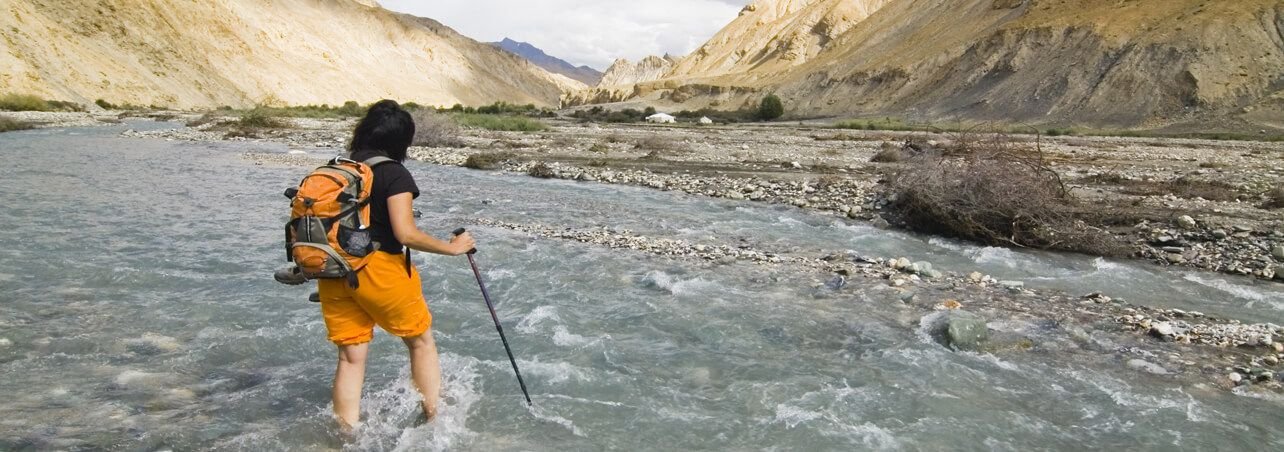
A Guide to Responsible and Sustainable Trekking
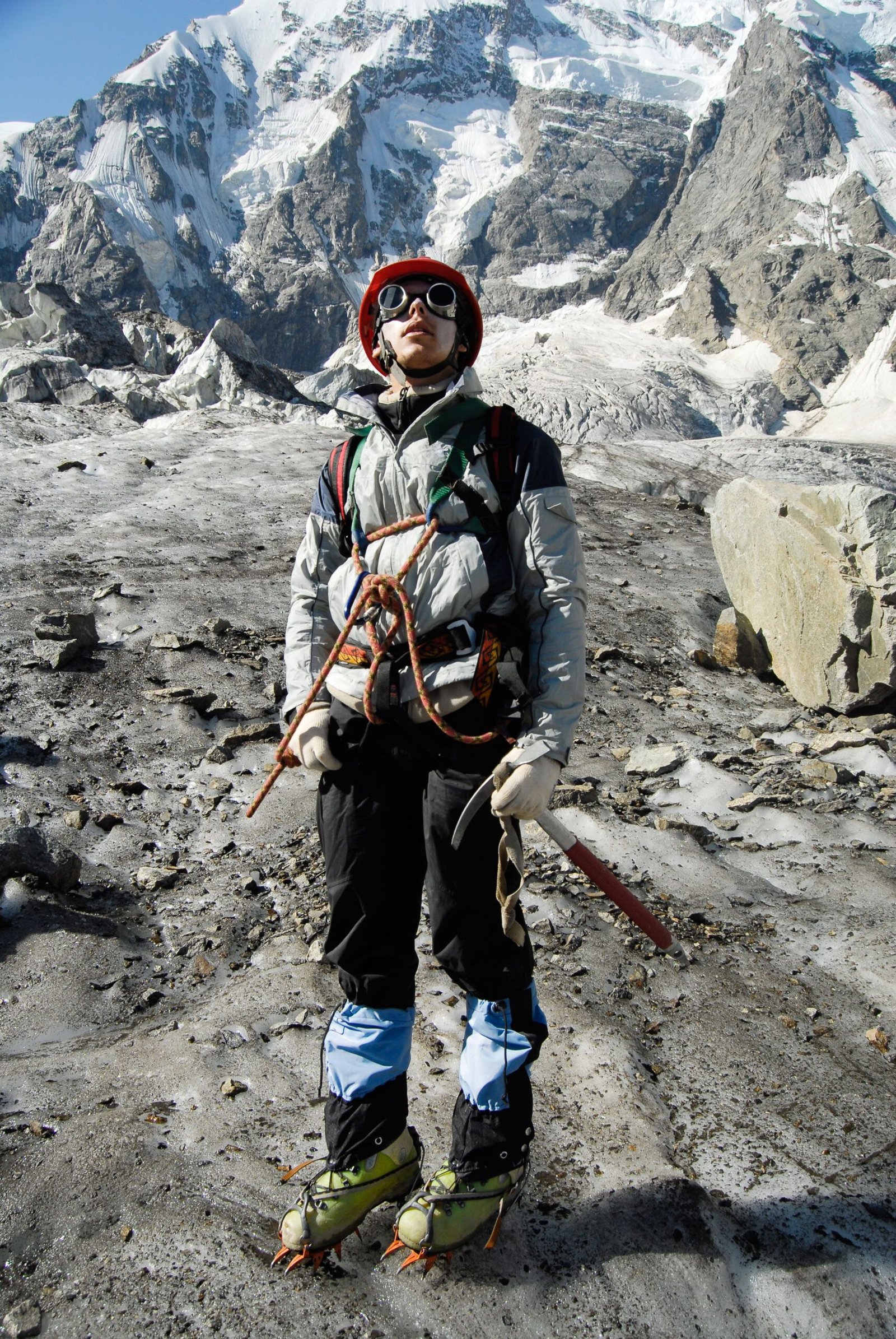
Solo Trekking in Kashmir
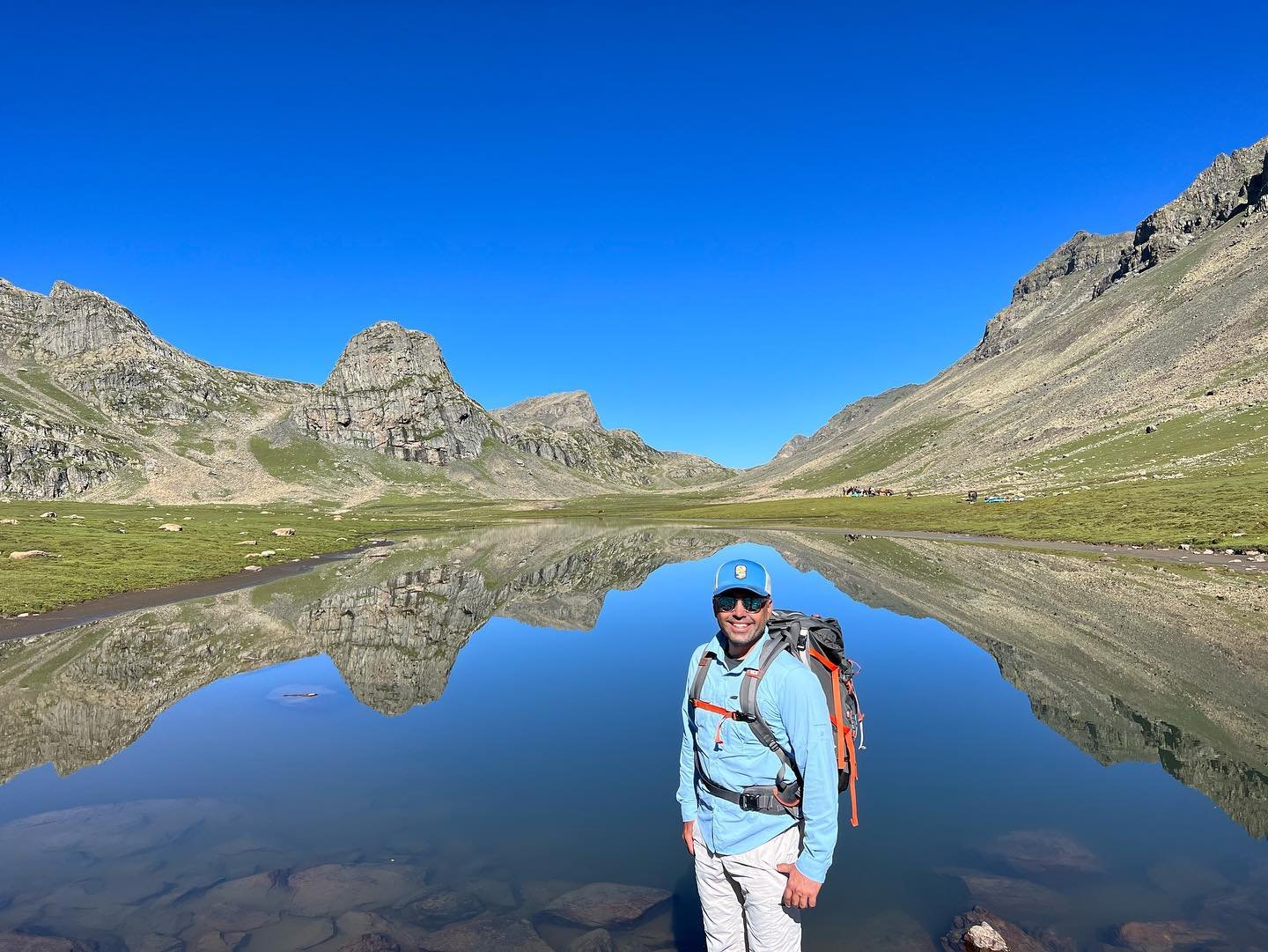
Trekking Through History: Ancient Paths and Ruins in the Indian Himalayas
- Birdwatching
- Curated Journeys
- +91 9815605847
- [email protected]
- Antler Woods, Main, road, opposite Siswan Dam, Baddi, Siswan, Punjab 140110
The Himalayan Outback was featured in

© Copyright 2023 Himalayan Outback. All rights reserved | Managed By Pinaak Ventures
A Guide to the 32 Best Himalayan Treks To Explore in 2023
This comprehensive guide is the gateway to an extraordinary adventure through the Himalayas, giving an organized list of the most stunning treks to take on in the coming year. Whether you’re a seasoned hiker looking for new challenges or an inexperienced climber eager to explore the magic of these magnificent peaks, join us on a virtual journey across some of the Himalayas’ most stunning and popular treks.
Top Himalayan Treks for Adventure:
Here is a list of the best Himalayan treks to explore in 2023. I will give you an overview of each one. I hope this comprehensive guide helps you!
1. RANTHAN KHARAK TREK:
The Ranthan Kharak Trek is a high-altitude trek in the Uttarkashi district of Uttarakhand, India. The trek takes you through beautiful alpine forests, and high-altitude meadows, and offers stunning views of the surrounding peaks.
The maximum altitude reached during this trek is around 13,120 feet (4,000 meters) at the Ranthan Pass. It is considered to be a moderately difficult trek and takes around 6-7 days to complete.
Mountain altitude sickness can be a concern when trekking at high altitudes, and it is important to acclimatize properly by ascending gradually and staying hydrated. It is also recommended to carry necessary gear such as warm clothing, sturdy trekking shoes, and a first aid kit.
The best time to do the Ranthan Kharak Trek is during the summer months of May to June and the post-monsoon season of September to October. During these months, the weather is pleasant, and the skies are clear, offering the best views of the surrounding peaks.
2. CHIRBATIYA TREK:
The altitude of the Chirbatiya Trek varies throughout the trail. The starting point of the trek is Chirbatiya village, which is located at an altitude of 1,800 meters (5,906 feet) above sea level. As you trek further, the altitude gradually increases, and the highest point of the trek is Chaukhamba Peak, which stands tall at an altitude of 6,854 meters (22,483 feet) above sea level.
However, the trekking route to Chaukhamba Peak is not included in the Chirbatiya Trek, and most trekkers only go up to the Tali Top, which is situated at an altitude of 3,380 meters (11,089 feet) above sea level. The highest campsite on the trek is at Deoriatal Lake, which is located at an altitude of 2,438 meters (7,998 feet) above sea level.
3. BAMSARU KHAL TREK:
The Bamsaru Khal Trek is a high-altitude trek located in the Chamoli district of Uttarakhand, India. The trek starts from the village of Joshimath and takes you through beautiful alpine meadows, dense forests of rhododendron, oak, and deodar trees, and rocky terrain. The highest point of the trek is the Bamsaru Khal Pass, which is located at an altitude of 4,700 meters above sea level.
The trek is known for its challenging terrain and requires a good level of physical fitness and endurance. The weather conditions are also unpredictable, and trekkers should be prepared for sudden changes in the weather. However, the trek is a rewarding experience, with breathtaking views of the Himalayas and the Nanda Devi Peak.
The best time to do the Bamsaru Khal Trek is from June to October, as the weather is relatively stable during this time. The trek is suitable for experienced trekkers who are looking for a challenging and adventurous experience.
4. BUDHA MADMAHESHWAR:
The Buddha Madmaheshwar trek is a popular trekking trail located in the Rudraprayag district of Uttarakhand, India. The trek starts from the village of Guptakashi and takes you through beautiful alpine meadows, dense forests, and rocky terrain. The highest point of the trek is Madmaheshwar Peak, which is located at an altitude of 3,289 meters above sea level.
The trek is known for its stunning views of the Himalayas, including the peaks of Kedarnath, Chaukhamba, and Neelkanth. The trail is also home to a diverse range of flora and fauna, including Himalayan black bears, musk deer, and a variety of birds.
The best time to do the Buddha Madmaheshwar trek is from May to June and September to November, as the weather is pleasant and the skies are clear. The trek is of moderate difficulty, and it is suitable for both beginners and experienced trekkers.
5. CHATTRAKUND:
Chattrakund Trek is a moderate-level trek located in the Chamoli district of Uttarakhand, India. The trek starts from the village of Sari and takes you through dense forests of oak, rhododendron, and pine trees. The highest point of the trek is Chattrakund Lake, which is located at an altitude of 3,800 meters above sea level.
The trek is known for its scenic beauty, which includes breathtaking views of the Himalayas, waterfalls, and a beautiful lake. The trail is also home to a diverse range of flora and fauna, including Himalayan black bears, musk deer, and a variety of birds.
The best time to do the Chattrakund Trek is from April to June and September to November, as the weather is pleasant and the skies are clear. The trek is of moderate difficulty, and it is suitable for both beginners and experienced trekkers.
6. CHENAB LAKE:
Chenab Lake Trek is a popular trekking destination located in the Lahaul and Spiti districts of Himachal Pradesh, India. The starting point of the trek is the village of Tandi, which is located at an altitude of 2,676 meters above sea level. The trek takes you through the beautiful landscape of the Himalayan region, and the highest point of the trek is at an altitude of 4,108 meters above sea level.
The trail is surrounded by snow-capped mountains, deep valleys, and beautiful meadows. The trek offers breathtaking views of the surrounding landscape, including the Chenab River and the mountains of Lahaul and Spiti. The lake itself is a beautiful turquoise-colored glacial lake that is located at an altitude of 4,080 meters above sea level.
The best time to do the Chenab Lake Trek is from June to September, as the weather is pleasant and the skies are clear. The trek is of moderate difficulty, and it is suitable for both beginners and experienced trekkers.
7. CHIPLA KEDAR TREK:
The Chipla Kedar Trek is a lesser-known trekking trail located in the Uttarkashi district of Uttarakhand, India. The highest point of the trek is Kedar Kantha Peak, which is located at an altitude of 12,500 feet (3,810 meters) above sea level.
The trek starts from the village of Sankri and takes you through dense forests of pine, oak, and rhododendron, beautiful meadows, and rocky terrain. The trail is also home to a diverse range of flora and fauna, including Himalayan black bears, leopards, musk deer, and a variety of birds.
The best time to do the Chipla Kedar Trek is from November to March, as the weather is ideal for trekking during this time. The trek is of moderate difficulty, and it is suitable for both beginners and experienced trekkers.
The trek offers stunning views of the snow-capped peaks of the Garhwal Himalayas and is an excellent option for those looking for a peaceful and offbeat trekking experience.
8. DARMA VALLEY:
The Darma Valley Trek is a popular trekking trail located in the Pithoragarh district of Uttarakhand, India. The trek starts from the village of Dharchula and takes you through the Darma Valley, which is surrounded by majestic snow-capped Himalayan peaks.
The highest point of the trek is the Panchachuli Base Camp, which is located at an altitude of around 4,300 meters above sea level. The trail takes you through dense forests of rhododendron, oak, and pine trees, beautiful meadows, and remote villages.
The trek is known for its scenic beauty, which includes stunning views of the Panchachuli Peaks, which are a group of five snow-clad peaks in the Kumaon Himalayas. The trek is also home to a diverse range of flora and fauna, including Himalayan black bears, snow leopards, and a variety of birds.
The best time to do the Darma Valley Trek is from April to June and from September to November, as the weather is pleasant and the skies are clear. The trek is of moderate difficulty and is suitable for both beginners and experienced trekkers.
Overall, the Darma Valley Trek is a beautiful journey that allows you to explore the stunning beauty of the Himalayas and experience the traditional way of life of the people living in the remote villages of the region.
9. DHARANSI PASS:
Dharansi Pass Trek is a high-altitude trek located in the Chamoli district of Uttarakhand, India. The trek starts from the village of Joshimath and takes you through beautiful alpine meadows, dense forests, and rocky terrain. The highest point of the trek is Dharansi Pass, which is located at an altitude of 4,200 meters above sea level.
The trek is known for its stunning views of the Nanda Devi peak, the second-highest mountain in India, and other snow-capped peaks of the Himalayas. The trail is also home to a diverse range of flora and fauna, including Himalayan black bears, musk deer, and a variety of birds.
The best time to do the Dharansi Pass Trek is from May to June and September to November, as the weather is pleasant and the skies are clear. The trek is of moderate difficulty, and it is suitable for experienced trekkers.
10. DOKRIANI GLACIER:
Dokriani Glacier Trek is a high-altitude trek located in the Garhwal region of Uttarakhand, India. The trek takes you to the Dokriani Glacier, which is situated at an altitude of around 3,800 meters above sea level.
The trek starts from the village of Sankri and takes you through lush green forests, beautiful meadows, and rocky terrain. The highest point of the trek is the Dokriani Glacier, which is surrounded by towering snow-capped peaks, including Swargarohini, Bandarpoonch, and Black Peak.
The trek is known for its challenging terrain, high altitude, and stunning views of the surrounding mountains. It requires good physical fitness and proper acclimatization to altitude. The best time to do the Dokriani Glacier Trek is from April to June and September to November.
11. GORSON BUGYAL:
The Gorson Bugyal Trek is a popular trekking trail located in the Chamoli district of Uttarakhand, India. The trek starts from the village of Auli and takes you through lush green forests, beautiful meadows, and rocky terrain. The highest point of the trek is Gorson Bugyal, which is located at an altitude of 3,056 meters above sea level.
The trek is known for its scenic beauty, which includes breathtaking views of the Himalayas, dense forests of oak and deodar trees, and beautiful alpine meadows. The trail is also home to a diverse range of flora and fauna, including Himalayan black bears, leopards, musk deer, and a variety of birds.
The best time to do the Gorson Bugyal Trek is from April to June and September to November, as the weather is pleasant and the skies are clear. The trek is of moderate difficulty, and it is suitable for both beginners and experienced trekkers.
12. GULABIKANTHA TREK:
The GulabiKantha Trek is a popular winter trekking trail located in the Uttarakhand region of India. The trek starts from the village of Sankri and takes you through lush green forests, snow-covered meadows, and rocky terrain. The highest point of the trek is GulabiKantha Peak, which is located at an altitude of 12,000 feet (3658 meters) above sea level.
The trek is known for its scenic beauty, which includes breathtaking views of the snow-capped Himalayan ranges, dense forests of oak, pine, and deodar trees, and beautiful alpine meadows. The trail is also home to a diverse range of flora and fauna, including Himalayan black bears, musk deer, and a variety of birds.
The best time to do the GulabiKantha Trek is from December to March, as this is the winter season and the entire trail is covered with snow. The trek is of moderate difficulty, and it is suitable for both beginners and experienced trekkers.
13. KAFNI GLACIER:
Kafni Glacier Trek is a popular trekking destination located in the Kumaon region of Uttarakhand, India. The trek takes you to the Kafni Glacier, which is situated at an altitude of 3,860 meters (12,664 feet) above sea level.
The trek starts from the village of Loharkhet, and it takes you through dense forests, beautiful meadows, and rocky terrain. The trail is surrounded by snow-capped Himalayan peaks and offers stunning views of the surrounding valleys and the Pindar River.
The Kafni Glacier is a beautiful glacial lake that is fed by the Kafni River. The lake is surrounded by snow-capped peaks and is a popular spot for camping. The glacier is a source of the Kafni River, which eventually joins the Saryu River.
The best time to do the Kafni Glacier Trek is from May to June and September to October, as the weather is pleasant and the skies are clear. The trek is of moderate difficulty, and it is suitable for both beginners and experienced trekkers.
14. KALAPANI:
The Kalapani Trek is a popular trekking trail located in the Pithoragarh district of Uttarakhand, India. The trek starts from the village of Munsiyari, and it takes you through rugged mountain terrain, beautiful alpine meadows, and dense forests. The highest point of the trek is the Kalapani Pass, which is located at an altitude of 3,650 meters above sea level.
The trek is known for its stunning views of the Himalayas, which include the majestic peaks of Nanda Devi, Nanda Kot, and Panchchuli. The trail is also home to a diverse range of flora and fauna, including Himalayan black bears, musk deer, and a variety of birds.
The best time to do the Kalapani Trek is from May to June and September to October, as the weather is pleasant and the skies are clear. The trek is of moderate difficulty, and it is suitable for experienced trekkers who have prior experience of high altitude trekking.
15. KANAKATA PASS:
The Kanakata Pass Trek is a high-altitude trek in the Garhwal region of Uttarakhand, India. The trek starts from the village of Sankri and takes you through a variety of landscapes, including dense forests, meadows, and high-altitude passes.
The Kanakata Pass, which is the highest point of the trek, is located at an altitude of 5,460 meters above sea level. The pass is known for its stunning panoramic views of the surrounding peaks, including Swargarohini, Kedarkantha, and Bandarpunch.
The trek is of moderate to difficult difficulty and requires a good level of physical fitness and trekking experience. The best time to do the Kanakata Pass Trek is from May to June and September to November, as the weather is pleasant and the skies are clear.
Overall, the Kanakata Pass Trek is a challenging and rewarding journey that takes you through some of the most beautiful and remote parts of the Garhwal region of Uttarakhand. It is an ideal trek for experienced trekkers looking for an adventurous and off-beat trekking experience.
16. KANCHANI TAL:
Kanchani Tal Trek is a popular trekking trail in the Pithoragarh district of Uttarakhand, India. The trek takes you to the Kanchani Tal, which is a high-altitude glacial lake located at an elevation of 11,500 feet above sea level.
The trek starts from Lohaghat and takes you through beautiful forests, alpine meadows, and rocky terrain. The highest point of the trek is the Kanchani Pass, which is located at an altitude of 13,000 feet above sea level.
The trek is known for its scenic beauty, which includes stunning views of the Himalayas, dense forests of oak and rhododendron trees, and the picturesque Kanchani Tal. The trail is also home to a variety of wildlife, including Himalayan black bears, leopards, and musk deer.
The best time to do the Kanchani Tal Trek is from April to June and from September to November, as the weather is pleasant and the skies are clear. The trek is of moderate difficulty, and it is suitable for both beginners and experienced trekkers.
Overall, the Kanchani Tal Trek is a beautiful journey that allows you to experience the serene beauty of the Himalayas and the unique glacial lake of Kanchani Tal.
17. KHALIYA TOP:
Khaliya Top Trek is a popular trekking trail located in Munsiyari, Pithoragarh district, Uttarakhand, India. The trek is known for its panoramic views of the Himalayas and the majestic Panchachuli peaks. The highest point of the trek is Khaliya Top, which is located at an altitude of 11,500 feet (3,505 meters) above sea level.
The trail takes you through lush green forests, beautiful meadows, and rocky terrain. You will get to see a diverse range of flora and fauna, including pine, oak, and deodar trees, and a variety of birds such as Himalayan monal, koklass pheasant, and Himalayan griffon. The trek is of moderate difficulty, and it takes around four days to complete.
The best time to do the Khaliya Top Trek is from March to June and from September to December. During these months, the weather is pleasant, and the skies are clear, offering you stunning views of the Himalayas. However, the trek is not recommended during the monsoon season, as the trail can become slippery and unsafe.
Overall, the Khaliya Top Trek is an excellent opportunity to experience the natural beauty of the Himalayas and witness the stunning views of the Panchachuli peaks.
18. KHERO VALLEY TREK:
The Khero Valley Trek is a moderate-level trek located in the Parvati Valley of Himachal Pradesh, India. The trek starts from the village of Kasol and takes you through the scenic beauty of the Parvati Valley. The highest point of the trek is around 3,700 meters above sea level, which is reached on the fourth day of the trek.
The trek offers spectacular views of snow-capped mountains, lush green meadows, dense forests of oak, deodar, and pine trees, and beautiful waterfalls. The Khirganga hot water springs are also a major attraction of the trek, where you can relax and soak in the natural hot water pool.
The best time to do the Khero Valley Trek is from April to November, as the weather is pleasant and the skies are clear. The trek is of moderate difficulty and is suitable for both beginners and experienced trekkers.
Overall, the Khero Valley Trek is a beautiful journey that takes you through the natural beauty of the Parvati Valley and offers an escape from the hustle and bustle of city life.
19. KUSH KALYAN TREK:
The Kush Kalyan Trek is a moderate-difficult trek located in the Chamoli district of Uttarakhand, India. The highest point of the trek is the Kush Kalyan Peak, which is located at an altitude of 4,476 meters above sea level.
The trek starts from the village of Ghunni and takes you through dense forests, beautiful meadows, and rocky terrain. The trail is also home to a diverse range of flora and fauna, including Himalayan black bears, musk deer, and a variety of birds.
The best time to do the Kush Kalyan Trek is from April to June and September to November, as the weather is pleasant and the skies are clear. The trek is of moderate difficulty, and it is suitable for both beginners and experienced trekkers.
20. LIPULEKH PASS:
The Lipulekh Pass Trek is a high-altitude trek in the Himalayas. The trek takes you through remote and rugged terrain, with the highlight being the crossing of the Lipulekh Pass, which is located at an altitude of 5,200 meters (17,060 feet) above sea level.
The trek starts in the village of Dharchula in Uttarakhand, India and crosses over to the Tibetan Plateau in China. It is a challenging trek that requires a good level of physical fitness and prior experience in high-altitude trekking.
The Lipulekh Pass Trek offers stunning views of some of the highest peaks in the world, including Mount Kailash, Nanda Devi, and the Dhaulagiri Range. The trek also takes you through ancient trade routes and pilgrimage sites, as well as remote villages that offer a glimpse into the traditional way of life in the region.
The best time to do the Lipulekh Pass Trek is from June to September, as the weather is most favourable during this time. It is important to be well-prepared for the trek, including acclimatization to high altitudes and proper gear and equipment.
21. MANDANI VELLY:
The Mandani Valley Trek is a popular trekking trail located in the Garhwal region of Uttarakhand, India. The trek starts from the village of Sankri, located at an altitude of 1,980 meters above sea level. The highest point of the trek is the Kedarkantha Peak, which stands tall at an altitude of 3,810 meters above sea level.
The trek takes you through the Mandani Valley, which is known for its picturesque landscapes, dense forests, and beautiful meadows. The trail is also home to a variety of flora and fauna, including oak and pine trees, Himalayan black bears, musk deer, and a variety of birds.
The best time to do the Mandani Valley Trek is from December to April when the snow covers the valley and offers a beautiful sight. The trek is of moderate difficulty and is suitable for both beginners and experienced trekkers.
Overall, the Mandani Valley Trek is a beautiful journey that allows you to experience the scenic beauty of the Garhwal Himalayas and enjoy the serene environment of the Mandani Valley.
22. MAYALI PASS:
The Mayali Pass Trek is a high-altitude trek located in the Chamoli district of Uttarakhand, India. The trek starts from the village of Wan and takes you through lush green forests, meadows, and rocky terrain to reach the Mayali Pass, which is located at an altitude of 4,600 meters above sea level.
The trek is known for its scenic beauty, which includes breathtaking views of the Himalayas, dense forests of oak, pine, and deodar trees, and beautiful alpine meadows. The trail is also home to a diverse range of flora and fauna, including Himalayan black bears, musk deer, and a variety of birds.
The best time to do the Mayali Pass Trek is from May to June and September to November, as the weather is pleasant and the skies are clear. The trek is of moderate difficulty, and it is suitable for experienced trekkers.
23. NALGAN PASS:
The Nalgan Pass trek is a high-altitude trek located in the Kumaon region of Uttarakhand, India. The pass is situated at an altitude of 4,100 meters above sea level, and the trek usually starts from the village of Loharkhet, which is located at an altitude of 1,760 meters.
The Nalgan Pass trek is challenging, and it takes you through some of the most beautiful landscapes in the region. The trek offers stunning views of the snow-capped peaks of the Himalayas, and it takes you through dense forests of oak and rhododendron trees, beautiful meadows, and rocky terrain.
The best time to do the Nalgan Pass trek is during the summer months of May to June and the autumn months of September to November. The weather during this time is pleasant, and the skies are usually clear, offering beautiful views of the surrounding landscape.
24. NAMIK GLACIER:
Namik Glacier trek is a high-altitude trek that takes you through the stunning landscape of Uttarakhand, India. The trek starts from Munsiyari, a picturesque hill station located at an altitude of 2,200 meters above sea level. The trek leads to Namik village, which is located at an altitude of 3,600 meters and is the starting point for the Namik Glacier trek.
The highest point of the trek is the Namik Glacier, which is located at an altitude of 4,600 meters above sea level. The trek is known for its breathtaking views of the Himalayas, alpine meadows, and dense forests. The trail also passes through several small villages, where you can interact with the locals and learn about their culture and lifestyle.
The best time to do the Namik Glacier trek is from June to October, as the weather is pleasant and the skies are clear. The trek is of moderate difficulty, and it is suitable for both experienced and novice trekkers. However, it is important to have prior trekking experience and be physically fit to complete the trek successfully.
25. NANDI LUND LAKE:
Nandi Kund Lake Trek is a high-altitude trek located in the Garhwal region of Uttarakhand, India. The trek takes you through some of the most beautiful and serene parts of the Indian Himalayas. The highest point of the trek is Nandi Kund Lake, which is located at an altitude of 14,100 feet above sea level.
The trek is known for its scenic beauty, which includes breathtaking views of the snow-capped Himalayan peaks, dense forests of rhododendron, oak, and deodar trees, and beautiful alpine meadows. The trail is also home to a diverse range of flora and fauna, including Himalayan black bears, leopards, musk deer, and a variety of birds.
The best time to do the Nandi Kund Lake Trek is from June to September, as the weather is pleasant and the skies are clear. The trek is of moderate difficulty, and it is suitable for experienced trekkers who have prior experience in high-altitude trekking.
Overall, the Nandi Kund Lake Trek is an adventurous journey that allows you to connect with nature and experience the stunning beauty of the Himalayas.
26. PAKUWA BUGYAL TREK:
The Pakuwa Bugyal Trek is a high-altitude trek, and the altitude varies throughout the trek. The starting point of the trek is Lata village, which is at an elevation of around 2,100 meters (6,900 feet) above sea level. From there, the trek takes you through several high-altitude meadows, with the highest point being the Ali Bugyal meadow, which is at an altitude of around 3,450 meters (11,320 feet) above sea level.
Altitude sickness can be a concern for trekkers on high-altitude treks like Pakuwa Bugyal Trek. It is caused by the lack of oxygen at high altitudes and can cause symptoms like headache, nausea, fatigue, and shortness of breath. To prevent altitude sickness, it is recommended that trekkers take a few days to acclimatize before reaching higher altitudes. This can be done by gradually ascending to higher altitudes and spending a day or two at each altitude to allow the body to adjust to the lower oxygen levels. It is also important to stay well-hydrated and avoid alcohol and smoking during the trek.
27. PANCHACHULI BASE CAMP:
The Panchachuli Base Camp Trek is a high-altitude trek located in the Pithoragarh district of Uttarakhand, India. The trek takes you to the base camp of the Panchachuli peaks, which are a group of five snow-capped peaks that are considered sacred by the locals.
The trek starts from the village of Dharchula and takes you through dense forests, lush meadows, and several quaint villages. You will also cross several mountain streams and get stunning views of the surrounding peaks.
The highest altitude that you will reach during the trek is around 4,500 meters (14,764 feet) at the Panchachuli Base Camp. As you gain altitude, the air becomes thinner, and you may experience altitude-related symptoms such as shortness of breath, headaches, and nausea. It is important to acclimatize properly and stay hydrated to avoid altitude sickness.
The Panchachuli Base Camp Trek is considered to be a moderately difficult trek and takes around 8-9 days to complete. The best time to do the trek is during the summer months of May to June and the post-monsoon season of September to October when the weather is pleasant, and the skies are clear.
28. PANWALI KANTHA:
The Panwali Kantha Trek is a popular trekking route in the Indian state of Uttarakhand. The trek takes you to the high-altitude meadows of Panwali Kantha, which is located at an elevation of around 3,500 meters (11,500 feet) above sea level.
The trek starts from the village of Sankri and takes you through dense forests of pine, oak, and rhododendron, offering stunning views of the surrounding peaks. The trail is of moderate difficulty and takes around 5-6 days to complete.
The best time to do the Panwali Kantha Trek is during the summer months of May to June and the post-monsoon season of September to November. During this time, the weather is pleasant, and the skies are clear, offering the best views of the surrounding peaks.
As the trek takes you to high altitude, it is important to be prepared for altitude sickness. It is recommended to take a few days to acclimatize before starting the trek and to carry all the necessary equipment and supplies for the trek.
29. RALAM DHURRA PASS:
The Ralam Dhurra Pass Trek is a high-altitude trek in the Pithoragarh district of Uttarakhand, India. The trek takes you through beautiful meadows, dense forests, and stunning landscapes, offering breathtaking views of the surrounding peaks.
The starting point of the Ralam Dhurra Pass Trek is the village of Munsiyari, which is located at an altitude of 2,298 meters (7,536 feet). The highest point of the trek is the Ralam Dhurra Pass, which is located at an altitude of 3,600 meters (11,811 feet). This makes the trek a high-altitude trek that requires a good level of fitness and acclimatization.
The trek is considered to be of moderate difficulty and takes around 8-10 days to complete. The best time to do the Ralam Dhurra Pass Trek is during the summer months of May to June and the post-monsoon season of September to November. During this time, the weather is pleasant, and the skies are clear, offering the best views of the surrounding peaks.
30. RUDUGAIRA TREK:
The Rudugaira Trek is a challenging high-altitude trek located in the Uttarkashi district of Uttarakhand, India. The trek takes you through remote areas of the Indian Himalayas, offering stunning views of the surrounding peaks and glaciers.
The trek starts from the village of Gangotri and takes you through dense forests, high-altitude meadows, and steep mountain trails, eventually leading to the Rudugaira Glacier. The trail is considered to be of moderate to difficult level of difficulty and requires prior trekking experience and physical fitness.
The best time to do the Rudugaira Trek is during the summer months of May to June and the post-monsoon season of September to October. During this time, the weather is pleasant, and the skies are clear, offering the best views of the surrounding peaks.
31. SUNDERDHUNGA GLACIER:
The highlight of the trek is the stunning Sunderdhunga Glacier, which is located at an altitude of around 3,800 meters (12,500 feet) above sea level. The glacier is surrounded by several peaks, including Maiktoli, Mrigthuni, and Tharkot.
The trek is considered to be moderately difficult, with some steep ascents and descents, and takes around 7-8 days to complete. The best time to do the Sunderdhunga Glacier Trek is during the summer months of May to June and the post-monsoon season of September to November.
As the trek takes you to high altitudes, it is important to acclimatize properly and be prepared for the cold weather. It is recommended to carry appropriate gear, such as warm clothes, trekking shoes, and a sleeping bag.
32. TIPRABAMAK GLACIER:
The Tiprabamak Glacier Trek is a challenging high-altitude trek located in the Uttarkashi district of Uttarakhand, India. The trek takes you through remote and rugged terrain, offering stunning views of the surrounding peaks and glaciers.
The highest point on the trek is Tiprabamak, at an altitude of around 5,250 meters (17,220 feet) above sea level. As this is a high-altitude trek, it is important to acclimatize properly and be in good physical condition before attempting the trek.
Some basic tips for altitude trekking include staying hydrated, eating small and frequent meals, ascending slowly and steadily, taking regular breaks, and avoiding alcohol and smoking. It is also important to carry appropriate clothing and gear, including warm and waterproof layers, sturdy hiking boots, and a good quality backpack.
The best time to do the Tiprabamak Glacier trek is during the summer months of May to June and the post-monsoon season of September to November. During this time, the weather is generally clear, and the skies are blue, offering the best views of the surrounding peaks and glaciers.
In conclusion, the Himalayas provide an extensive treasure of trekking experiences in 2023 with their stunning scenery and amazing natural beauty. The Himalayas have something to offer everyone, whether you’re an experienced trekker looking for new challenges or a beginner wishing to go on your first mountain adventure. So prepare for a year of Himalayan travel unlike any other by packing your luggage, lacing up your trekking boots, and setting out.
Leave a comment Cancel reply
Your email address will not be published. Required fields are marked *
Related Blogs
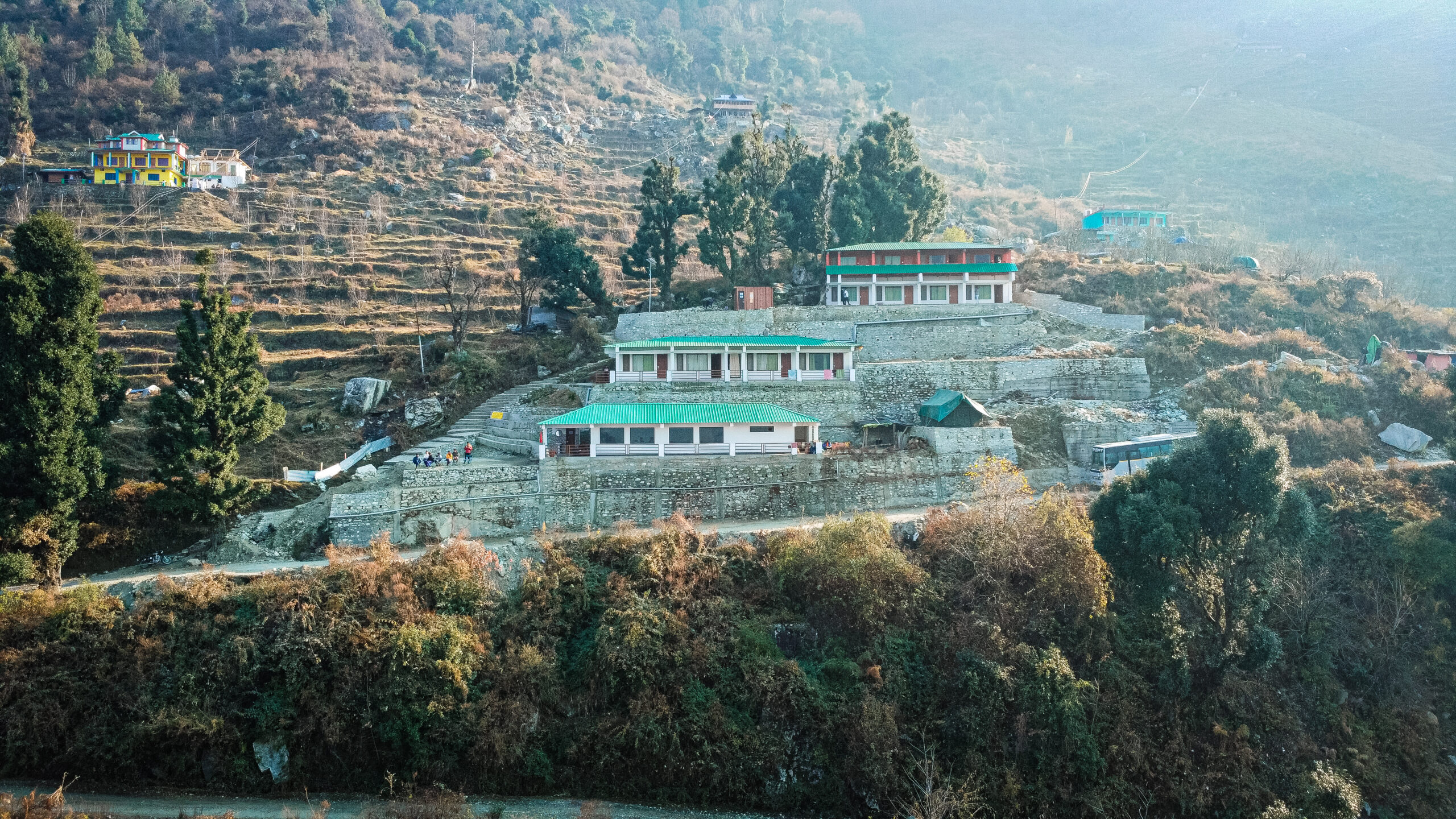
March 4, 2024
Work from Mountains: My Unforgettable Experience with Himalaya Shelter
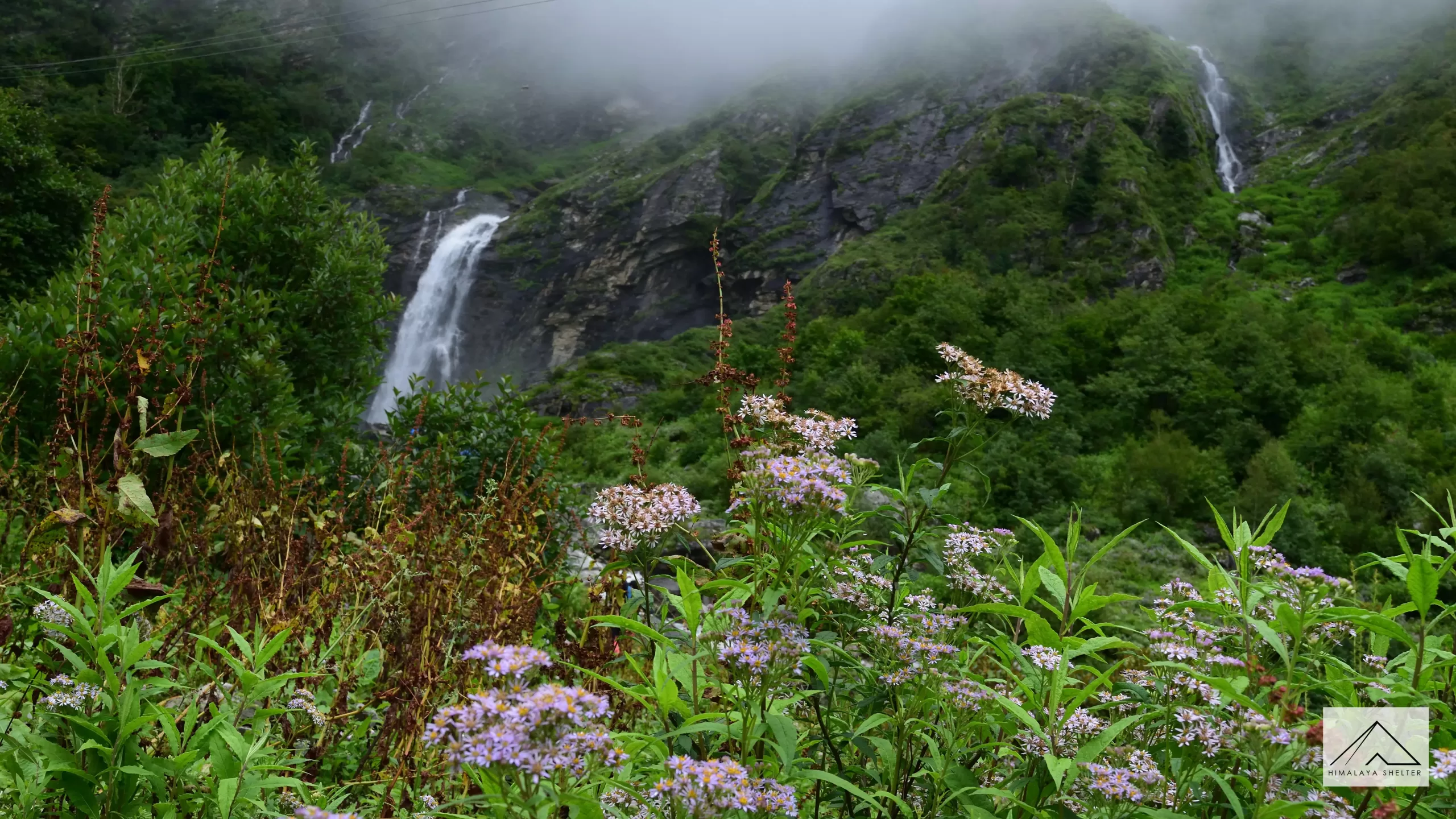
January 19, 2024
Valley of Flowers the ‘Most Beautiful Monsoon Trek in India’

May 15, 2024
Kedarkantha Trek: A Trek That Changed My Life
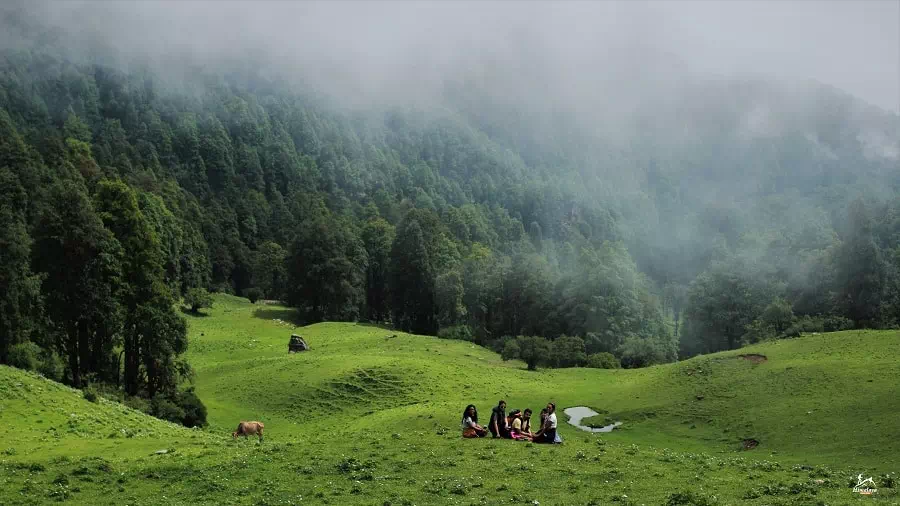
May 10, 2024
Butter Festival Bliss: Trekking Through Tradition On Dayara Bugyal
May 9, 2024
Top 5 Best Treks in Kashmir

May 8, 2024
My All Time Favorite Trek- Kashmir Great Lakes Trek: Heaven on Earth
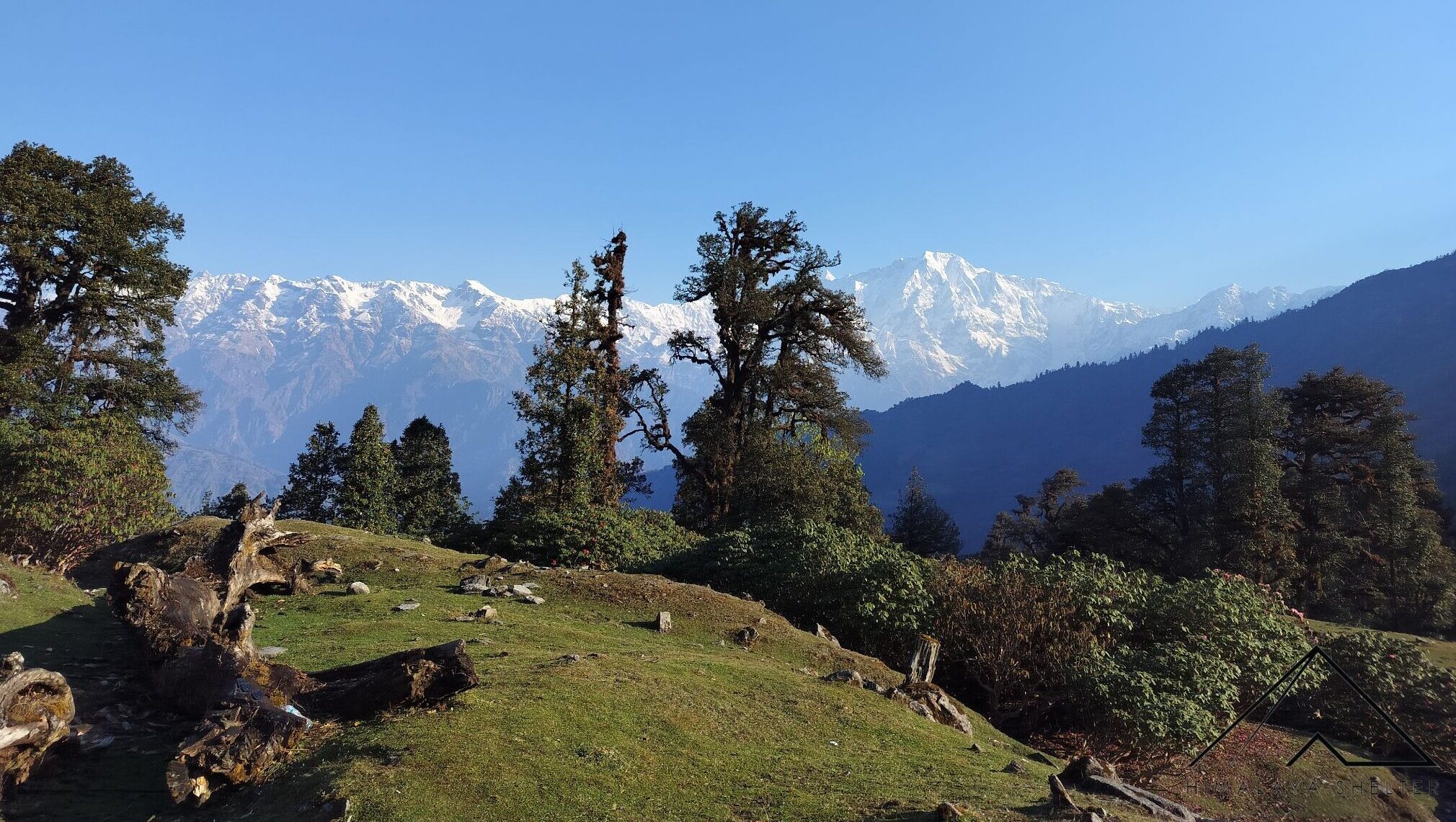
May 1, 2024
Ranthan Kharak- A Trek To Fairyland In The Kumaon Himalayas
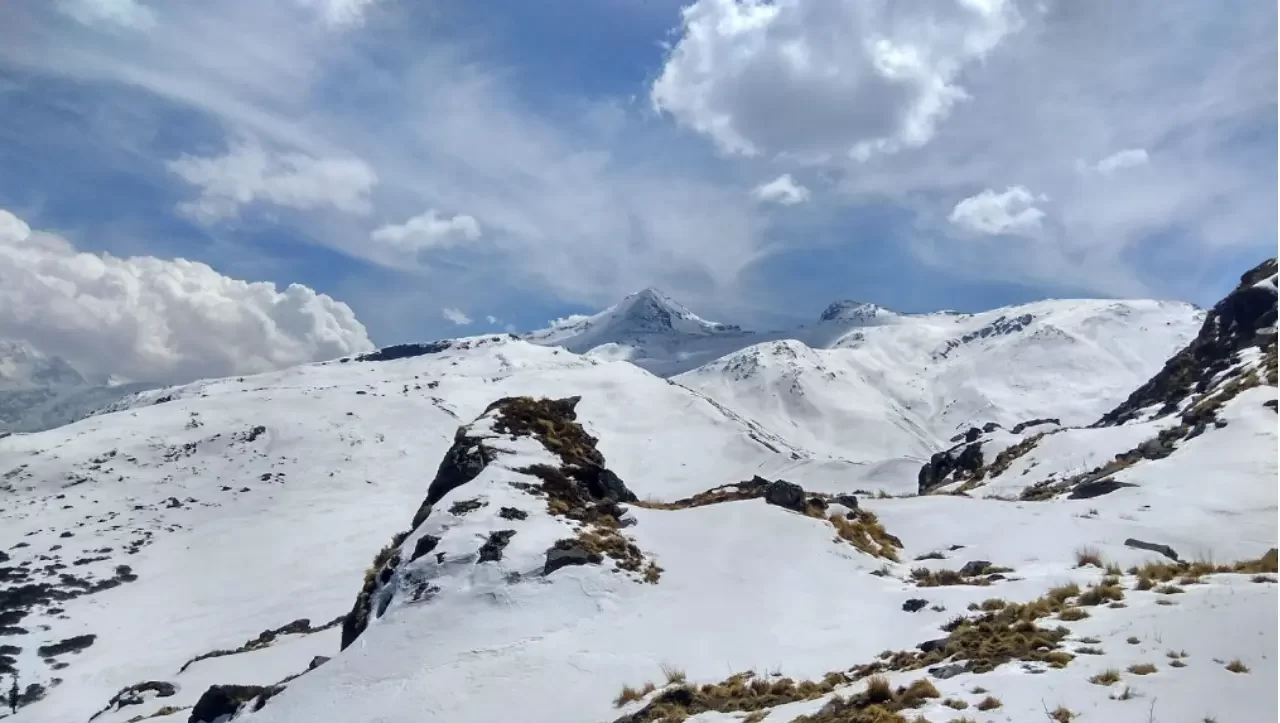
April 29, 2024
Pangarchulla Peak in early spring
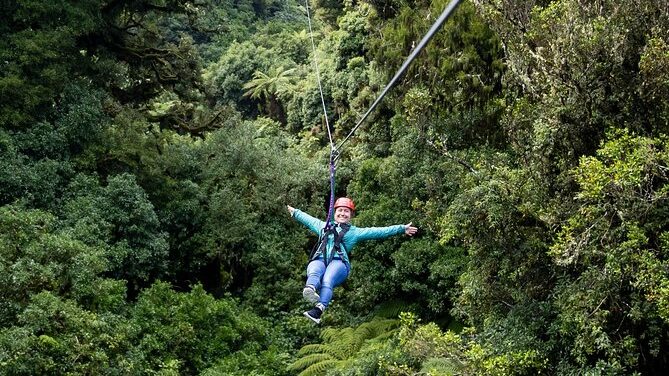
March 28, 2024
Things to do near/at Sankri
A complete guide about the beautiful Himalayan village named Sankri. This article contains all the details that you need to know about Sankri. The best treks from Sankri, The best accommodation in...
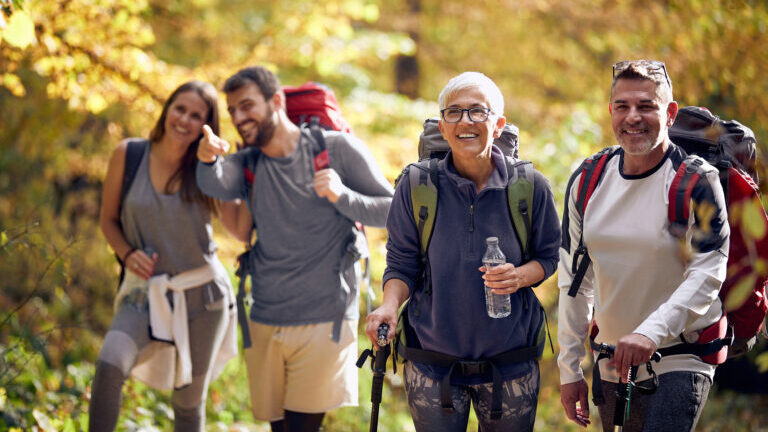
March 20, 2024
Customize your Trek with Himalaya Shelter
A comprehensive guide for trekkers and adventure enthusiasts curious about the structure of a customized trekking program. This article outlines all the facilities provided within our customized trekking programs.

March 14, 2024
Top 30 Best Places to Visit and best treks to do in Mussoorie:
A complete guide about the best places to visit near Mussoorie, the famous picnic destinations in Mussoorie, best trekking places near Mussoorie
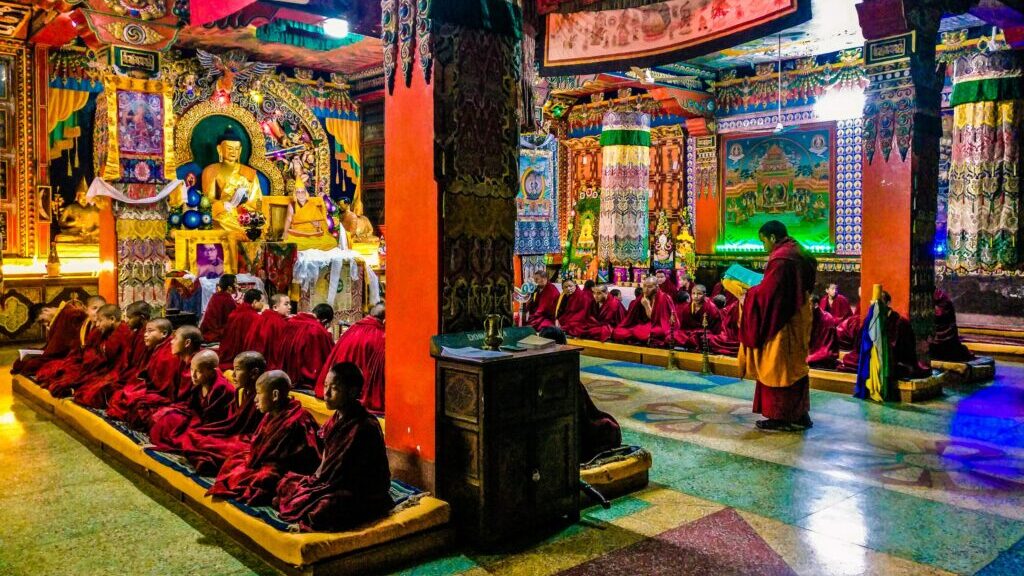
March 11, 2024
Best Treks to do & Best Places to Visit in Dehradun
A complete guide about the best places to visit near Dehradun, the famous picnic destinations in Dehradun, best trekking places near Dehradun
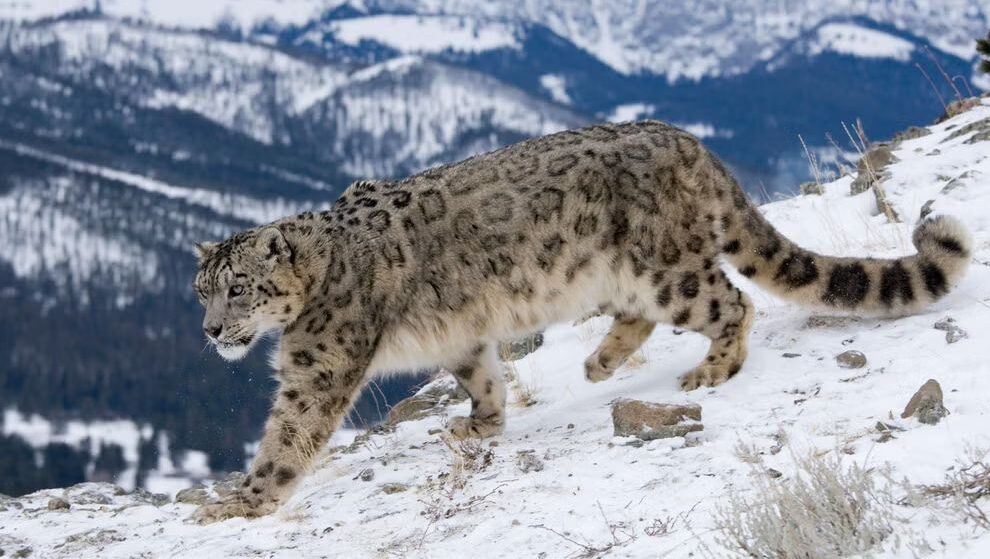
February 2, 2024
National Parks of Uttarakhand-A Journey through Uttrakhand's Spectacular National Parks
A complete guide to the most popular and famous National parks of Uttrakhand, India along with the trekking destinations associated with them.
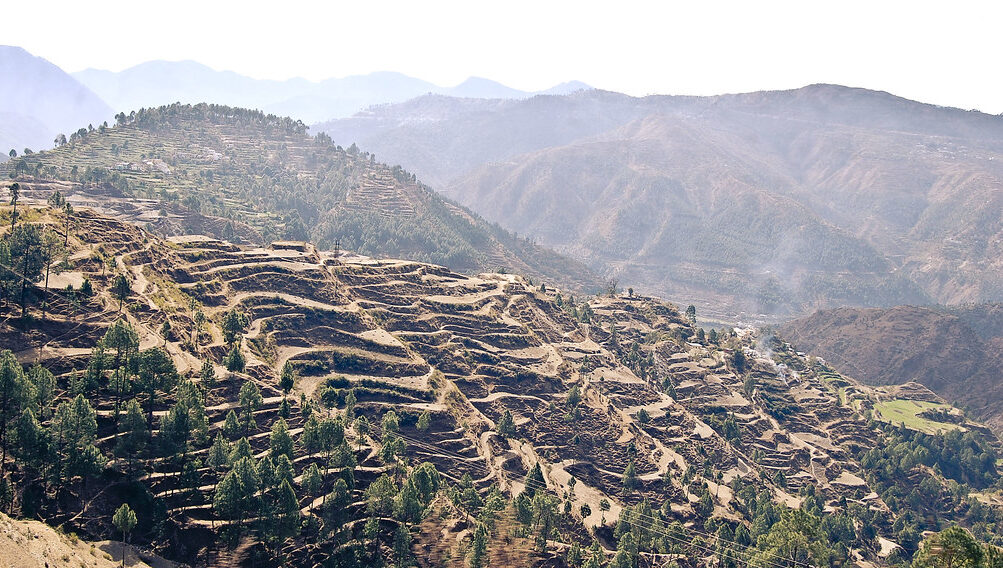
Ranikhet, India: Your handbook to 'Land of the Queen'
January 13, 2024
Best Monsoon Treks in India
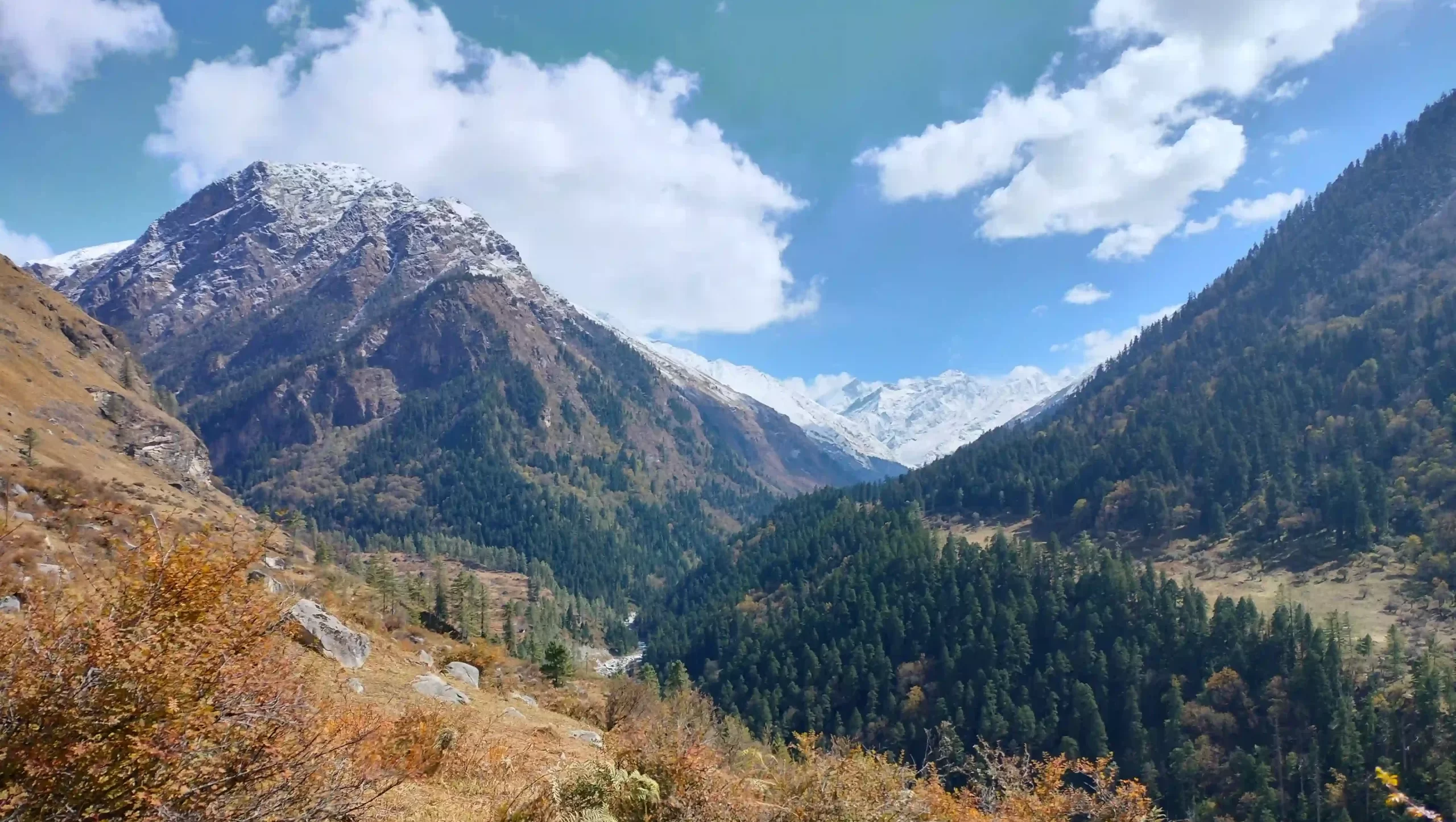
How to Find the Best Time to Trek Har Ki Dun- A Complete Guide
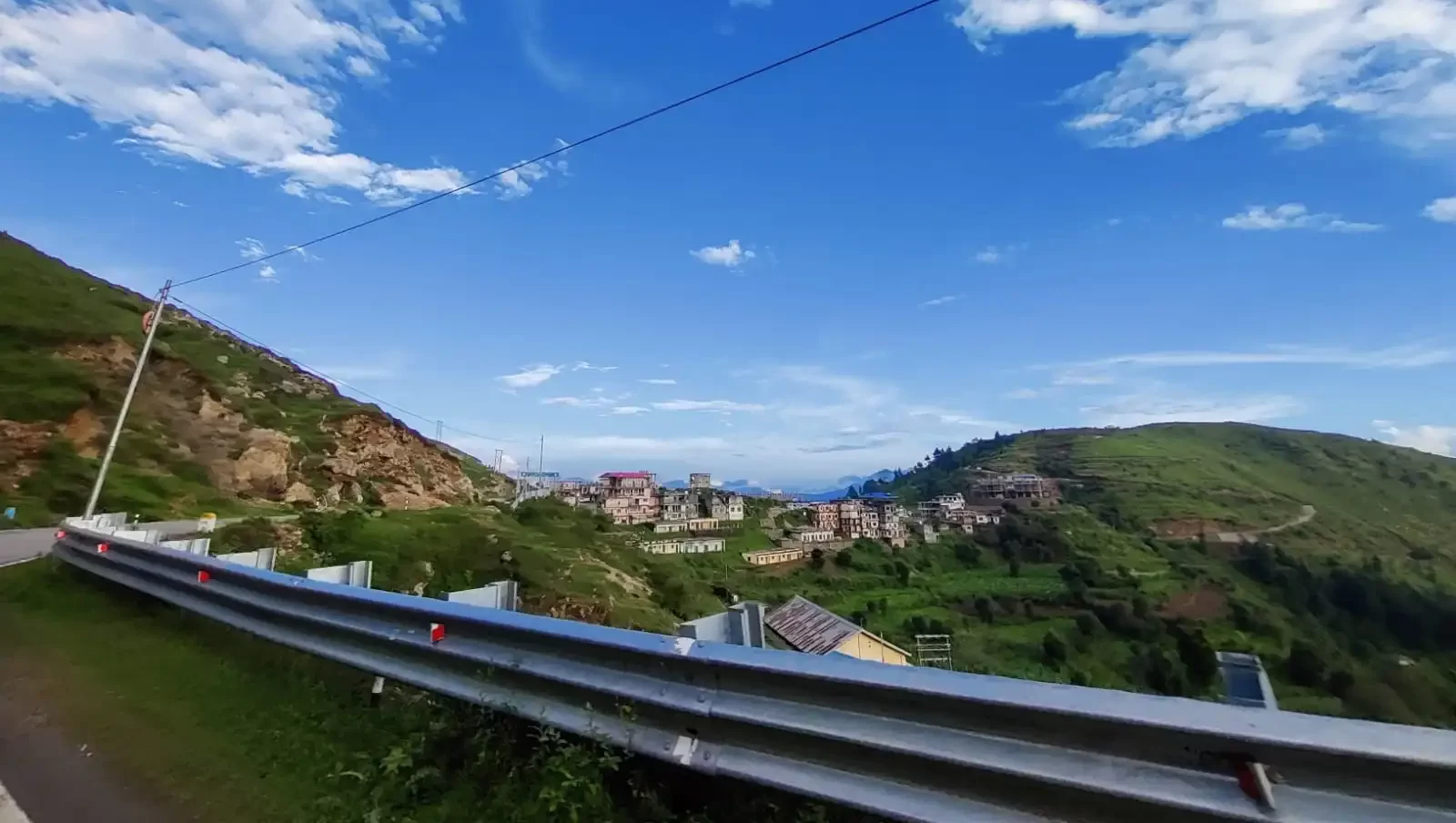
Chakrata: An Offbeat Hill Station in Uttarakhand

January 12, 2024
Eco-friendly Exploration of the Himalayas
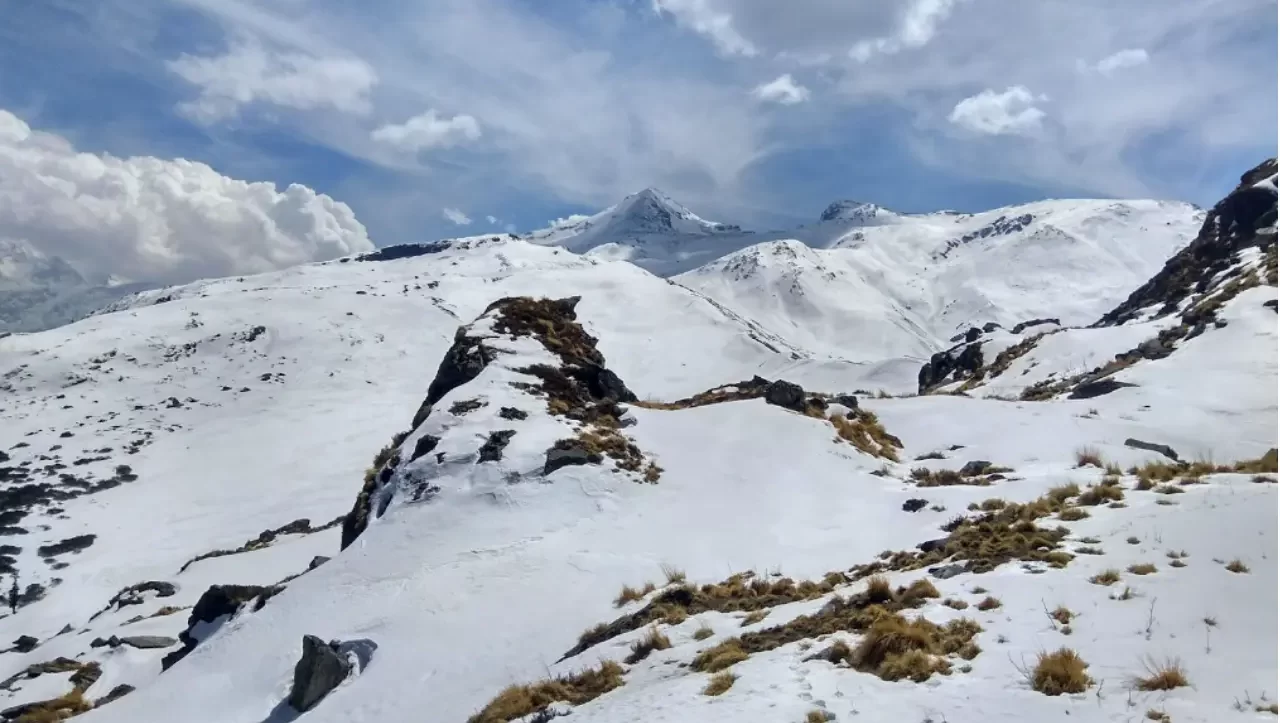
Top 10 Moderate Treks in Uttarakhand
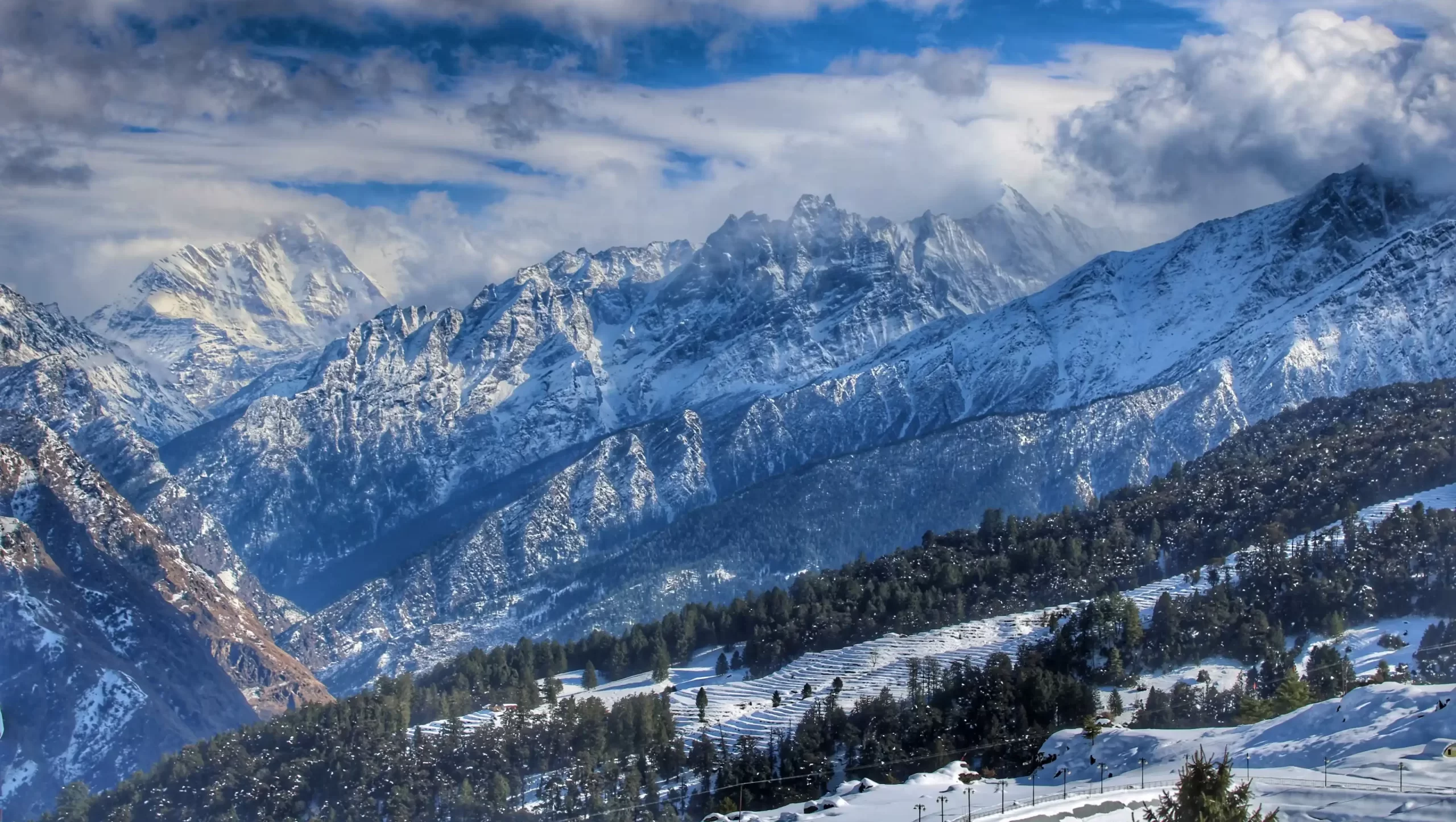
January 11, 2024
Auli Uttarakhand- Your Ultimate Adventure Destination to Visit
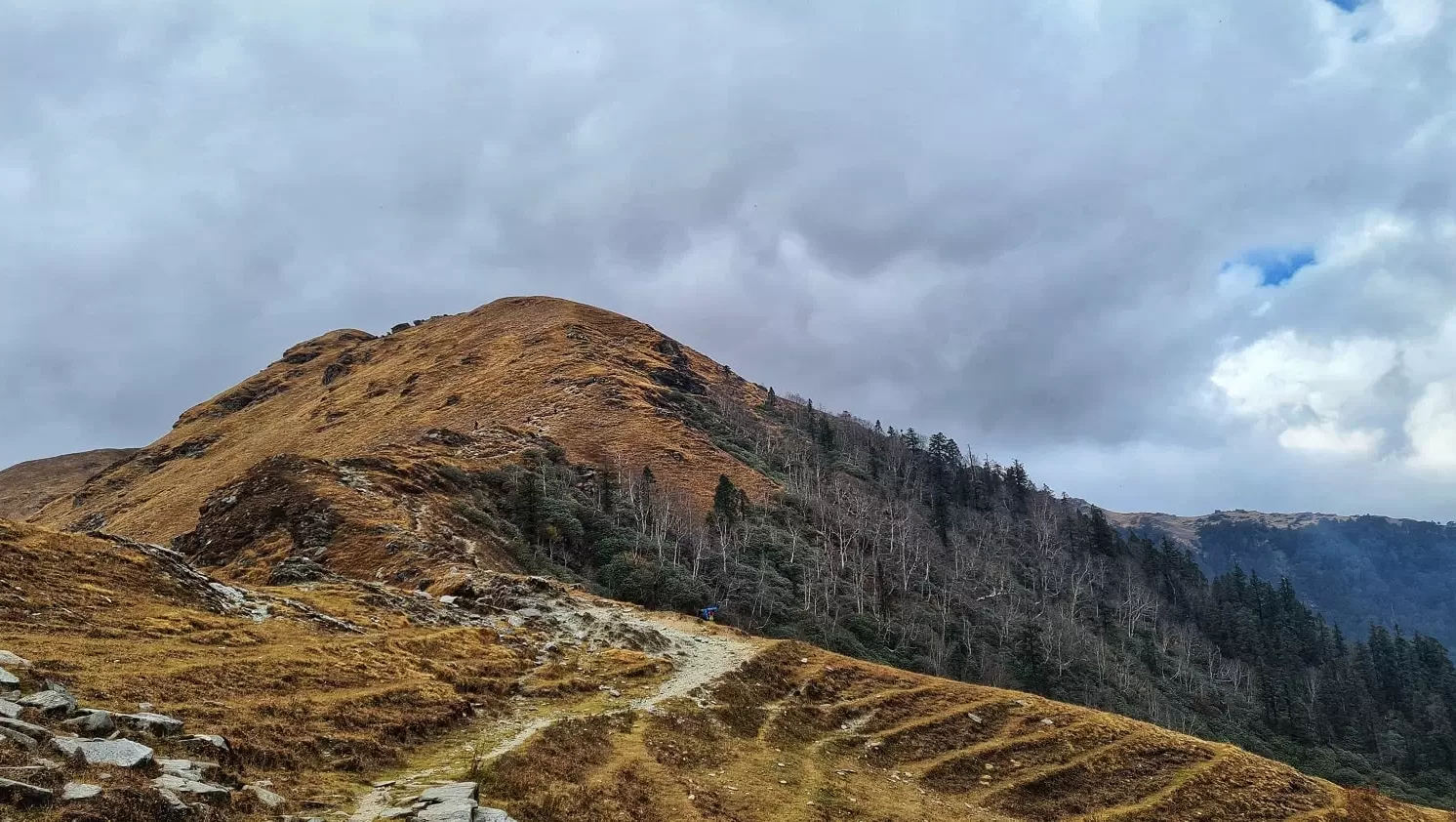
January 9, 2024
Phulara Ridge Trek Blog - All you will need to know
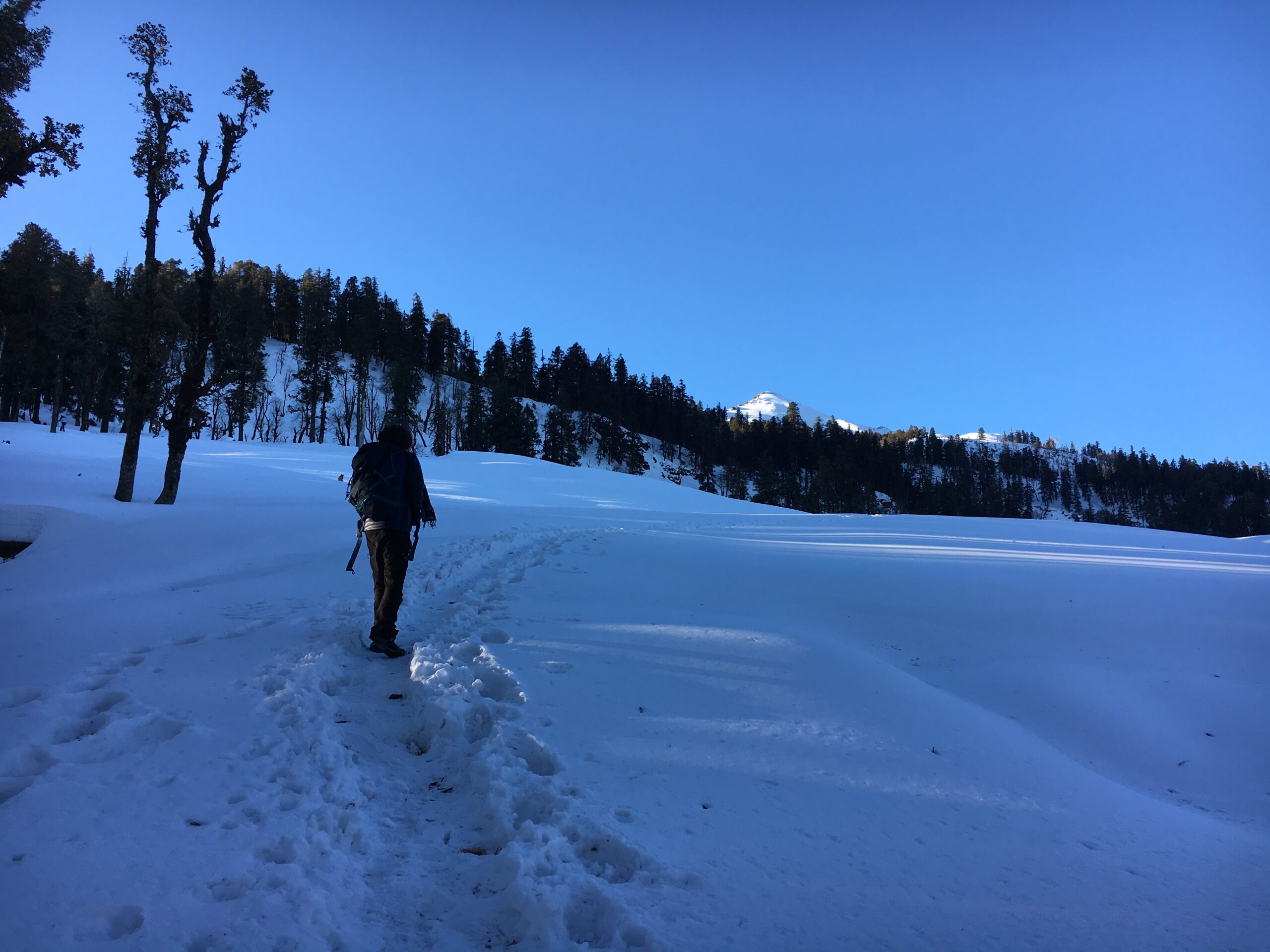
December 11, 2023
Kedarkantha Trek: Peaks and Panoramas in a Himalayan Odyssey
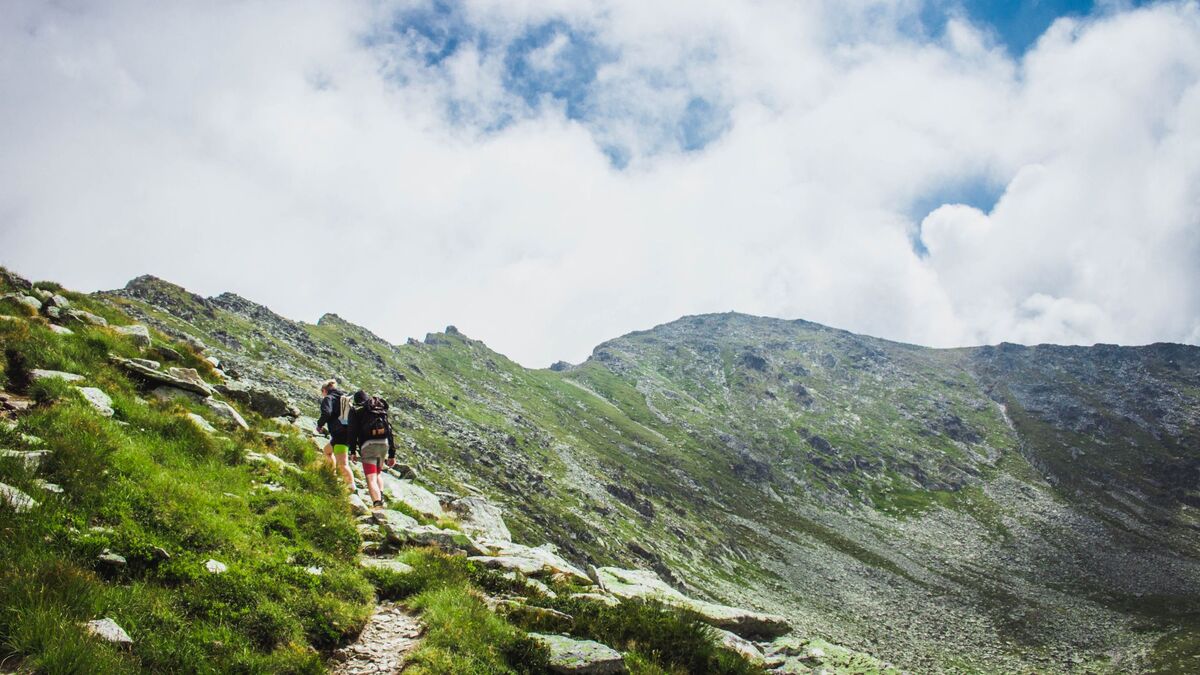
September 28, 2023
8 Essential Safety Tips for Trekking in the Himalayan Mountains for a Safe Journey
Trekking in the Himalayas offers a unique experience, combining imposing peaks, serene valleys, and diverse cultures. Preparation and safety are crucial.

September 25, 2023
14 Best Destinations for Spiritual Trekking in the Indian Himalayas
Explore the divine heights of the Indian Himalayas with our guide to the 14 Best Destinations for Spiritual Trekking.
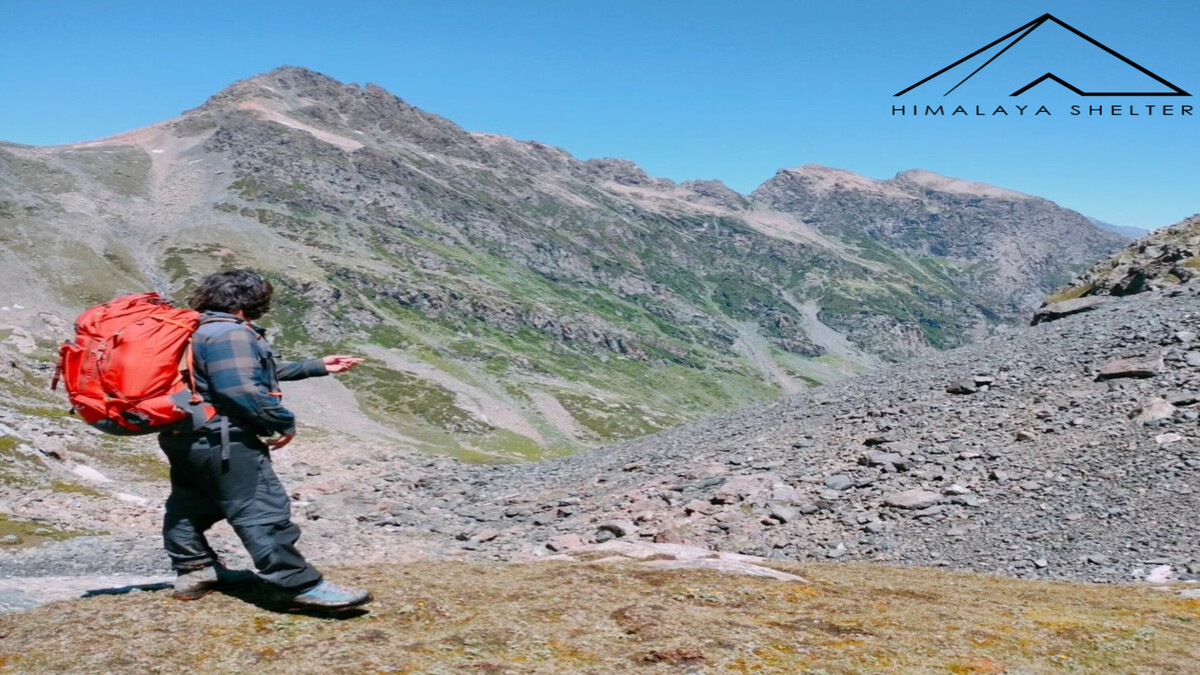
September 22, 2023
Solo or Group Trekking in the Himalayas: Which is Best for You
Explore the pros and cons of solo and group trekking in the majestic Himalayas to find out which suits your trekking style best.
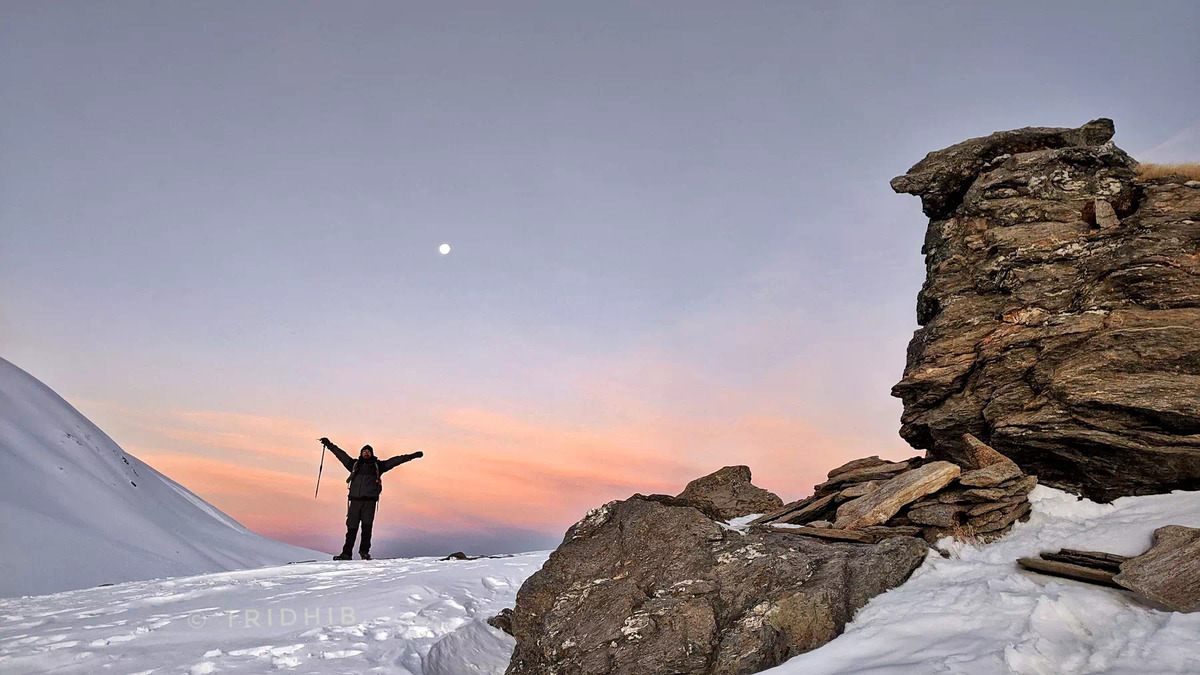
13 Best Himalayan Treks To Do in October, November, and December in India
Discover stunning treks to do in Himalaya in October, November, and December in India.

September 18, 2023
Himalayan Trekking Permits: A Complete Guide for Adventurers
Explore our comprehensive guide to Himalayan Trekking Permits, designed for adventurers like you.
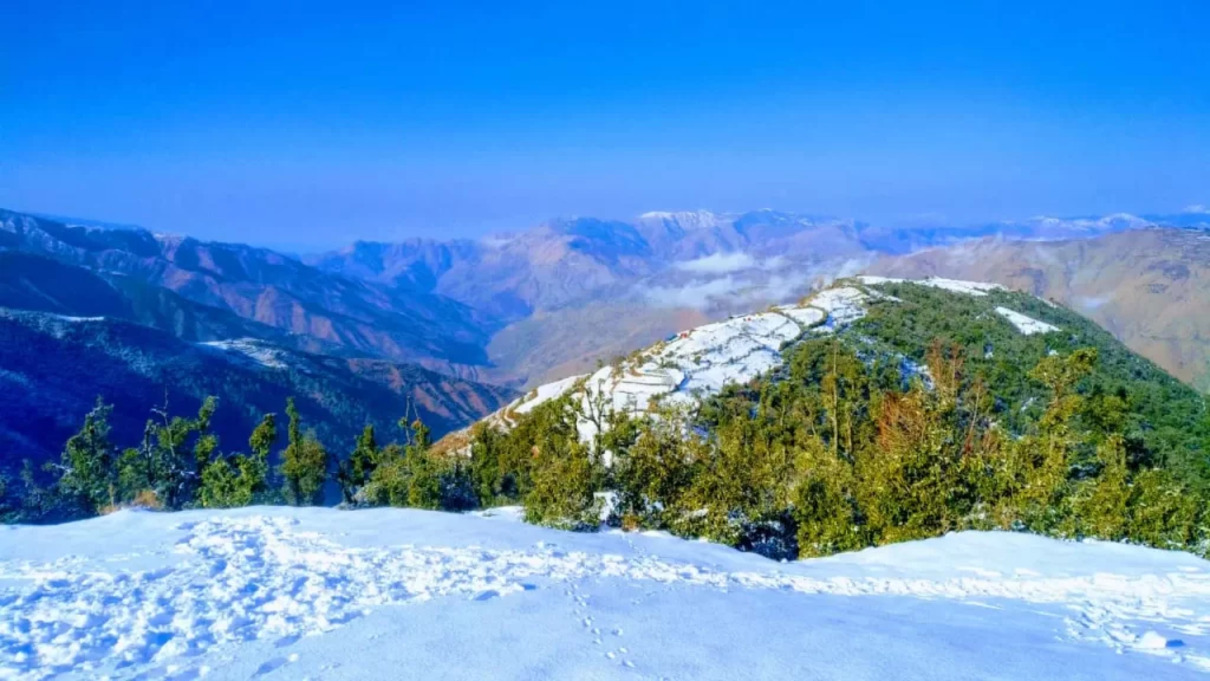
Discover the Top 15 Trekking Places in Kashmir in 2023 From Lakes to Peaks
Discover the top trekking places in Kashmir featuring stunning lakes and towering peaks.
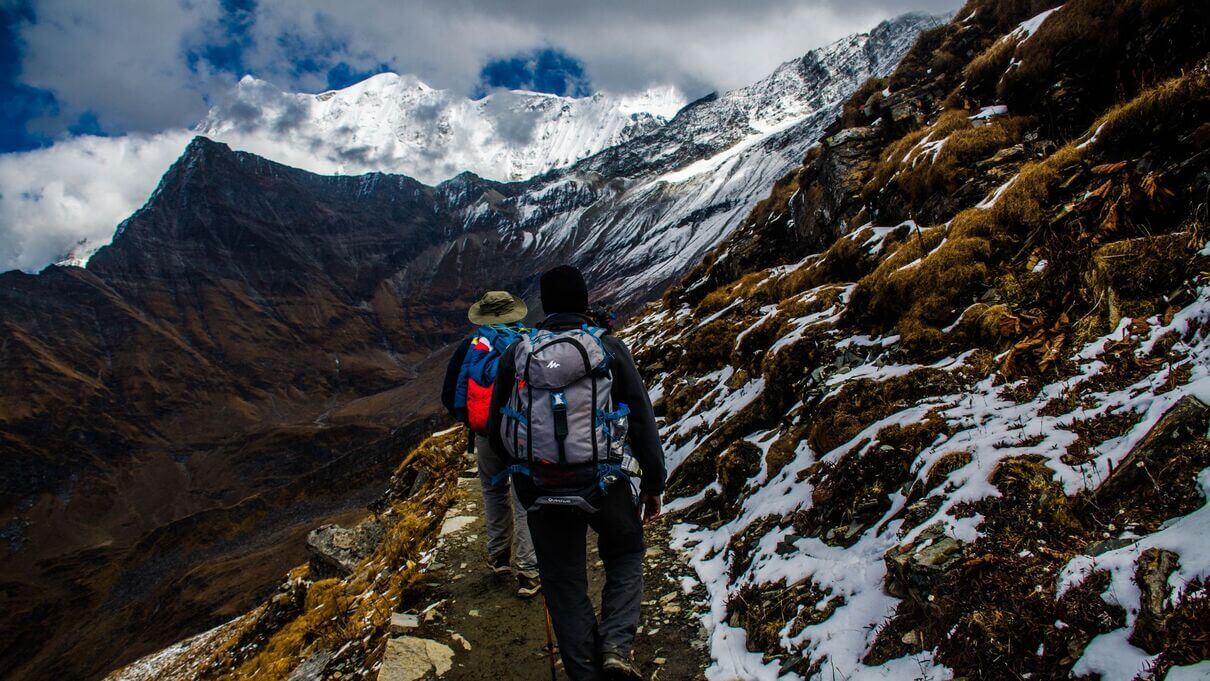
August 23, 2023
Discover the Must-Have Hiking Essentials for Beginners in the Himalayas
Prepare well for beginner Himalayan treks: essentials, best routes, high altitudes, fees, and cultural immersion for a secure adventure.
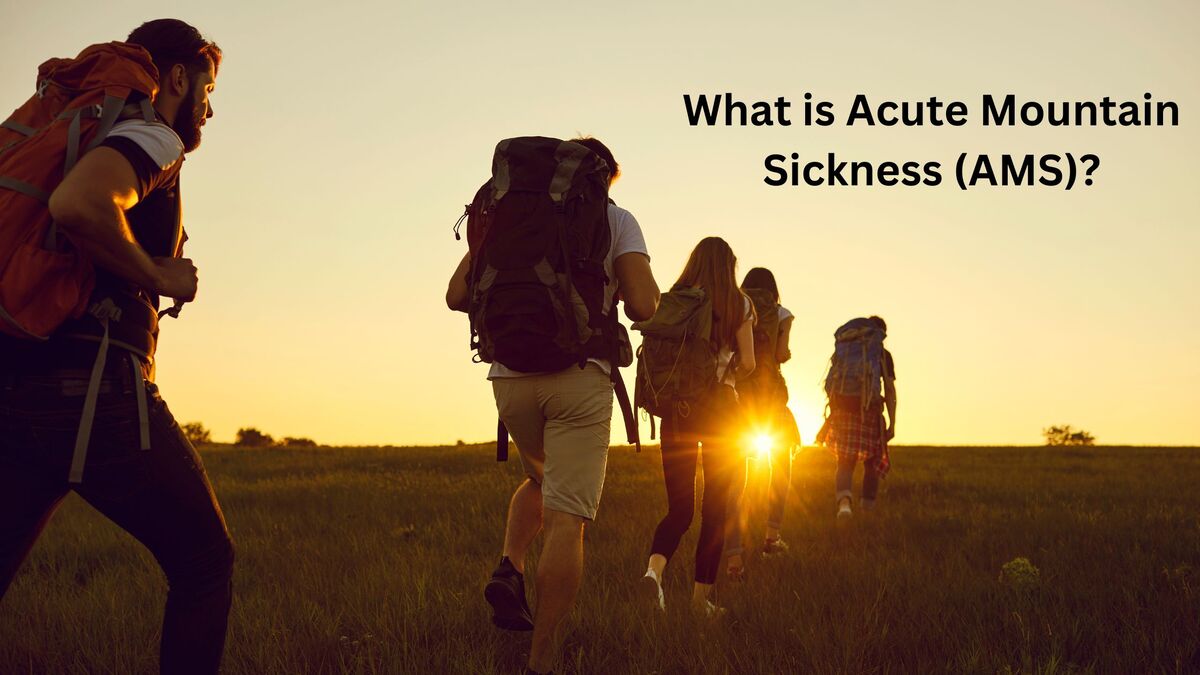
August 18, 2023
Understanding Acute Mountain Sickness: Causes, Symptoms, and Treatments
Discover the causes, symptoms, prevention strategies, and effective treatments for Acute Mountain Sickness (AMS).

August 16, 2023
10 Stunning Treks Near Manali, Himachal Pradesh in 2023
Explore Himachal's stunning landscapes with thrilling Manali treks. Experience extraordinary walks amidst magnificent mountains and serene roads.

August 14, 2023
9 Best Short Treks in Uttarakhand for 1, 2, or 3 Days for a Weekend Escape
Explore Uttarakhand's stunning weekend getaways with short treks, immersing yourself in nature's beauty and adventure on these breathtaking trails.
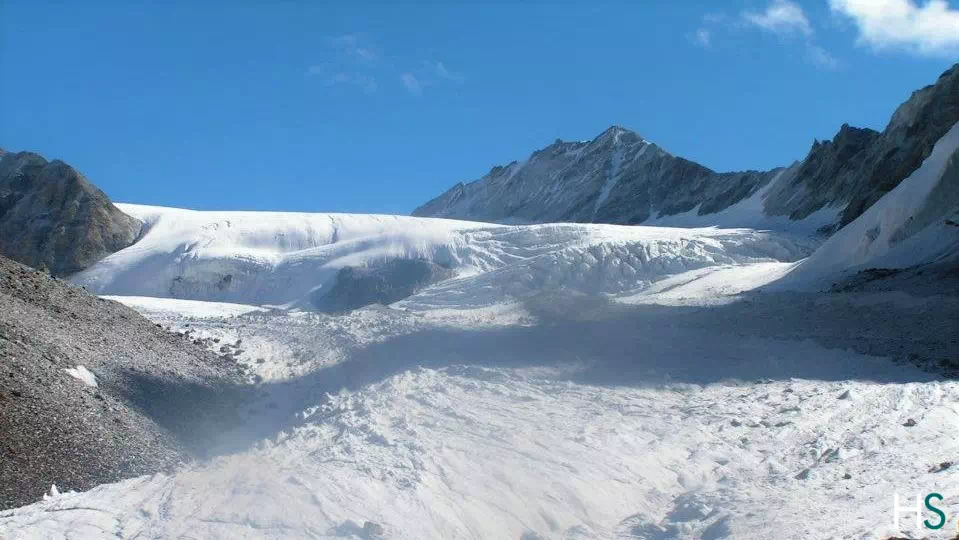
August 9, 2023
10 Toughest and Most Difficult Treks in India in 2023 to Push Your Boundaries
Discover the toughest and most difficult treks in India and test your endurance in the breathtaking landscapes of the Himalayas.
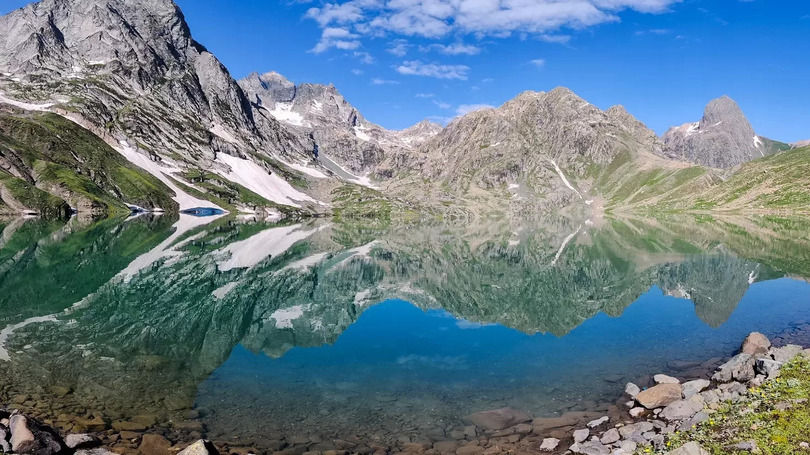
July 25, 2023
11 Best Places to Visit in Sonamarg, Things to Do & Attractions
Sonamarg, in India, captivates with its stunning landscapes. Nestled in Kashmir, it's a serene haven for nature and adventure enthusiasts.
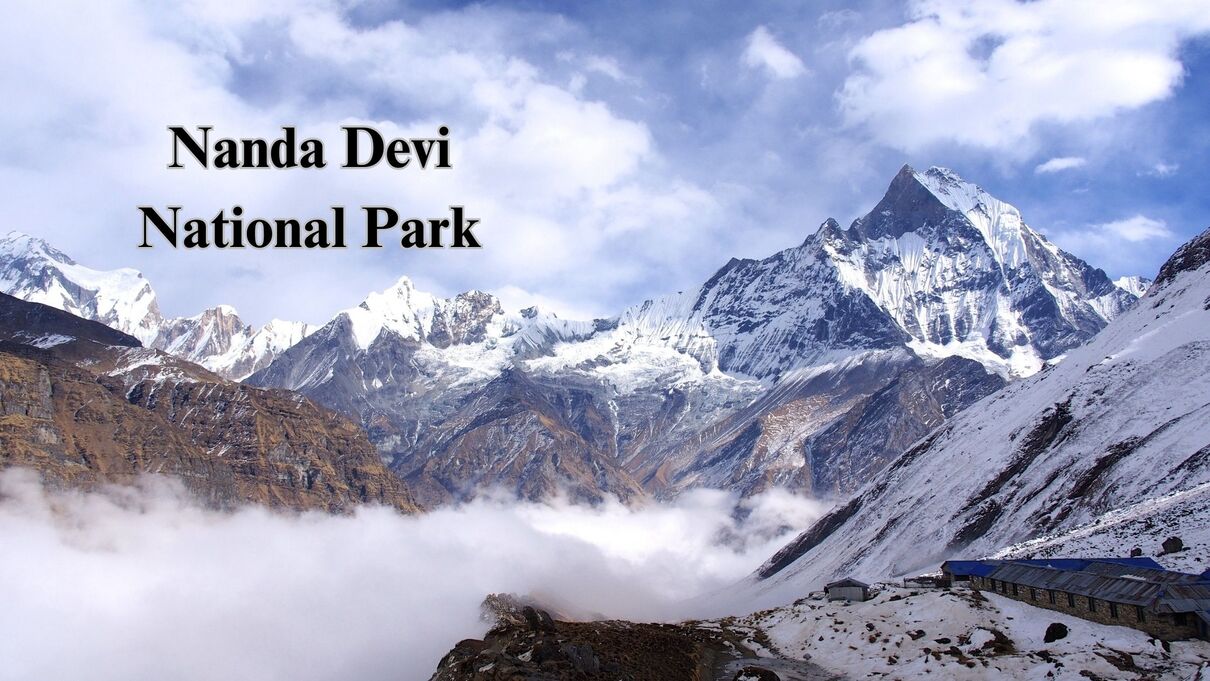
July 24, 2023
Nanda Devi National Park, Uttarakhand - How To Reach, Best Time to Visit
Nanda Devi National Park, in Uttarakhand, India, is a UNESCO World Heritage Site known for its stunning Himalayan landscapes.
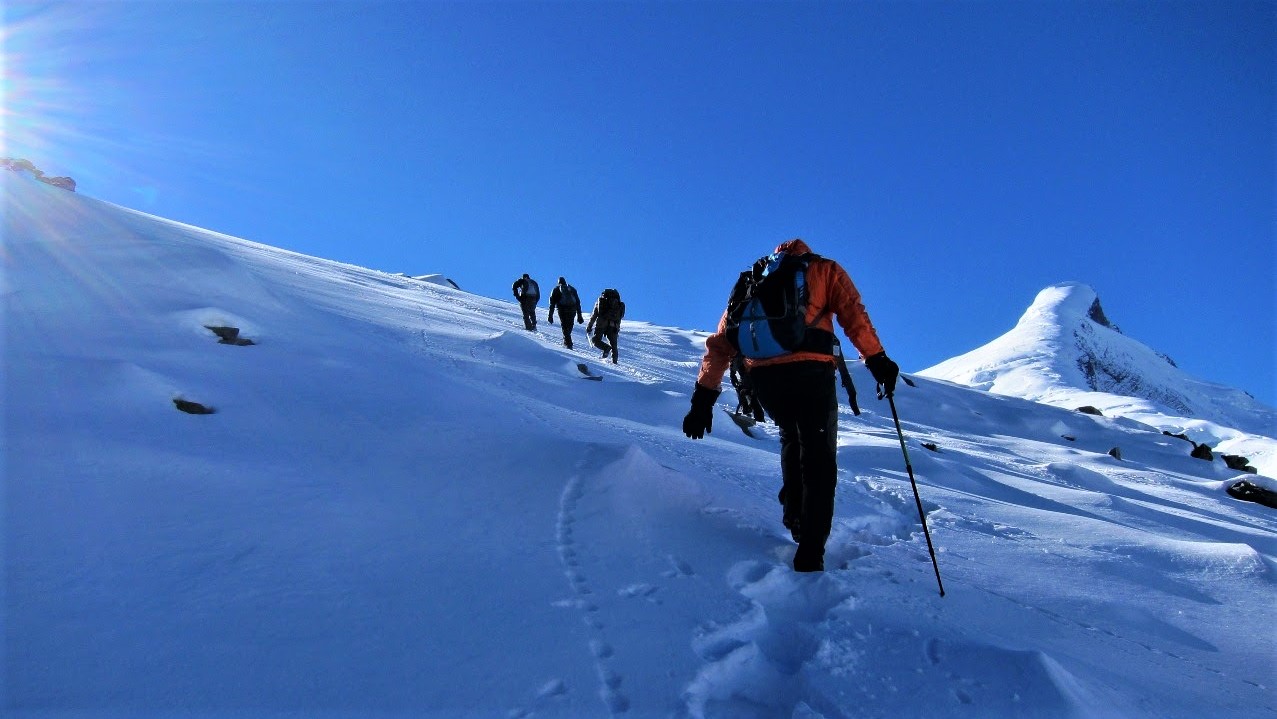
July 19, 2023
15 Best Himalayan Treks for Beginners in India in 2023
Discover beginner-friendly treks in India's Himalayas. Experience breathtaking mountain beauty, push limits, and connect with nature in stunning landscapes.
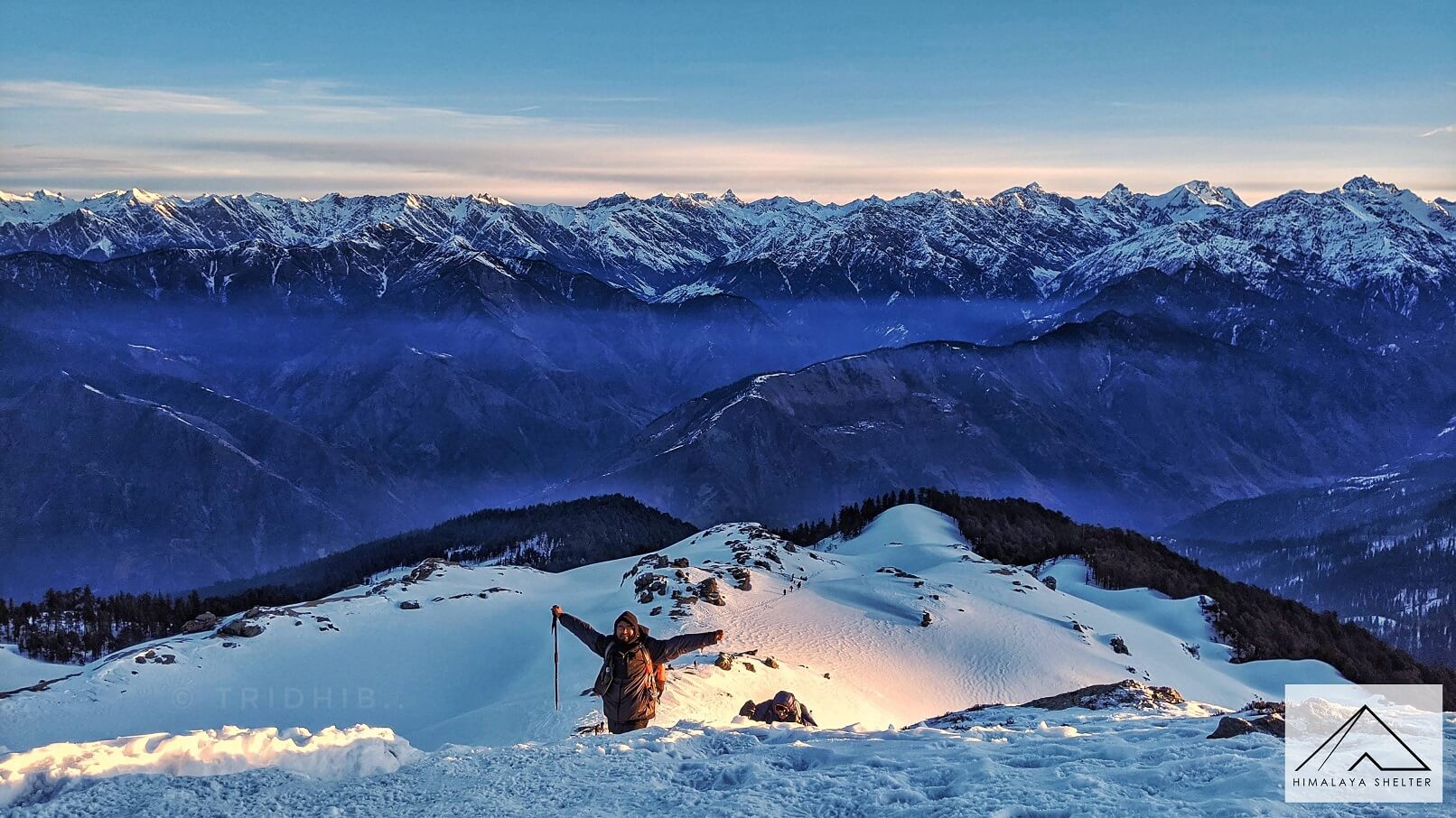
July 18, 2023
Top 15 Highest Mountain Peaks of Uttarakhand in 2023
The state of Uttarakhand boasts of two of the top three mountains in India. Read the blog to find out about the famous peaks of Uttarakhand...
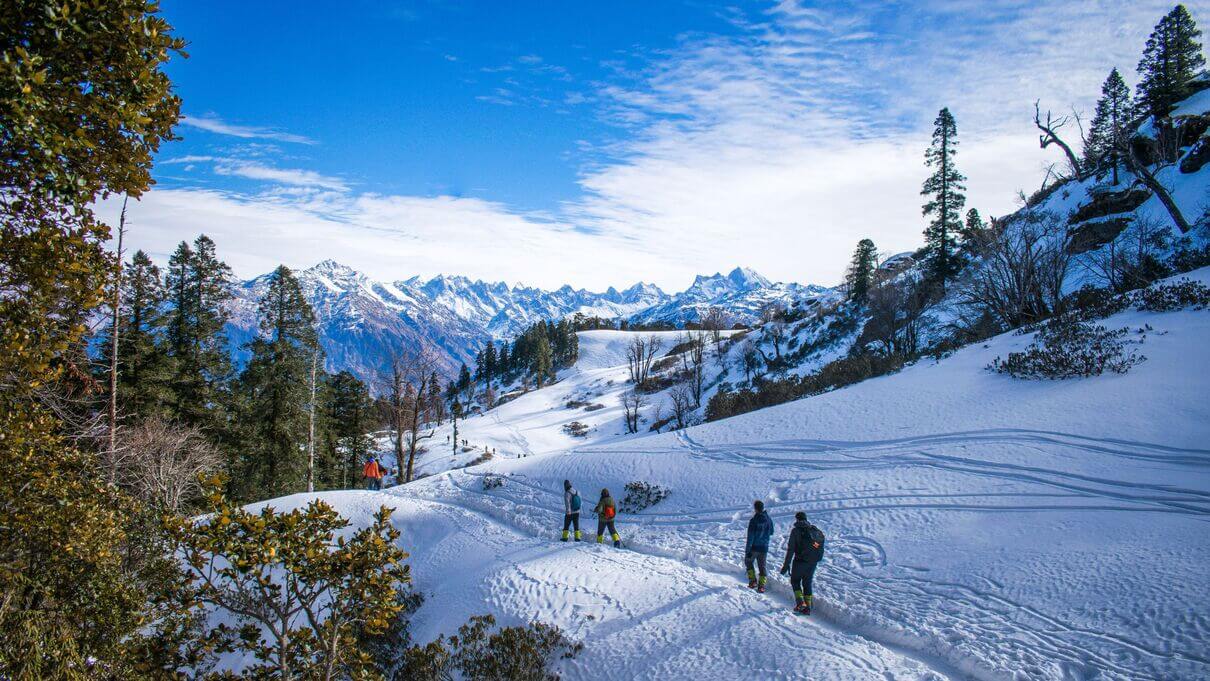
July 13, 2023
Trekking in Rishikesh: 10 Best Treks near Rishikesh
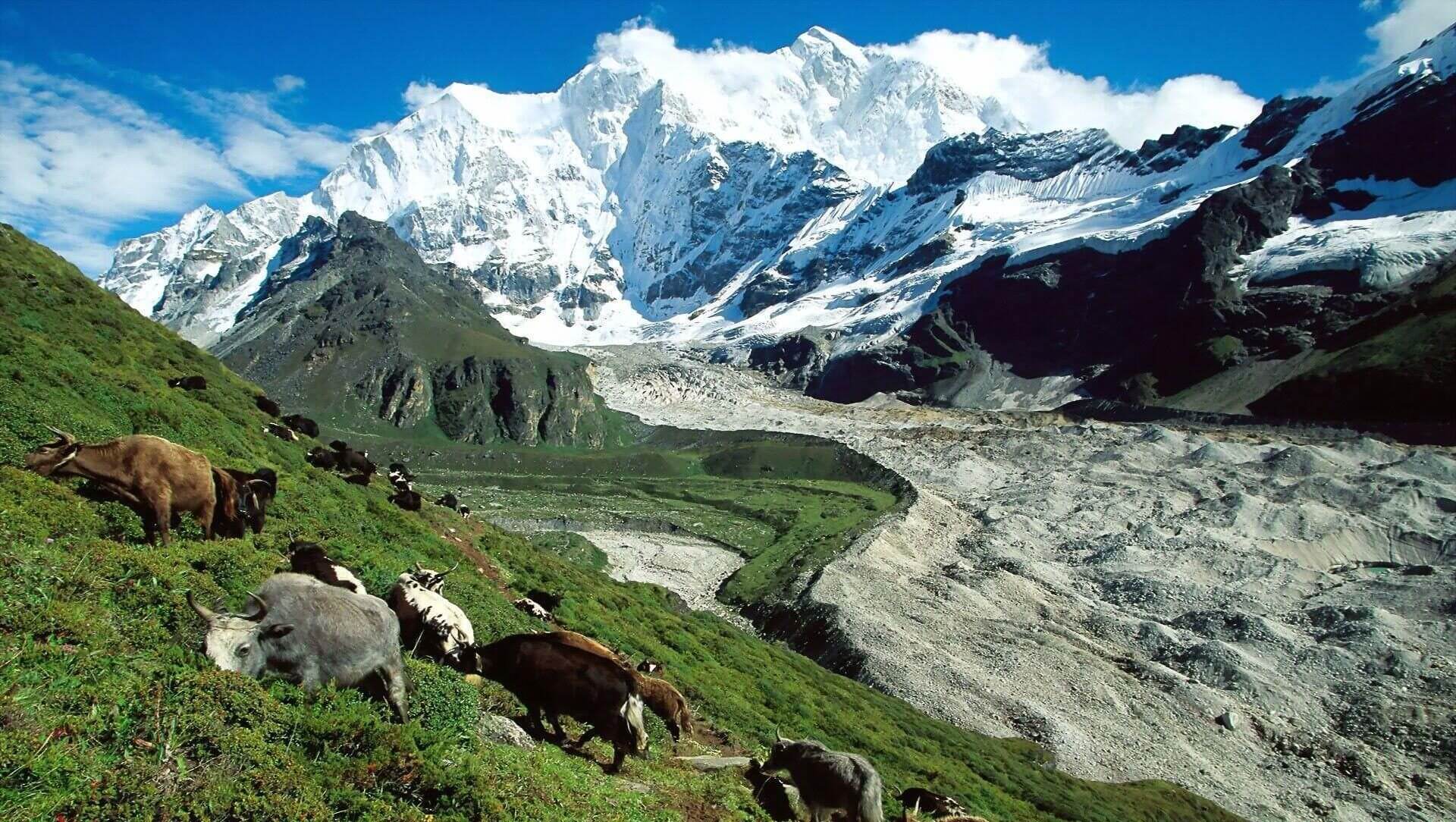
July 11, 2023
13 Best Monsoon Treks in India to Do in June to September 2023
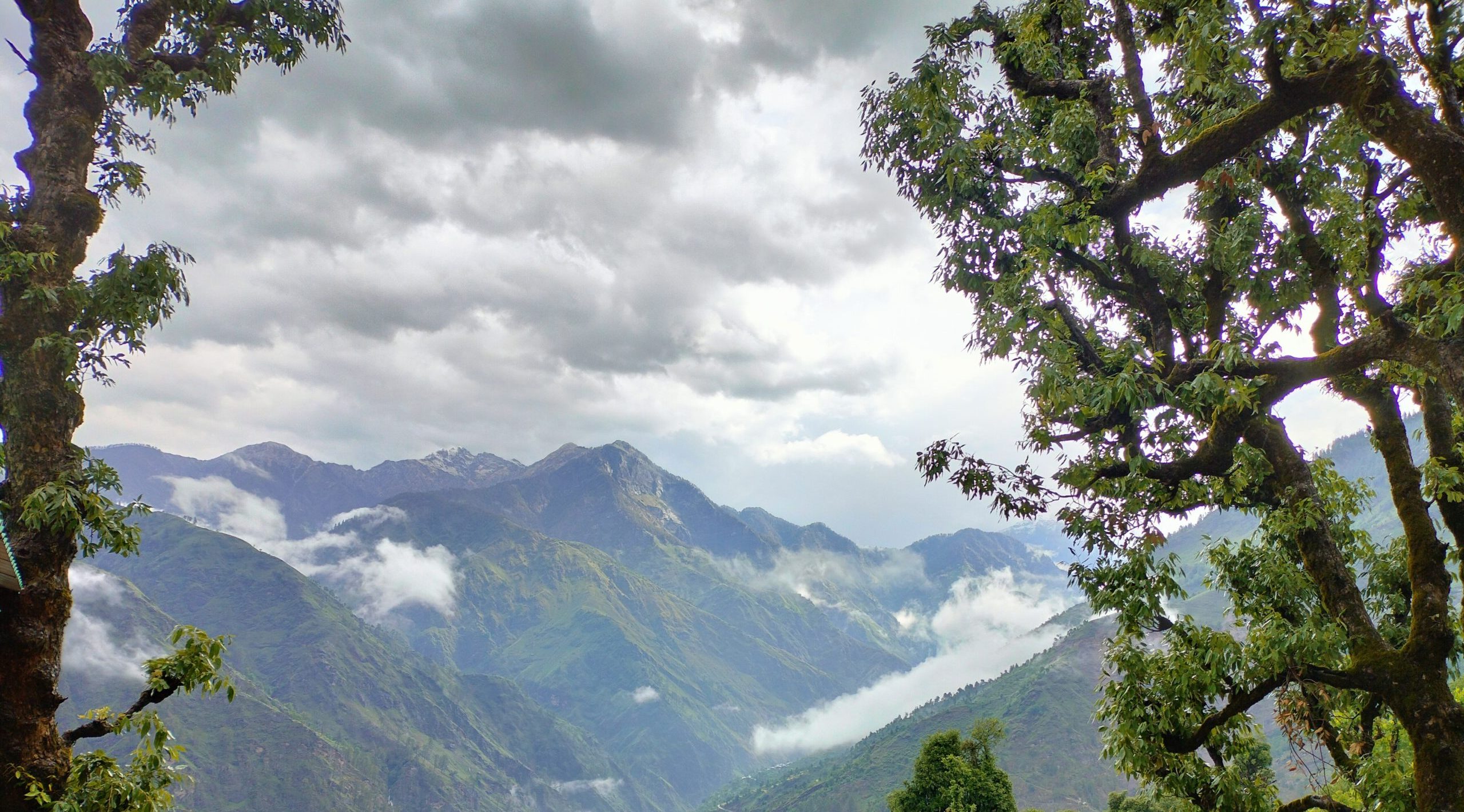
June 19, 2023
Sankri beyond the base of Har ki Dun - Trekker's experience
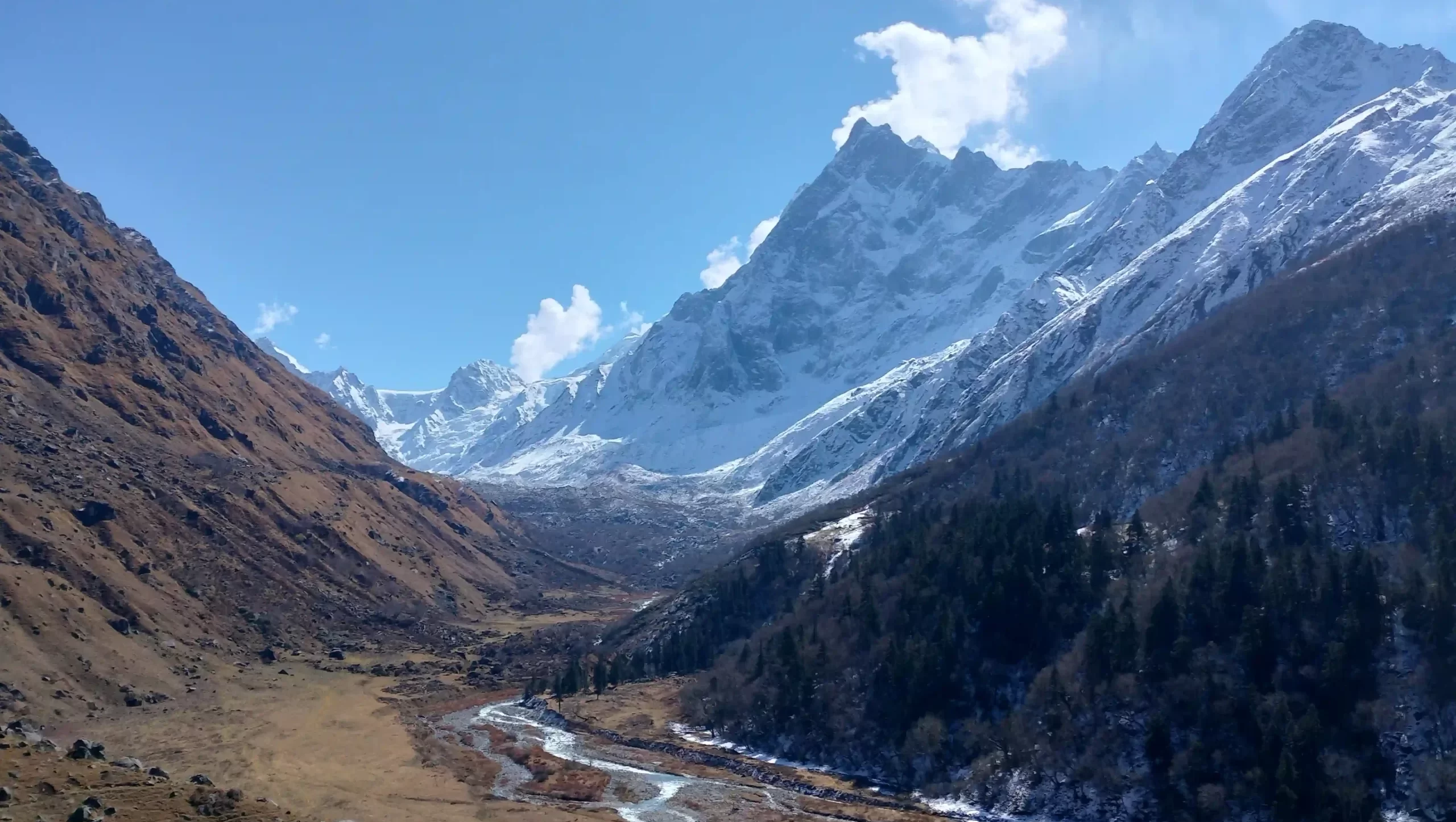
Your Guide to Altitude, Elevation, and Distance of Har ki Doon Trek
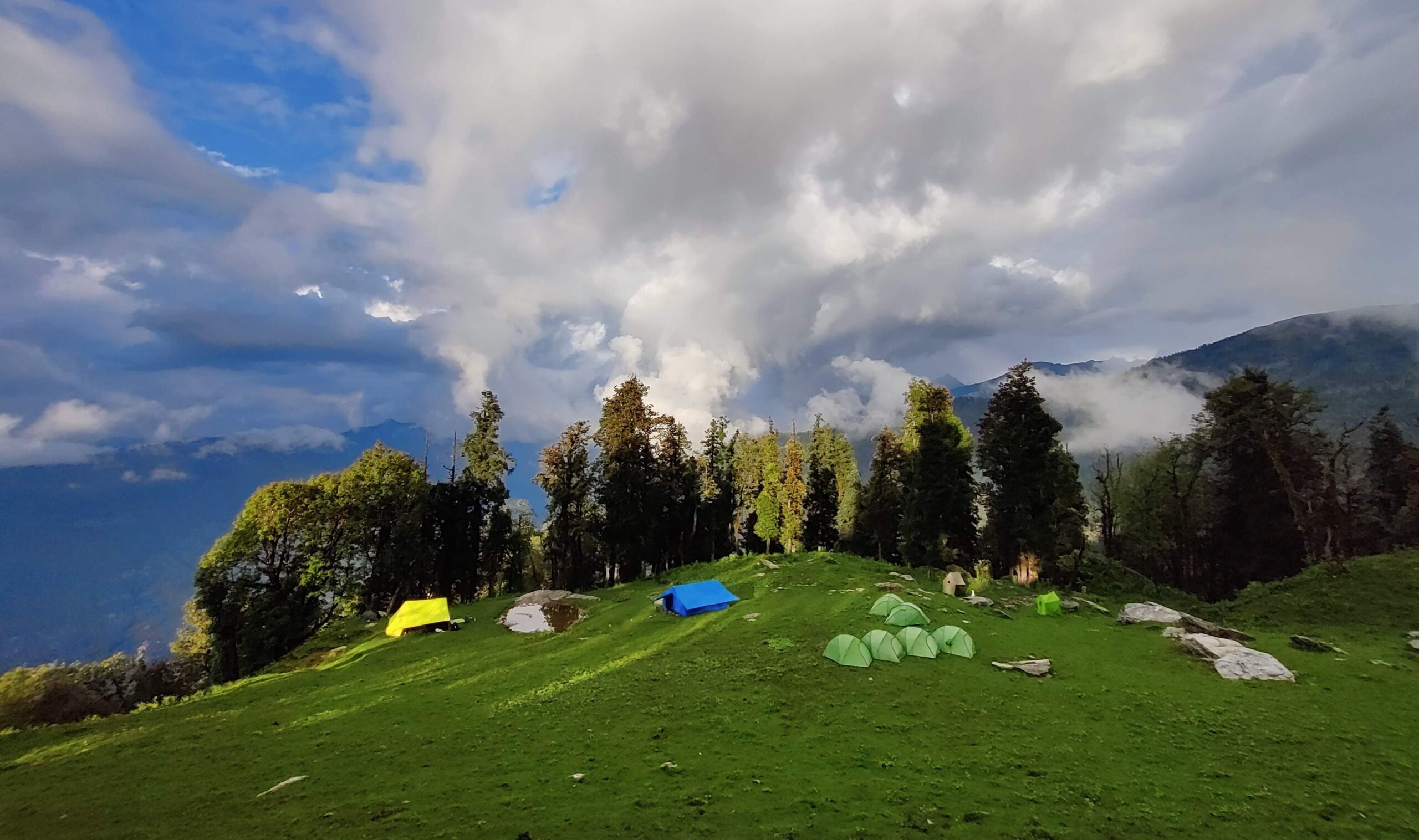
December 1, 2022
Your All-Year Adventure In Uttarakhand
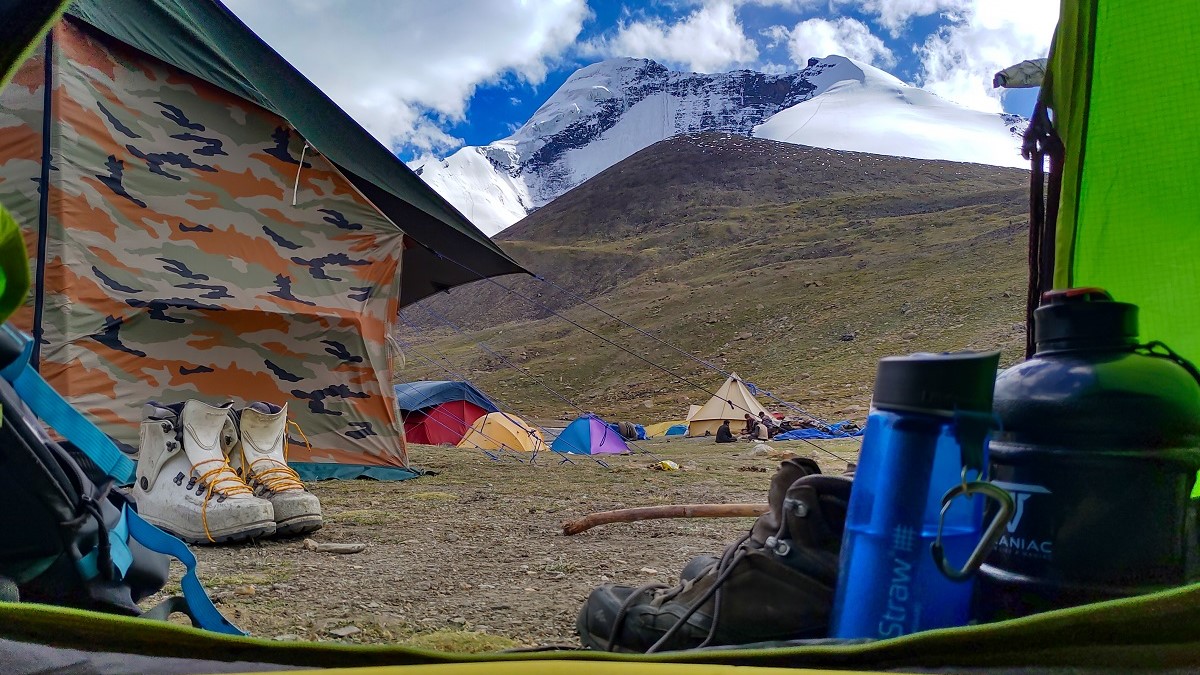
September 10, 2021
Why Is Hydration Important during Himalayan Treks?
Garhwal Himalaya offers thrilling treks. Hydration is crucial, and it's essential to drink water regularly, even in colder temperatures.
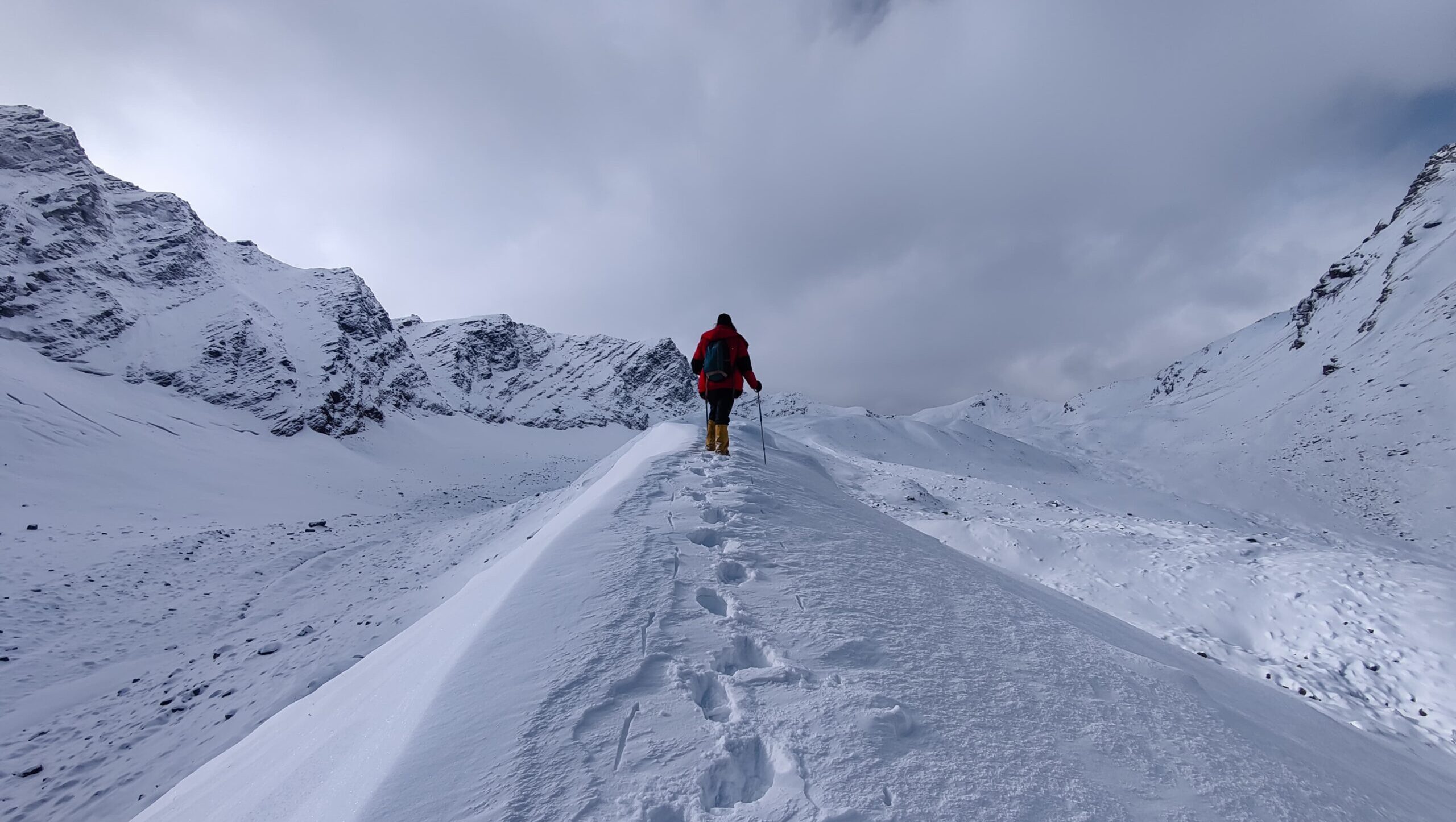
February 1, 2024
Why Bali Pass Should Be Your Next Trek?
Why Bali Pass Trek should be your very next trek? The complete guide. This artiucle has answer of almost all your questions.
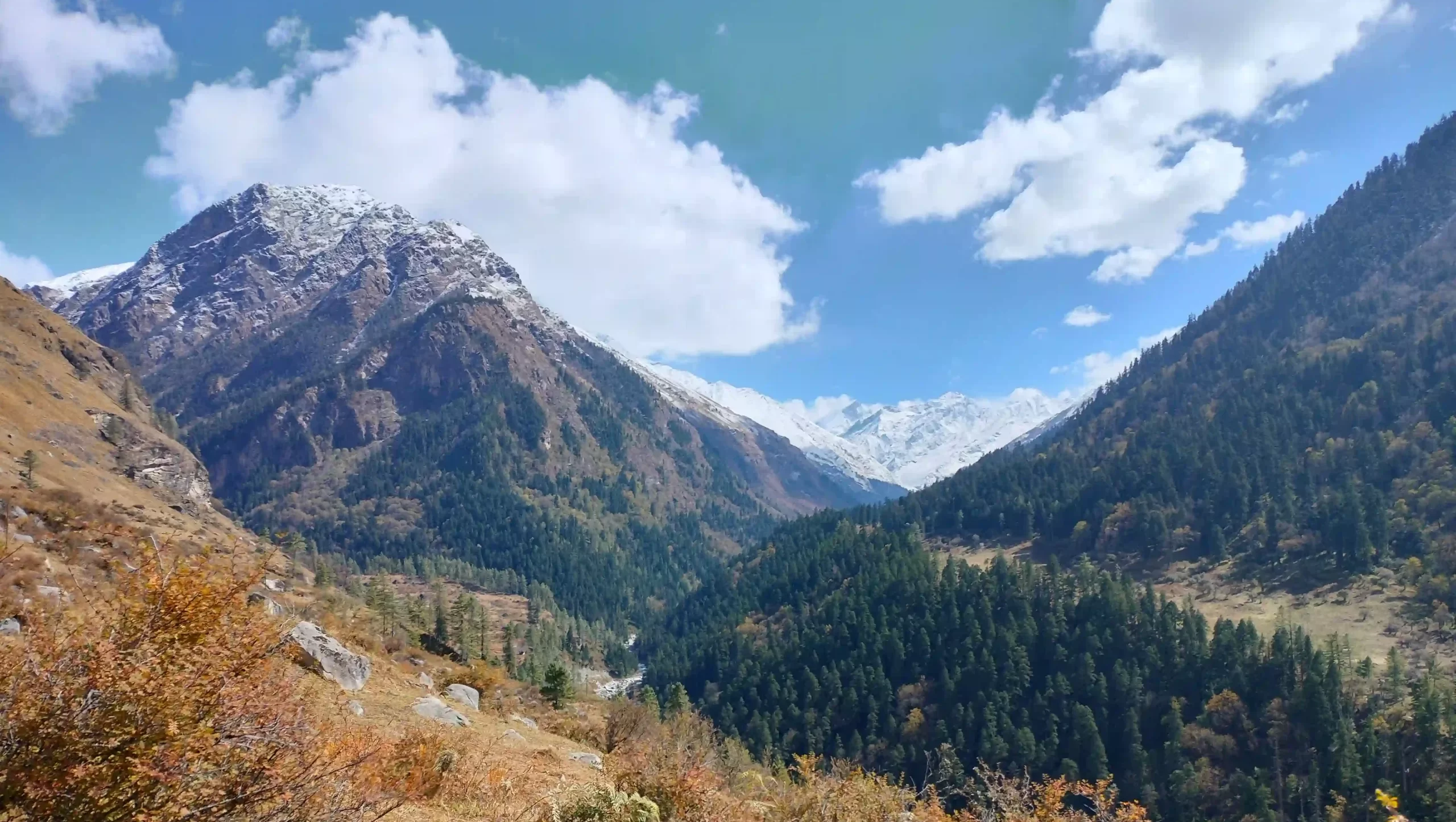
What's the difference between Har Ki Dun and Roopkund Trek?
September 4, 2021
Valley of Flowers and Hemkund Sahib
A day wise visual blog from Valley of Flowers & Hemkund Sahib trek...
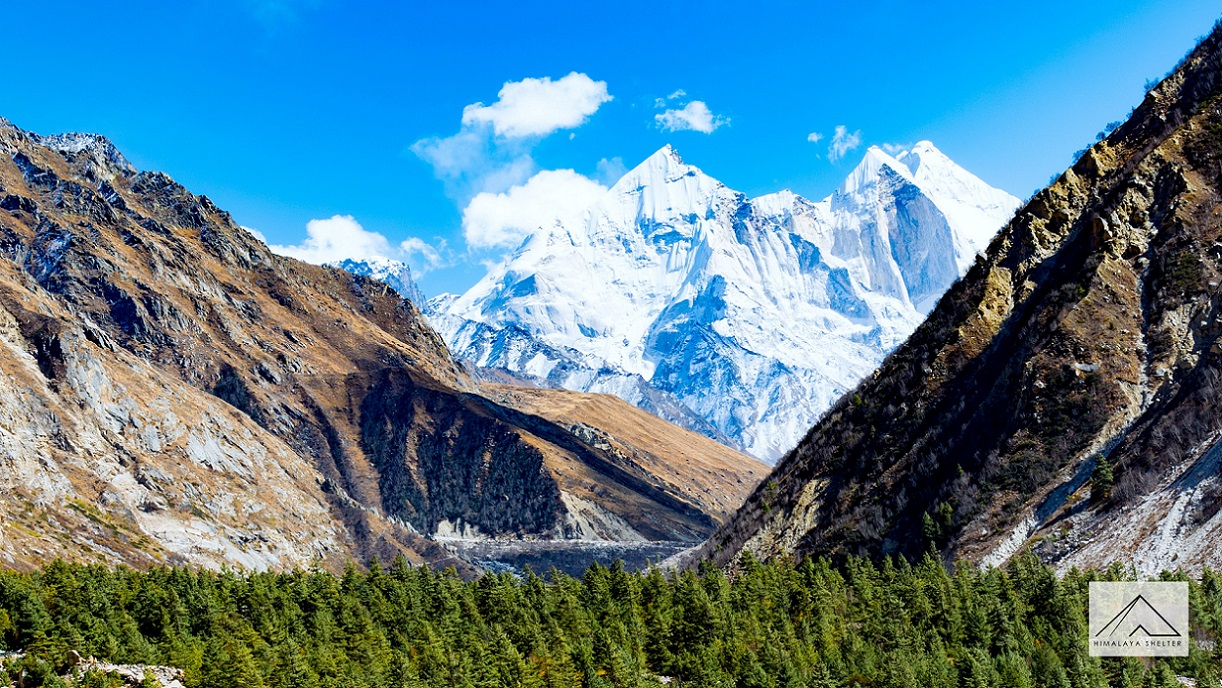
September 8, 2021
Uttarakhand - Your all year adventure destination
The “Land of Gods” is blessed with five distinct seasons. Read the blog to find out about Uttarakhand's all year adventures...

March 2, 2023
Unforgettable: Kashmir Great Lakes Trek in the Himalayas Explained
Embark on the Kashmir Great Lakes Trek, a unique journey exploring seven breathtaking alpine lakes amid Himalayan grandeur.
- International edition
- Australia edition
- Europe edition
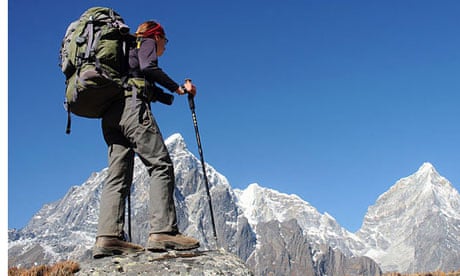
Trekking in the Himalayas: how to do it
H indu scriptures say that in "a hundred ages of the gods" you could not do justice to the Himalayas. So where do mere mortals start? Knowing where to go in an area 10 times the size of France is daunting, especially when just getting there is expensive. Everest gets most of the headlines, but the Himalayas are vast, especially when you include mountain ranges west of the Indus – the Pamir, Hindu Kush and Karakoram.
This 4,000km crescent, stretching from Kyrgyzstan to Burma, is a geography of superlatives – the highest mountains, the deepest gorges, tracts of wild forest, the rolling high plateau of Tibet plus, in Bhutan and the Indian state of Assam in the eastern Himalayas, some of the greatest biodiversity on the planet.
Then there are the people. It is true that in some areas the Himalayas are wild and barely populated, but in most there is an incredible diversity of cultures that have adapted to surviving in an environment that can be exceptionally hostile as well as incredibly beautiful.
These huge peaks are also the meeting point for three of the world's great religions: Islam in the west, Hinduism to the south and Tibetan Buddhism to the north.
It's an incredibly dynamic region. New roads and airports are making some areas more accessible, while diminishing the appeal of others, like the famous Annapurna Circuit in Nepal.
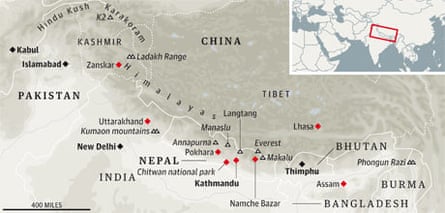
Political change has also altered horizons. Mountains along the northern border of Burma have recently become accessible for the first time in decades, while visa restrictions and unrest in Tibet have made travelling there more difficult.
Trekking is also changing. Many assume walking in the Himalayas is only for rugged types who enjoy roughing it. That was true in 1953, when Everest was first climbed and trekking tourism didn't exist. Now there are new ways to experience the Himalayas: luxury lodges for those looking to take in the views with a bit of comfort; treks that focus as much on culture as scenery; and new lodges and homestays for those who want to relax and get beneath the surface of Himalayan life.
The walking itself is usually not too difficult, no more so than in the Lake District – apart from the altitude, of course. It's the altitude, along with problems of travelling in one of the least developed regions of Asia and fears about hygiene, that put some people off. Staying healthy in the Himalayas is certainly more difficult than it is at home, but if you're used to walking and are cautious about gaining altitude then you're unlikely to have any problems. And the rewards are spectacular.
Where, when and how
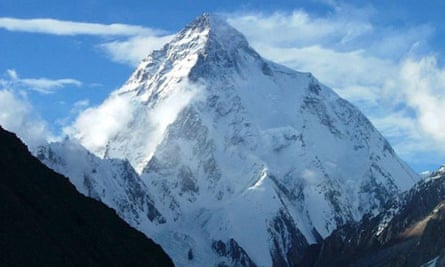
The summer monsoon is much heavier in the eastern Himalayas than it is in the west, and so the most popular trekking periods in much of India, Nepal and the region east of there are April and October. Skies tend to be clearer in the autumn, although it's colder too, but that's when Everest and other popular treks are at their busiest.
If you want to trek in the summer holidays, then look further west. Zanskar and Ladakh, largely Tibetan Buddhist in terms of its population but politically part of the Indian state of Jammu and Kashmir, are north of the Himalayan chain and enjoy much better weather in July and August. These are also the best months for K2 and the rest of the Karakoram, including Kashmir, and the Hindu Kush.
The most popular trekking areas – like Everest, the Annapurna region and Ladakh's Markha valley – have a network of basic lodges to stay in, opening up these areas to independent trekkers who don't want to carry a tent and are on a more limited budget. It's also possible to reach Annapurna, or Nepal's Langtang region, by bus, without the need for costly internal flights.
For those with a bit more to spend, there are off-the-peg itineraries from specialist travel agents in the UK. The best of these use good local outfitters and provide a guide, either western or a local who speaks good English. For those who don't want the hassle of organising transport and accommodation, this kind of trip is perfect – and for camping treks in remote areas, they're essential. You can also approach a local agent directly, which is useful if you have a group of friends who want to trek together.
- Mount Everest

Since Nepal's civil war ended in 2006, the number of trekkers visiting the Everest region has more than doubled to 35,000 a year. At the height of the season, around 60 flights land at Lukla airport each day. The Sherpa town of Namche Bazaar, the gateway to Everest base camp and used for altitude acclimatisation, now has better mobile coverage than much of Snowdonia. So if you go in peak season, expect a crowd. If you have a group of mates who all want to see Everest, most companies will organise a private tour.
World Expeditions is one of the biggest operators, running over 20 treks this year, with accommodation a mixture of camping and lodges on the classic standard trek to Everest base camp. An 18-day trek costs £1,650, which it can also arrange. Some of its autumn departures are already full, so hurry if you want to go in the diamond jubilee year of the first ascent.
If you prefer a bit more comfort, there are now two chains of luxury lodges on the way to base camp, Yeti Mountain Homes and Everest Summit Lodges . We're not talking five-star spas here, but an en suite bathroom and a hot water bottle are a big step up from standard lodges.
Specialist trekking company Mountain Kingdoms offers a 19-day package starting at £2,245 that also offers nights at Kathmandu's stunning heritage hotel, Dwarika's .
If you're looking to beat the crowds, trekking guide Bonny Masson has this advice: "If you've got the time, do the original trek the British expedition took in 1953." This started in Kathmandu, but a bus will now take you to the end of the road just beyond the town of Jiri. The trail beyond is a tougher walk than the stages from Lukla, which most people now reach by air. "You'll get a better slice of life in Solukhumbu and the trails are quieter." Alternatively you can trek out of season, in December or February, when numbers are down and the trails are quieter. But you should be prepared for lower temperatures.
Adventurous types can trek to the little-visited east face of Everest inside Tibet via the Kama valley, one of the least known but most beautiful approaches to the world's highest peak. Unlike the Nepalese side, this wild valley has hardly changed at all. In recent years, the visa situation in Tibet has been inconsistent, but that now seems to be settling down. KE Adventure Travel offers a 20-day trip out of Kathmandu, including nine days of trekking, for £2,995.
More than just trekking

Stunning views are what prompt many to go trekking, but the Himalayas is an incredibly diverse region culturally. For those who want to combine great walking with gaining an insight into how people live in such an extraordinary region, there's now a wide range of holidays offering treks combined with other activities.
Wild Frontiers , known for its stylish approach to adventure travel, now offers some excellent journeys that include trekking. It is one of the few companies that will take you trekking in Kashmir , a wonderful place to walk in the summer, and then pamper you on a houseboat on Dal Lake (10 days from £1,690). It also runs an amazing trip, sadly full for 2013, to the Hindu Kush (17 days from £2,395) that mixes a visit to the Kalash area with trekking on the Pakistan-Afghan border, along the Wakhan Corridor.
At the other end of the Himalayas, far to the east, Mountain Kingdoms is one of the first to offer a trek in northern Burma (20-day trip from £2,645) through pristine jungle and along rocky outcrops to reach the snow-capped Mount Phongun Razi. Trekking here mixes the jungle appeal of other parts of south-east Asia with the high drama of the Himalayas – and the opportunity to explore Rangoon and the temples of Bagan. And if you're looking for something a bit less strenuous, there is an alternative itinerary through the foothills.
Gentle trekking

If trekking was developed for explorer types who see disaster as a welcome change of pace, then the industry has done a great deal to broaden its appeal. Young backpackers have been wandering around the foothills of Nepal's Annapurna range for decades now, arriving in Pokhara by bus and surviving on next to nothing. World Expeditions offers an off-the-peg 11-day equivalent for newbie trekkers from £990, which takes in the pretty villages of Landruk and Ghandruk. You won't sleep higher than 2,500 metres but you'll still get stunning views of the Annapurna range and the colossal pyramid of Dhaulagiri, seventh-highest peak in the world.
The Mountain Company offers an 11-day beautiful village walk in India's Kumaon mountains in Uttarakhand. You stay in basic but homely accommodation en route, on easy trails between villages, and end with a few days at the luxurious and very relaxing Himalayan retreat Shakti 360° Leti (a 10-night package including accommodation in Delhi is £2,576pp).
Once kids get over the initial shock of the idea that a walk can last for days, not hours, trekking can be a brilliant family trip option. Exodus offers a great itinerary in Ladakh for families that takes in visits to Tibetan monasteries, rafting on the Indus and a three-day trek that crosses the Sarmanchan La, a pass that reaches 3,750m. Prices start from £1,899, including flights, and the trip is suitable for ages eight plus.
Nepal is also a great place to take children, combining a trek with a visit to Chitwan national park, close to the border with India, where they can see wildlife and ride elephants. Steve Webster is a long-time resident of Nepal who runs Escape2Nepal , a small travel company specialising in "soft" adventures that are just right for children – its 15-day family adventure trip costs £1,720pp. He also has a quiet guesthouse, Shivapuri Heights , on the outskirts of Kathmandu, away from the ever-increasing noise of Thamel, the city's tourist district.
Wild trekking
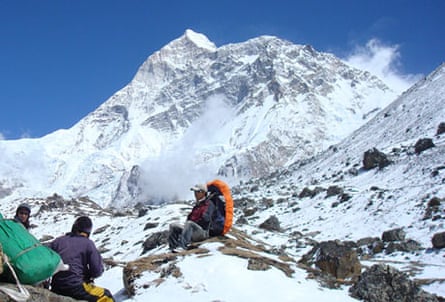
Although tourism in the Himalayas is changing fast, it's still possible to do a big trek in the wildest landscape on Earth. These really are for the hardier trekker, with weeks of camping and a tolerance for serious walking and high altitude. In Pakistan's spectacular Karakoram mountain range, there are fewer villages in the high mountains, and treks feel remote and exploratory.
The jewel in the crown is the trek to K2's base camp, taking you past some of the most beautiful peaks you've probably never heard of, like the Trango Towers and Masherbrum, before reaching Concordia, the confluence of two mighty glaciers with spectacular views of K2 itself. It takes around 15 days, walking eight miles a day, to reach base camp and leave via the Gondoro La, a pass of over 5,400m, into the beautiful Hushe valley. Previous trekking experience is essential. KE Adventure offers a 22-day itinerary starting at £2,495 .
While the Annapurna massif is as beautiful as ever, the construction of a road up the Kali Gandaki, the world's deepest gorge, to link Pokhara with the Tibetan border, has abruptly terminated interest in trekking the well-established Annapurna circuit. No one wants to trek beside a road. A new road is also being driven on the eastern side of the massif, towards the village of Manang.
Luckily for Nepal's trekking industry, the long and arduous trek around Manaslu, higher than Annapurna and just to its east, is plugging this self-inflicted wound. Mountain Kingdoms offers a slightly different route in the early part of this increasingly popular trek that makes each one of the 18 days it takes to loop around the Manaslu Circuit 's remote north side as culturally fascinating as it is spectacular. The trip costs £1,725 and is the perfect introduction to the wilder side of Himalayan trekking.
If those two aren't enough for you, then consider the Great Himalayan Trail , which traverses the length of Nepal's high mountains, broken down into 10 sections, each of which takes around two to three weeks. The Mountain Company is offering the first section – between the world's third-highest mountain Kanchenjunga and Makalu – this October from £3,195.
- Walking holidays
- Nepal holidays
- Mount Everest holidays
- India holidays
- Tibet holidays
Comments (…)
Most viewed.
- Everest Region Trek
- Annapurna Region Trek
- Manaslu Region Trek
- Mustang Region Trek
- Langtang Region Trek
- Makalu Region Trek
- Dolpo Region Trek
- Kanchenjunga Region Trek
- Best Selling Treks
- Nepal Trekking
- Luxury Treks in Nepal
- Challenging Treks in Nepal
- Family Treks in Nepal
- Peak Climbing
- Mountain Climbing in Nepal
- Nepal Tour Packages
- Luxury Tours in Nepal
- Helicopter Tours
- Nepal Family Tours
- Bhutan Tour
- Kailash Tour
- Pokhara Day Tour
- Kathmandu Day Tours
- Jungle Safari in Nepal
- Nepal Visa Information
- Packing List for Trekking
- Bhutan Visa
- Fitness Training
- 10 Comprehensive Nepal Trekking Tips
- Flight Cancellation
- Travel Insurance
- The Differences
- Terms & Conditions

Trekking in Nepal in July
Trekking in Nepal in July is a whole different experience. July marks the monsoon season in Nepal. While many travelers may be hesitant about trekking during this time, we believe that embracing Nepal’s lush greenery and refreshing rain is an unmatchable experience. The summer monsoon brings life to the hills and valleys. This transforms the terrain with a vibrant array of colors. Even in July, trek trails beckon with open arms, inviting you to discover the unworldly beauty of their rain-shadow regions.
The team at Himalayan Trekking Pvt. Ltd. wholeheartedly welcomes you. We guarantee that trekking in Nepal during the month of July is feasible and immensely fulfilling. With passion for adventure and commitment, we assure you a unique and rewarding experience at this time of the year. And we strive to make every moment of your trekking journey an unforgettable one.
Weather and Climate for Trekking in Nepal in July
The weather in Nepal during July is diverse. In the lowlands, the climate is warm and humid, while the highlands offer a cool and refreshing atmosphere. Temperatures at higher elevations can drop significantly at night. Hence, it is recommended to pack accordingly. Our experienced guides will ensure you have the right equipment to stay comfortable throughout your trek.
The key to a comfortable trek lies in the right clothing and equipment. We recommend breathable rain gear, lightweight clothing to combat humidity and rainfall, trekking shirts, shorts, pants, and a fleece for the evenings. Also, not to forget your trekking poles, as they can be incredibly useful for slippery stone steps.
What’s it Like to Go Trekking in Nepal in July?
Off-Peak Season: July falls during the monsoon season in Nepal, making it an off-peak time for trekking. This means fewer crowds on the trails, providing a more tranquil and peaceful trekking experience.
Lush Green Landscape: The monsoon brings heavy rainfall to Nepal, transforming the landscape into a lush green paradise. The forests and hills come alive with vibrant vegetation and blooming flowers, creating a picturesque setting.
Spectacular Waterfalls: The rain leads to the formation of numerous waterfalls along the trails. These cascades offer breathtaking views and excellent photo opportunities, adding to the overall allure of the trek.
Observe Farming Activities: In July, you can observe Nepalese farmers busy cultivating their fields. Experience the traditional farming practices and get a chance to interact with the locals.
Lower Prices: As it’s the off-peak season, trekking costs tend to be lower in July. Accommodation and other expenses may be more budget-friendly.
Trekking in Nepal in July Tips
Here are some valuable tips to make the most of your trekking adventure in July in Nepal:
Waterproofing: Be well-prepared with all types of waterproof gear to stay dry during unexpected downpours.
Mountain Views: While the chances of clear mountain views might be limited, you can still witness the beauty of Nepal’s landscapes even amidst the clouds.
Trekking Routes and News: Keep an eye on the latest news and trekking route updates to avoid any unforeseen closures due to landslides or heavy rainfall.
Leeches: Be mindful of leeches along the trail, and take necessary precautions to deal with them.
Trekking in Nepal in July offers a unique and challenging trekking experience. With Himalayan Trekking Pvt. Ltd. as your trusted guide, you can embark on this challenging yet rewarding expedition with confidence.
Your journey will be filled with discovery and wonder. The rain-kissed forests and terraced fields will glow with freshness, and the air will be filled with the earthy aroma of wet soil. Each day will bring its own surprises as you traverse through diverse landscapes.
And this altogether makes it all worthwhile at the end of the day!

Ghorepani Poonhill Trek
Annapurna region of nepal.
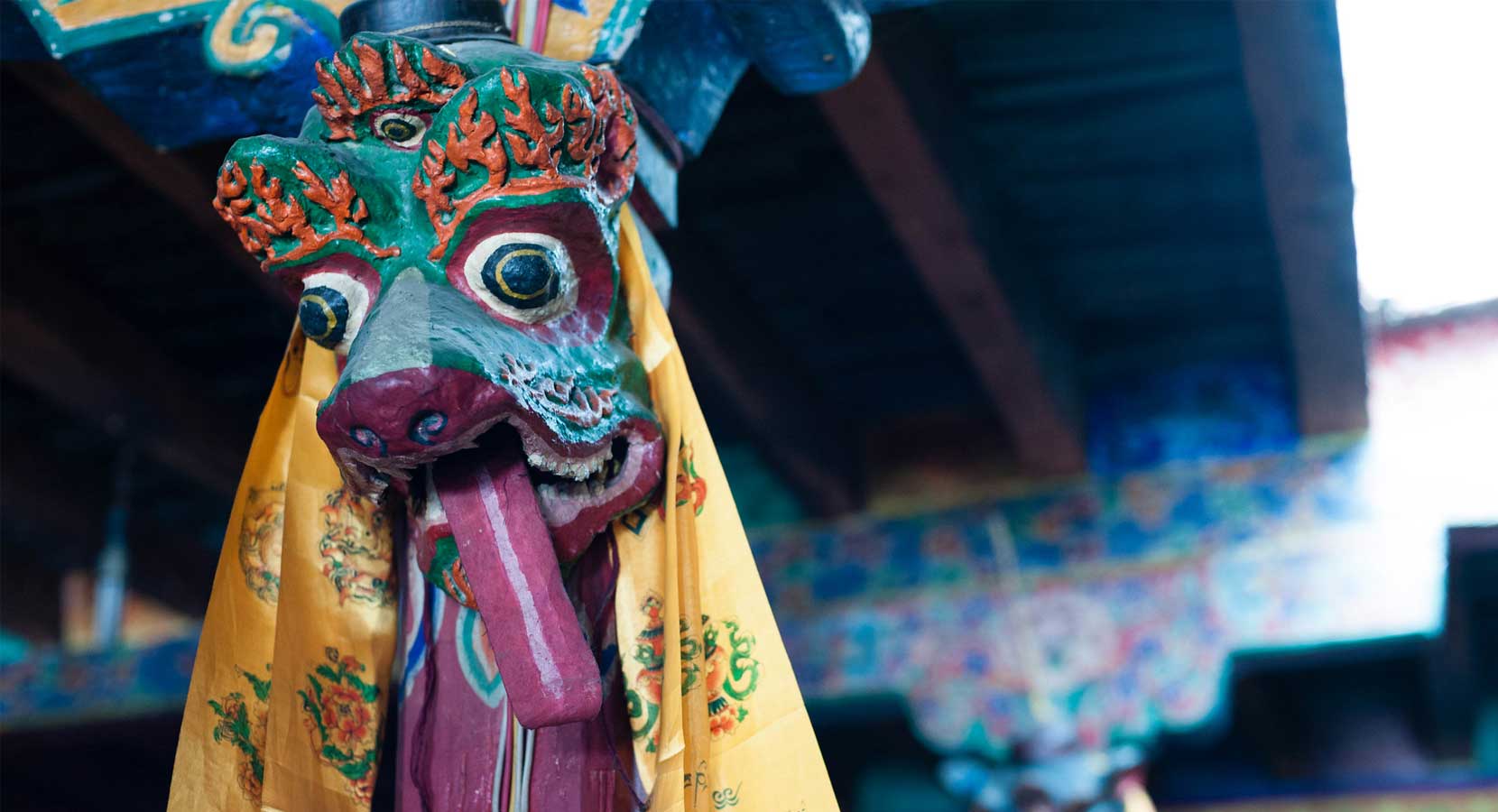
Mustang Tiji Festival Trek
Mustang region.
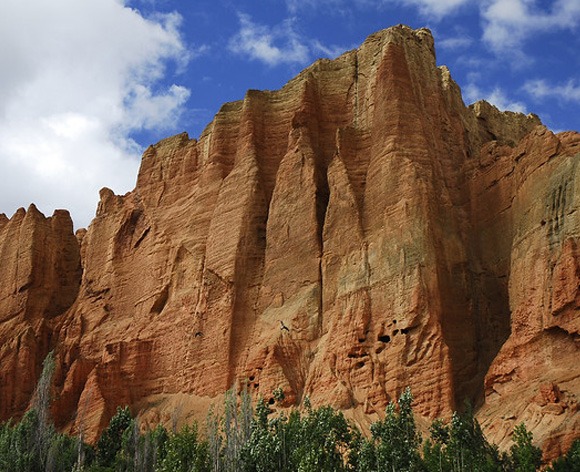
Upper Mustang Trek
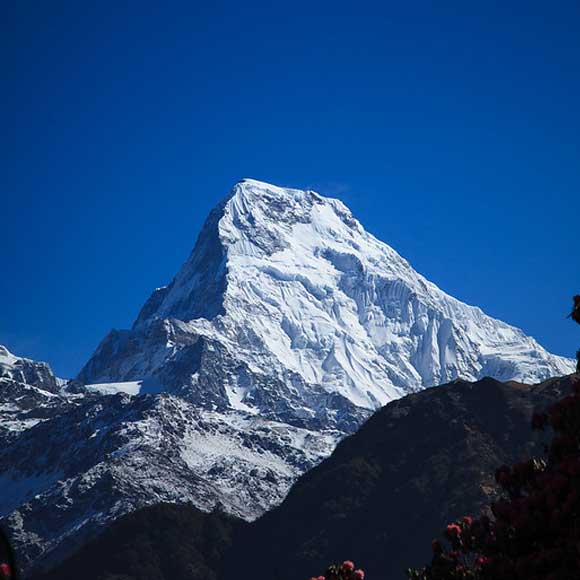
Trek + Safari
Annapurna Trek with Chitwan Safari
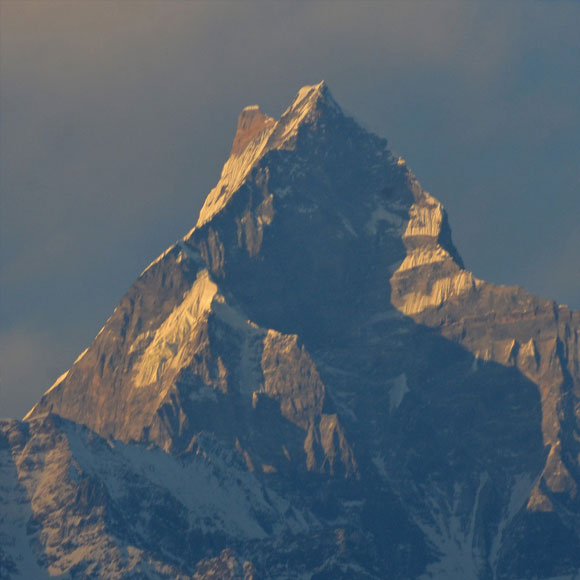
Nepal Family Adventure
Kathmandu, pokhara,chitwan.
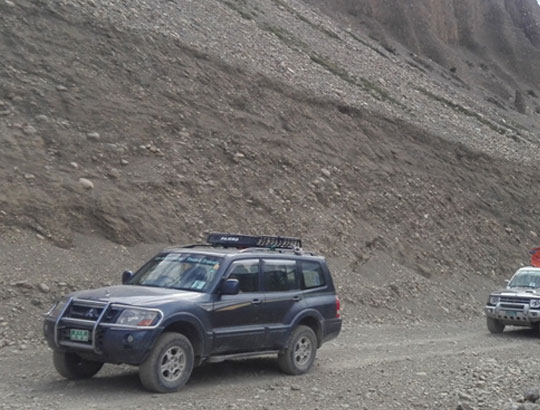
Overland Tour

Upper Mustang Jeep Tour
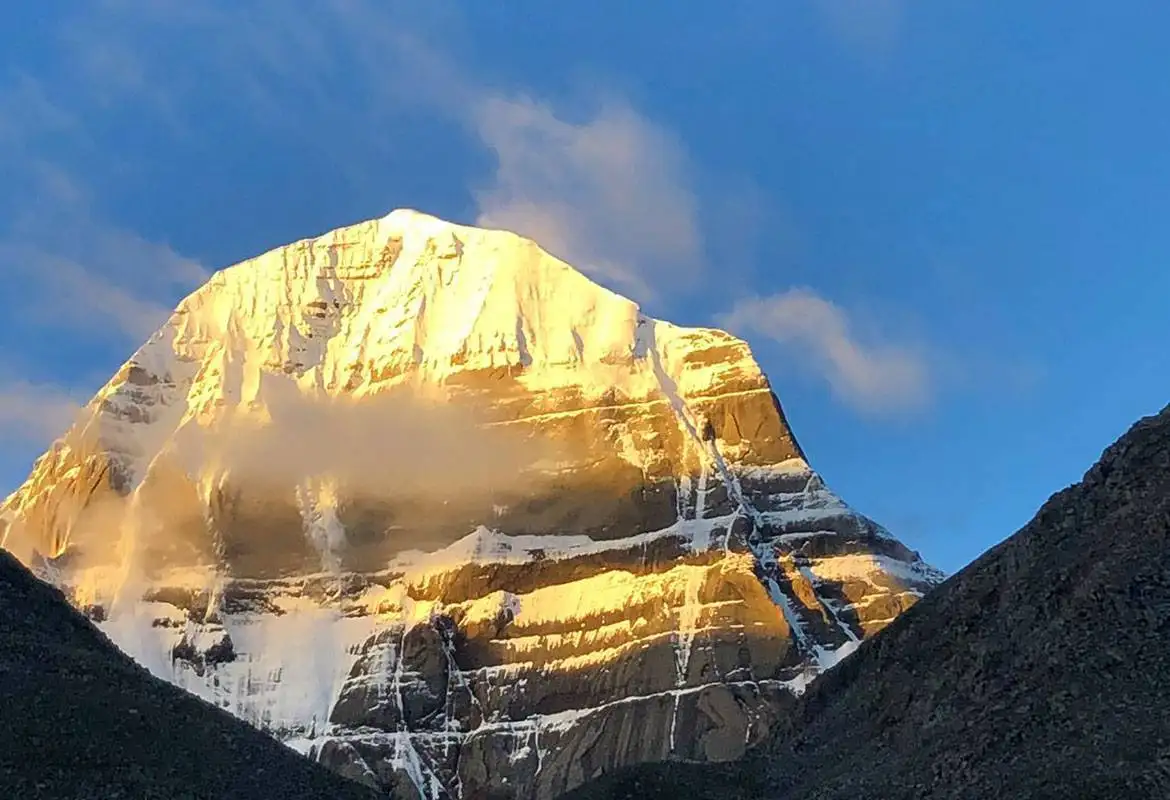
Pilgrimage Tour
Kailash Mansarovar Yatra
Kailash tibet himalaya.

Mardi Himal Trek
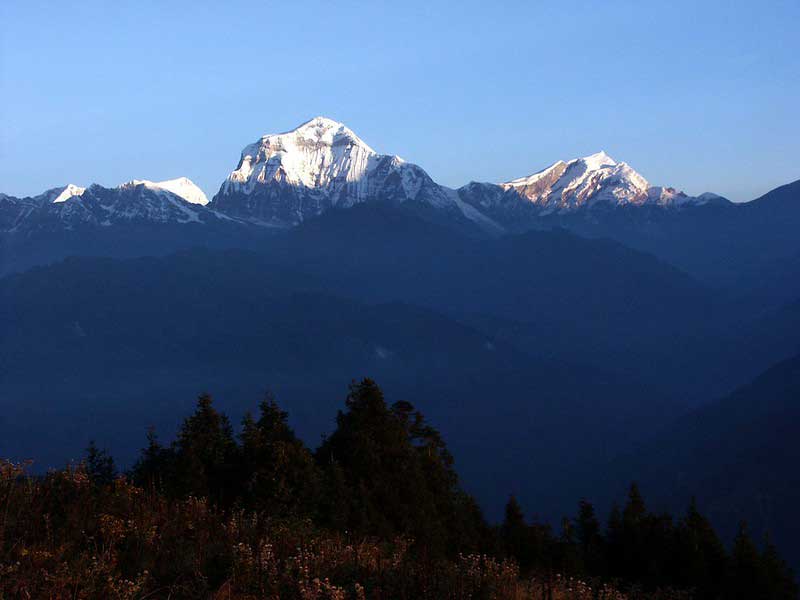
Poon Hill Trek – 4 Days
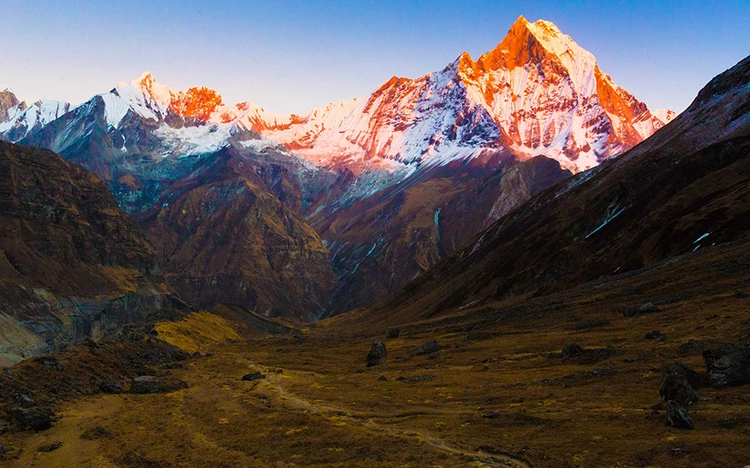
Annapurna Base Camp Trek
© 2024 - Himalayan Trekking and Tours (P) Ltd. All Rights Reserved.

Himalaya Discovery Adventures
Trekking in Nepal in July
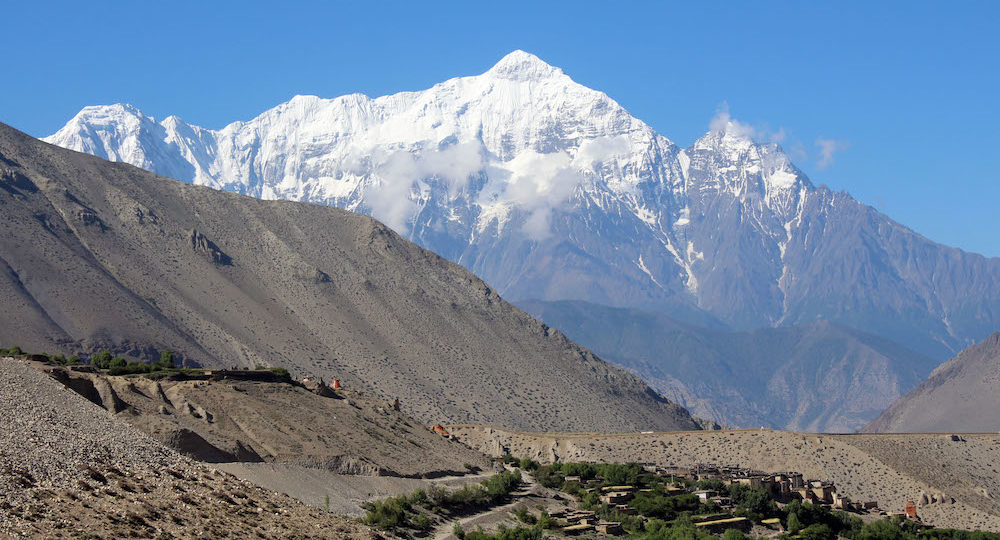
Trekking in Nepal can be done all year round. Summer or monsoon seasons for trekking in Nepal are the off-season. Nevertheless, trekking in Nepal in July also offers some fantastic short and long trekking.
July is the month of transition between summer and the monsoon season in Nepal, which can get very hot, very humid and very wet. You’ll be lucky to have views of this kind along the Annapurna Circuit during hot and humid weather in July, heavy monsoon weather and thunderstorms are highly likely.
July is one of Nepal’s least popular trekking months. If your trek runs from June to July, you will need to bring good rain gear and light clothing because of the hot humidity and be prepared for heavy monsoon downpours. At 2,000 m, daytime temperatures of 30+ degrees and night time temperatures of about 19 degrees are expected for the most part.
Not surprisingly, the monsoon months between June and August do not attract hordes of trekkers to Nepal. Most people foresee high temperatures, heavy rains that wash bridges and turn roads and paths into boundless “slip-n-slides,” frequent delays in transport, elusive views of the mountains and abundant leeches.
Fortunately, Nepal in July some of the routes for the summer wanderer lie in the rain-shadow, a dry area on the leeward side of a mountainous area that blocks the passage of weather systems producing rain. Although favorable forecasts are not 100% guaranteed, they generally receive much less rain.
We’ve prepared a list of treks to help you plan your summer trek in Nepal to ensure drier feet and sunny dispositions.
Highly Recommended Treks during July
1. upper mustang trek in july.
The relative isolation of Mustang from the outside world has contributed to the preservation of Tibetan culture and untouched nature. The high-altitude arid lands of Mustang create a sharp contrast to the lushness of the monsoon on the south side of the rain shadow.
The Upper Mustang Trek leads to the top of 4,000m mountain passes through the bottom of the world’s deepest gorge, the Kali Gandaki gorge and for trekking in Nepal in July, this is a highly recommended trek.
It snakes through sparsely dispersed Buddhist villages, along the edge of steep canyon walls, past hidden caves and red-walled monasteries, with a dramatic backdrop of 8,000 m high peaks. One of the highlights of this trek is reaching Lo Manthang’s forbidden kingdom, one of the last examples of Tibetan culture.
Although the trek itself is going to be relatively dry, it is difficult to get there. The heavy rains in July can make the road to Jomsom’s trailhead impassable and weather delays caused by strong winds, rain and cloud cover can affect flights. If you have time to add some travel and budget buffer days (approximately $300 return trip), flights are usually the best option for this season and region.
Quick Facts
- Duration : 12 – 14 days
- Max. elevation : 4000m.
- Start/Finish : Jomsom/Jomsom
- Difficulty : Moderate
- Accommodation : Lodge
View Itinerary
2. Annapurna Circuit Trek
Most of the trekking region is wet during the summer season, but Annapurna Circuit can be done in July due to less rain and not touchable by the weather of Cherapunji behind the rim of Annapurna Himalayas and near Tibet .
The Annapurna Circuit is the best opportunity for the summer trek, the real diversification of Nepal, the geographical climate, the green vegetation; the rapid snow melts the Marsyangdi River and more local people for farming in the villages. Enjoy a trek in the traffic of less trekkers to green valley lands and the view of waterfalls.
For monsoon time, Thorong La Pass is more accessible, while on the top of 5,416m. less snow. Elevation pass, but anyone can have altitude sickness due to high passes. Horse is also available at Thorong la high camp and base camp. If in-case altitude problem for the passes inform your guide and a quick guide arranges a pony for the pass, the scenery is different than Marsyandi valley after Thorong La pass.
The valley of Marsyangdi is greener, and the valley of Kali Gandaki-Jomsom is drier. Due to the unique geography of Nepal’s Tibetan climate, the weather is favorable in this area for trekking in Nepal in July.
Trekking in monsoon time is a blessing for the beauty of the Annapurna Circuit’s high peak filming Himalayas, photography, flowering meadows, lush vegetation.
More greenery is Marsyangdi valley, and Kali Gandaki-Jomsom valley is the more dries valley. The weather in this area is favourable due to the unique geography connecting Nepal’s Tibet landscape climate.
The rest of the trekking area is usually clear from morning until afternoon and it can rain, cloudy, but all the hills are alive with flowering wildflowers such as magnolia and other colorful wildflowers and spectacular views of the snow-capped mountain range.
- Duratio n: 10 – 14 days
- Max. elevation : 5416m.
- Start/Finish : Beshisahar/Jomsom
- Difficulty : Moderate to Challenging
3. Nar Phu Valley Trek
Nar Phu Valley Trek takes you to one of Nepal’s most distant and fascinating regions. In recent years, a newly opened region for trekking is similar to the landscapes of Tibet. A rough and wild trek, this trek will take you to the exotic Nar Phu Valley in the Annapurna region’s remote corner.
The Nar Phu Valley is a trek combining remote Nar and Phu villages, narrow canyons, beautiful forests, stunning rock formations, yaks, monasteries, Kang La Pass and unique Himalayan cultures.
This exotic land, visited by very few trekkers, offers an undisturbed form of medieval Tibetan culture, dramatic mountain views and great alpine scenery. Nar Phu Valley trekking starts from Chamje on the same trail as Annapurna Circuit trekking after a 9-hour drive from Kathmandu.
After arriving at Koto, we cross the bridge over the Marshyangdi River to the steep portals of the Nar Phu Valley, which can be easily missed, but although the entrance is narrow and forested, the valley system above opens up to a vast expanse of high snow-peaks, ancient villages and high-altitude settlements.
The pass of Kang La (5315 m) is incredible. Enjoy the view of the mountains such as Annapurna II, Gangapurna, Tilicho peak and then head for Annapurna circuit trek towards Manang.
Manang village (3500 m) marks the start of the next stage. We can drive back to Kathmandu via public transport while returning from Manang to Chame. We can also continue to Jomsom via Thorong La Pass if we have time in our hands.
- Duration : 10 – 14 days
- Max. elevation : 5315m.
- Start/Finish : Koto/Manang
- Difficulty : Moderate to Demanding
4. Mardi Himal Trek in July
Mardi Himal Trek has an overwhelming adventure blessing the trekkers. You’ll love the enticing views of the Annapurna region’s snow-capped peaks. You’ll have the most beautiful memories walking across the chain of green hills.
The scenic natural beauty of the region is immensely dispersed. It is truly blissful to walk past the traditional Gurung villages and witness Buddhist culture. It is remarkable the warm hospitality of villagers in villages such as Kande, Pothana, Siding, Deurali, etc.
This is the period of the monsoon and the annual rainfall. Less popular Nepal hiking season. Leeches will be fortunate, rain storm will raise its level significantly. Leeches are very sharp in the initial wooded sections. So, at this time of year, better put on long trekking pants before traveling Mardi Himal.
This beautiful journey takes you to 4,500m to show off the beautiful landscapes. Such amazing places to be, here at are the Low Camp, Forest Camp, High Camp, and Mardi Himal Base Camp.
Get ready to remember the Annapurna region’s diverse culture and geography in less time.
- Duration : 6 – 10 days
- Max. elevation : 4500m.
- Start/Finish : Kande/Phedi
- Difficulty : Easy
Tips for trekking in Nepal in July
Keep the weather conditions up to date. The weather continues to change, particularly in the Himalayas. So, you have to act wisely while trekking in Nepal in July.
Choose your destinations for trekking carefully. If you’re wisely choosing the trekking destinations, July can be one of Nepal’s best trekking times.
Keep yourself updated with the weather conditions. The weather, especially in the Himalayas, keep changing. So, while trekking in Nepal in July, you need to act wisely.
Choose your trekking destinations carefully. If you choose the trekking destinations wisely, then July can be one of the best times to trek in Nepal.
Keep in your trekking packages a few buffer days. It’s mostly unpredictable in the Himalayas since the weather. Therefore, it is wise to set two or three extra days during the trek in case something is inevitable (landslides / floods).
Beware on the Mardi Himal trail of leeches. One of the biggest issues during the month of monsoon is leeches. So, be ready for it. While you’re trekking, you can carry some salt. Wear long hiking pants, long sleeves, long socks and wear ankle trekking boots to avoid getting into your skin.
Other major problems are the mosquitoes and other bugs during the rainy months. Therefore, carrying an insect repellent with you during the trek is essential.
There are some who completely avoid trekking in July. However, if you keep an eye on the weather forecasts and prepare your trek accordingly, you can complete any trekking in July in Nepal.
July trekking in the monsoon in Nepal can be one of the most adventurous treks you can do 🙂. If you require more information or have any questions, please contact us .
You May Also Like...
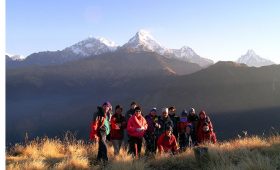
Family Trekking in Nepal
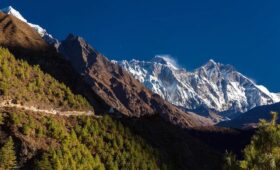
Trekking in Nepal Best Time of Year

6 Reasons Why You Need to Trek to Manaslu Circuit
Leave a reply cancel reply.
Your email address will not be published. Required fields are marked *

“I was born and raised in Nepal, nearby Everest region. I am proud to be a native Sherpa, and I have been a Mountain guide over a decade now. Following my passion, I decided to start helping travelers with their travel plans! I think life is a journey, a trip where you collect experiences when you share with other people and with nature.”
Privacy Overview
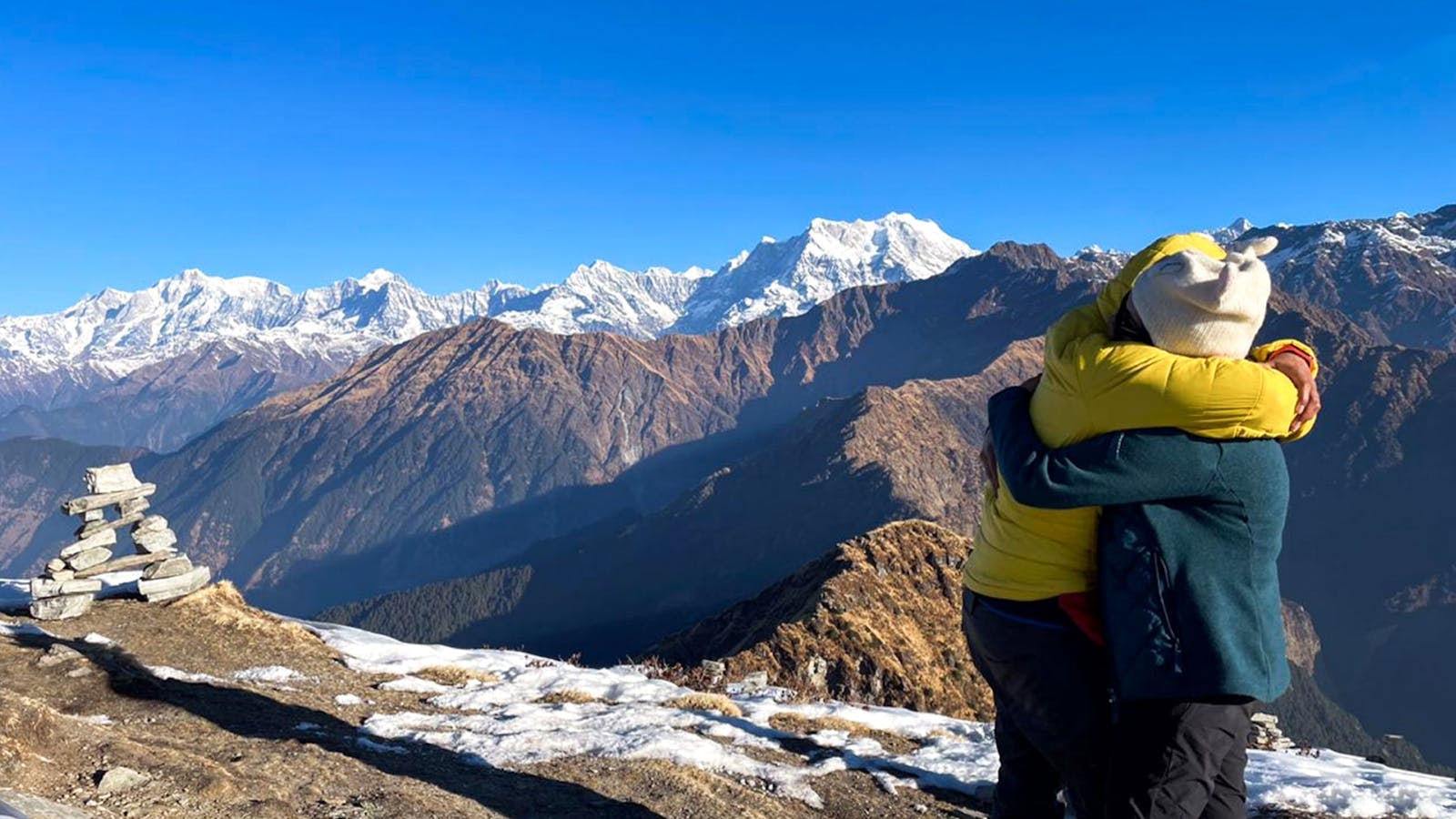
TREKS THAT TRANSFORM LIVES
SEE ALL UPCOMING TREKS
Join 25,000+ trekkers every year on mindfully designed experiences that transform your mind, body and spirit.
See 6,500+ Google reviews here
We have opened a new trek in Kodaikanal, the Avocado Hill Trek
A weekend trekking and camping experience in the sprawling hills of Kodaikanal View trek
Slots available in May-June
Why trekking with Indiahikes is different
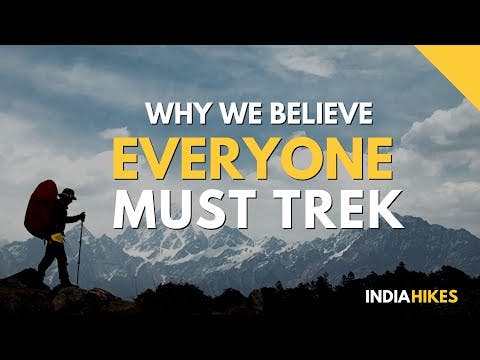
Do you go through this? You find yourself stuck in a situation that doesn't allow you time for adventure. The lack of excitement in your daily life leaves you restless. You long for something more meaningful.
This is where our treks make a difference. Our outdoor leaders conduct sessions that weave mindfulness into your journey. In the lap of the mountains, they engage in thought-provoking exercises that help you reflect and contemplate. Very often, the person you are before and after a trek is different.
Our leaders teach you new outdoor skills that give you the confidence to trek alone anywhere in the world.
All of these happen in the most stunning mountain scenery that you will see in the Indian Himalayas. Our treks are transformative journeys.
Arjun Majumdar
Founder, CEO, Indiahikes
Trekker Reviews

Deepak Gaur
Air Vice Marshal, Indian Air Force Veteran Consultant Aerospace Medicine Vasant Vihar, Dehradun

Founder, Harmony INC Sustainability Professional with two decades of work experience in CSR and ESG space Mumbai
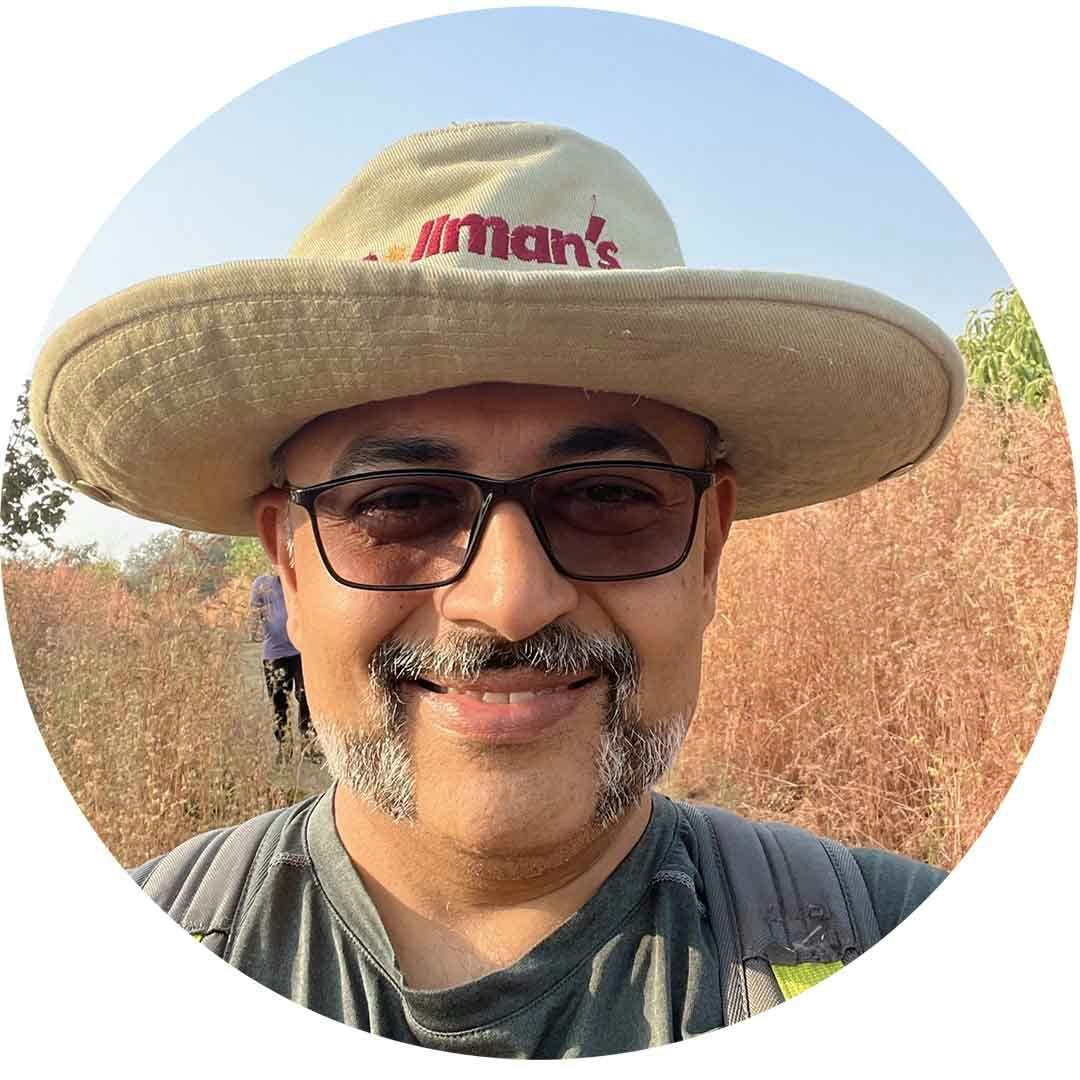
Dr Amit Thadhani
AGM (O&M) Mahindra World City Jaipur

Tarin Patel
Co-Founder Breaking Brand Hyderabad

Akshayarka Alammyan Deka
Senior Data Engineer Becton, Dickinson and Company, Guwahati, Assam

Darshan Shah
Manager, Deloitte Hyderabad
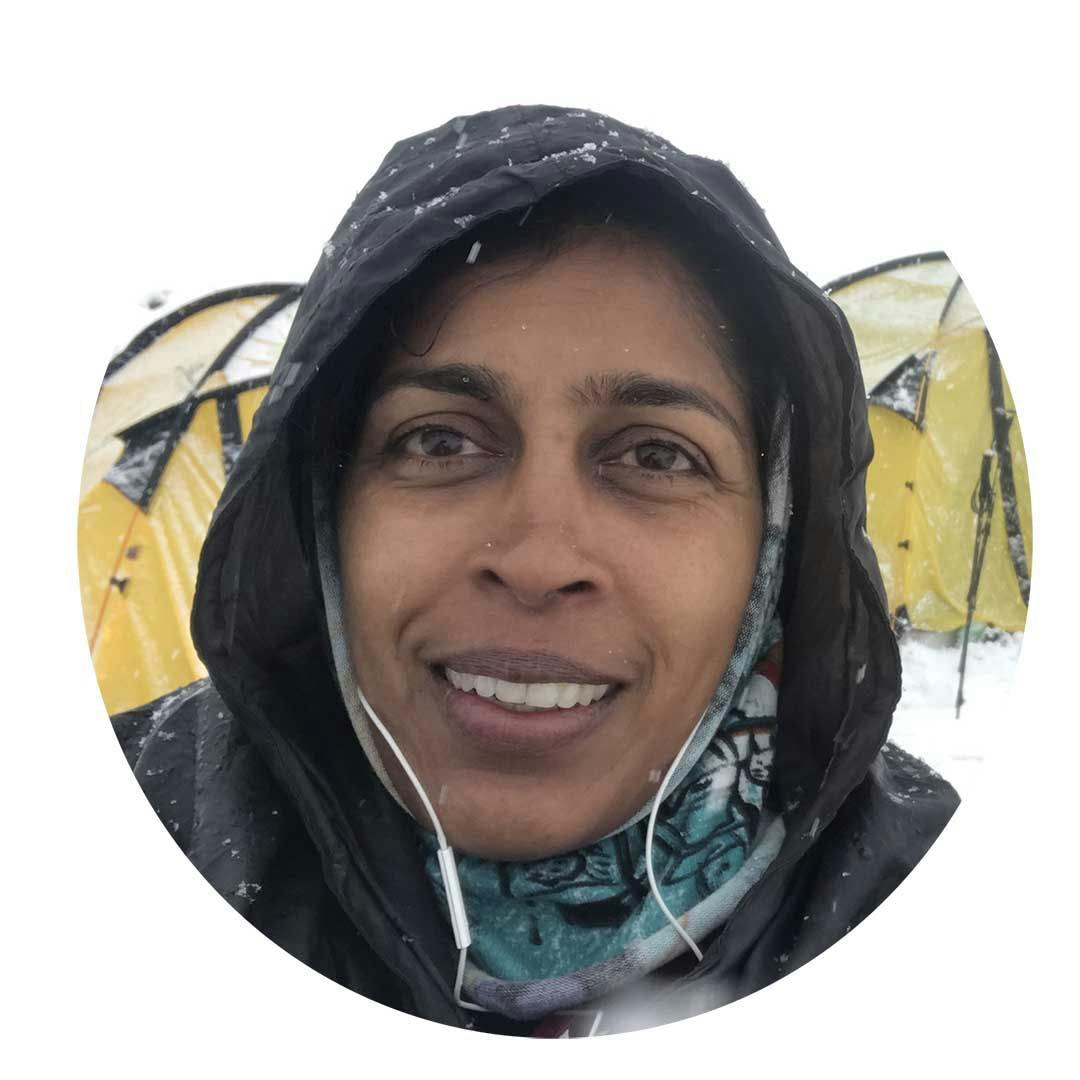
Indu Harikumar
Teacher and Educator, Hyderabad
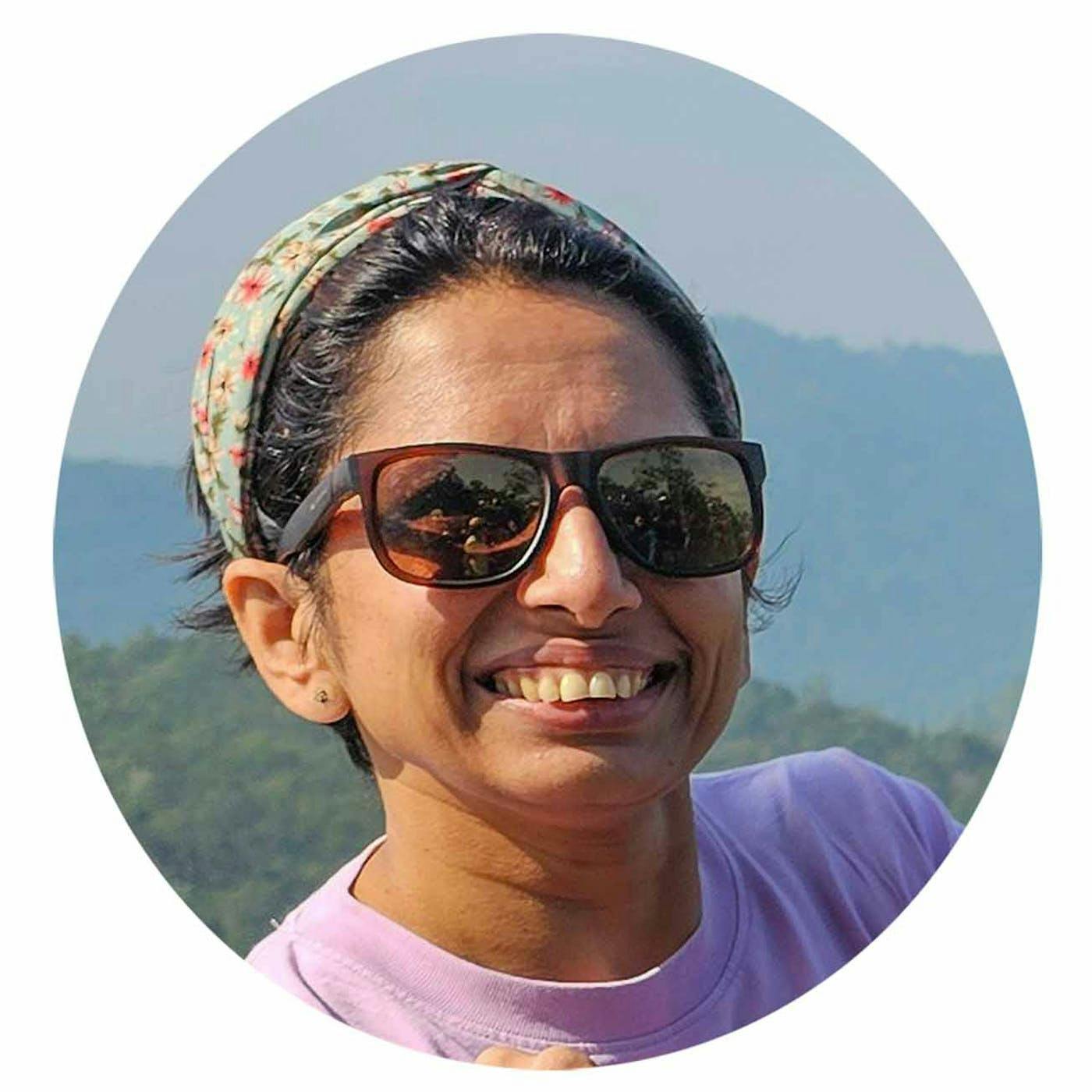
Rittu Panda
Owner Rittu's Fitness Hub Ahmedabad

Aboli Kulkarni
SharePoint Consultant Rotarex Engineering PVT LTD, Panvel
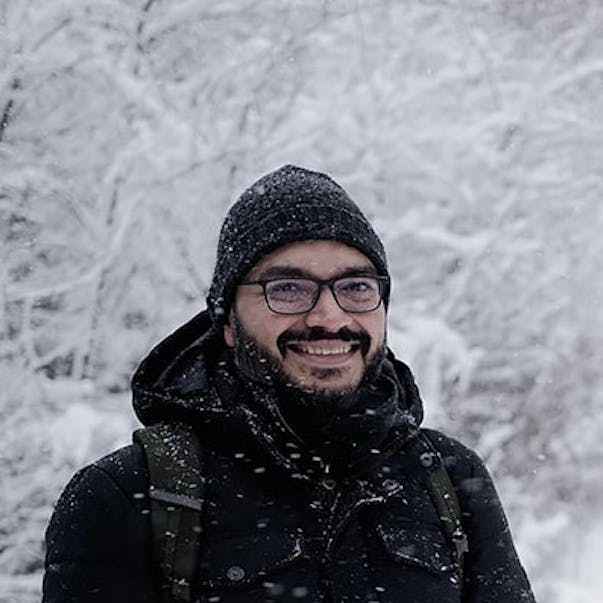
Manoj Prabhu
Data Science/Business Intelligence Freelancer, Aarhus, Denmark

Member of Technical Staff, MachEye Inc Bangalore
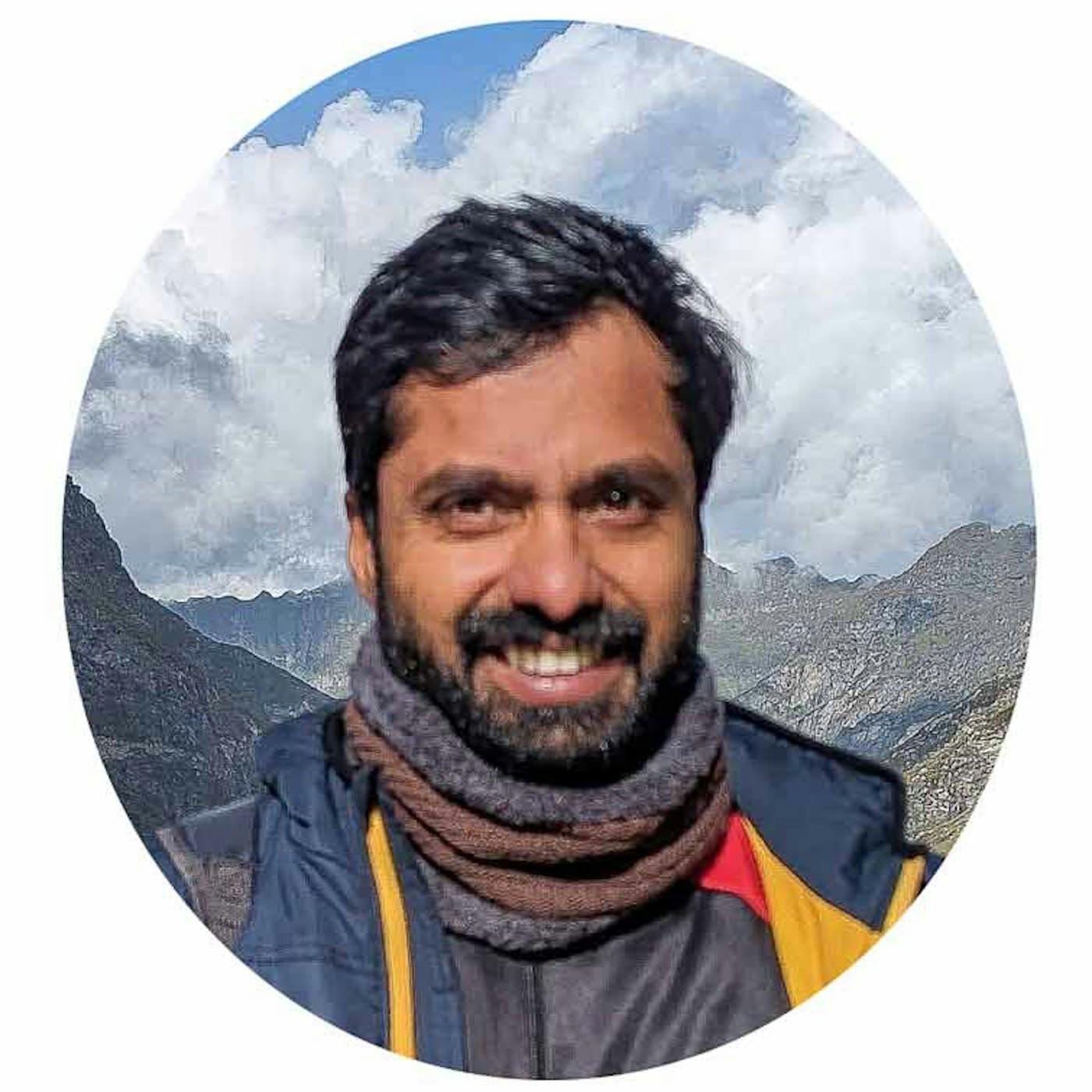
Lijeesh M K
Hardware Engineer Juniper Networks, Bangalore
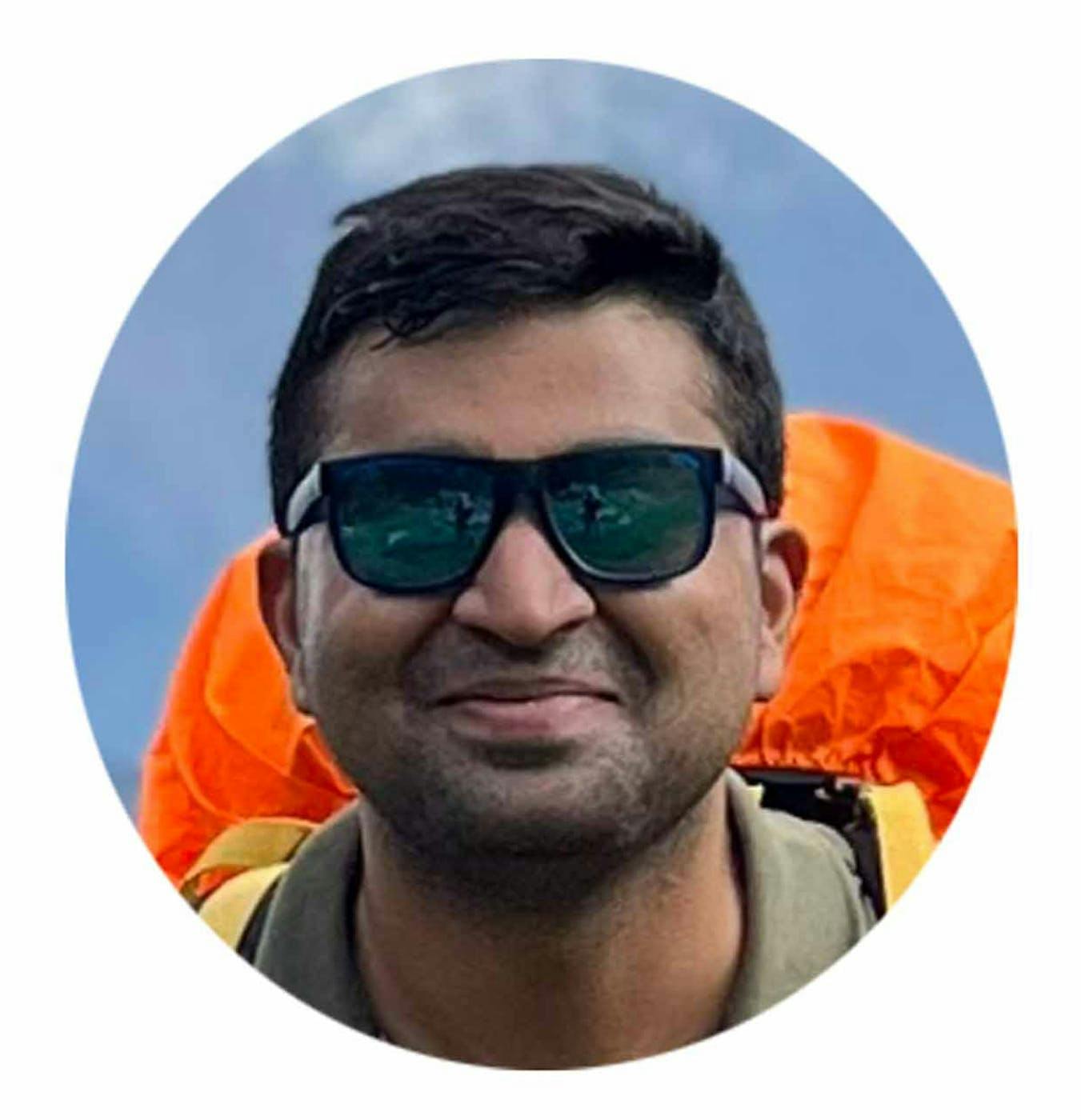
SDE2 at Optmyzr Chennai
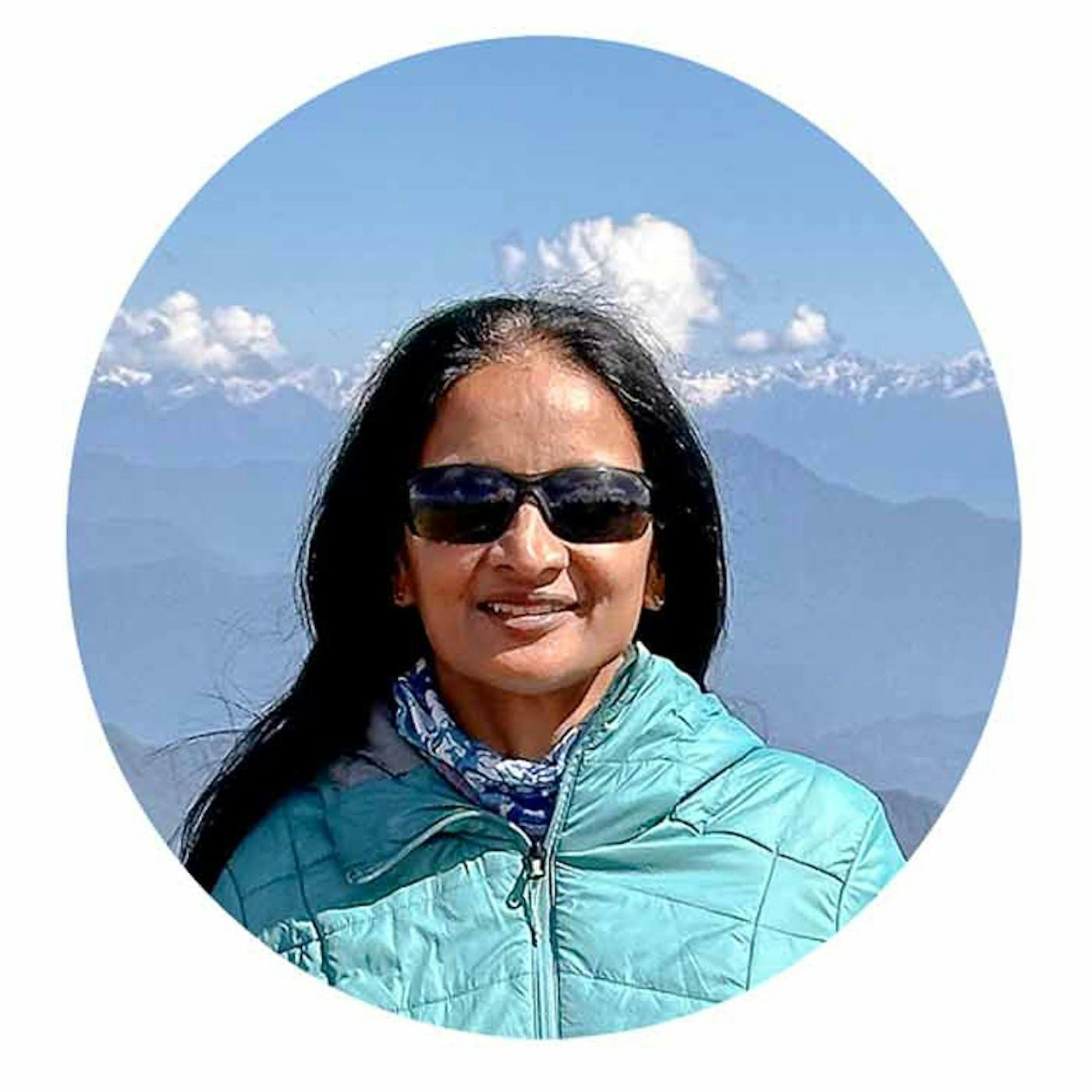
Dr Anne Wilkinson
Associate Professor Pathology NKPSIMS & RC and LMH, Nagpur.

Harsh Kataria
Engineer, Cisco Systems Gurgaon, Haryana
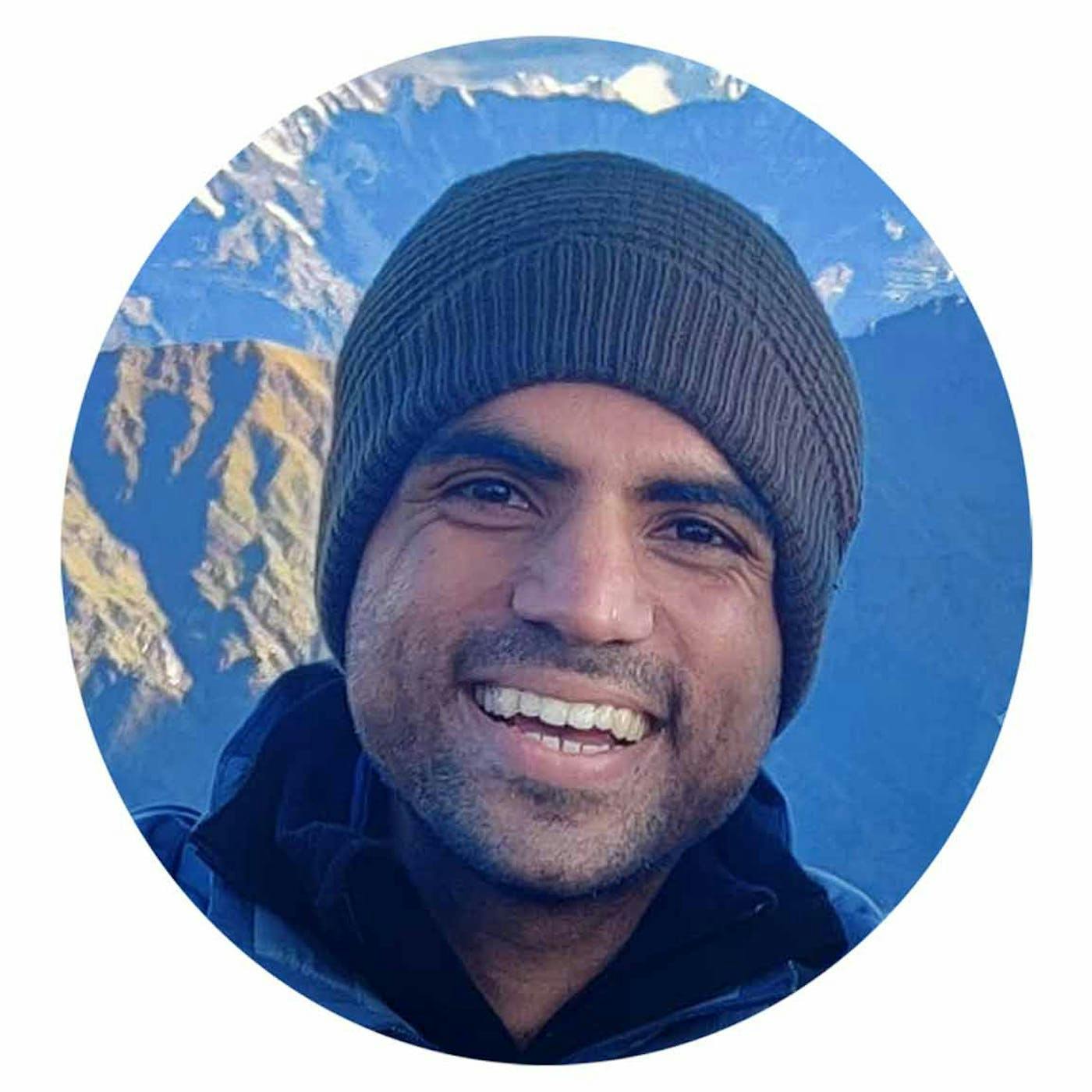
Rahul Adwani
School Leader iTeach Schools Pune

Retired from DuPont as Business Leader Gurgaon

Tamás Csizmadia
Automotive Safety Engineer at Marquardt GmbH, Trossingen, Germany
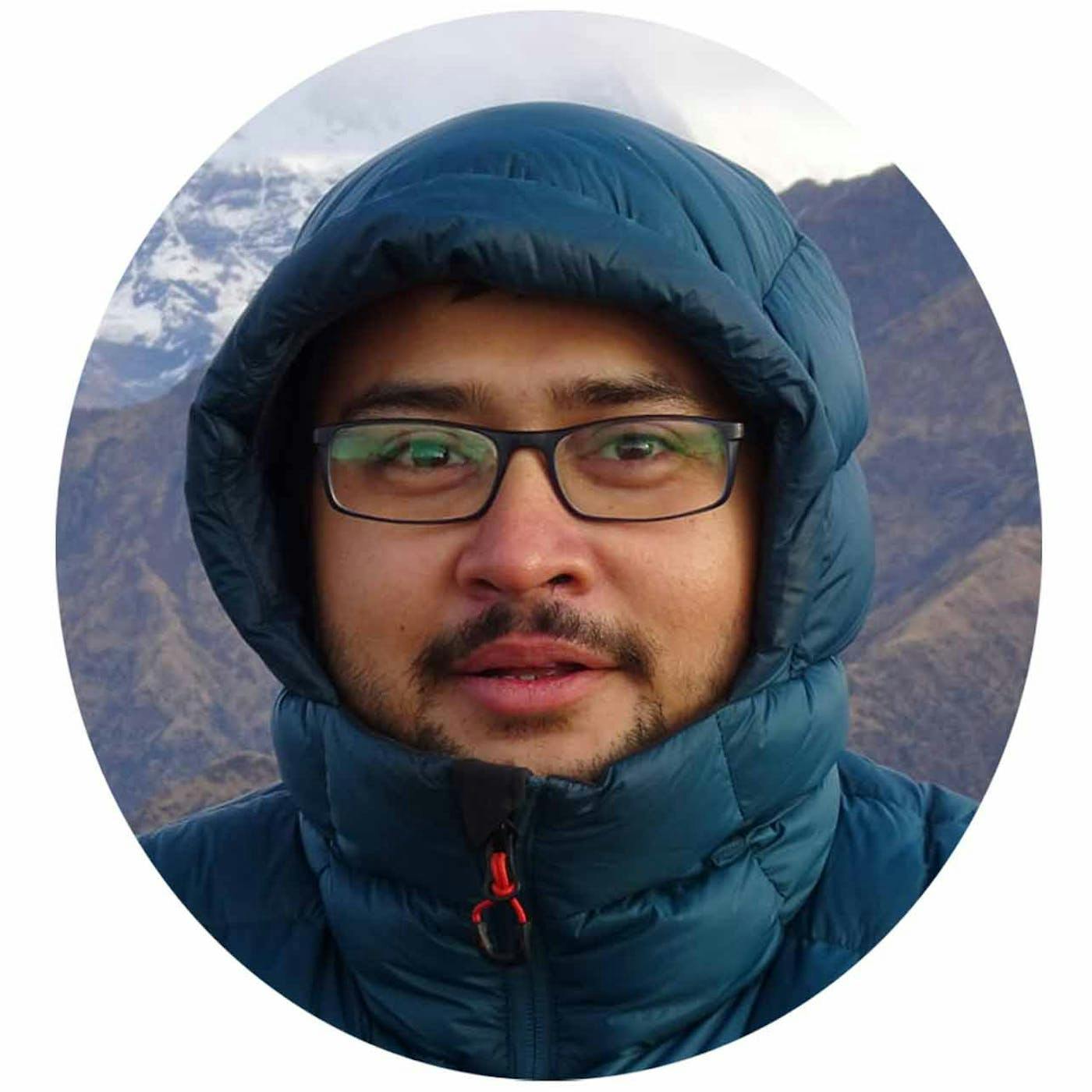
Sabyasachi Mukherjee
Assistant Professor, Dept. of Computer Science and Engineering, Bengal Institute of Technology, Kolkata

Vishal S. Somvanshi, Ph.D.
Principal Scientist Division of Nematology Indian Agricultural Research Institute PUSA Campus New Delhi

Animation Supervisor at Mikros Animation, Bangalore
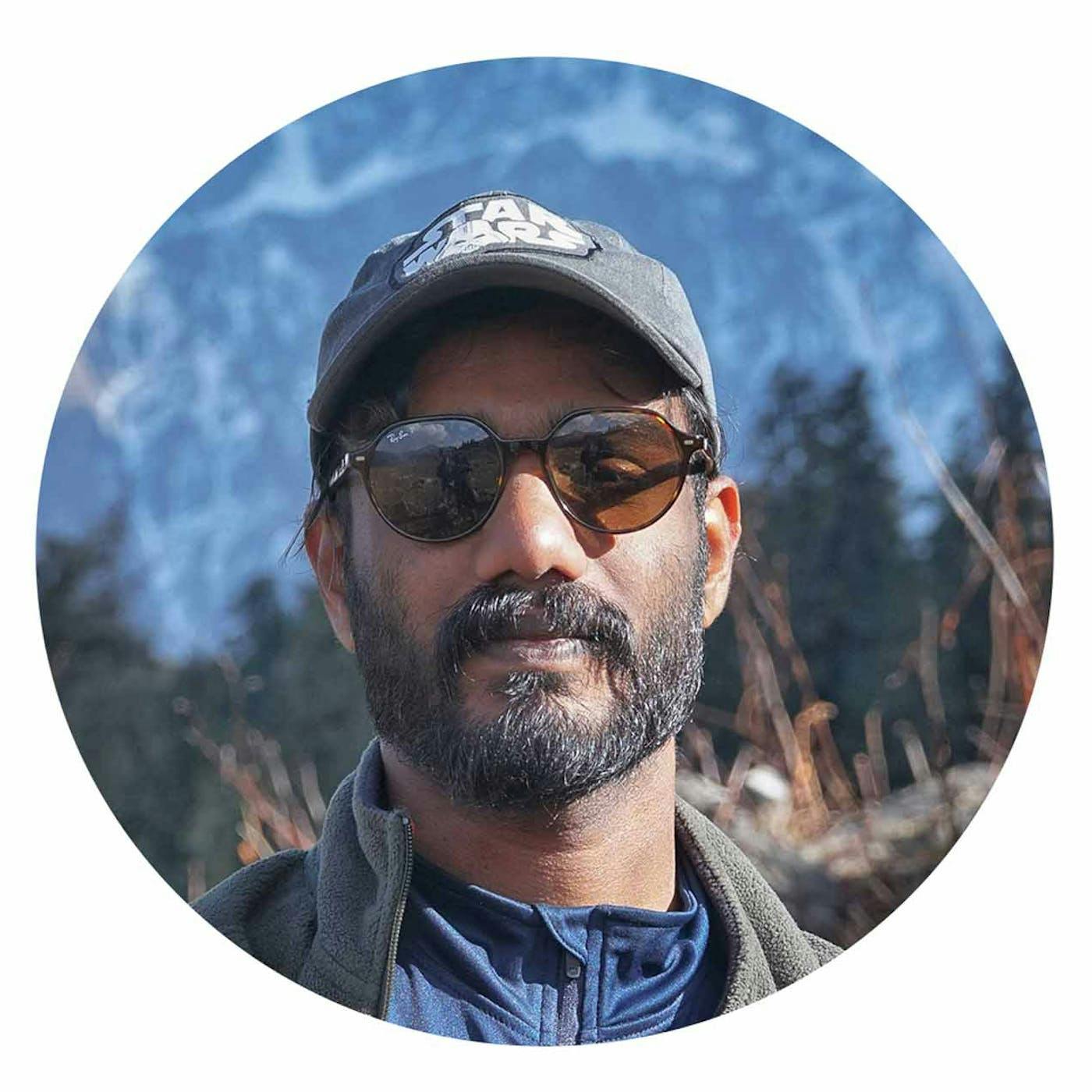
Senior Consultant Capgemini Thrissur, Kerala
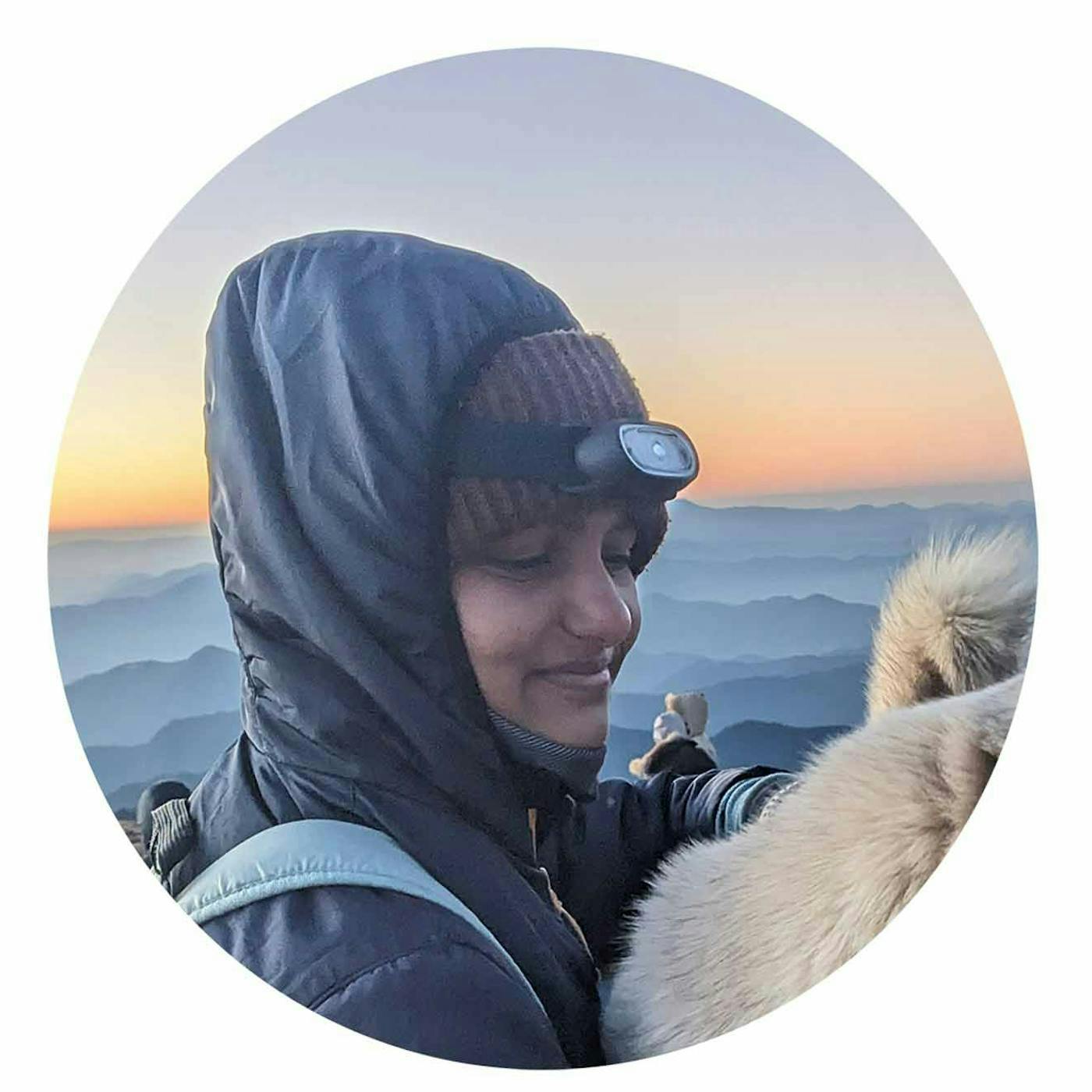
Preethi Viswanathan
Chennai Station Master, Indian Railways
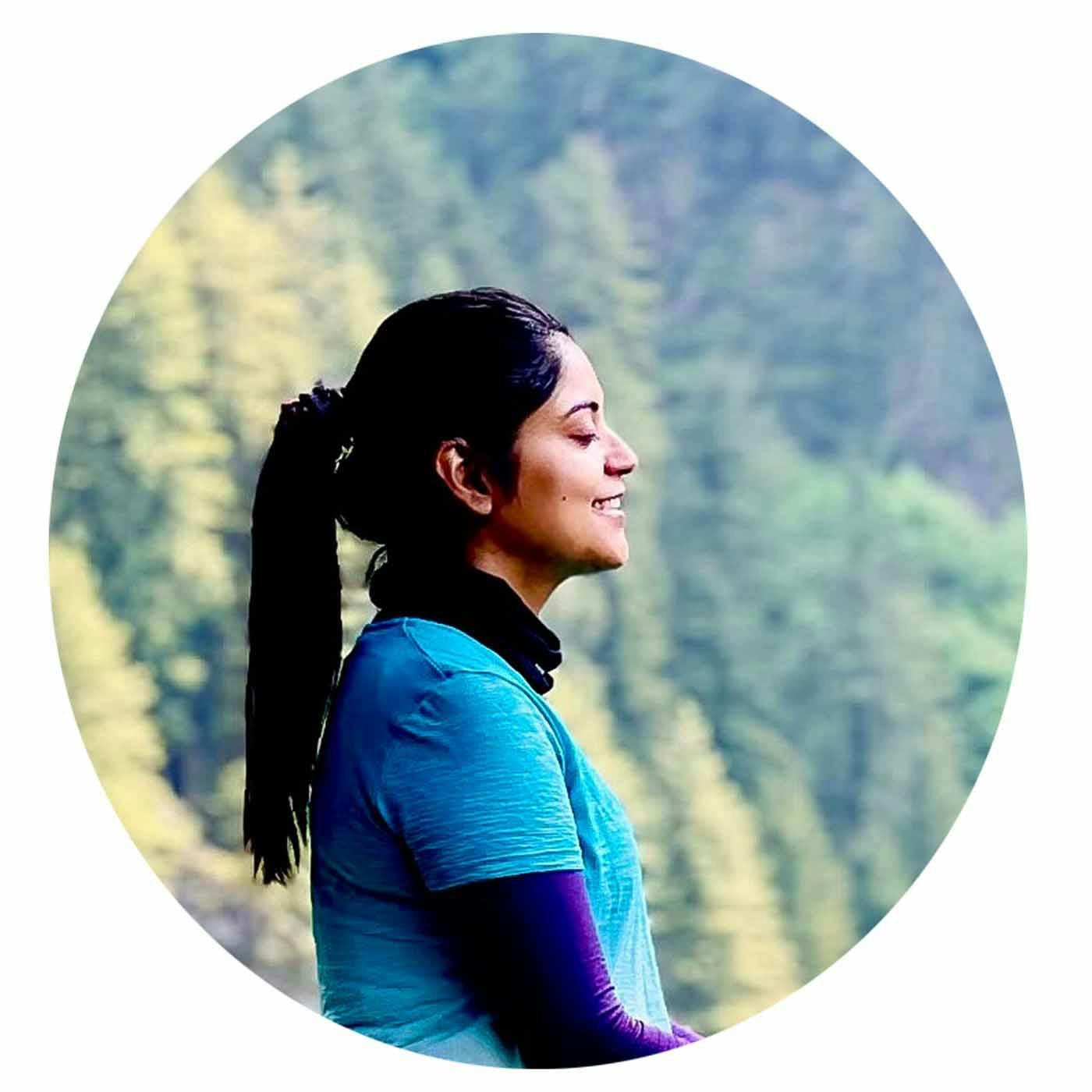
Atreyee Pal
Project Manager Tata Consultancy Services Ltd Kolkata
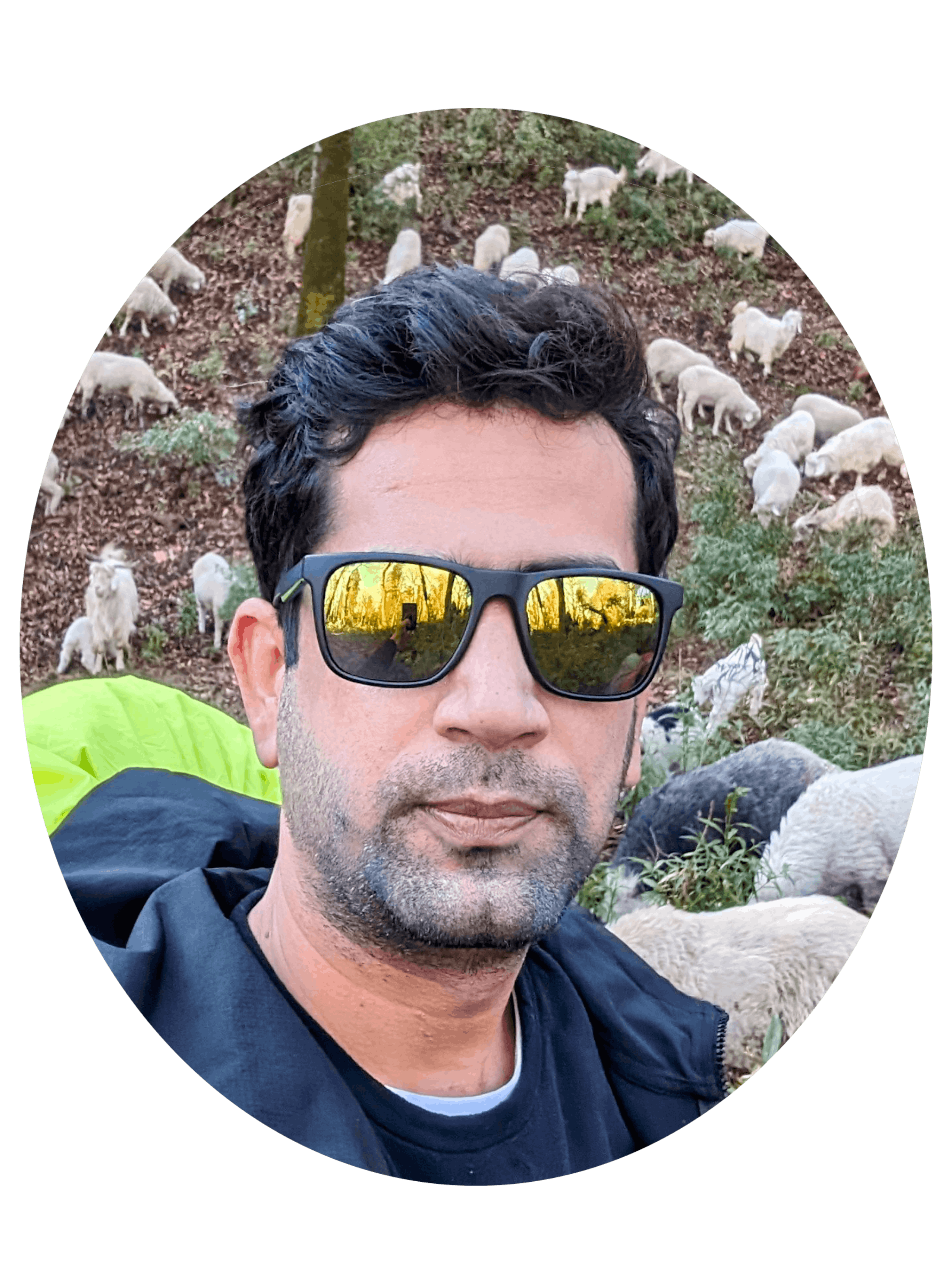
Aakash Tolani
Business Owner, Tolani Travel Assistance Ahmedabad
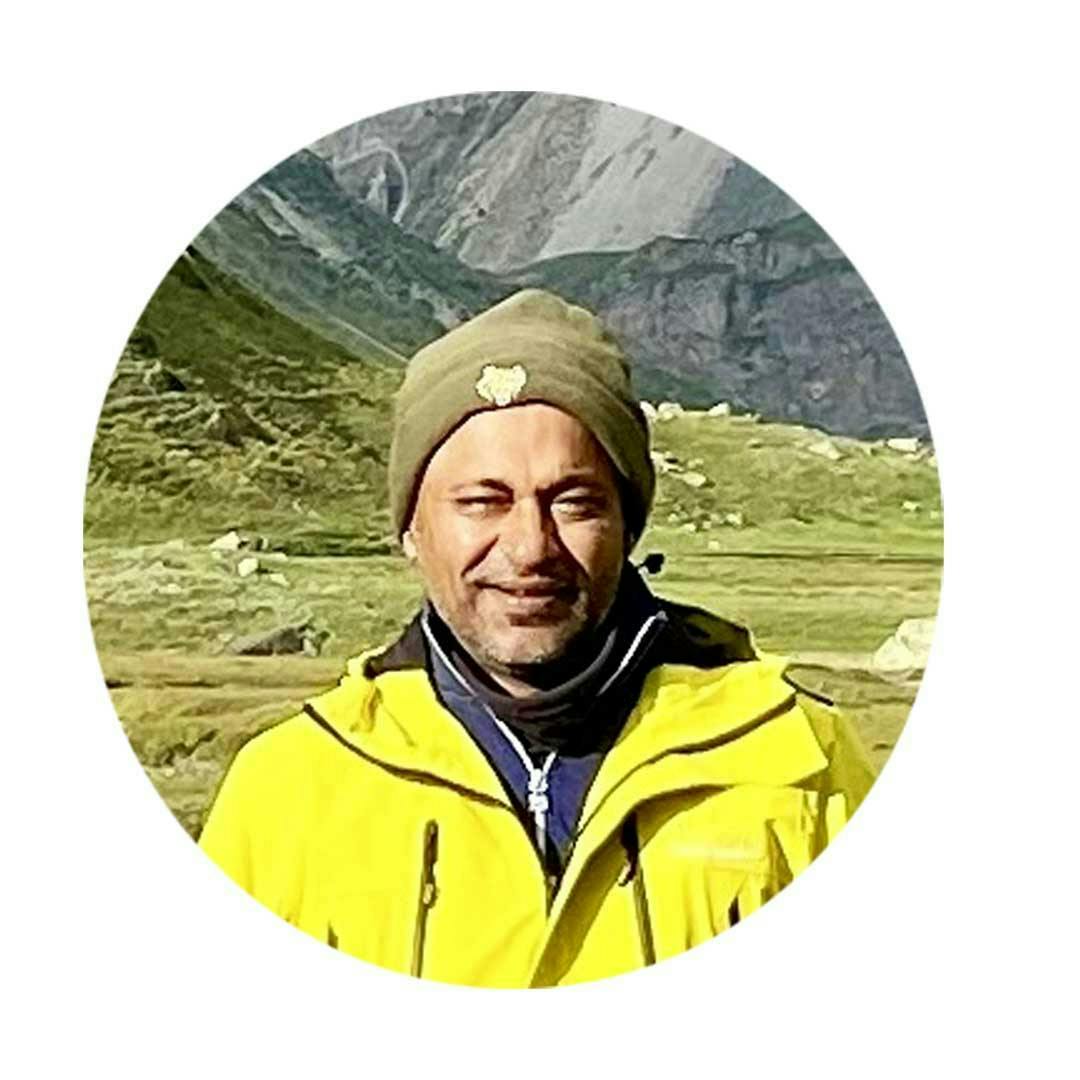
Nishant Gupta
Sita Ram khushal chand HPCL PETROL PUMP Panipat, Haryana
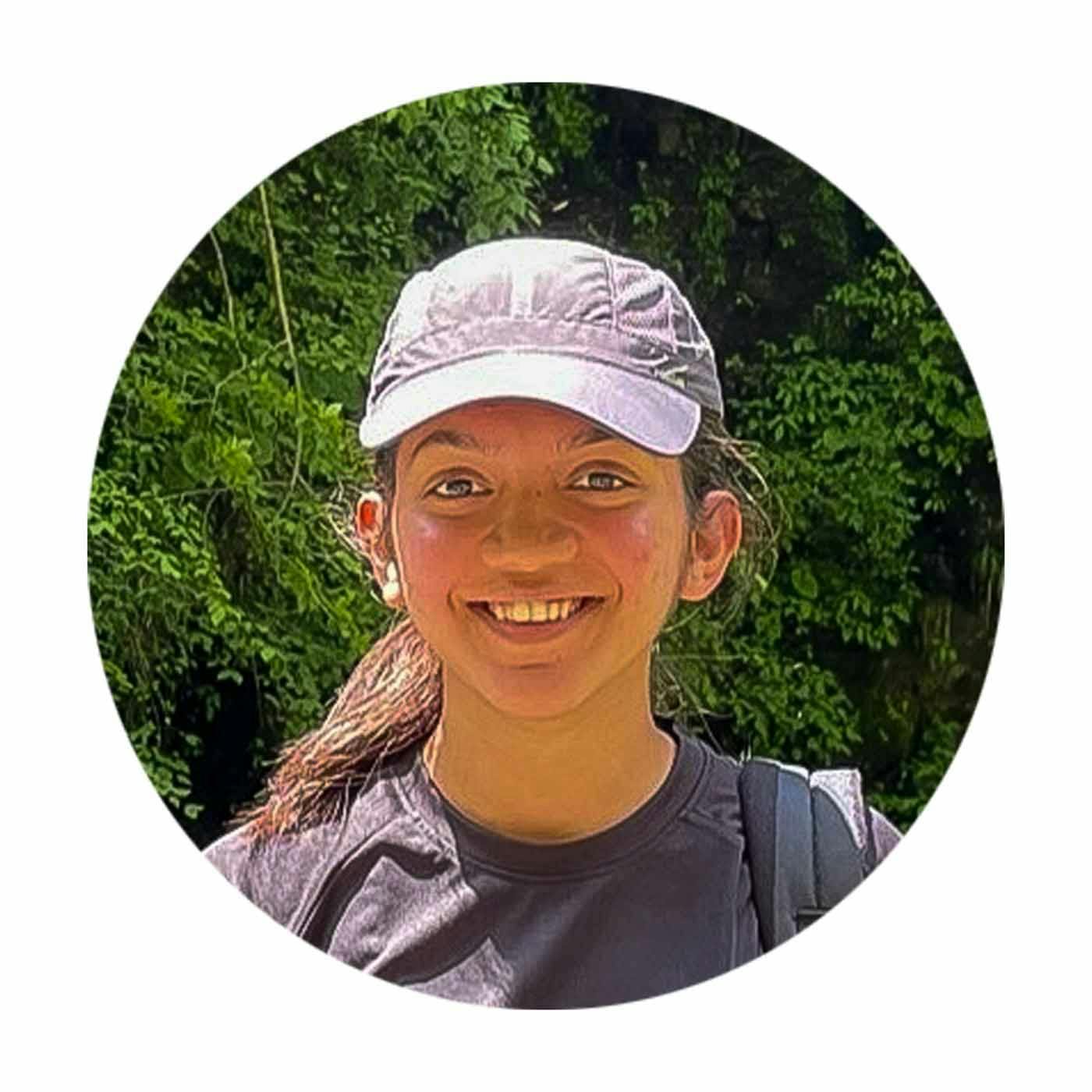
Atika Tantiya
Developer at SAP Labs India, Bangalore
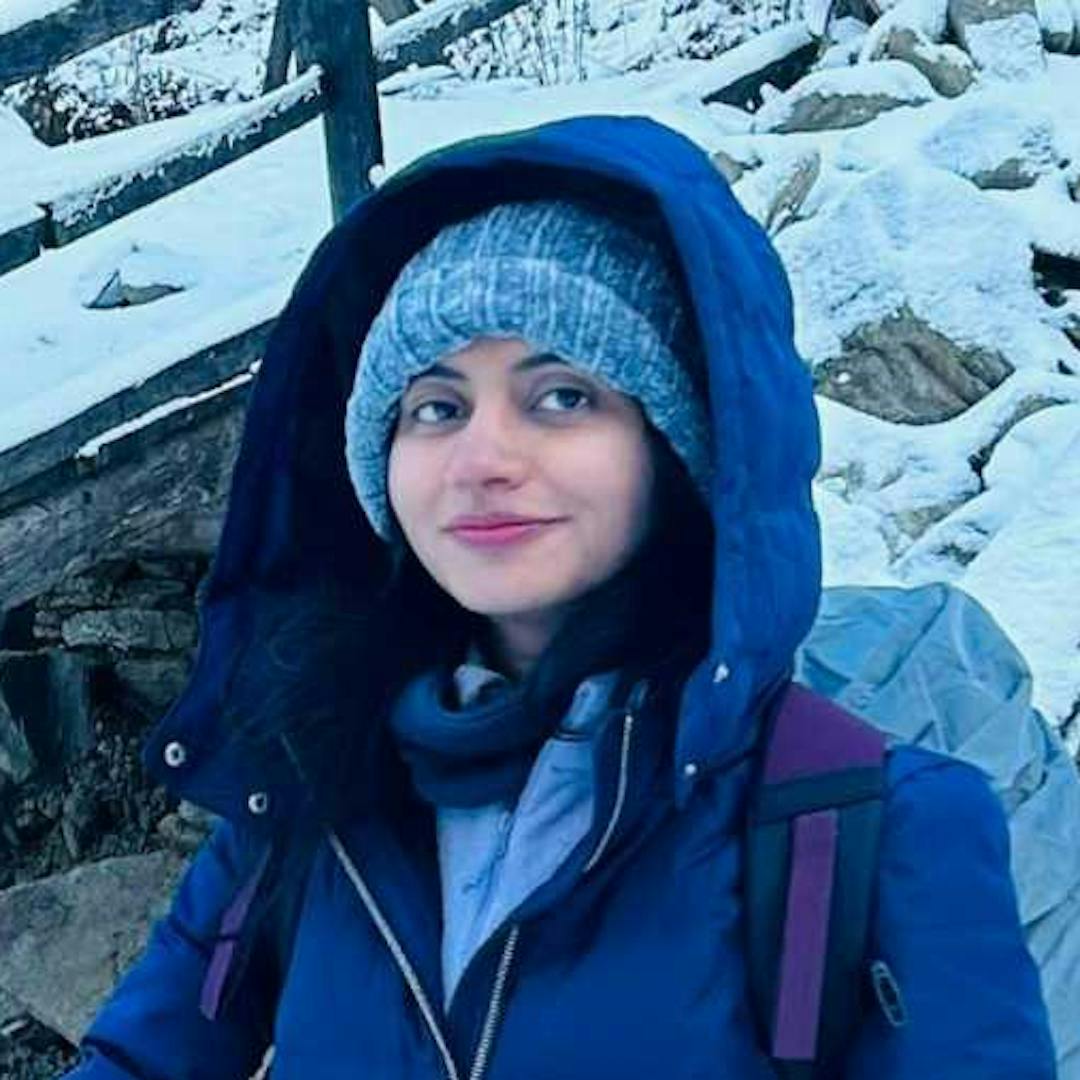
Geetika Doomra
Deputy Manager, Dhanuka Agritech Ltd. Gurugram, Haryana

Maj Prateek Verma (Retd)
Dinesh hinduja, frequenty asked questions.
Many trekkers call and ask us this question. You may notice that our trek fee is marginally higher for some treks, and you may wonder why you have to pay more for the same trek. The answer is straightforward. There's a very big difference in the quality of the experience you will have with Indiahikes compared with anyone else. You'll notice a stark difference in three areas:
1. Safety: Indiahikes is known to be India's safest trekking organisation. There's a reason for this. In the mountains, there are no better safety experts than Indiahikes trek leaders and the Indiahikes team. Whether it is our people, our processes, our equipment, or our protocols, they are watertight. So much so that other organisations come to Indiahikes when there's an emergency in the mountains. This is the level of safety we give our trekkers, and the marginal difference in the trek fee is something you pay for a very big benefit.
2. A mindfully designed trek: When you go on a trek with us, you don't blindly trek from Camp A to Camp B. There are a lot of mindful activities and experiences conducted throughout the trek. Our trek leaders are professional outdoor facilitators who can help you feel connected to yourself and nature. They are of a much higher caliber, and you'll notice this when you meet them.
3. A premium experience: We want trekkers to have a comfortable, premium experience in the mountains. You will notice this in the quality of our facilities. Right from the time you reach the base camp, you stay at our beautiful community campuses and not at cramped lodges. The equipment you use is expedition-grade and made to order by Indiahikes for Indiahikes. The food you eat is freshly cooked and part of a nutritious menu that our team has designed with your health and taste in mind.
There are multiple other aspects, like our hygiene practices, our bio-toilet systems, and our sustainability practices, where you are not harming the environment when trekking with us. There are many differences you'll see in your trek with Indiahikes.
With all these benefits, our trek fee is marginally higher. Many trekkers come back and tell us that our fee must be higher and is not high enough for the kind of experience we design. Yet, we will not veer in that direction because our philosophy is that Everyone Must Trek. After all, we know how good it is for society.
Yes, absolutely. Many solo trekkers join our teams and have wonderful experiences. They end up meeting like-minded people on the trek and don't feel like they have come along on the trek anymore.
Our pre-trek experienced team ensures that you know your entire team well much before you actually head out on the trek.
Additionally, we have several women trekkers who join us solo as well because of the safety they get with the Indiahikes team. You're welcome to join us as a solo trekker too.
Our answer to this is straight. When trekkers say Indiahikes is the safest trekking organisation in India, they are also referring to safety of women. You are going to be completely safe with us for the following reasons:
1. 35% of our trekkers are women. So you will be trekking with many other women in your group.
2. Our accommodation is separate for men and women. You will be sharing your tent / staying space with other women.
3. More and more solo women are trekking with us, so much so that you'll see a solo woman trekker in almost every group. This number is only growing. So you're not alone.
4. We ensure you e-meet your trekkers much before meeting them, in a pre-trek briefing as well as on a Whatsapp group. So you're not meeting strangers on the trek. You already know them.
5. 35% of our trek leaders are women. You might just have a woman trek leader!
6. Our male trek leaders are also trained and sensitised to handle any situations sensitively, including your periods. You're free to approach them for anything.
It is because of all these reasons that more and more solo women trekkers choose to trek with Indiahikes. Our own women team members live and work in the mountains, leading groups and living in a male-dominated industry. It is completely safe, you'll see for yourself.
Many trekkers call us and complain that our groups get filled too quickly. They never get the slots they want. Unfortunately, this is the hard reality. We have observed two things.
(1) It is the more challenging treks that get filled very quickly. Like the Rupin Pass trek or Buran Ghati trek. This is because when it comes to challenging treks, trekkers are very cautious about choosing the right organisation. They know that safety is of utmost importance on such treks and don't want to compromise. That is why you will see these treks getting filled almost 6 months in advance. You too, must plan these treks at least 5 months in advance.
(2) The popular treks always get filled in advance. Treks like Kashmir Great Lakes trek, Tarsar Marsar, Kedarkantha in winter, Deoriatal-Chandrashila in spring, these are blockbuster treks of our country, which you have to plan in advance.
Our advice is that you plan your trek at least 5 months in advance. This gives you three benefits:
a. It gives you a comfortable choice of choosing your most preferred dates, vs the dates that are leftover.
b. It gives you a good cushion in case you need to cancel / reschedule your trek. Your cancellation fee will be almost non-existent, depending on how early you change plans.
c. You have a good amount of time to prepare for the trek and become as fit as a trek leader.
So plan in advance, you'll have the best experience.
It’s wonderful that you’re planning to start trekking in the Himalayas. You’d be happy to know that around 70% of our trekkers are beginners and always get hooked to trekking after their first trek!
Having said that, you must choose your trek wisely — something that is not too difficult, yet will allow you to experience the grand settings of the Himalayas.
These are the treks we find best suited for beginners:
- Manali Kaisdhar Trek
- Chirbatiya Weekend Trek
- Benog Tibba Weekend Trek
- Nag Tibba Weekend Trek
- Dayara Bugyal
- Deoriatal-Chandrashila
- Kedarkantha
If you're in Bangalore, we highly recommend opting for our treks near Bangalore as preparatory treks for the Himalayas. These are the best treks you can do around Bangalore:
- Channarayana Durga Trek
- Minchukallu Betta Trek
If you're unfit or obese, then you must choose the right treks to do. We recommend choosing from our "easy" treks. The Manali Kaisdhar trek is the best one, because the trails are completely flat and will not test your endurance. It is a good stepping stone into the world of trekking.
On the other hand, if you're able to work on your fitness and meet the fitness criteria for any of our treks you're welcome to join our other treks too.
Every trek of ours, starting from our easy-moderate treks, has a certain fitness requirement. Our Experience Coordinators do fitness checks before allowing trekkers on treks. If you're able to get on a fitness routine and share proof of your fitness, you're welcome to join us.
There's a reason why we have strict fitness protocols on our treks. This video will tell you what happens if you're not fit.
On the other hand, several trekkers ask us what is the fitness approval process. Take a look here.
High-altitude trekking is a team sport. When a team of 18 is trekking to the summit, every single trekker's fitness matters. The team is only as strong as its weakest trekker. Often, unfit trekkers slow the team down, drain resources since they need a guide / trek leader constantly with them, they slow the team down.
On the other hand, every high-altitude trek comes with a set of challenges. Steep ascents and descents, uneven terrain, snow walks, stream crossings, pass crossings, and summit climb. Even the easiest of treks have some of these challenges if not all of them. Without fitness, trekkers struggle, get injured easily, lag behind, or simply fail to complete the trek.
At Indiahikes, we take pride in the fact that our trekkers are among the fittest in the country. Those who do not meet the fitness requirements are often sent back. Our philosophy is that trekking and fitness go hand in hand. Without fitness, there’s no trekking.
We have two kinds of waivers and scholarships at Indiahikes.
1. Scholarships for children: At Indiahikes, we strongly believe that children must trek. Children aged 14 and below qualify for a 30% trek fee scholarship. Reach out to us before payment to avail of this offer. Check out this article to learn more.
2. For every ten adult members (aged 15 and above) of the group, we waive off the trek fee for one person. Indiahikes will reimburse the said trek fee after you complete your trek.
The answer for this is not a yes or no. If you have any kind of health issues, please speak to us on a call before registering for a high altitude trek. Whether you can trek depends on the severity of your issue. We'll be able to speak to you and give you some guidance.
On the other hand, please take these two steps first:
1. Watch the "Ask Dr Sree" series, where Dr Sreelakshmi Thirumoorthy, a high altitude trekker and a practicing doctor, covers several health-related topics in her show. Trekkers find her videos to be very helpful.
2. Speak to your doctor about taking on a Himalayan trek and ask them if it is advisable. If they give you a green signal, nothing like it.
Once you're on the trek with us, we will have a safety check-in on the first day of your trek. During this check-in, disclose any health issues that you have to your trek leader, so that they can take extra care of you. Please also carry your medications along on the trek.
This is a big worry among trekkers. But what we have seen is that most trekkers start their treks by worrying about toilets but return feeling so comfortable with the toilets that they want the same toilets in the cities!
We have bio-toilets, researched and designed by Indiahikes for high altitudes. These toilets are designed with two things in mind: (a) your comfort and (b) care for the environment
What are bio-toilets? Biotoilets are deep pits dug into the earth, on which we place wooden planks. You squat Indian-toilet style and do your business in the pit, after which you use toilet paper to clean up. Once you're done, you use sawdust to cover up the human waste and leave the toilet clean for the next person. (In case you cannot squat, request your trek leader for a toilet seat. They can make it available.)
How are they comfortable? These toilet tents are placed at a slight distance from the campsite. There is no sight or smell once you enter the toilet. The sawdust doesn't allow any smell to escape and also absorbs all the moisture, keeping the toilet dry and odour-free. It also speeds up decomposition. On the other hand, our toilet tents are sturdy, with zips and good privacy. So you can do your business comfortably.
They are environmentally friendly: These are dry toilets, where we don't use water. There's a reason behind this. Our toilets are designed after extensive research on the decomposition of human waste at high altitudes. Using too much water slows down the decomposition by many months, which is not favourable in such fragile eco-systemsecosystems. (You can read more about the design of the toilet system here ).
5 Reasons Why Indiahikes
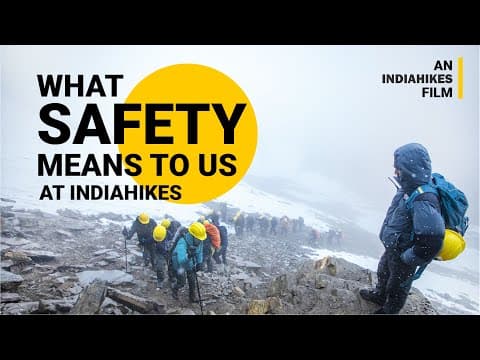
When we brought out new trails in Indian trekking, safety came with us. Back in 2012, we were the first to introduce microspikes, and two years later, pulse oximeters became standard thanks to us. Nobody does safe treks like Indiahikes. In the mountains, emergencies don't care who you're with – everyone knows that when trouble hits, you look for the yellow tents of Indiahikes.
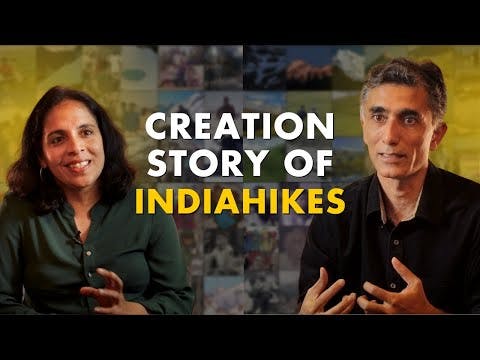
We are pioneers in trekking. Since 2007, we have brought out treks that have become India's most famous treks: Roopkund, Rupin Pass, Buran Ghati, Kedarkantha, Kashmir Great Lakes, Tarsar Marsar, Brahmatal, Phulara Ridge—the list goes on. In 2023 alone, we brought out five new treks in Indian trekking. We know treks better than anyone . This comes directly from the reason why Indiahikes was born: to bring out trek information and enable trekkers to trek on their own.

More than 25,000 people trek with us every year. We are the largest trekking organisation in India. 24% of our trekkers come back to trek with us every year. Over 4,000 students from the top educational institutions trek with us every year. Aside from this, families with children choose to trek with Indiahikes knowing that our treks are the safest. We have taken over 8000 children trekking so far, and the number continues to grow.
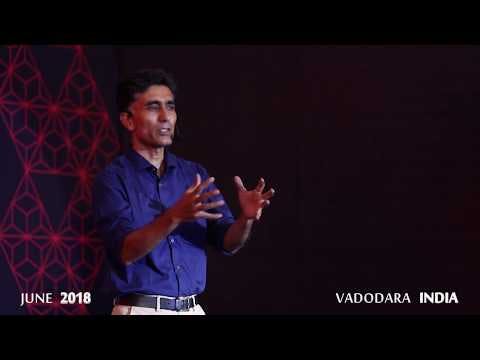
We focus on designing transformative experiences. Our trek leaders conduct thought-provoking exercises that help you reflect and contemplate. This impact stays with you for a long time. Trekkers return feeling energised, more confident, or developing abilities to deal with difficulties. Many have changed careers, rethought their core values, become more humble, shown gratitude to others, or started a new fitness journey.
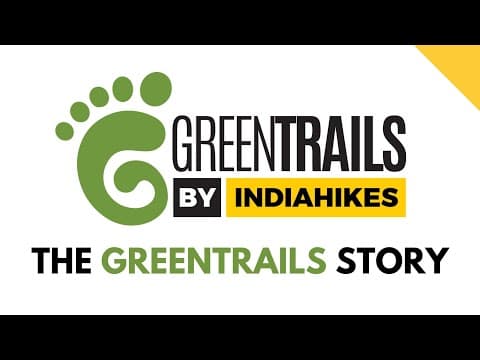
Since 2012, we have pioneered sustainable practices that have become standard in trekking. Using eco-bags, our trekkers have cleared over 120 tonnes of litter from the mountains. We do not carry packaged foods; instead, we serve freshly made food. We do not light campfires; we carry coal to light angethis to keep you warm. Our bio-toilets not only keep our toilets odour-free but also enrich the soil. When you trek with us, you leave mountains better.
The Indiahikes Advantage
You’re guarded with our trek again philosophy
If you are unable to complete a trek, or if you love a trek, you can repeat it with us anytime. You don’t have to pay us for it. See our thoughts behind this here.
Get expert guidance even before you start the trek
Get personalised support from our expert Experience Coordinators. From registration to departure, they'll prepare you every step of the way.
Join any group, they are all women-friendly groups
With around 30% of our trekkers being women, all women, including those travelling solo are comfortable to join any of our groups.
Meet like-minded trekkers
Indiahikes carries with it a strong spirit of trekking, one that comes with fitness, minimalism, mindfulness and a deep love for nature.
Avail a 30% scholarship for children aged 8-14
We want to see more children trekking. Indiahikes will sponsor 30% of your child’s trek fee. Let them explore nature, build confidence, and create memories.
Trek Together, Save Together: 10+ Group Waiver
Sign up for an Indiahikes trek with 10 or more trekkers, and one lucky member gets their trek fee waived entirely! You only pay for 9.
Sign up to be notified of new treks, tips and trail information
Join 120,000 other trekkers. Less than 0.01% unsubscribe.
Treks by Categories
Treks by season, treks by month, treks by duration, treks by difficulty.
- Easy - Moderate
- Moderate - Difficult
Treks by Region
- Uttarakhand
- Himachal Pradesh
- Lahaul and Spiti
- Jammu & Kashmir
- West Bengal
- Chhattisgarh
Treks by Experience
- Family Treks
- Stargazing Treks
- Senior Treks
- Adventure Therapy
- Summer Camps
- Youth Camps
- Cancellation policy
- Work with us
- Our sustainability practices
- Privacy Policy
- Terms & Conditions
080 468 01269 Mon to Sat - 9.30 AM to 7.30 PM Sun - 9.30 AM to 6.30 PM
Bengaluru Office
139, Defence Colony Road, Defence Layout, Sahakar Nagar, Bengaluru, Karnataka 560092
Dehradun Office
No.85/10, Neshvilla Road, Dehradun - 248001
© 2024 Indiahikes Private Limited
All images are copyrighted by their respective authors.

Mosaic Adventure
Unleash the trekking bug in you…. experience the Himalayan touch……
Trekking in Nepal in July
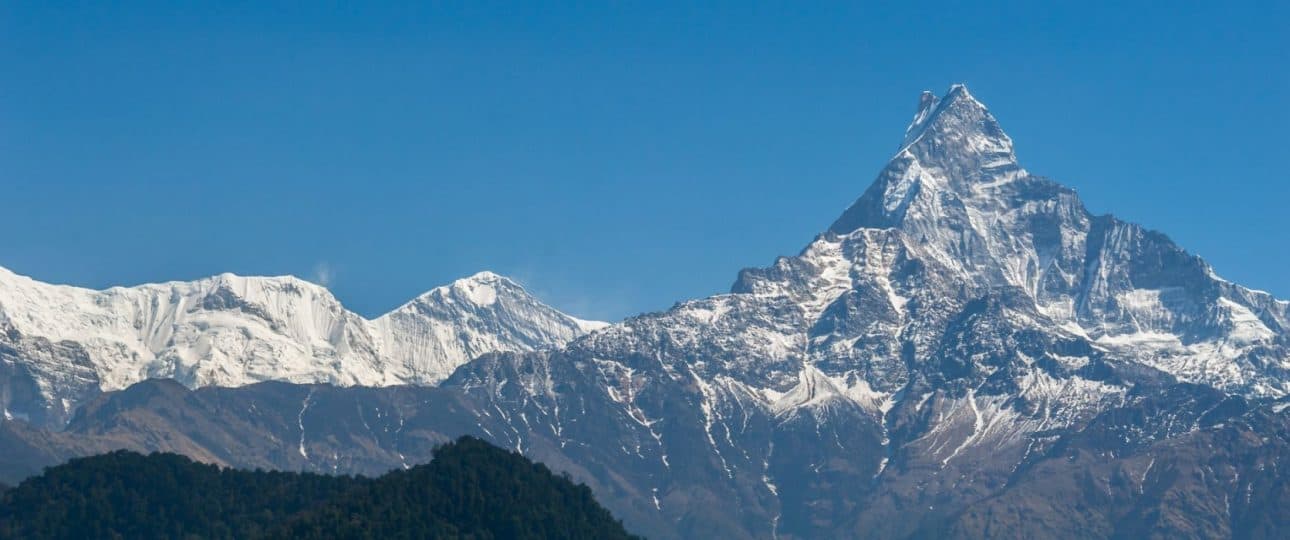
Trekking in Nepal is world famous and for a good reason. Nepal is a truly amazing place for wonderful activities like hiking, touring, mountaineering, and trekking in the Himalayas.
Yearly, Nepal attracts a large number of trekkers. You can choose among 200 trekking routes that are legally opened for foreign tourists.
There are thousands of wonderful hiking trails you can explore throughout the year.
The best part of trekking in Nepal is there is no any seasonal constraints throughout the year.
Despite the heavy monsoon, June, July, and August are still the best off-season trekking months in Nepal.
But before heading towards the trail during the monsoon months, a single question frequently strikes on the trekker’s mind.
Does it rain 24 hours like in other parts of the world?
The answer is big No!!!
The monsoon in Nepal is not like the typical monsoon of Asia. It rains but mostly at night time. So, you should be lucky enough to grab the best mountain views during the early in the morning and the evening time.
However, after raining at night the weather gets clear in the morning and enjoy the Himalayas.
Thus, July is not as bad trekking month as people think. With good trekking gears, it can be one of the best offseason trekking months in Nepal.
The great thing about trekking in Nepal in July is almost all popular trails are less crowded. So, you’ll get full solitude and enjoy the pristine and natural scenery of the Himalayas.
You must be careful about choosing the trekking routes while making the plan of trekking in Nepal in July.
So, while planning your trekking trip in Nepal, there is a lot more to it than just looking at what season it is.
Nepal is a land of picturesque beauty, adventure, and memorable experience. I assure you that at the end of this article, you’ll definitely get the best reason for trekking in Nepal in July.
Table of Contents
Weather Conditions while Trekking in Nepal in July
Poon hill trek, upper mustang trek, nar phu valley trek, essential gear, clothing tips for trekking in nepal in july, safety tips for trekking in nepal in july, best reasons for trekking in nepal in july, q1. during july, does the teahouse remain open on the trekking trails of nepal, q2. does it rain all the time in the himalayas during july.
- Q3. Can we do Everest Base Camp Trek in July?
Final Thoughts
July is an offseason trekking month. The weather during this month gets very hot, humid, and wet.
During this month it rains almost daily with an occasional thunderstorm in the evening. Although the mornings are often clear with the great mountain views.
Weather conditions depend upon the altitude and elevation. Also, the regional distribution varies rainfall from one place to another. Pokhara valley located in the central part of Nepal receives more than 400 mm rainfall.
Normally, the western and northern side of Nepal receives less rainfall. In the northern side of Nepal, there exists a large rain shadow area beyond the great Himalayan ranges. During the monsoon, these regions receive less rainfall like 50 mm.
During this month, in Kathmandu, it rains to average between 200-375 mm. Due to the frequent rainfall, the temperatures slightly drops-down in the June month.
Around the Kathmandu valley, the temperatures may range from max 30°C to min 21°C.
The rain spreads the pleasantness around the green lush vegetation in the hill area.
Want more information? Send us your query, and our experts will get back to you within 24 hrs.
- Full Name *
- Address Select Country Afghanistan Albania Algeria American Samoa Andorra Angola Anguilla Antarctica Antigua and Barbuda Argentina Armenia Aruba Australia Austria Azerbaijan Bahamas Bahrain Bangladesh Barbados Belarus Belgium Belize Benin Bermuda Bhutan Bolivia Bonaire, Sint Eustatius and Saba Bosnia and Herzegovina Botswana Bouvet Island Brazil British Indian Ocean Territory Brunei Darussalam Bulgaria Burkina Faso Burundi Cabo Verde Cambodia Cameroon Canada Cayman Islands Central African Republic Chad Chile China Christmas Island Cocos Islands Colombia Comoros Congo Congo, Democratic Republic of the Cook Islands Costa Rica Croatia Cuba Curaçao Cyprus Czechia Côte d'Ivoire Denmark Djibouti Dominica Dominican Republic Ecuador Egypt El Salvador Equatorial Guinea Eritrea Estonia Eswatini Ethiopia Falkland Islands Faroe Islands Fiji Finland France French Guiana French Polynesia French Southern Territories Gabon Gambia Georgia Germany Ghana Gibraltar Greece Greenland Grenada Guadeloupe Guam Guatemala Guernsey Guinea Guinea-Bissau Guyana Haiti Heard Island and McDonald Islands Holy See Honduras Hong Kong Hungary Iceland India Indonesia Iran Iraq Ireland Isle of Man Israel Italy Jamaica Japan Jersey Jordan Kazakhstan Kenya Kiribati Korea, Democratic People's Republic of Korea, Republic of Kuwait Kyrgyzstan Lao People's Democratic Republic Latvia Lebanon Lesotho Liberia Libya Liechtenstein Lithuania Luxembourg Macao Madagascar Malawi Malaysia Maldives Mali Malta Marshall Islands Martinique Mauritania Mauritius Mayotte Mexico Micronesia Moldova Monaco Mongolia Montenegro Montserrat Morocco Mozambique Myanmar Namibia Nauru Nepal Netherlands New Caledonia New Zealand Nicaragua Niger Nigeria Niue Norfolk Island North Macedonia Northern Mariana Islands Norway Oman Pakistan Palau Palestine, State of Panama Papua New Guinea Paraguay Peru Philippines Pitcairn Poland Portugal Puerto Rico Qatar Romania Russian Federation Rwanda Réunion Saint Barthélemy Saint Helena, Ascension and Tristan da Cunha Saint Kitts and Nevis Saint Lucia Saint Martin Saint Pierre and Miquelon Saint Vincent and the Grenadines Samoa San Marino Sao Tome and Principe Saudi Arabia Senegal Serbia Seychelles Sierra Leone Singapore Sint Maarten Slovakia Slovenia Solomon Islands Somalia South Africa South Georgia and the South Sandwich Islands South Sudan Spain Sri Lanka Sudan Suriname Svalbard and Jan Mayen Sweden Switzerland Syria Arab Republic Taiwan Tajikistan Tanzania, the United Republic of Thailand Timor-Leste Togo Tokelau Tonga Trinidad and Tobago Tunisia Turkmenistan Turks and Caicos Islands Tuvalu Türkiye US Minor Outlying Islands Uganda Ukraine United Arab Emirates United Kingdom United States Uruguay Uzbekistan Vanuatu Venezuela Viet Nam Virgin Islands, British Virgin Islands, U.S. Wallis and Futuna Western Sahara Yemen Zambia Zimbabwe Åland Islands Country
- Trip Title *
- Number of Days
- Group Size *
- Travel Date Day Month Year
- Contact Number *
- Your Email *
- Describe Your Trip *
Best Trekking Destinations Trekking in Nepal in July
The trekking in Nepal is doable in any season. Summer or monsoon seasons are the off-season for trekking in Nepal. Despite this, July also offers some of fantastic short as well as long trek.
During the July, the climate plays a critical factor for the trekking. But you can choose any of these trekking destinations, where there is no risk of monsoon.
The popular off-beaten trekking like Upper Mustang, Upper Dolpo, and Nar Phu Valley trek are doable during this month. Besides this, the popular trekking destination like Everest Base Camp trek , Ghorepani Poon Hill trek, and Mardi Himal trek is also equally fruitful to do.
To help you plan your trekking in Nepal in July, I’ve listed some great trekking routes that ensure your drier feet indeed !!!!
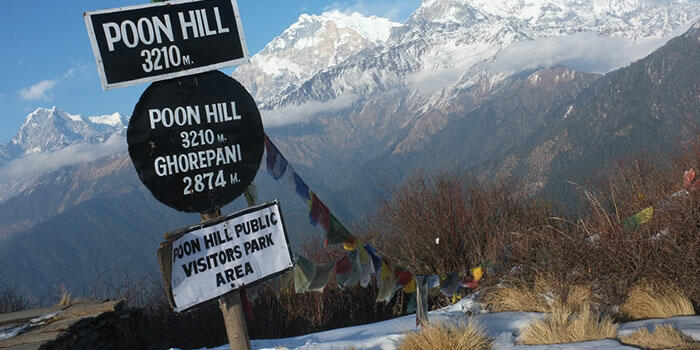
While talking about the short trekking in Nepal, then Poon hill trek comes in number one positions.
Yes, Poon Hill trek is one of the most famous short treks in Nepal. It is a perfect trek for the beginners with minimal time in Nepal.
The major highlight of this trek is the view of sunrise at Poon Hill, 3810 m above sea level. From the top of the hill, you’ll get 360-degree panoramic views of the surrounding mountains.
It is one of the most popular trekking routes, there are significant travelers around the trail during the high trekking season.
On the trail, you’ll visit some important villages and one of them is Ghandruk. It is the second biggest villages of Gurung inhabitants.
Within the short period of trekking, you’ll get to see marvelous views of Mt. Annapurna, Mt. Dhaulagiri, Mt. Macchapucchre, and Hiunchuli.
This trekking trail leads you via incredible dense rhododendron forests, deep subtropical valleys. In addition, with a bit preparation on the Poon Hill trail, you can enjoy the lush vegetation and unique agriculture cultivation style that may not be possible to observe during other trekking seasons.

Despite monsoon, July is still a good time for Upper Mustang trek in Nepal. The Upper Mustang region lies in the North of Nepal that has a little or no rainfall during monsoon.
Since this region is highly dominated by giants Annapurna and Dhaulagiri massif, the rainfall is rare in this region.
This trekking trail lies under the restricted trekking region of Nepal . Thus, you require the special trekking permits.
During this amazing trek, you’ll get an amazing scenery of unique landscape of trans-Himalayan mountain area. Also, you’ll get a chance to experience some unique Tibetan culture.
One of the major highlights of the Upper Mustang trek is ancient capital of Lo Manthang. This place is the last examples of lively Tibetan culture. It is largely inhabited by Manangi people whose culture and traditions are similar with the Tibetan people.
On this trek, you’ll get a great chance to witness the Buddhist art and culture and learn about the Trans-Himalayan history.
This trekking route offers the wonderful mountain views of Annapurna, Dhaulagiri, Nilgiri, and other nearby peaks of Annapurna region.
Upper Mustang trek is a great adventure trek along the off-beaten path in the Himalayas.
Nar Phu Valley trek is newly opened and adventurous trek which is possible for trekking in July. This trekking region never gets affected by monsoon rainfall.
This trek is perfect for those adventurous trekkers who seek to venture off the beaten track with the panoramic mountain views.
Throughout the trail, you’ll visit different Buddhists monasteries. You’ll pass via high peaks and passes, glaciers, remote villages, narrow canyons, and amazing landscapes.
Since it lies in the isolated region, the Nar and Phu villages are untouched by modern development. So, the trail is rugged and the basic accommodations are available.
This off-beaten trekking trail situates north of popular Annapurna Circuit Trekking route. Like Upper Mustang, it’s landscape is also Tibet-like.
This trekking route brings you closer to the people of the Himalayas. Furthermore, the higher regions of treks are home to Tibetan culture still leading their ancient way of life. Time and technology are paused, transporting yourself to eras when life is simple yet beautiful !!!
Take time to explore the unique culture, completely different from other mountainous regions. If you’re fit and want to get off the common routes, this adventure will take you to new heights.
Throughout the trail, you’ll encounter basic tea houses. You’ll get a chance to taste local and delicious food on the trail.
Nar Phu Valley trek can be done year around. However, the best time to go is in October, November, March, and April . But I would like to say the July is also the best time to visit this remote place.
Equipment and Packing List for Trekking in Nepal in July
- Sleeping Bag
- Trekking Bag
- Rucksack Bag
- Trekking pole
- Water bottle
- Hiking shirts
- Long sleeved t-shirt
- Fleece jacket
- Hooded rain jacket
- Down jacket
- Waterproof shell jackets
- Sports bras
- Light and expedition weight thermal tops
- Lightweight cotton pants
- Polypropylene underwear
- Waterproof pants
- Hiking shorts
- Hiking boots
- Camping sandals
- Thick wool socks
- Light socks
- Heavyweight winter gloves
- Light and waterproof gloves
- Sun hat or scarf
- Winter hat or insulating hat or Wide-brimmed hat
- Headlight with extra batteries
- Medium sized quick-drying towel
- Hand sanitizer
- Sunglass with UV protection
- First aid kit
- Water purification tablets
- Binoculars (optional)
- During July, especially when there will be a torrential downpour, don’t forget to pack breathable rain gear.
- While walking via the dense forests there might be significant insects so full sleeved clothes are highly recommended.
- During this month, the humidity can be also a huge problem. So you need to choose the quick-drying fabrics like synthetic. Strictly avoid cotton clothes!!!
- Keep yourself updated with the weather conditions. The weather, especially in the Himalayas, keep changing. So, while trekking in Nepal in June, you need to act wisely.
- Choose your trekking destinations carefully. If you choose the trekking destinations wisely, then June can be one of the best times to trek in Nepal.
- Keep some buffer days in your trekking packages. Since the weather, in the Himalayas is mostly unpredictable. Thus, it’s wise to set two or three extra days in case something unavoidable (landslides/floods) during the trek.
- Beware of leeches. During the month of monsoon, one of the biggest issues is leeches. So, be prepared for it. You can carry some salt while you trek. Also, to prevent from sticking leech to your body, you can tuck your shirt into your pants and your pants into the socks.
- During the rainy months, the mosquitoes and other bugs are also other major problems. So, it’s essential to carry an insect repellent with yourself during the trek.
- This month of the year, you’ll see relatively fewer people on the trekking trail. Fewer trekkers around yourself mean you can enjoy the whole scenery of trek just by yourself.
- Everything is more beautiful, greener, and cleaner than ever. The flower blossom everywhere in the hills side area. The Himalayas become a heaven for trekkers during this month.
- Accommodation prices are often cheaper during the offseason. Thus, you’ll be able to haggle more easily and discounts are easier to find.
Travelers from all over the world flock to Nepal year around. It’s just during July, the number of trekkers reduces significantly. But this doesn’t mean that the trekking trails are closed. Teahouses on the popular trekking trails are opened as usual. The Himalayan people always welcome their guests warmly with a big smile.
Nepal has a monsoon climate. Even during the peak monsoon season, July and August it doesn’t mean it rains all the time. Actually, you might get heavy rains for a first few days on the trail while it might be sunny and warm on other days of the trek.
Q3. Can we do Everest Base Camp Trek in July ?
Yes, you can do it with proper preparation, right equipment and rain gears.
Also, sometimes you can often do trek without any rain or with only a little shower. Nepal’s weather is totally unpredictable, especially at the Himalayas !!!
But it’s better to take umbrella, raincoat, and waterproof jackets and trousers with yourself on the trek.
If you’re actual adventure lover, then you’ll love this challenging month. The little obstacles like leeches, rain won’t bother you too much.
Yes, July is one of the wettest months in a whole year. But this may not be the scene always.
If you choose any of one trekking region that lies in the rain shadow area, then you’ll encounter with the light monsoon.
Besides trekking, if you’re planning to travel during this month, you can do the activities like volunteering, meditation, and yoga. This month is the main time period for the rice plantation. If you visit the village side, then you can take part in the rice plantation with the locals.
In fact, in the Pokhara valley, Mud festival is held during this month. During this festival, you’ll get to play a fun game like rice plantation race, mud race, and even play and throw mud at each other.
So don’t stop yourself to explore Nepal because of monsoon as in Nepal it isn’t that difficult either !!!
Happy Trekking !!!
If you want more information about trekking in Nepal in July, then we are happy to answer your question. Please feel free to contact us.
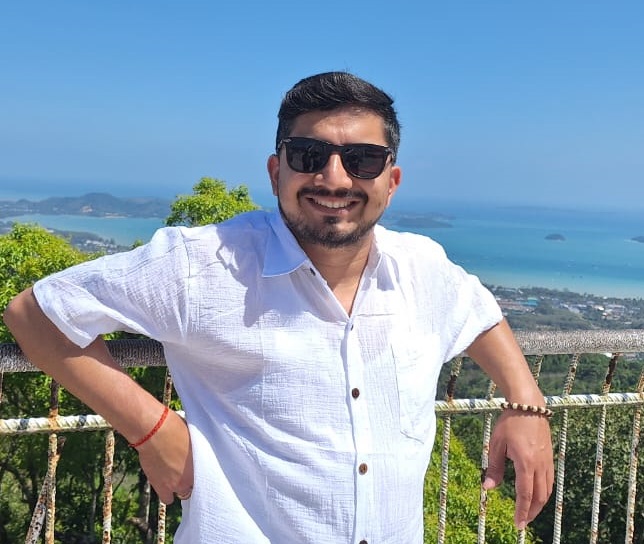
Madhav started working as a porter in 2001 and then moved on to work as a trekking guide. After working in the trekking and tourism industry for eight years, he co-founded Mosaic Adventure in 2009.
Madhav has trekked to most of the trekking destinations in Nepal, including Everest Base Camp Trek, Annapurna Base Camp, Annapurna Circuit Trek, Poon Hill Trek, Jomsom Muktinath Trek, Indigenous Peoples Trek, Langtang Valley Trek, Mardi Himal Trek, and all of the day hikes around Kathmandu.
He has also extensively traveled to other countries such as Australia, the USA, the UK, France, Hong Kong, Japan, China, the Philippines, the UAE, Saudi Arabia, Bahrain, Thailand, Turkey, and India. Madhav is the one who answers most of your questions about trekking and tours and helps to plan your trip by giving a personal touch.
You may also be interested in...
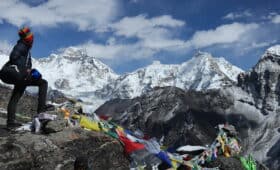
Stunning Photos of Gokyo Lakes Trek
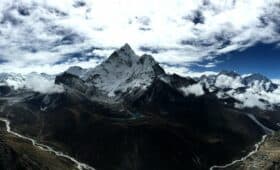
The Ultimate Guide to Everest Base Camp Trek – 33 Things You Need to Know

8 Days Treks in Nepal
Leave a reply cancel reply.
Your email address will not be published. Required fields are marked *
Save my name, email, and website in this browser for the next time I comment.

Home » Shop » Valley Of Flowers Trek
- getting there
- Detailed itinerary
- cost inclusions
- cancellations
- Valley Of Flowers trek Booking Form
- 1 Week trek
- Easy Grade Treks in Himalayas
- Family friendly
- Garhwal Treks
- Himalayan Tea-House Treks
- Monsoon Treks
- Uttarakhand
Valley Of Flowers Trek:
Upcoming Valley of Flowers trek 2023 in July and August as per the given itinerary. Customised private tours are possible from early July till end of September. Only available group tour is starting on 20th August 2023 from Rishikesh. Submit the Booking form to get all relevant details in email.
Valley of Flowers trek is a chart topper, when you are considering a monsoon trek. Below is your Complete Guide to Valley of Flowers trekking tour 2023 . Click on a link to jump to a specific part of information.
Valley of Flowers: Current Status, News & latest updates 2022 Brief itinerary Notes on itinerary Why it is special About the trek Trek distances, altitude gain and profile Trek difficulty Safety and risks during monsoon Things to bring Best time to visit Package and trek cost Biodiversity, flora & fauna How to reach trek basecamp?
Brief Itinerary:
Day 1 : Start from Rishikesh by 6 a.m. and drive to Govindghat (~1815 m/5950 ft) – 265 Km – 10 to 12 hours. Lodge or hotel accommodation. Day 2: Drive from Govindghat to Pulna (~ 2050 m/6725 ft) – 4 Km and then trek to Ghangaria (~3050 m/10000 ft) – 10 Km – 5 to 6 hours. Lodge or hotel. Day 3: Trek to the Valley of Flowers , (~3450 m/11320 ft) explore around and back to Ghangaria – 8 to 10 Km – 6 to 8 hours. Lodge or hotel. Day 4: Trek to Hemkund Sahib (~4160 m/13650 ft), explore the adjacent lake and back to Ghangaria – 12 Km – 7 to 8 hours. Lodge or hotel. Day 5: Trek to Pulna – 10 Km – 4 to 5 hours. Drive 4 Km to Govindghat. Lodge or hotel accommodation. Day 6: Drive from Govindghat to Rishikesh – 265 Km – 10 to 11 hours. You will reach Rishikesh by 6 to 7 pm. From here, Haridwar is ~ 20 Km, Dehradun (DED) Jolly Grant Airport is also 20 Km away and an hour’s drive.
Important notes on travel and the itinerary:
- You may opt for shared transportation with other group members (NOT included in the TREK FEE) from Rishikesh on Day 1 at 6 a.m . Pickup spots in Rishikesh are Natraj Chowk and Tapovan Police Checkpost on Badrinath road. Otherwise, you are free to reach basecamp independently. Similarly, you will return to Rishikesh on Day 6 evening by 6 to 7 p.m . Arrange your travel tickets accordingly.
- Cab fare is ₹ 8,000 and ₹ 11,500 for a Tata Sumo and Tempo Traveller one way respectively. This is shared equally by the team members and paid directly to the driver.
- Often, it is convenient to reach Rishikesh anytime on Day 0 . Either you can fly to Dehradun (DED, Jolly Grant airport) which is only 1 hour’s drive from Rishikesh. Otherwise, you can take Uttarakhand state transport volvo bus services (afternoon and overnight) from ISBT Kashmiri Gate Delhi to Rishikesh (5/6 hours). Arrange your stay in Rishikesh accordingly.
- The last ATM is at Joshimath, ~20 Km before Govindghat. Withdraw cash well in advance either in Rishikesh, Srinagar, or Karnaprayag.
- Major mobile networks work at basecamp Govindghat. You will get some or intermittent mobile connectivity at Ghangaria.
Why Valley of Flowers is special:
Already you may be in love with the just wow photos, typically a slope of a mountain covered with wild flowers. You can see somewhat similar flower covered slopes or ground in some other valleys on the Himalayas as well. However this valley is not special due to a few varieties in abundance during monsoon. But it is the sheer variety and the amount of flowers together that make Valley of Flowers a unique and a must to visit place for a nature lover.
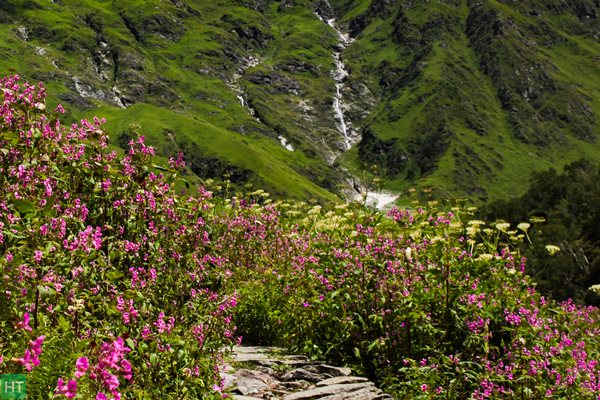
About Valley Of Flowers trek:
Legend and myths met reality when three British mountaineers Frank Smythe, Eric Shipton and Romilly Holdsworth lost their way and reached this piece of paradise on earth. They went to Mt. Kamet expedition (First ascent) and entered into Bhyundar valley during their dramatic descent. Unknowingly the trio found this valley instead of as planned to reach Mana village. Hence the outer world knew that the valley exists.
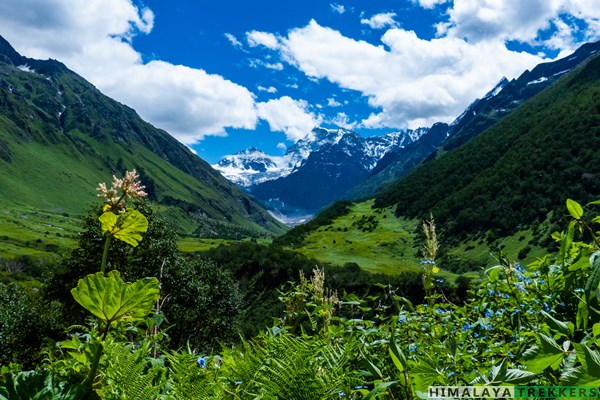
According to Hindu mythology this is the Nandan Kanan, garden of Lord Indra. A high altitude valley carved by glacial action of the river Pushpawati and runs east west direction along the river. According to a legend, the river was named Pushpawati by the Pandavas when they saw flowers floating on the waters of this snow fed river.
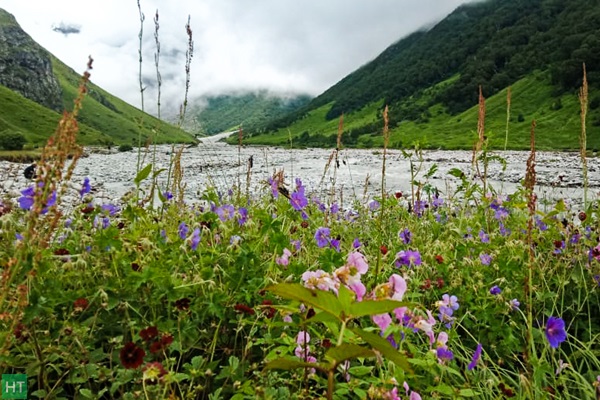
A gigantic snow clad ridge hems this valley from almost all sides. On an average the valley is around 5 Km long and 1 Km wide. Altitude varies between ~ 3200 m to 3600 m. The area blooms in alpine vegetation for a period of 15-20 weeks (June to October). Rataban peak and Tipra glacier mark the boundary of the valley in the upstream direction. This National Park is truly an all-in-one as a botanist’s dream, an ornithologist’s charm, a photographer’s excitement and a hiker’s delight.
The valley turns in pink, white, blue and violet cover during monsoon (July-August). Anemone, Balsam, Angelica, Bell Flower, Brahma Kamal, Blue Poppy, Forget Me Not, Cobra Lily, Marsh Marigold and Birch are a few common types abundant inside the valley.
Pushpawati flowing through the valley and Laxman Ganga coming from the Hemkund Sahib meet below Ghagaria. From here on it is called Laxman Ganga or sometimes Bhyundar Ganga which in turn meets Alaknanda at Govindghat.
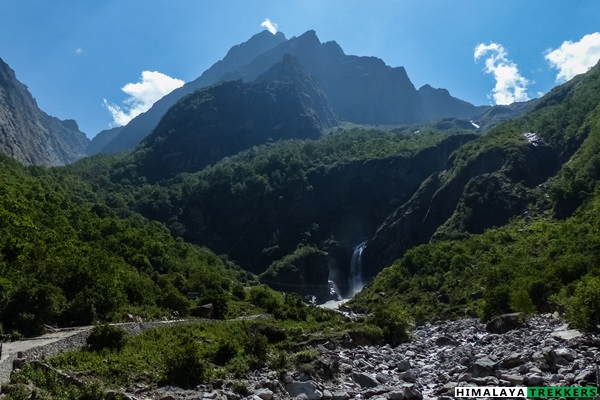
The initial trail from Govindghat to Ghangaria is a long walk of 14 Km, though it’s mostly gradual along with Pushpawati River. Now a motor able road is constructed further till Pulna village, 4 Km ahead. You may hire a car and share with the fellow trekkers. This reduces the trail to around 4 Km and the initial climb from the bridge on the Alaknanda River. Second and the last climb is from Bhyunder village to the Helipad ground from where Ghangaria is another Kilometre walk. You will get tea-stalls/small dhaba throughout the trail within short intervals.
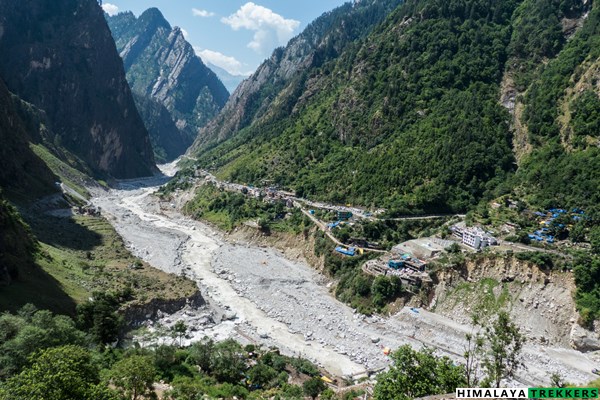
Although the paved walk till Ghangaria isn’t worth much, things change dramatically from here onward. We will visit two valleys on two separate days in our tour. The trail to our left goes inside the Valley of flowers. This trail is pristine and no nuisance of horses inside. This very special valley is indeed very charming for the experienced Himalayan hikers as well. We will walk to the head of the valley and return to Ghangaria.
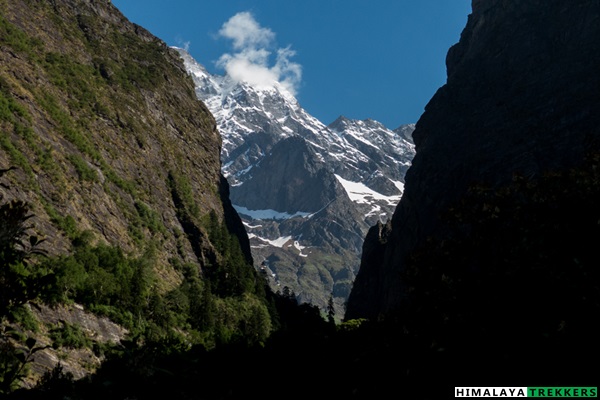
Next we will visit Hemkund Sahib, a moderate climb to a large high altitude lake and the holy shrine. You may think of hiring a horse on the paved way, if you don’t wish to test your endurance. This track is different from the one inside the valley, but indeed worth a visit. As you gain altitude you will get some snow sections even as late as July. As we approach ~ 4000 m/13000 ft, the terrain gets rocky and is ideal for Brahmakamal bloom.
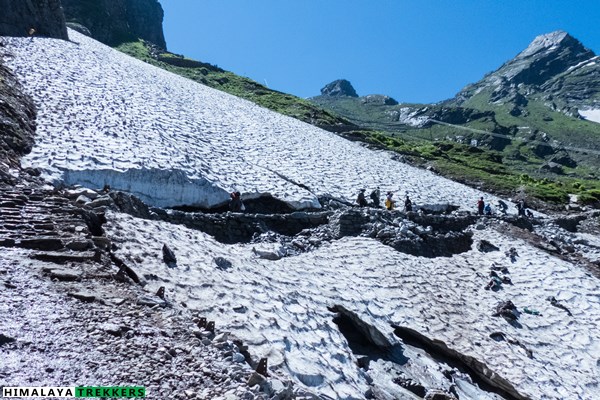
Valley of Flowers trek distance and altitude profile:
Now the track is motorable from Govindghat to Pulna, 4 Km on the way to Ghangaria. This reduced the distance to around 8 Km than it was a few years back. Pulna to Ghangaria, to and fro is around 20 Km. Take 8 Km, to and fro to Valley Of Flowers from Ghangaria and another 12 for a return trek from Hemkund. You need to walk around a total 40 Km or so on mostly paved track and trail inside the valley.
Below figure will give you an idea of the Valley Of Flowers trek distance and corresponding altitude profile.
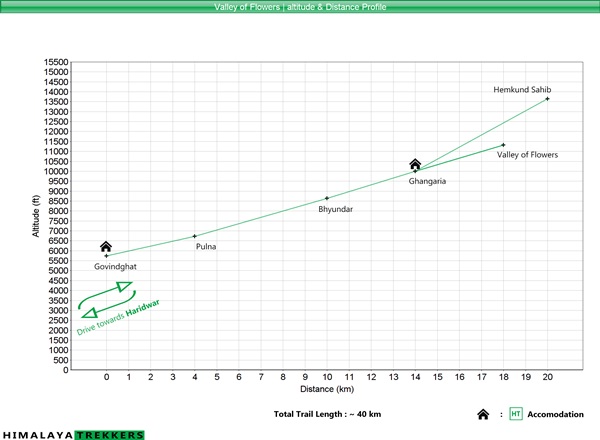
Valley Of Flowers trek difficulty level: Is it suitable for first timers?
Yes, certainly this is a Himalayan trek which is ideal for the beginners. We categorise it as an “Easy” grade trek.
Although the entire trail length is longer than our many Easy grade treks, at the same time it’s pretty gentle till Bhuydar village. A moderately steep climb for an hour or so from Bhundar bridge is the only climb till you reach Ghangaria.
The trail is concrete or paved track and well marked throughout. The climb to Hemkund Sahib can be tiring and slow ascend is recommended. Being a “Tea-House” trek you will stay in a lodge throughout the trek and may be convenient for the beginners. However you should keep in mind that this is a trekking trail, where you need to walk 6/7 hours a day and need basic physical fitness to complete the Valley Of Flowers trek comfortably. If you are not sure about carrying your own backpack, you have the option to offload the bag and carry it by horse. This will be arranged with additional charges, on spot.
Safety and risks on the Valley of Flowers during monsoon: What is expected?
As this is a Himalayan trek, the adventure components will have their uncertainties and associated risks. But there is nothing to be worried of or can’t be dealt with. This section will help you on what to expect on an adventure tour in monsoon meanwhile getting ready for the same.
Valley of Flowers and Hemkund is perhaps one of the safest Himalayan treks. Most of it is a paved concrete trail essentially the type one gets in the Yatri/Pilgrims routes. Only Ghangaria to the valley and return, one day you will get the usual easy grade trekking trail with some cobble stoned path. rocks etc. In case of an emergency horses can be used to return quickly. Additionally there is a Helipad at Ghangaria with flights from and to basecamp Govindghat. Note that during inclement weathers Helicopter will not fly.
At the same time monsoon brings some risks. Usually you will not trek in the monsoon unless there is a special reason. Flowers are the reason that you travel during monsoon.
Be it during the road travel/drive to basecamp and return or in the trek, mentally prepare for some delays, unexpected situations, hindrances etc. For example minor landslides or rockfalls and subsequently a road block/road diversion for a couple of hours is common. Similarly on the trek if it continues to rain for long hours, sometimes entry to the Valley/park is closed for a day. This is a precautionary measure and to quickly check and fix the trail. Here in such a situation we will visit Hemkund first and wait to visit Valley of flowers next day.
Pro tips: Adding a buffer day to the itinerary makes sense here. Surely this will help during the monsoon and in particular groups coming together in private/cutomised tours.
To conclude, even with the above risks it is completely safe to trek on this trail during the monsoon season.
Do I need special clothing or shoes for this trek? Things to carry for Valley of flowers tour:
As this trek is best during monsoon, you will need to bring adequate waterproofing. Either you can carry a raincoat/poncho or a waterproof windcheater to fully protect yourself from rain. Make sure that your waterproof gear has a hood that protects your head during rain.
It is always better and recommended to get specific warm clothing and trekking shoes for any Himalayan treks. However you can reuse your existing warm clothing and good quality rubber soled sports shoes for Valley Of Flowers trek. You may have to use more than one layer of warm clothing.
So you need to bring at least:
1) Waterproof jacket/raincoat/poncho. 2) Warm clothes – jacket, sweaters, hoodies, thermals (use couple of layers), anything which may keep you warm. 3) A rucksack to carry your stuff. Pack clothes etc, inside plastic packets and put inside your backpack to keep things dry. 4) A decent rubber soled sports shoe to give you some grip on the trail. A waterproof shoe is a better choice during monsoon season. Trekking show (with wateproofing + ankle support) is a plus.
Check here for the detailed List of things to carry in a Himalayan trek. Do check the list as there are other essentials which you need to take in Valley Of Flowers trek. Also you can download the list as PDF .
Best time to visit Valley Of Flowers? When should I visit to get maximum flowers?
The seasonal bloom in the national park area begins as early as June. Some flowers remain as late as the end of September. So it spans over a period of 16 weeks or so when you will get to see some flowers.
However you will get more species variety and flowering as the monsoon sets in properly. As in this area, monsoon sets during early July and extends till late of August. In this way it is good to visit Valley Of Flowers anytime in July or August. Even if you visit during early September, you will get a green valley and some flowers.
Considering this it is best to plan Valley of Flowers trek between mid July to late August.
Valley of Flowers trek tour packages and cost inclusions:
Fixed Group departures: Our usual scheduled Fixed Departure Valley of Flowers treks are of Economy/Budget type. The accommodation at lodge/hotel in Govindghat and Ghangaria is usually on twin/quad sharing basis. We will provide separate rooms for male and female trek members. Meals are simple vegetarian and nutritious.
One or more local expert trekking guide(s) will accompany you depending on the strength of the group. He will be carrying a basic medical kit as required. You are protected with accidental insurance coverage aiming for evacuation and hospitalisation which covers the full itinerary of 7 days.
The TREK FEE is ₹ 10,950 + 5% GST per person, Govindghat to Govindghat.
On request we may arrange your transportation from Haridwar to Govindghat and return. This is on an actual basis and payable directly to the driver. Check the COST INCLUSIONS tab for more detailed information.
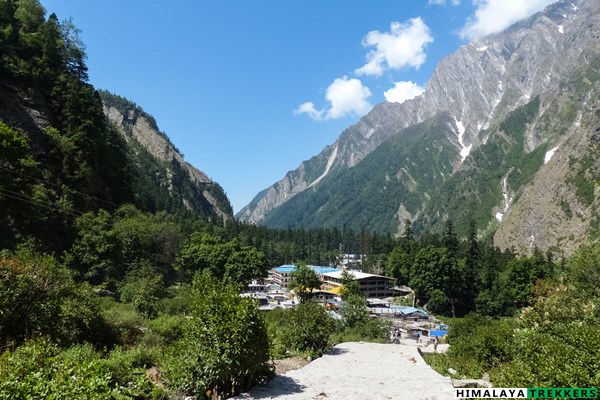
Customised private tour packages: This is more flexible in nature as you can choose any date to start. TREK FEE depends on group size and type of accommodation. You can either opt for Economy/Budget type or avail the option of Standard/Premium type accommodation on twin sharing basis.
Expect a matching TREK FEE as of our Fixed Departure when you are a group of 8 to 10 persons . Inclusions will be the same as the COST INCLUSIONS tab.
In standard & premium package we provide twin/triple sharing type rooms at Govindghat. Premium package includes Swiss cottage tents instead of rooms at Ghangaria. This is mainly for families or small groups of people, however we can arrange for larger groups as well.
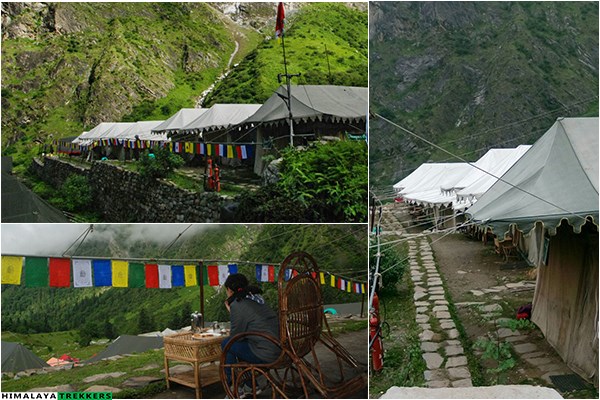
Valley of Flowers packages 2022
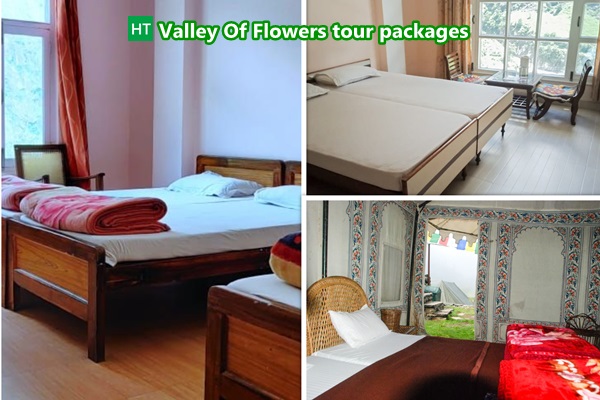
Valley Of Flowers Trek Tour Package 2024: Budget Standard & Premium packages and costs
Valley of flowers national park and it’s biodiversity:.
Cuddled on the high Himalayan peaks in Chamoli district of Garhwal, Valley of Flowers National Park is always noteworthy for its floral diversity and unmatched natural beauty. This biome is home for more than 500 species of vascular plants, 160 + species of birds and other insects and mammals.
The Nanda Devi National Park and Valley of Flowers National Park are exceptionally beautiful high-altitude West Himalayan landscapes with outstanding biodiversity. Both the parks form the core zones of the Nanda Devi Biosphere Reserve and listed under UNESCO: http://whc.unesco.org/en/list/335 ). The Park is declared as a UNESCO heritage site of biosphere reserve in 2005.

Flora inside Valley Of flowers:
This valley boasts more than 520 species (recorded and identified) of plant and flowers of which many are endemic to this area. Here are some of these:
Himalayan Rose ( Rosa Macrophylla ); Himalayan Honeysuckle ( Leycesteria formosa ); Woolly Pearly Everlasting ( Anaphalis Triplinervis )Himalayan Blue Poppy ( Meconopsis bella ); Himalayan Mini Sunflower ( Cremanthodium ellisii ); ; Brahma Kamal ( Saussurea obvallata ); Himalayan Cinquefoil ( Potentilla Atrosanguinea ) 8) Silky Woundwort ( Stachys emodi ) 9) Whiskered Commelina ( Commelina benghalensis ) 10) European Goldenrod ( Solidago virgaurea ) 11) Himalayan Thyme ( Thymus linearis ) 12) Woolly Pearly Everlasting (Anaphalis triplinervis) 13) Himalayan Rhodiola ( Rhodiola himalensis ) 14) Whorled Solomon’s Seal ( Polygonatum verticillatum ) 15) Devendra’s Balsam ( Impatiens devendrae ) 16) Purple Stalked Gentian ( Gentiana pedicellata ) 17) Showy Inula ( Inula orientalis ) 18) Jacquemont’s Cobra Lily ( Arisaema jacquemontii ) 19) Large Bellflower ( Campanula latifolia ) 20) Himalayan Milk Vetch ( Astragalus himalayanus ) 21) Himalayan Monkshood ( Aconitum ferox ) 22) Purple Stalked Gentian ( Gentiana pedicellata ) 23) Creeping Aster ( Aster diplostephioides ) 24) Himalayan Typhonium ( Typhonium diversifolium ) 25) Himalayan Thimbleweed ( Anemone obtusiloba )
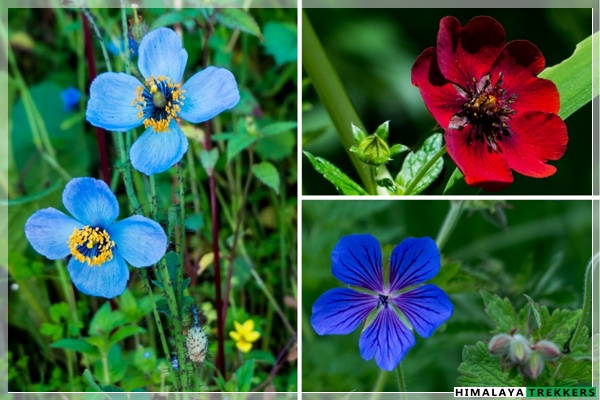
Fauna inside Valley Of Flowers National Park:
This National Park together with Nanda Devi National Park forms one of the most bio diversified regions on the Himalaya. This area is the home of many mammals including Asiatic black bear, Leopard, Snow leopard, Brown bear, Civet cat, Musk deer, Blue sheep, Serow and others.
The bird type includes, Snowcock, Partridge, Monal, Pheasant, Vultures, Eagles, Laughing- thrushes, Warblers, Yuhina, Nuthatch, Honeyguide, Woodpeckers, Flycatchers, Magpies, Robins and Redstarts, Sunbirds, Accentors, Rosefinches etc. One can observe many species of colourful butterflies, moths and bees. Birding enthusiasts can check the list of available species in Valley of Flowers National Park from here .
References: Concise Flowers of the Himalaya, illustrated edition by Adam Stainton & Oleg Polunin, ISBN: 9780195644142; Pocket Guide to the Birds of the Indian Subontinent, Grimmett & Inskipp, ISBN: 9780195651553; Birds of India, Om Field Guides by Krys Kazmierczak, ISBN: 9788187107040; National parks of India by R.S.Bisht, ISBN: 8123001789; EDC (Eco Development Committee), Bhyundar;
Updates from 2022:
As we update this section in mid July, Valley Of Flowers is open i.e. the forest department is issuing national park entry permits/tickets. Valley was closed on 10th July and reopened again the very next day. Here are the photos after reopening the park on 11th July.
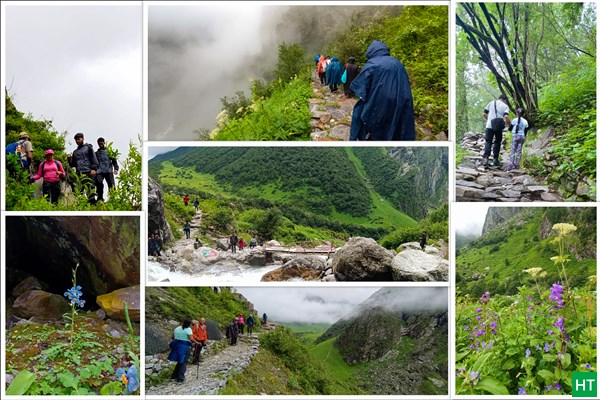
Note that it is not uncommon to close the valley temporarily for a day due to precautionary measures. For example if heavy rain continues during night and even in the morning then the forest department may not issue entry tickets on that day. Usually their staff will inspect the route on the same day and quickly fix any risk of rockfall/slides on the trail. In this case we will visit Hemkund Sahib on this day and Valley of flowers the next day so that we can cover both.
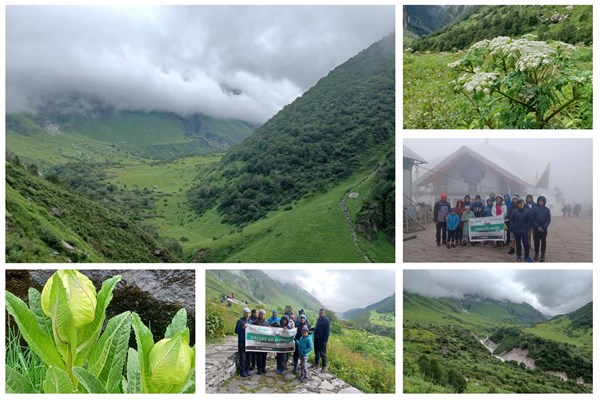
There are speculations of early bloom due to intense heat throughout the summer. However we found the valley is still in the early bloom stage with a few flowers as one can expect in early July. As the monsoon is picking some momentum now, we can expect more flowering in mid and late July.
All travellers are required to fill Hemkund Sahib Registration Form on the E-Portal. Save the PDF file and take a print. There is a cap of 5000 entries per day to the Gurudwara this year. Fill the form as per the dates of your itinerary. Additionally carry your COVID vaccination certificate(s ) and a Photo ID card along with a photocopy of each.
Access to Valley Of Flowers trekbase – Govindghat:
To reach the trek base Govindghat you need to reach Rishikesh on your own arrangements. Nearest airport Dehraun (DED, Jolly Grant) is only 20 Km from Rishikesh (1 hour).
We may arrange a pickup from Rishikesh to Govind Ghat and return. This will be on a cost to cost basis and shared by the availing team members. You pay directly to the driver, sharing equally. The fare is ₹ 8,000 for a Tata Sumo, one way and can accommodate 5 to 6 people. Whereas a Tempo Traveller charges ₹ 11,500 (10 to 12 seats) one way. Approximately, ₹ 2500 per person when you avail both ways. This cost is not included in the TREK FEE.
Or else you may reach Govindghat independently and join us here. Below is a road map with major points en route to Govindghat.
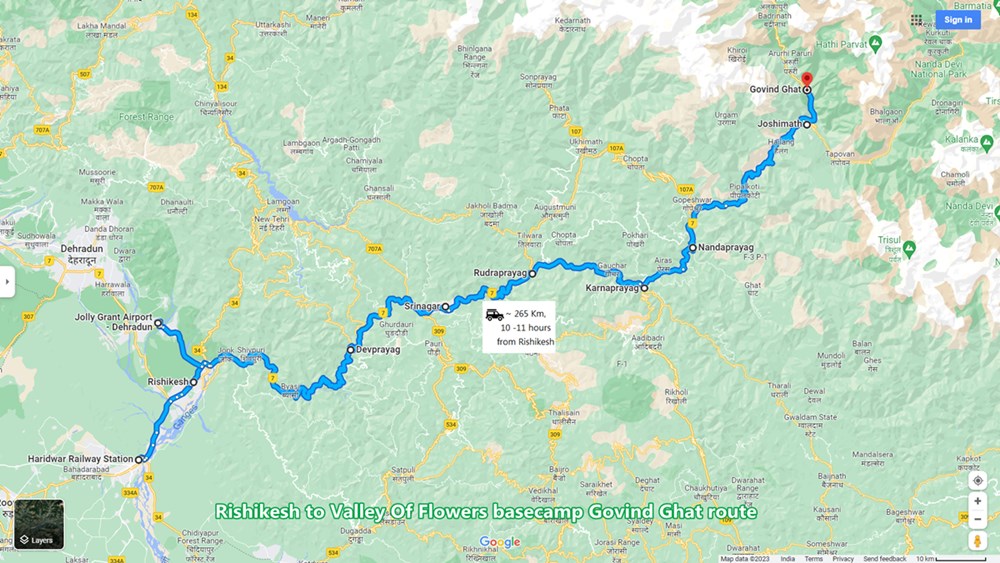
Duration: 4 days of trekking; Govindghat to valley of flowers and Hemkund Sahib and back to Govindghat. Rishikesh to Rishikesh in 6 days.
Prerequisite: No prior trekking experience is required and ideal for beginners. Longish walk on the first day to Ghangaria (10 Km).
Grade: Easy
Physicality: 5.5/10
Trail Length: 40 Km
Highest Point: Hemkund Sahib~ 4160 m/13650 ft.
Seasons: June to September (Best in July and August)
Further Option: Trek to Bhyunder Khal (Difficult) or Kagbhusandi Tal (Moderate)
Access: Trek starting point and end point is Govindghat which can is 290 Km from Haridwar.
Rail station: Haridwar (STN Code: HW), Rishikesh/Yog Nagari Rishikesh (RKSH/YNRK
Airport: Delhi; Dehradun (Airport Code: DED), Jolly Grant
Upcoming scheduled dates for Valley Of Flowers trek:
Please check the available dates from the booking form calendar in the sidebar/tab. tour starting dates are highlighted as per our itinerary (day 1 of 6 day’s itinerary)., you can send a request through register now button or directly book using the book now button in the booking form., how to reach govindghat (the trek base):.
Nearest Rail station: Haridwar (Station Code: HW) or Rishikesh/Yog Nagari Rishikesh (RKSH/YNRK).
Nearest Airport: Delhi; Dehradun (Airport Code: DED). Dehradun airport at Jolly Grant is only 20 Km from Rishikesh and an hour’s drive.
Haridwar is well connected by train from Delhi . Frequent regular and Volvo bus service from Delhi Kashmiri Gate ISBT. To reach the trek base Govindghat you need to reach Haridwar on your own arrangements.
We will arrange a pickup from Haridwar to Govindghat and back. The cost will be shared equally by the team members and is approximately around ₹ 6500 Rs one side in a Jeep (Mahindra Maxx, Tata Sumo etc). One such Jeep is comfortable for 6-8 persons. A Tempo Traveller charges ₹ 9000 (one way) which can accommodate 12 persons. This is NOT included in the TREK FEE and payable directly to the driver/owner.
If you want to reach and return from Govindghat by public vehicle then:
- Take early morning bus service from Haridwar to directly Badrinath or till Joshimath. Direct buses leave by 5 am. The state operated Bus terminus referred as Roadways/ISBT) is just opposite to the railway station. Privately operated buses start just 2 minutes walking from here. In the summer during Char Dham Yatra, buses are packed. It takes 11/12 hours to reach Joshimath. Look for a shared Jeep service or book a car till Govindghat which is another 20 Km towards Badrinath. It may take up to 14 hours.
- From Govindghat early in the morning board the direct bus for Haridwar/Rishikesh. It will take 11/12 hours. From Rishikesh, it is only 25 Km journey to Haridwar by frequent bus service.
How to reach Haridwar:
For the treks in Garhwal, one has to reach Haridwar normally. Rishikesh is another 25 Km from here and is considered a gateway to Garhwal Himalayas. You can fly or by train reach New Delhi as per your convenience from any part within India.
There are direct trains from Kolkata to Haridwar.
KUMBHA EXPRESS – Train No. – 12369 ( Very good option to reach Haridwar by 5 pm; Spend the night in Haridwar and start your onward journey by car next morning)
UPASANA EXPRESS – Train No. – 12327 ( Very good option to reach Haridwar by 5 pm; Spend the night in Haridwar and start your onward journey by car next morning)
DOON EXPRESS – Train No. – 13009 (Don’t book this train when you plan a long onward journey immediately nn the same morning)]
Avoid booking wait listed (WL) tickets in AC classes (1A/2A/3A) or Chair Car (CC). Book Sleeper class (SL)/Second Sitting class (2S) tickets which have normally more seats/berth and hence much better chance to get confirmed.
You can easily reach Haridwar from New Delhi by train or bus (~ 5/6 hours) and is around 210 Km.
Following trains are good to reach Haridwar and run daily.
DDN JANSHTBDI – Train No. 12055 (Arrives HW in the evening @ 7:30 pm, good choice when you stay the night in Haridwar and have a long drive ahead next day) NANDA DEVI EXP – Train No. 12205 (arrives HW early morning @ 4am) UTKAL EXPRESS – Train No. 18477 (arrives HW in the night @ 9pm) MUSSOORIE EXP – Train No. 14041 (arrives HW in the morning @ 5:45am) Always avoid booking waitlisted (WL) tickets in AC classes (1A/2A/3A) or Chair Car (CC). Book Sleeper class (SL)/Second Sitting class (2S) tickets which have normally more seats/berth and hence much better chance to get confirmed.
Govt. Road Transport (Roadways of Uttarakhand, Uttar Pradesh, Delhi, Haryana, Punjab etc.) buses are frequently available in day time and night from Kashmiri Gate ISBT ( http://www.delhi.gov.in/wps/wcm/connect/doit_transport/Transport/Home/ISBT/Fare+Chart ). Tickets are available on board for these regular type buses. From Delhi Airport or Station you can reach ISBT Kashmiri Gate via Delhi Metro service ( http://www.delhimetrorail.com/metro-fares.aspx ). It is only 4 Km from NDLS and can be reached easily by booking an auto rickshaw.
For privately operated bus, you can book online from different portals ( http://www.redbus.in ). Select a boarding point suitably. Overnight Volvo/A.C/Push back bus service.
Nearest Airport Jolly Grant near Dehradun (Airport code: DED) is 35 Km away from Haridwar. This airport is accessed from Dehradun, Haridwar and Rishikesh easily. The flights are mostly via Delhi.
Regarding night accommodations in haridwar:.
Trekkers reaching on the previous day before the journey to the actual trek base need to stay the night in Haridwar. There are several options in Haridwar for spending a night while staying in Premium, Standard or Budget accommodation. Options vary from Privately operated Hotels/Lodges, to State run Tourist rest House and Dharamshala.
State run GMVN (Garhwal Mandal Vikas Nigam) operates Hotel Rahi just beside the Bus Stand and opposite to the Haridwar Railway Station. This is a reliable and a decent choice for Standard accommodation.Check the following for online booking of the above: http://www.gmvnl.com/newgmvn/tour/booktrh.asp You can call or visit GMVN nearest office or even send an email for more information.The information is available at: http://www.gmvnl.com/newgmvn/online_reservation/#
Return from Haridwar:
Normally you reach Haridwar from any trek base by 7/8 pm in the evening. You can take any train after 9 pm or regular bus service as mentioned above to reach Delhi or directly to your homeward journey in the same night.
Drive from Haridwar to Govindghat: 290 Km - 12 hours
Today morning by 6 am we start our long journey from the plains of Haridwar toward the holy Sikh shrine of Govindghat. The road (NH 58) follows initially the valley of Ganga, and later for a major section of its main tributary Alaknanda. On route we cross Rishikesh and then the confluence at Devprayag, Rudraprayag, Karnaprayag, Nandaprayag to reach Joshimath. From here Govindghat (~1815 m/5950 ft) is another 20 Km. The entire distance is 290 Km and can take around 12/13 hours. There are number of private hotels and lodges serving to the tourists and pilgrims. Gurudwara provides shelter to the pilgrims going to Hemkund Sahib. Night stay at lodge/rest house.
Trek to Ghangaria: 14 Km - 7/8 hours
We start our trek to Ghangaria in the morning. We leave the Badrinath highway (NH58) and get down to the Alaknanda Rived bed and cross the bridge at the confluence of Alaknanda and Laxman/Bhyundar Ganga river. From here onward we will enter in to the Bhyundar Ganga valley. The wide track climbs steadily as we enter through the gate of the National Park. The track is cemented or cobble stoned till Ghangaria. During the month of May and June the route is crowded due to the thousands of pilgrims. Small tea shops, Dhabas and temporary stalls offer variety of choice in every 10/15 minutes walk. We walk on the gentle inclined gradient while the river on our right (TRUE right of Laxman Ganga) to reach the first village on the route named “Pulna (~ 2050 m/6725 ft)” at a distance of 4 Km. The houses on the river bank washed off in 2013 disaster (Flash flood started in the morning so no fatalities reported in this valley). In 2/2 and half hours we reach “Jungle Chatti” at a distance of 5 Km. From here we walk another 3 Km to reach the last village on this valley called Bhyundar (~ 2550 m/8365 ft). The village destroyed in 2013 flash flood and residents were shifted lower in the valley. The river (with a tributary coming from Kagbhusandi Tal) has taken a course on the erstwhile village. At Bhyundar we cross the bridge on the Laxman Ganga and turn left. From here the climb is somewhat steep for next hour and half on a ridge. The trail is moist, full of Maple, Deodar and Rhododendron trees. Drongo, Magpie, Bushchat and Thrushes are common. After climbing to the top the ridge a View Point welcomes us in the left. From this point the valley widens and the track is flat for next 15 minutes. Ghangaria helipad and the camping ground is on our left. It is another 10 minutes walk to the main street of Ghangaria (~3050 m/10000 ft). Total distance is 13 Km and may take 6/7 hours. Ghangaria is not a village but essentially a one street/main Bazaar based settlement serving the tourists and pilgrims. There are several hotels/lodges, shops and a Gurudwara. Electricity and STD booths are available. Night stay in lodge.
Trek to Valley Of Flowers and back to Ghangaria: 8 Km - 6/8 hours
We leave early in the morning after breakfast to the much revered valley. Crossing the last stretch of Ghangaria we cross a bridge on the Laxman Ganga. The the he track bifurcates and we move on to the left. The main trail on the right goes to Hemkund Sahib. Suddenly the atmosphere changes and nature starts unfurling its treasure cove. The river Pushpawati flows to our left. Side streams forming waterfalls over the sheer rocky cliff are common in monsoon. We walk for half a Km to cross the river and stay on the true right of Pushpawati. Stories are often heard that people became senseless or unconscious inside the valley, thanks to the intoxicating smell! Please DON’T touch and trample any flower or plant, and always stay on the well defined track . Pleasant smell of vegetation and fresh air enthral every visitor. The valley starts changing its hue and turns into a fairyland. Large swath of the valley is covered in pink due to the Himalayan Balsam, or white for Anemones. Observe the tiny myriad little flowers like Gentians or Asters. The entire area seems like Eden while sheer mountain cliffs encompassing the valley. The hike is gentle and we walk slowly to get the smell of the mist and contrasting colours. Closely observe the buds, leaves and flowers with combinations of different size, shape and colour. The river Pushpawati cuts along the valley and gushing down to the bottom of the valley. Look out carefully for the many tiny to medium size of birds on the trees and flowering plants. After moving around 4 Km packed lunch is served. After 6 Km or so we reach the head of the valley. We can continue further north to the valley where the trail goes along almost river bed. You can see the Tipra glacier and Rataban peak towering the backdrop. We reach an altitude of ~3450 m/11320 ft. Spend some time and retrace the trail till Ghangaria. Distance is 8 Km and time spent around 6/8 hours. Night stay in hotel.
Trek to Hemkund Sahib and back to Ghangaria: 12 Km - 7/8 hours
Today we will visit to the holy shrine of Hemkund Sahib. It is only 6 Km from Ghangaria but at an altitude which is alpine and above tree line. The track is wide and well defined as thousands of pilgrims visit every year. Tea stalls and Dhaba are available throughout. Brahma Kamal blooms in abundance around this trail while approaching altitude of 4000 m. The climb is continuous with a moderate gradient. It may take 3 and half/4 hours to reach. The lake is a delight to watch and remains misty during monsoon . Spend some time around the lake and have a cup of milk tea served by the Gurudwara committee. Weather can turn bad easily at this altitude. Start your return by 1:30 pm. Total distance is 12 Km and may take 7/8 hours. Night stay at Ghangaria hotel.

Trek back to Govindghat: 12 Km - 7/8 hours
Today we start our descent in the morning to Govindghat and reach by afternoon. May take 6/7 hours. Night stay in hotel.
Return drive to Haridwar: 290 Km - 12 hours
By car we get back to Haridwar by 8 pm in the evening. Book your tickets for return journey 9 pm or later.
P.S.: Distances and altitudes are approximate and may not be exact.
TREK FEE: ₹ 12,500 (Govindghat to Govindghat) + 5% GST
2 nights accommodation at Govindghat (Day 1 & Day 5) in hotel/lodge on sharing basis (trip/quad) . Male and female members will be housed in separate room (s) .
3 nights stay at Ghangaria (Day 2, 3 & 4) in hotel/lodge on sharing basis (triple/quad) . Male and female members will be housed in separate room (s) .
All Meals ( vegetarian) starting from Day 1 dinner to Day 5 dinner , including breakfast, hot/packed lunch, dinner with tea/soup.
Excellent professional trekking guide, who will be a local to this particular area and has profound knowledge of the trekking trails around.
Porters/Packed animals to carry the central logistics of the trek.
Permit fee for Valley Of Flowers National Park.
Basic Medical & First Aid kit.
Travel and medical insurance for a duration of 7 days including high altitude trekking (For Indian citizens up to an age of 60 years).
Exclusions:
Transportation from Rishikesh to Govindghat and back. ₹ 8000 for a Tata Sumo (5 to 6 seat) and ₹ 11,500 for a Tempo Traveller (10 to 12 seat), one way . ₹ 2000 – 3000 per persons including pick up and drop when sharef by trekkers, payable directly to driver.
We assume that you will carry your Rucksack/Backpack including all your personal belongings. If you prefer to offload your bag and carried by horse then an additional Rucksack offloading charge (₹ 800 for Govindghat to Ghangaria and back) is to be paid. One such bag must weigh within 10 Kg.
₹ 1000 + 5% GST for processing charge of permit/entry ticket. for foreign nationals.
Any tip/gratuity to the HT supports staff.
Anything which is NOT mentioned in the “Inclusions” or personal in nature.
- We assume that you have read and understood our “ Terms & Conditions ” before Booking a trek/tour.
- To reserve your place in a scheduled Fixed Departure trek or a Customised/Private trek pay 25% of the Trek/Tour Fee as the initial “Booking Deposit” . You can pay by Net banking/Draft/Cheque/Credit/Debit/AMEX cards. This will ensure your participation in the desired trek and we will reserve your place in the scheduled date. You need to pay the remaining amount at least 15 days before Trek Starting Date .
- If you book a Trek/Tour before 14 days or less from Trek/Tour Starting Date, you need to pay the full Trek/Tour Fee .
Cancellations:
- “Booking Amount” i.e. 25% of the Trek/Tour Fee is Non-Refundable at any stage.
- If in case you are not able to make it due to unavoidable reason(s), we provide you a very flexible choice of Shifting to another trek within next one year . One year is counted from the starting date of the trek/tour you booked initially with us.
- In case you postpone your trip you need to inform minimum of 15 days before the trek/tour starting date. (Though we suggest to inform us earlier if known)
- In case you postpone a trek/tour before 15 days of the scheduled Trek/Tour Starting date or prior , you may shift to another group of the same trek/tour scheduled in the same season or within next one year. You may shift to another suitable route also. For changing any, you need our approval first. Your request must be in written communication through your registered email with us.
- If you cancel/postpone a trek/tour from 14 days to 8 days before tour starting date , your Booking Amount is Non-Refundable. We will not take any request of shifting dates. We will charge 50% of the amount as Cancellation Charges and process refund of remaining 50%. You may also shift to another group within next year but 25% Booking Amount will be deemed as Cancellation Charge and the rest amount will be transferred to the shifted group.
- If you cancel a trek/tour 7 days (i.e. a week) before Trek/Tour Starting Date or later , there will be NO REFUND.
- In case of any unforeseen incident including but not limited to natural calamities like flood, earthquake, landslide, forest fire or any political unrest, if we are compelled to cancel the trek/trip, you will be entitled to redeem the full amount for the same/similar kind of trek/trip within next one year.
If you need more clarifications write in to [email protected]
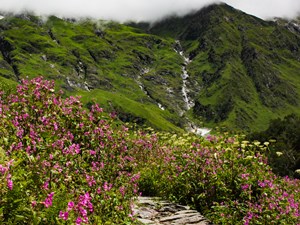
Tour Reviews
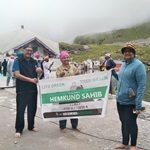
This trek to Valley of flowers and Hemkund Sahib between 15 – 20 July 2022 was organised by Himalaya Trekkers. Though Saptarshi had prepared us mentally for this trek it was a bit hard. But it was worth the effort with the ever helpful Mahipat, who was our guide. He not only knew the area well, but sections where we found it difficult, he held our hand to descend. To top it we got wonderful weather and all in all, it was a beautiful experience. I would recommend Himalaya Trekkers for organising your treks.
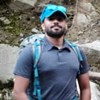
Hi I completed the Valley of Flowers trek with them. Had a great time. The entire trek was well conducted. Hats off to Mr Saptarshi and the management team and the trek leaders and guides. Everyone in the group had so much fun. We were provided with the best stay and food possible. Thank you so much Himalayan trekkers for providing an atmosphere were in the trekkers can bond and enjoy themselves without having to worry about the quality of the services being provided. Looking forward to going on many more treks with you guys soon kudos keep up the good work
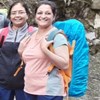
Valley of flowers was 1st ever trek me and my frenz had taken and with HT team it was made easy and with awesome experience.. All the things were perfectly planned hotel locations, food and overall arrangements.. Thanku HT team.. Looking forward for another trek in future.
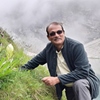
Valley of flowers and Hemkundsahib trek was my first trek with Himalaya Trekkers (HT) during 8th to 13th August 2021. They organised this group trip nicely from the day of pickup till the drop to Haridwar. It was a wonderful experience. I profusely thank both of our guides, Mr. Mahipat and Mr. Chandra Prakash for their kind support and encouragement during trek, since we three (me and my school friends Mr. Gautam Sengupta and Mr. Prabir Karmakar) were senior citizens in the group, one of our guide was always with us like shadow while trekking. Our accommodation and food were excellent in Gobindoghat. But only the downside was the accommodation arranged in Ganghariah for gents in Gangotri lodge. It was not good at all, although the food was good. However, overall it was a wonderful trip. All credit goes to our trekking organizers Mr. Saptorshi and Mr. Rikh. Personally I would like to go with HT for many more treks in near future. Thanks to everyone including my fellow trekkers once again.
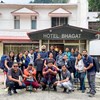
Excellent team. This was our first trek and we were a group of 19 and was very well taken care by team Himalayan Trekkers. Thank you. Will highly recommend them if you are looking for an agency to plan your treks

Did my first properly planned trek with HT. Had an amazing experience throughout. Very reasonably prized package, brilliant guides, excellent food. Overall a very good experience!! Would love to do more treks with them in future!
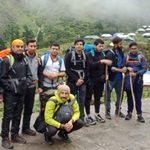
Thanks a lot everyone for creating such beautiful memories together. It was an amazing trek and beyond my imagination. Things happened in the last few days are inscribed in memory for ever, and I miss you all guys.

A great experience with Himalaya trekkers in Valley of flowers trek! The arrangements were amazing. Apart from cozy rooms they offered us some delicious foods that we never expected from a trek. A special thanks to Dev Singh ji, our guide. He is a person with great personality. He motivated us throughout the trek. He is a very disciplined and experienced person. Looking forward to have some more experience with Himalaya trekkers!!
We 15 people went on Valley of Flowers Trek with Himalaya Trekkers from Jul 30 2017 to 4th August 2017. Experience was very very nice. HT staff including tour manager guides was very cooperative, helping nature. They helped the old people in our group on the trek route, taken care of every member. Nice food in Govindghat and also in Ghangaria at the height nearly 10000 ft and packed lunch was also nice. Because of the tour guides of HT we enjoyed the nature in the Himalaya very peacefully. They guided us in such a way that in all 4 days we enjoyed the Trekking in Himalaya without any difficulty. So I will prefer HT for Himalayan Trekking in future also. Thanks to HT Staff. Thank you very much.
Planning since a year, “Valley of Flowers” finally off my bucket list and what an experience !!! Kudos to team HT.My initial concerns with the first trek; thousands of unnecessary queries of a first timer; all were accommodated aptly by Saptarshida.Safety is their first concern, and they make sure that its the first thing to be taken care of. So every person matters, the experience is very personal indeed.Looking forward to more such experiences in near future …
Leave a Review
Cancel reply.
You must be logged in to post a comment.
You May Also Like

Kalindi Khal Trek
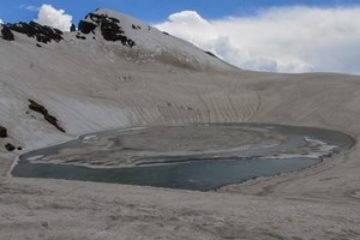
Bhrigu Lake Trek
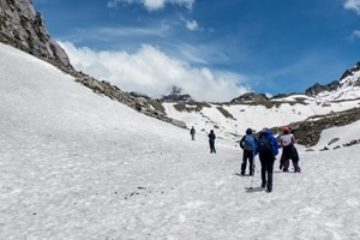
Hampta Pass Trek
Submit this form that we can email you all the necessary details and call you to discuss., tour starting date: green boxed dates indicate starting of a scheduled fixed departure tour (day 1 of our tour itinerary). please check the calendar and choose a suitable fixed departure date (green boxed) unless dates are not matching or you are looking for a customised/private trip., i accept the terms & conditions.
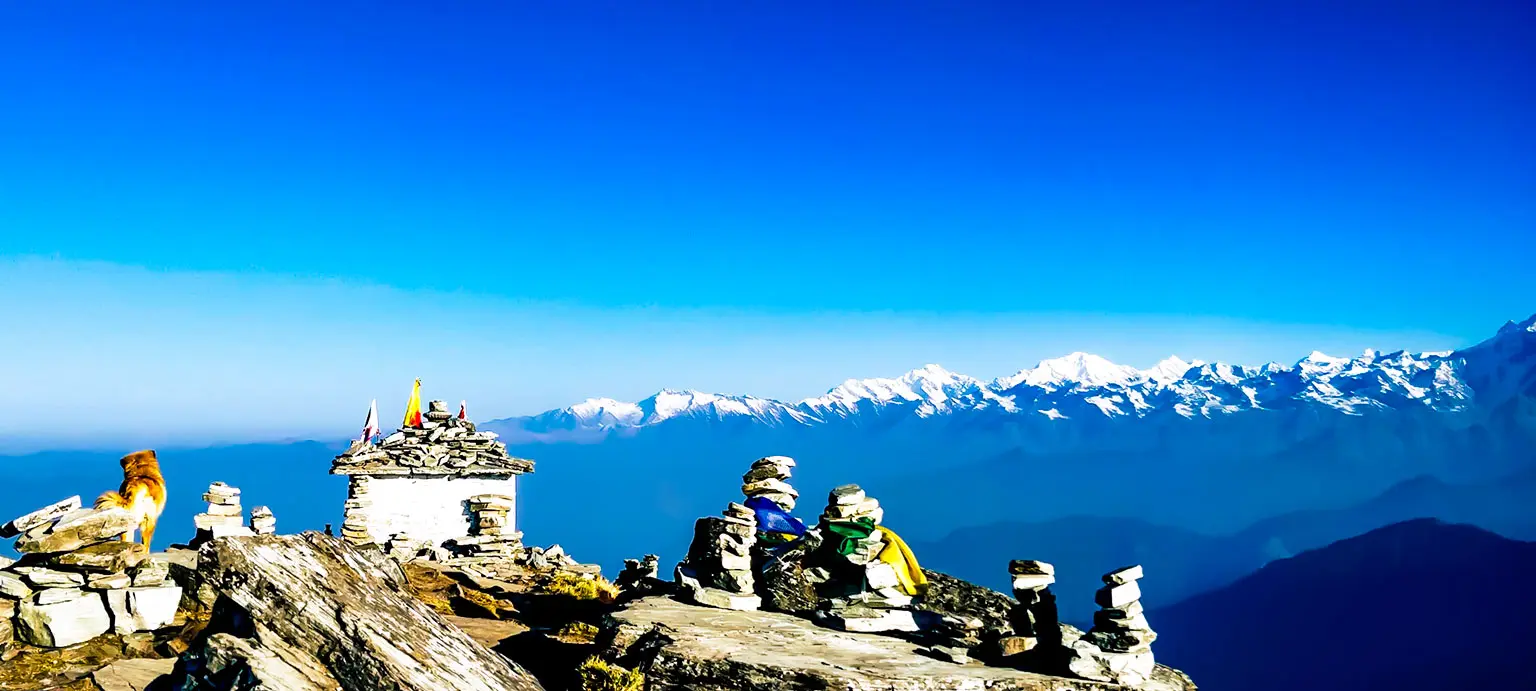
Chopta Chandrashila Tungnath Trek with Deorital
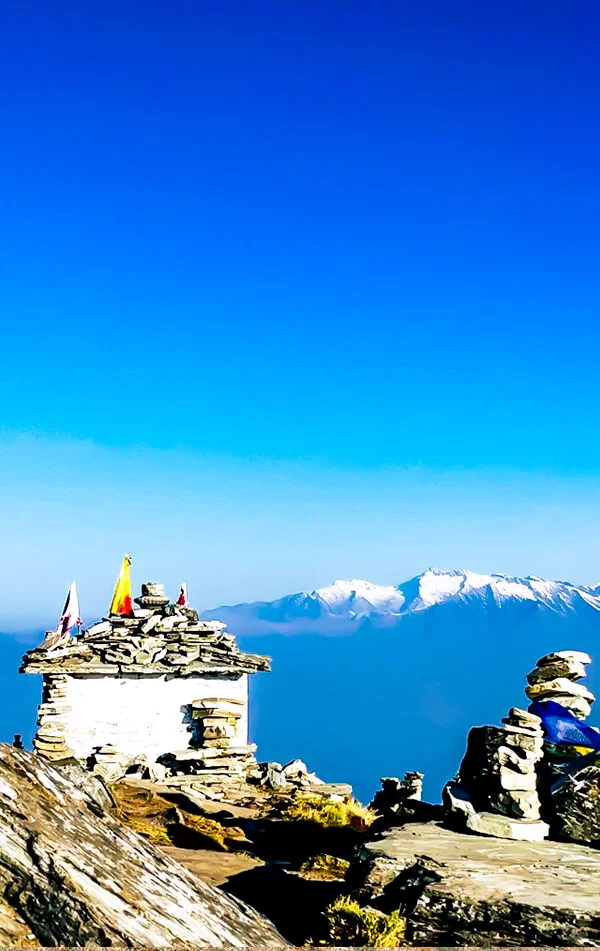
Uttarakhand |
Uttarakhand | India
Max Altitude
Trekking Km
Easy to Moderate
Help & Support
8200 /person $ /person.
- September-2024
- October-2024
- November-2024
- December-2024
- +5% GST (goods and services tax)
- Services Sari village to Baniyakund
Insurance 175
Insurance is Mandatory.
Non-Indian rates are slightly higher. Trek coordinator will provide balance payment link post-booking.
- Get insurance through us or elsewhere. If not through us, email for a refund after booking.
The cancellation policy will be implemented in accordance with the trek cancellation policy.
Transport 1500
Transportation Rishikesh to Sari & Baniyakund to Rishikesh is optional
Choose add-ons during booking. If missed, log in and add them later
Book transportation at least 10 days before the trek.
Offload 700
Backpack offload is optional
Choose add-ons during booking. If missed, log in and add them later.
Book off-load at least 10 days before the trek.
For offline bookings at the base camp, a convenience fee of Rs. 1200 applies.
- Offload can't weigh more than 11kg, Offload should have a Waterproof cover. Suitcases /trolleys will not be allowed.
In the event that you choose to cancel your trek prior to the departure date, you will receive a full refund.
For more information. Please complete this form.
Help & Support
Trek Name: Chopta Chandrashila Tungnath Trek with Deorital
Adventure Type: Trekking
Base Camp: Sari Village
Season: Spring | Summer | Autumn | Winter |
Month: January | February | March | April | May | June | September | October | November | December |
Country: India
Altitude: 12100 Ft.
Grade: Easy to Moderate
Rail Head: Rishikesh
Stay: Guesthouse & Swiss cottage tent
Food: Meals while on trek & guesthouse
Location: Uttarakhand
Distance: 30 Km.
Trail Type: Forest-crossing trekking trail.
AirPort: Jolly Grant Airport, which is 21 km away from Rishikesh
Why Chopta Chandrashila Trek is a Must-Do Trek ?
Provides an unforgettable Himalayan adventure, combining spirituality, natural beauty, and adventure for those seeking a magical winter experience in the Garhwal Himalayas.
Chandrashila Peak rewards trekkers with panoramic views of the Himalayan peaks, creating a mesmerizing backdrop of Chaukhamba, Nanda Devi, and other majestic mountains.
Deoriatal Lake, surrounded by pristine snow, transforms into a winter wonderland with reflections of the Chaukhamba peaks on the frozen lake, offering a perfect setting for winter photography.
The hamlet of Chopta, known for its lush meadows, becomes a serene winter landscape with white carpets of snow. Ideal for trekking, birdwatching, and enjoying the tranquil winter atmosphere.
- Tungnath, even though closed in winter, emanates a spiritual aura, making it a unique experience to feel the divine presence amidst the snow-covered mountains.
- Offers a captivating expedition through the stunning winter landscapes of the Garhwal region in Uttarakhand, showcasing the Himalayas in their snow-covered glory.
Encompasses the spiritual aura of Tungnath, the world's highest Shiva temple, providing a serene and sacred experience amidst the snow-clad mountains.
- Renowned for its challenging yet rewarding nature, the trek takes you through diverse terrains, offering a sense of accomplishment upon reaching Chandrashila Peak.
Combines the charm of Deoriatal, the lush meadows of Chopta, and the spiritual significance of Tungnath and Chandrashila, creating a holistic and enchanting trekking experience.
The trek offers breathtaking views of snow-covered landscapes, providing trekkers with a unique opportunity to witness the ethereal beauty of the Chopta region in winter.
Chandrashila Peak, the trek's pinnacle, offers remarkable panoramic views of the surrounding Himalayan peaks. The snow-covered trails lead to breathtaking vistas, including Chaukhamba, Nanda Devi, Nanda Ghunti, Dronagiri, Trishul, and more.
The Chopta-Chandrashila Trek is a captivating expedition through the stunning winter landscapes of the Garhwal region in Uttarakhand, India. This trek is renowned for its stunning vistas, spiritual significance, and challenging yet rewarding nature. It combines the charm of Deoriatal, the beauty of Chopta , and the spiritual aura of Tungnath and Chandrashila . The trek begins near Sari village, passes through Chopta, Tungnath, and culminates at Chandrashila Peak . During winter, trekkers are rewarded with snow-covered landscapes and the opportunity to witness the Chopta region's ethereal beauty.
The Chopta-Chandrashila Trek in winter is a breathtaking and challenging journey, providing a unique opportunity to witness the Garhwal Himalayas in all their snow-covered glory. This trek offers a truly magical experience in the heart of winter, combining spirituality, natural beauty, and adventure for those who seek an unforgettable Himalayan winter adventure.
Deoriatal Lake
Surrounded by pristine snow, Deoriatal Lake transforms into a winter wonder. The Chaukhamba peaks cast their reflections on the frozen lake, creating an otherworldly scene perfect for winter photography.
Hamlet Of Chopta
Choptas lush meadows and forests become a serene winter landscape with white carpets of snow. The area is perfect for trekking, birdwatching, and enjoying the tranquil winter atmosphere.
Tungnath Temple
Tungnath , the world's highest Shiva temple, holds a serene and spiritual ambiance. Although the temple is closed in winter, you can still feel its spiritual aura amidst the mountains.
Chandrashila Peak
The trek's pinnacle, Chandrashila Peak , is a remarkable destination for winter trekkers. The snow-covered trails lead to breathtaking panoramic views of the surrounding Himalayan peaks including Chaukhamba, Nanda Devi, Nanda Ghunti, Dronagiri, Trishul and more.
- Who can Participate
- Important Links
- How to Reach
- Trek Essential
Who Can Participate
- Age; 10 years +.
- First timers can apply; previous trekking experience is more appreciated.
- The climber must be fit and have sufficient stamina to cover 3 km of distance in 35 minutes without stress.
- The climber should be able to carry a 10-12 kg backpack.
Rishikesh to Sari Village
- Altitude Sari 2,000m/6,550ft.
- Drive 190 km | 7 hr.
- Trekkers will be picked up at 6:00 am from TTH Head office (Tapovan) in a Tata Sumo/Tempo Traveller or a similar vehicle (cost is not included).
- Breakfast and Lunch on the way (exclusive of charges).
- Arrive at Sari Village by approx. 4 pm – (tea, briefing of the trek & dinner).
- No local market.
- Telephone Network- Available.
- Stay in the guest house.
The journey to Chopta commences at Rishikesh, where our representatives will pick you up from the Rishikesh TTH Head office (Tapovan). You will be driven to Sari, which is the base for the Deoriatal trek and is about a 7-hour drive away from Rishikesh. En route Sari, you will pass a holy confluence at Devprayag, one of the five prayags. This is a sacred site for the Hindus as it sees the confluence of two rivers Alakananda and Bhagirathi. As you traverse along the mountain road, the river keeps you company all along the way and you will also enjoy captivating views of the lower Garhwal Himalayas.
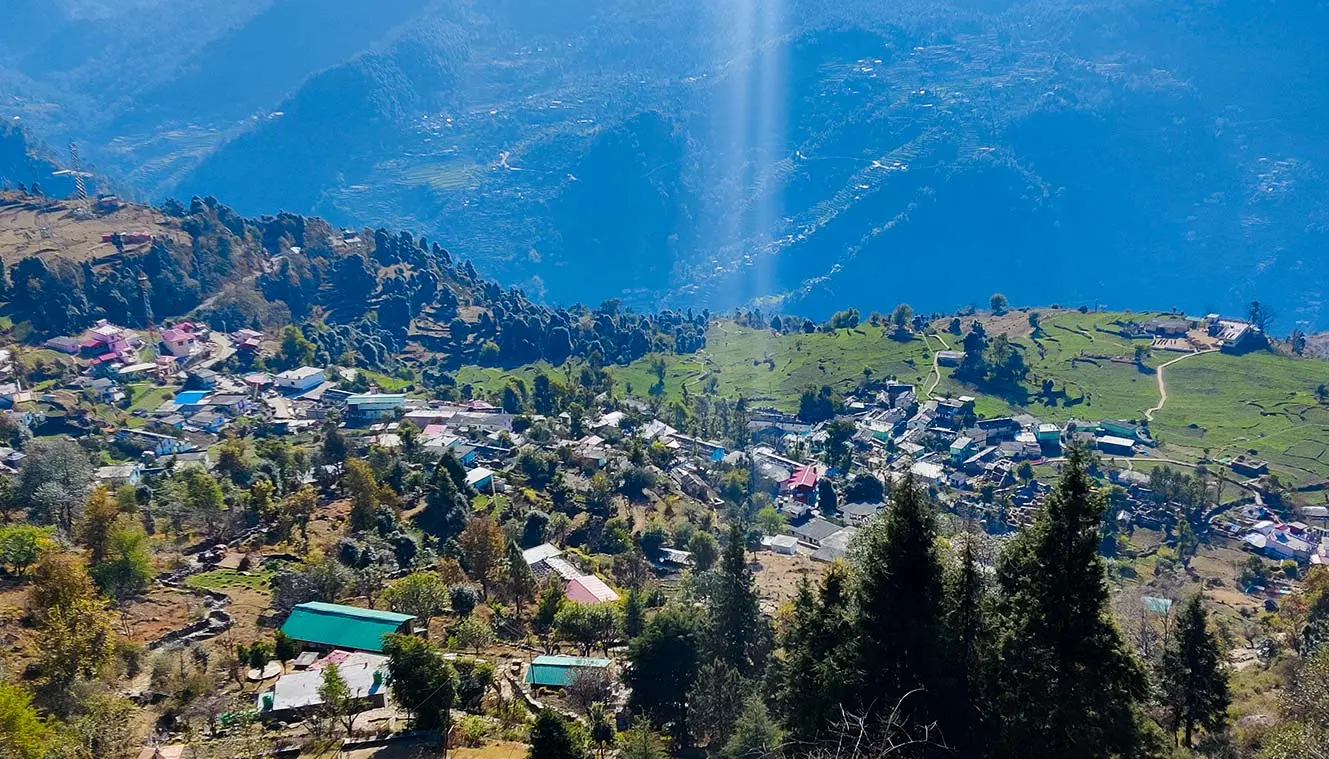
The Sari village is a small mountain settlement with about 100 houses lined on the mountains and many beautiful paddy fields enhancing its natural beauty. Sari offers stunning meadow views and the people here are warm and friendly. You will also get the first glimpses of the Chandrashila summit from here.
If you arrive on time, you can venture out to explore the Sari village. There is also a small market in Sari and you might find something of value to purchase from here.
Sari To Alpine Lake Deoriatal
- Altitude: Deoriatal 2,400m/7,850 ft.
- Trek: 3km | 1hr.
- Altitude Gain:- 400m/ 1,300ft
- Steep ascent till the campsite.
- Well marked trail through pine and oak forest.
- Water source-None.
- Hot lunch at campsite.
- Go to Deoriatal lake for an evening walk.
- Deoriatal lake is 10 minutes walk from campsite.
- Stay in Tent - dome tent (Twin sharing) and swiss tent (triple/quad sharing).
Today is the first day of your adventure and you will trek from Sari to Deoriatal. It is a very short trek of about 3 km that takes you to Deoriatal. The trek to Deoriatal is quite easy with mixed ascents and descents along the way.
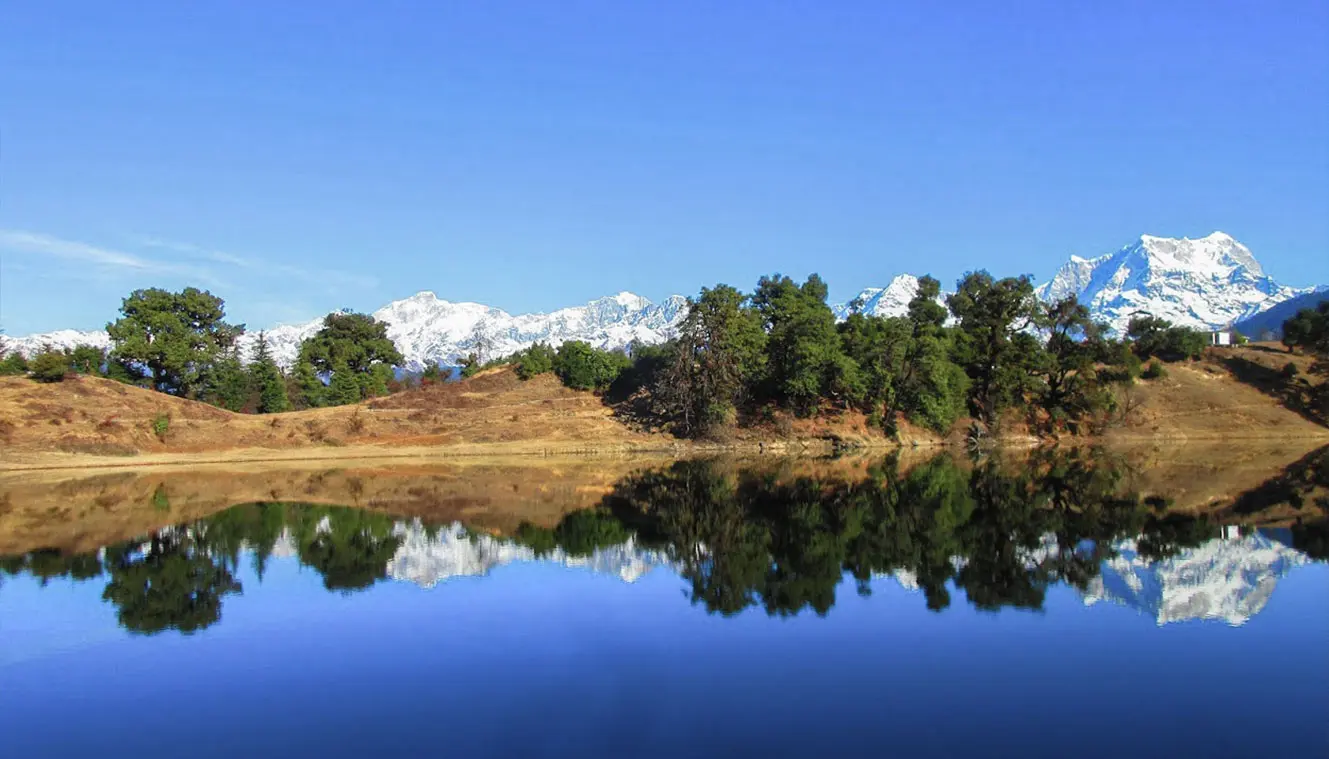
From Sari follow the well-defined rocky trail that gradually climbs up the mountains. Keep walking on the trail and after 30 minutes, you will come across your first major viewpoint. Stop for a while and treat your eyes to alluring views of mountains and valleys. Treading further along the trail, you will come across a forest of maple and Rhododendron. If you visit during the spring, the Rhododendrons will be red and blooming, a beautiful visual treat. Another hour or so and you arrive at Deoriatal.
Deoriatal provides the perfect dreamy setting for camping. The lovely alpine lake is nestled beautifully in a mountain clearing and is surrounded on all sides by the majestic Garhwal Himalayas. Mt. Chaukhamba is the most prominent here and it casts its reflection on the lake waters, a surreal sight to behold. Wait until morning when the mist lifts and the sun rays warm up the peaks in a golden glow. The snow-clad mountains in the backdrop with the lake taking center-stage, it is the perfect place to capture some Instagram-worthy shots.
From the trail, you can spot the Chandrashila summit and below it, the Tungnath temple, which is just a speck in the mountains and you may need binoculars to spot the temple. Deoriatal is also a Green-Trail hotspot and you are going to find a lot of litter around the campsites, keep your eco bags ready to collect the garbage.
Reaching Deoriatal, we will set out tents for the night and a hot lunch and dinner will be provided at the campsite. You will have almost an entire day in your hand that you can use to explore the area and acclimatize as well. This is also a popular site for birdwatching and you may even spot some rare Himalayan birds. Explore the trails around the campsite and let the tranquillity of the mountains slowly engulf you.
Deoriatal To Baniyakund via Rohini Bugyal
- Altitude: Banuyakund 2,600m/ 8,550ft.
- Trek: 16km | 8hr.
- Drive: 3km | 10min.
- Altitude Gain:- 200m/ 700ft.
- Water source- A groundwater source before entering Rohini Bugyal. Waterfalls on the second half of the trail.
- Gradual ascent on a meadow.
- Packed lunch for the way.
- Drive Sari village to Baniyakund: 23km | 45min.
- If unable to do 16 km trek then can come back to Sari village by trek and drive to Baniyakund campsite, if TTH vehicle is available then drive from Sari to Baniyakund is free and if not then trekkers will have to pay around Rs 1200.
- Stay in Cottages/ Swiss Camp (triple/quad/dormitory).
Today is the most scenic day of your trek and a treat for all nature lovers. Today’s trail is made spectacular with the Rhododendron covers that become denser and denser as you trek uphill. The Kedar dome and the Chaukhamba peaks also peek through the tree covers. You will spot two varieties of Rhododendrons here, red and pink and during the months of March and April, the trail is set ablaze in hues of crimson. The forest cover soon opens into a beautiful clearing, the Rohini Bugyal meadow which is lined with Rhododendrons on all sides.
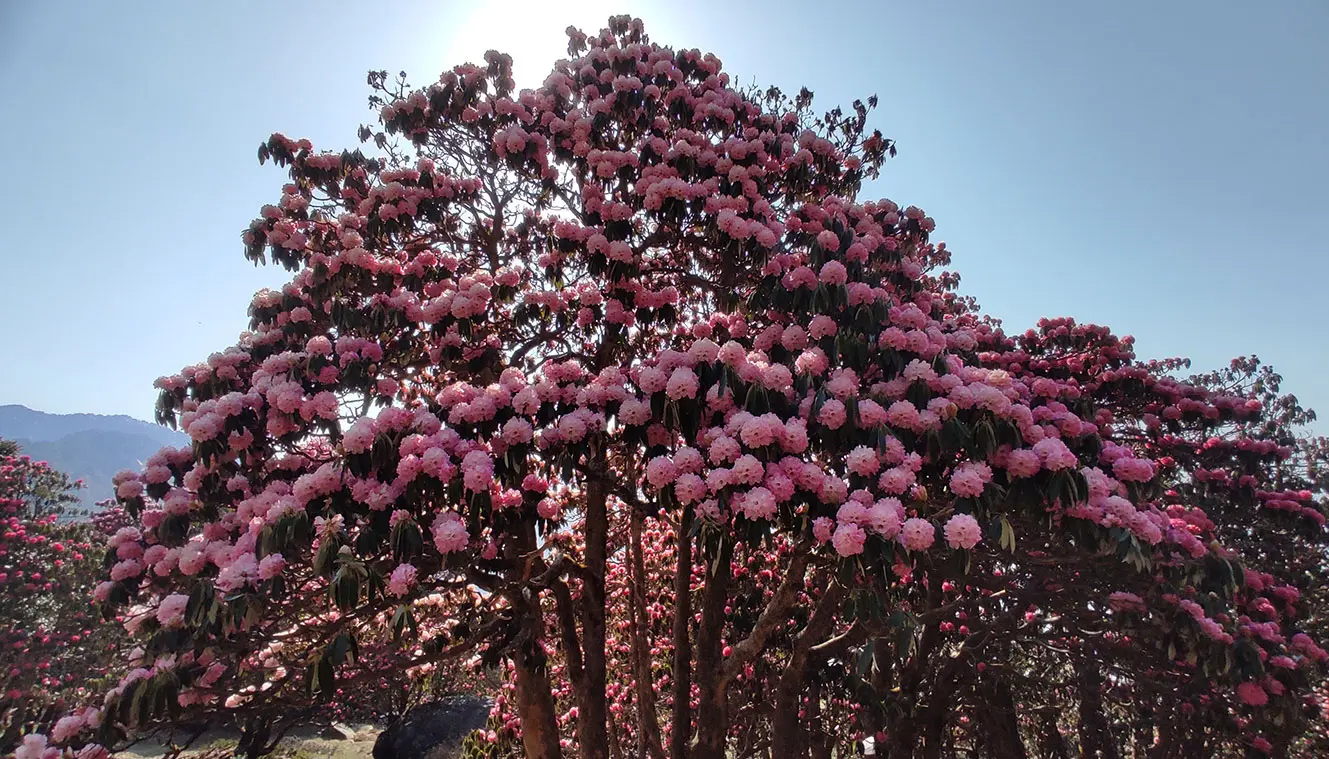
The trek today is moderate starting with a gradual ascent followed by a slight descent, which eases to a gradual ascent until Rohini Bugyal. From Rohini Bugyal there’s a steep descent followed by a mix of ascents and descents to Baniyakund. As the Rhododendron cover clears up, you will get clear views of Chandrashila peak in the distance, and on your right below, you can see the Sari village once again.
The trail passes through Kedarnath Sanctuary, so you may be able to spot some Himalayan Wildlife like red foxes and other small animal species and birds like Griffon Vultures, which are huge birds of prey as well as Verditer Flycatcher and Himalayan Woodpecker. Every now and then, you may also come across small shrines with prayer flags tied to them. These temples are built by the locals. Walk for 20 more minutes and you will reach a landmark temple, the Bagdwal temple and you will spot three paths branching out.
One route connects back to Sari village, another connects to Ukhimath and there’s a third descending path, which leads us to Rohini Bugyal. The Chandrashila and Kala Parvat become quite prominent from here. Walk for about 30 minutes and you will pass a small rivulet. This is your water source and you can fill your bottles here. Tread across a wooden bridge to cross the river and a small uphill climb will lead you to Rohini Bugyal.
As you climb uphill from Rohini Bugyal, the views get better and better and you will observe a series of shepherd huts lining the hills. During the summer months, the locals occupy these huts along with their livestock. The Rohini Bugyal meadows provide the perfect spot for cattle grazing. From here, crossing a few gradual ascents, you will reach Baniyakund. Further ahead, there is a motorable road that leads to Chopta, and from here take the trail on the right to reach the Baniyakund campsite, a clearing between the forests. You will stay overnight in Cottages/ Camp.
Baniyakund to Chopta (Drive) & trek to Tungnath & Chandrashila & Return
- Altitude: Chandrashilla top 3,700m/ 12,100 ft.
- Altitude: Tungnath 3450m/ 11,380ft.
- Altitude: Chopta 2,850m/ 9,400ft.
- Trek: 9km | 7hr (Both side).
- Buniyakund to Chopta (Drive 3km | 10min).
- Chopta to Tungnath 3.5km |3hr.
- Tungnath to Chandrashilla Summit 1km | 1hr.
- Trek: Gradual ascent.
- Packed lunch for the day.
- Water Source- None.
- Tungnath is the highest Shiva temple.
- View: Mountains of Garhwal and Kumaon- Nanda Devi, Trishul, Nandaghunti, Dronagiri, Chaukhamba, Kedar dome, Thalaysagar, Gangotri ranges, Jahanukut etc.
Today is the summit day and we will have an early start in the wee hours before sunrise so that we can catch the sunrise from Tungnath. The path from Chopta to Tungnath wades along a well-defined, concrete trail. The trek from Chopta to Tungnath is about 3 km and the trail entwines along meadows and forests before making way to the Tungnath temple and 1.5 km from Tungnath lies Chandrashila summit. The trail remains buried deep in snow during the winters adding to the challenge of the climb to Chandrashila from Tungnath, which is already quite steep.
The trail from Chopta to Tungnath is well-defined which makes it quite accessible but at the same time, it is a little steep with numerous scissor bends. As you make your way to the second last scissor bend, you can see the Tungnath temple on the right and the Chandrashila summit. The views start getting increasingly better from here and Tungnath Temple is just half a kilometer away. On the left is a view overlooking a valley of Birch trees, which is again a prime spot to sight bird species like Monal and Griffon Vultures.
Soon you will reach the Tungnath temple, which remains closed in winter and you will find snow until April here. The Tungnath Temple is one of the Panch Kedars and is steeped in mythology and folklore. The legend according to Mahabharata goes that the Panch Kedars was built by the Pandavas, asking for Lord Shiva’s forgiveness and atonement of their sins incurred by killing their kins in the battle of Kurukshetra. Lord Shiva appeared in a bull form and parts of the bull appeared in these five locations, where the shrines were built. Tungnath is where the limbs and chest of the bull appeared.
From Tungnath temple, the trek to the Chandrashila summit is a short but challenging one as it is pretty steep. Crampons and gaiters are a must if you are attempting this trek in the winter. Follow your trek leader's instructions to safely make it to the summit. The trail to Chandrashila starts just behind the temple complex. You ascend 600 ft from Tungnath conquering a very steep climb. Once you reach the Chandrashila Base, the Chandrashila peak becomes visible and another 30 to 45 minutes climb takes you to the summit, where you will get some epic mountain views including Mt. Trishul, Nanda Ghunti, Nanda Devi, Thalaysagar, Gangotri Ranges, Kamet, Chaukhamba, Kedar Dome, Dunagiri, Jahanukut and more.
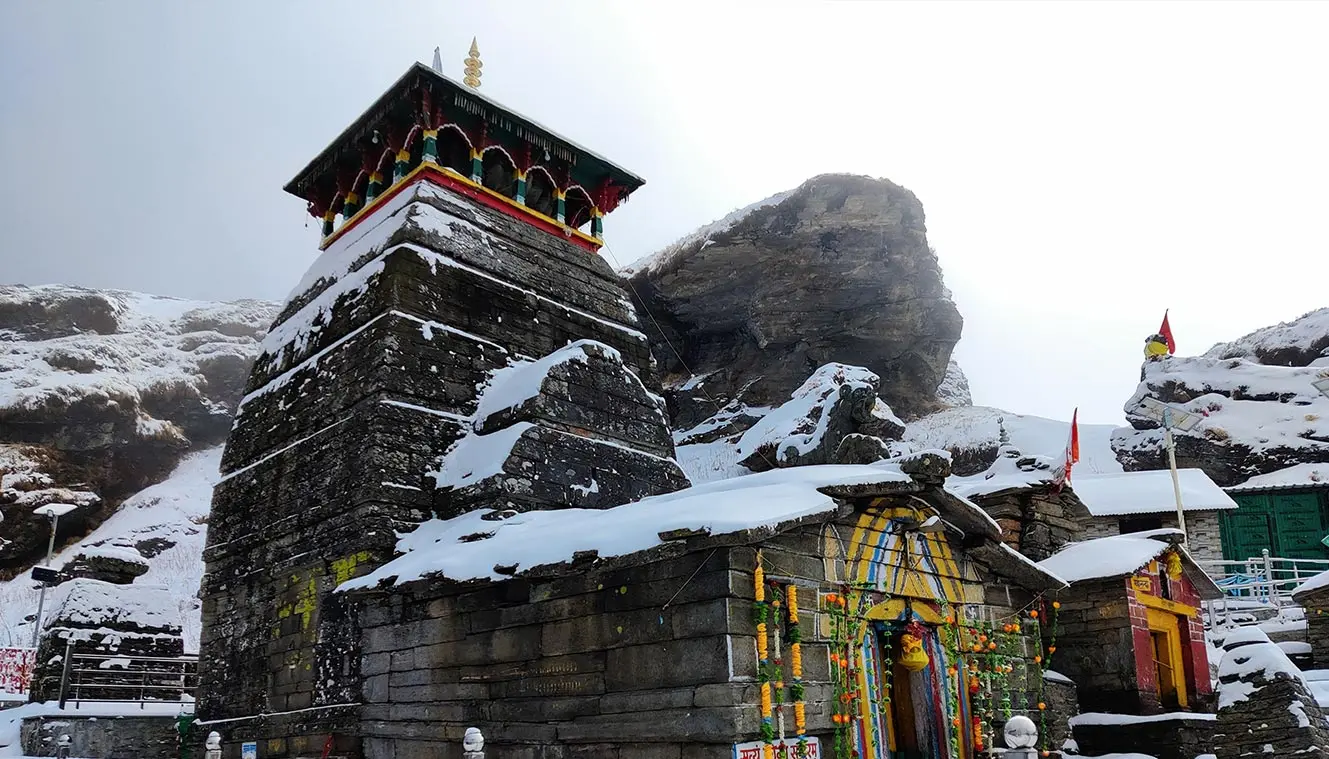
The sunrise view from the Chandrashila summit is unlike any you will ever see and this is one of the best photo points in the Himalayas. At Chandrashila summit there is another temple dedicated to Lord Shiva, which is believed to have been built by Lord Rama for the atonement of the sin of killing Ravana. The trek back to Chopta follows the same path. Retrace your steps back to Chopta and from there you will drive back to the Baniyakund Cottages/ Camp.
Drive to Rishikesh
- Drive 210 km (7 hrs drive)
- Reach Rishikesh by 6:00 pm
- Trekkers will be dropped at TTH Head office (Tapovan) in a Tata Sumo/Tempo Traveller or a similar vehicle (cost is not included)
- After morning tea move to Rishikesh (breakfast and lunch on the way, exclusive of charges)
This is the last day of your journey, where we will drop you off at Rishikesh. Board your vehicles at Baniyakund and it's a 7-hour drive to Rishikesh, along the same mountain roads you came in, taking back with you warm memories of the mountains. We will drop you off at Rishikesh by 6 PM and you can book your further journey onwards.
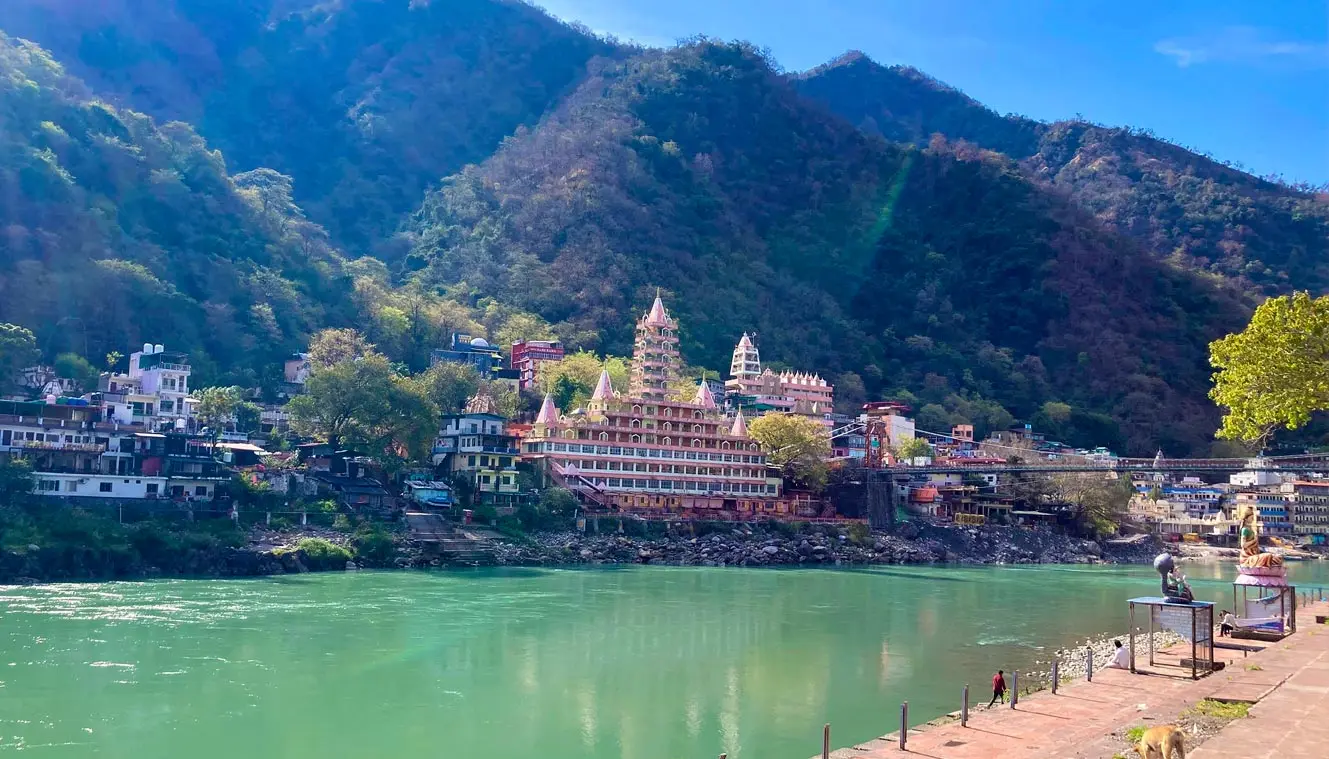
- Keep a buffer day in your travel plan
- If buffer day is not used in the travel then it can be used to Explore Rishikesh
- Read the article Things to do in Rishikesh
- Distance, Altitude, and Trekking hours are approximate and rounded off
- Keep the original and copy of ID proof handy
- Come one day early if planning to come by plane
Day-1: Rishikesh to Sari Village
Day-2: sari to alpine lake deoriatal, day-3: deoriatal to baniyakund via rohini bugyal, day-4: baniyakund to chopta (drive) & trek to tungnath & chandrashila & return, day-5: drive to rishikesh.
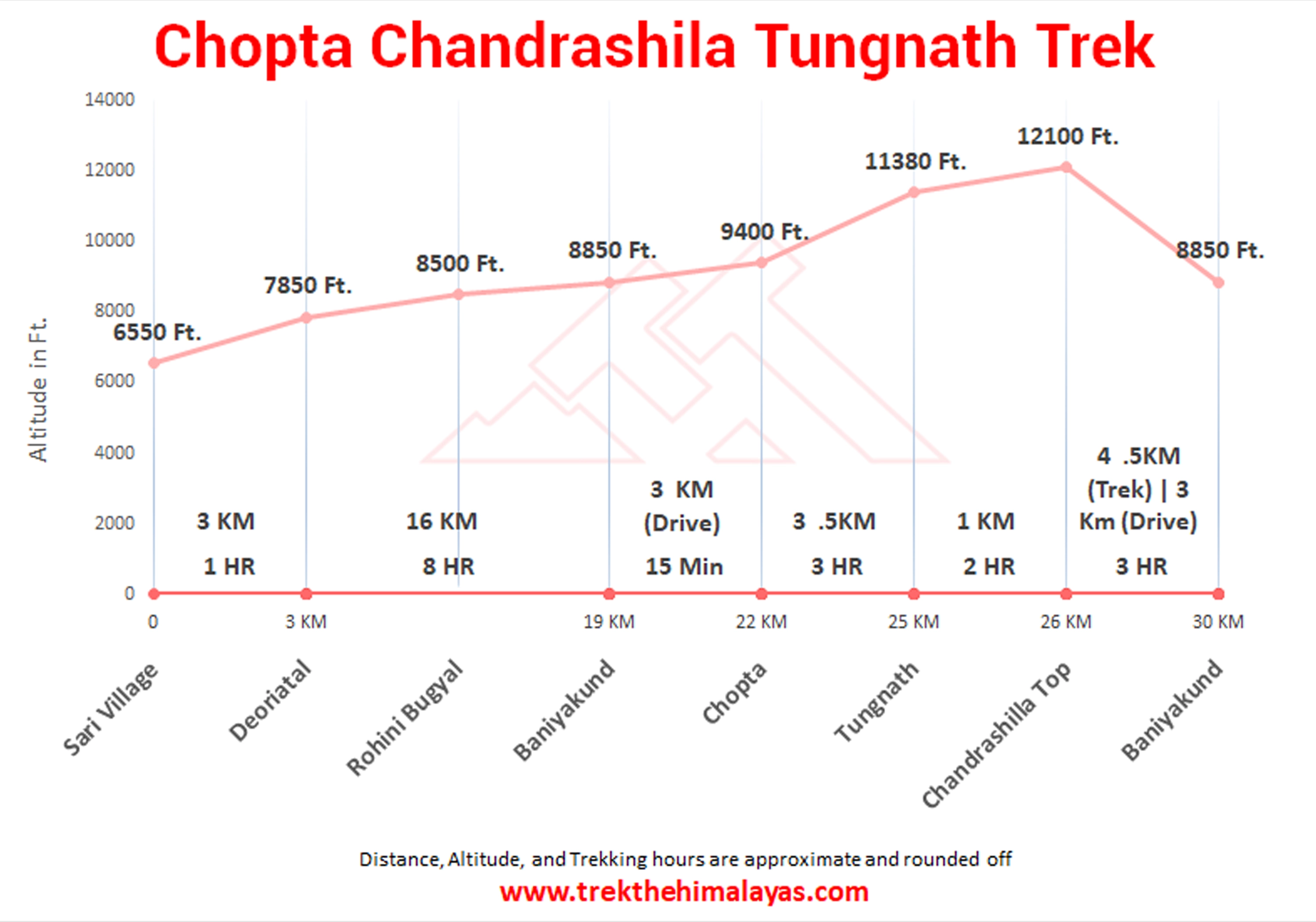
Pulse rate at rest must be in between (60 to 90 beats per minute).
Blood Pressure Reading must be in between (DIASTOLIC 70 – 90, SYSTOLIC 100 - 140 mm Hg).
Respiratory rate at rest must be in between (12 to 20 breaths per minute).
Should not have Liver and kidney issues.
Should not have Diabetes Mellitus, Bronchial Asthma, Heart problems, Hypertension, etc.
No pacemaker implant.
People with Sinus issues, Epilepsy please contact to trek coordinator before booking the trek.
If your BMI is not normal, Please contact our Trek coordinator before Trek booking.
Medical & Disclaimer Form (Mandatory Documents) Click here to download Medical & Disclaimer Form
- Government Employees can avail the benefit of Special Casual Leave (SCL) when they join us for a trekking expedition. As per the rules of the Pay Commission, Special Casual Leave can be availed for up to 30 days in a calendar year for trekking/mountaineering expeditions through a registered organization. Trek The Himalayas is a registered adventure tour operator by the Indian Mountaineering Foundation (IMF) and the Ministry Of Tourism (MOT).
- Trekkers have to apply for leave at least 20 days before the trek departure date.
- This service is exclusive to Indian government employees and is applicable only for treks within India.
- Do mail at info@trekthehimalayas to apply and mention your booked trek date and trek name.
Junior trekkers (below 15 years) should have a company of parents/guardians.
Trekkers between 15 to 18 years can come solo with the disclaimer form signed by parent/guardian.
- Medical & Disclaimer Form (Mandatory Documents) Click here to download Medical & Disclaimer Form
Exercise For Easy to Moderate
Fitness Regime For:
Calculate Your Bmi
Your BMI value is
Congratulations, your body is in good conditions!
Medical & Disclaimer Form (Mandatory Documents) Click Here.
How To Reach
It is essential for everyone to arrive at Rishikesh (06:00 am)
Trek The Himalayas Head office, Tapovan Laxmanjhula, Landmark -Nainital Bank opposite Shiv Vilas Hotel
Once you have reached Rishikesh, TTH will manage the rest of your travel arrangements, if you have opted for TTH's pick-up service, you can select this option during the booking process by adding it as an add-on.
Options to reach Rishikesh
- Take overnight train/bus to Rishikesh.
- Take overnight train/bus to Haridwar and drive to Rishikesh (35 min drive with normal traffic).
We always recommend going for the govt. Buses over the private ones outside the bus station as based on the experience we have found that there are very high chances of delay involved with private buses. Also, govt. Buses are always more reliable. Whichever bus you choose, just make sure to reach Rishikesh at least by 05:30 am.
3. Board a flight to Dehradun airport (Jolly Grant Airport) (21 km, 30 min). If you're arriving by air, then come one day in advance.
If you prefer to travel independently to Base camp and don't want to take TTH's pick-up service, you can either take a government bus or book a private cab from Rishikesh. Your trek coordinator will provide guidance on how to arrange for the bus or cab booking.
Arrive in Rishikesh by 6:00 pm.
The designated drop-off point is Trek The Himalayas Office (Tapovan | Laxmanjhula).
Please consider planning your subsequent travel arrangements after 7:00 pm.
TTH offers comfortable transportation through Tempo Traveler, Bolero, or equivalent vehicles. If you wish to upgrade your mode of transportation, please contact your trek coordinator for further assistance.
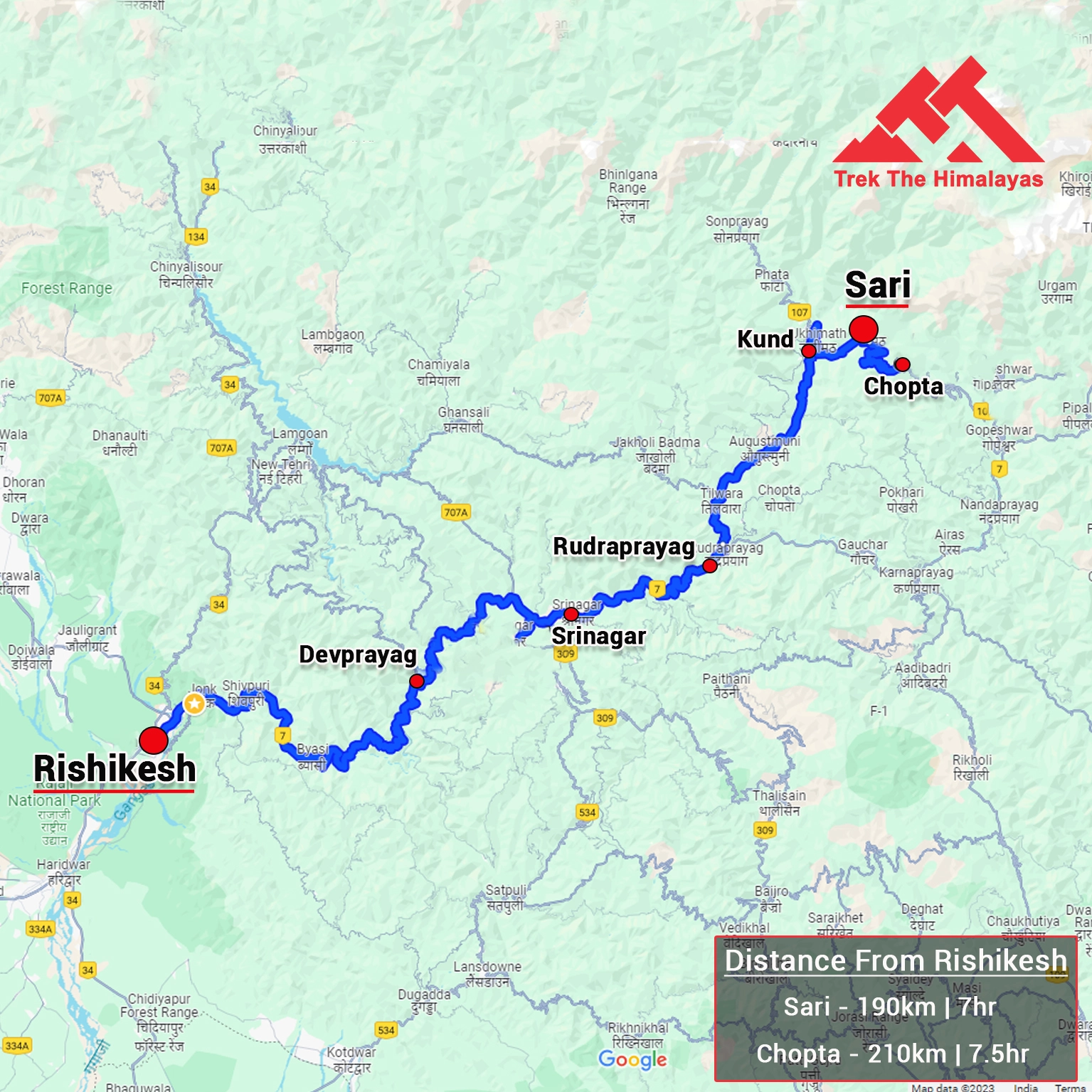
1. Insurance (Mandatory)
2. Accommodation (as per the itinerary):
- Guesthouse & Swiss cottage tent.
3. Meals (Veg + Egg):
- All meals are from Sari village to Baniyakund. .
- Day 1 to Day 4 Dinner.
4. Support:
- 1 Mountaineering & First aid qualified professional expedition Leader.
- 1 Experienced high altitude chef.
- Local experienced guides (Number of guides depending on the group size).
- Enough support staff.
5. Trek equipment:
- Ropes, Helmet, Ice axe, Harness, Gaiters & Crampon (if required).
6. First aid:
- Medical kit, Stretcher, Oxygen cylinder, Blood pressure monitor, Oximeter, Stethoscope.
7. Transportation (as per the itinerary):
- Rishikesh to Sari village & Baniyakund to Rishikesh (If booked through TTH, available upon booking in add-ons).
- Baniyakund to chopta trekking point on summit day.
8. Mules/porters to carry the central luggage. 9. All necessary permits and entry fees, Upto the amount charged for Indian. 10. Services from Sari village to Baniyakund.
1. Food during the transit. 2. Any kind of personal expenses. 3. Mule or porter to carry personal luggage. 4. Emergency evacuation, hospitalization charge or etc. 5. Anything not specifically mentioned under the head Inclusion. 6. Transportation (Rishikesh to Sari village & Baniyakund to Rishikesh, if not booked through TTH).
Things can be provided on demand and availability (participant has to pay extra for these things).
1- Satellite phone/set phone - is a type of mobile phone that connects via radio links via satellites orbiting the Earth instead of terrestrial cell sites like cellphones. Therefore, they can operate in most geographic locations on the Earth's surface.
2- Gamow/PAC HAPO Bag (Portable Hyperbaric Bag) - is a unique, portable hyperbaric chamber for the treatment of acute mountain sickness (AMS), also known as altitude sickness.
3- AEDs (Automated External Defibrillators) - are portable life-saving devices designed to treat people experiencing sudden cardiac arrest, a medical condition in which the heart stops beating suddenly and unexpectedly.
Special Offer
Make a single payment and trek the number of times you want.
If you book a trek with Trek The Himalayas and cannot complete it, or if you've successfully completed the trek and wish to do it again, you can repeat it multiple times at no additional cost.
Terms and conditions
- This offer is non-transferable.
- This offer is valid for Trek The Himalayas limited fixed departures.
- This offer is valid for 5 years from the date of booking.
- This offer is not valid if the participant has received a cash refund or voucher at the time of cancellation.
- Participants don’t have to pay for the trek cost but have to pay for transportation and trek permit costs.
To reserve a spot for a trek or adventure program, you can either utilize our online booking form or call us at the provided number. For your confirmation, a deposit must be wired, including the initial payment.
Cancellation terms:
Cancellations prior to 25 days from the start of the Trip
Refund options
- 5% deduction of trek fee
- 100% cash voucher for any trip till one year
- Transfer your trek (any trek, any date) to your friend
Cancellation between 24 days and 15 days to the start of the Trip
- 30% deduction of trek fee
- 100% cash voucher for same trip till one year
- 85% cash voucher for any trip till one year
- Transfer your trek (same trek, any date) to your friend
Cancellation between 14 days and 10 days to the start of the Trip
- 50% deduction of trek fee
- 80% cash voucher for same trip till one year
- 70% cash voucher for any trip till one year
- Book the same trek, in the same season, with any other batch
Cancellation less than 9 days to the start of the trek
- No cash refund
- 20% cash voucher for the same trip till one year
- 10% cash voucher for any trip till one year
- Transfer your trek (same trek, same date) to your friend
Note- If a booking is made using a voucher or discount code, the policies related to vouchers and discounts cannot be modified.
In the unlikely event that TTH cancels a trek prior to the scheduled departure date:
While it is extremely rare for TTH to cancel a trek, we understand that unforeseen circumstances or natural disasters may occasionally require us to do so before the scheduled departure. These circumstances could include continuous rain or snow, thunderstorms, snowstorms, landslides, floods, earthquakes, or any other natural calamity that poses a risk to the safety of our trekkers. Additionally, unforeseeable events such as local riots, curfews, pandemics, lockdowns, government orders, or any similar situations that compromise the safety of the trekking experience may also necessitate a cancellation.
In the event of such a cancellation, TTH will provide you with a voucher equivalent to the amount you paid for the trek. This voucher can be redeemed for any of our treks within the next year, allowing you to still enjoy an adventure with us at a later date.
The issuance of a voucher is not applicable in situations where you are required to descend from the trek for any reason. The trek leader may make the decision to send you down from the trek due to factors such as insufficient fitness level, symptoms of Acute Mountain Sickness (AMS), high blood pressure, exceeding the designated turn-around-time, health concerns, or if you are found smoking, drinking, or violating the rules set for the trek. In such cases, the provision of a voucher does not apply.
In the rare event that TTH shifts a trek:
We would like to emphasize that weather conditions in high-altitude areas are highly unpredictable and can undergo sudden changes at any time, irrespective of the day. Additionally, circumstances beyond our control, such as natural disasters, political unrest, pandemics, and lockdowns, may impact the feasibility of conducting a trek. In cases where we are unable to proceed with an event due to such circumstances that are beyond our direct control, we will make every effort to provide you with an alternative trek that is safer and more suitable.
In such situations, we will issue a voucher to offset the cost difference between the originally scheduled trek and the alternative trek. This voucher can be redeemed at any time within one year from the date of issue. Please note that a refund fee or reimbursement of the cost difference is not applicable in these cases.
- Change of trek batch is dependent on the availability of seats in the batch
- In case of transferring a trek to a friend, he/she should satisfy all the mandatory requirements put forward by TTH
- TTH holds the right to change/cancel the policies, without prior notice
- Cash refund is applicable only in case of bookings made without using any promotional offer code or vouchers
Cash Voucher Terms:
- This is a non-transferable voucher
- The voucher cannot be merged with any other offer of Trek The Himalayas
- The voucher is valid for Trek booked directly with Trek The Himalayas in India
- To avail the voucher please use your register phone number or e-mail id
- All the other Terms of booking a trek with Trek The Himalayas are applicable to the voucher
- Trek The Himalayas holds rights to add/remove any of the Terms and Conditions without prior notice
Itineraries are based on information available at the time of planning and are subject to change. "Trek The Himalayas" reserves the right to change expedition dates, people or itineraries as conditions warrant. If a trip must be delayed or the itinerary changed due to bad weather, road conditions, transportation delays, government intervention, airline schedules, sickness, or other contingency for which TTH or its agents cannot make provision, the cost of delays and/or other changes are the responsibility of the participant. TTH reserves the right to decline, or accept, any individual as a trip member for any reason whatsoever.
Trek Essentials
PDF Of Trek Essential Download
Frequently Asked Questions(FAQ)
How to register/create an account with tth.
To register with TTH, visit our website - www.trekthehimalayas.com and create your account. To create your account you will need to use your email address and fill in all the details, set your unique password and your account is ready to use.
How to book a trek?
- To book a trek with TTH, you first need to register with us and create an account.
- Choose the trek that you want to do and click on available dates.
- You will land at the login page, fill in the required details.
- Add Participants, choose add-on services click on the Pay now button, choose your preferred payment method, and make the payment. TTH accepts multiple payment options, including credit/debit cards, net banking, and UPI.
- You will receive a confirmation email from TTH with all the necessary details about the trek, including the meeting point, transportation, accommodation, and other important instructions.
Made a payment but did not receive any confirmation.
please send an email to us at [email protected] or reach out to the numbers provided in the Help and Support section of your Trek Page. We will ensure that your issue is promptly resolved.
How to book off-load luggage and transportation?
To book services such as off-load luggage and transportation, you can find them listed as add-ons. These additional services can be booked at the time of your initial booking. If you miss booking add-ons during the initial reservation, you can log in anytime and easily book 4 days before the departure date add-ons through the platform.
If I have booked the wrong trek or date, how can I make changes?
In such a situation, please log in to your account and transfer your trek or date to the desired one within 12 hours or drop us an email at [email protected] 10 days before the departure date of the trek. After the initial 12-hour period, any changes will be processed according to the cancellation policy.
I am a beginner and confused which trek to book.
We recommend visiting our "Suggest Me a Trek" page. By filling out the form, our experts will contact you with the best possible trek options based on your preferences and experience level. Alternatively, you can reach out to us via email at [email protected] or give us a call using the numbers provided on our website for personalized assistance and recommendations.
How is family trek different from regular trek?
Family treks differ from regular treks by focusing on ease of difficulty, offering shorter durations for younger participants, Kid-friendly and easily digestible foods, child-friendly activities, maintaining a higher guide ratio for diverse age groups, and implementing additional safety measures for families.
Ideal treks for children.
Family Trek with Kids recommendation Only Dayara Bugyal and Chopta Chandrashila Trek.
Minimum age for children to trek with TTH.
Minimum age for TTH treks is typically 7 years, though this may vary depending on the specific trek.
Can we take children to high altitudes with their guardian?
Yes, you can take a kids to a high-altitude trek with a parent. Discuss with a trek expert before booking a trek.
Can we send kids without Parents/guardian?
Medical & Disclaimer Form (Mandatory Documents) Click here to download medical and disclaimer form
How to prepare a child for a high altitude trek?
Physical Fitness: Ensure your child is physically fit. Engage them in regular exercise, outdoor activities, and hikes to build stamina and endurance. Hydration: Emphasize the importance of staying hydrated at high altitudes. Encourage your child to drink water regularly, even if they don't feel thirsty. Proper Nutrition: Provide a well-balanced diet with sufficient carbohydrates for energy and foods rich in iron to prevent altitude sickness. Adequate Sleep: Ensure your child gets enough sleep in the days leading up to the trek. Quality rest is crucial for altitude adaptation. Educate on Altitude Sickness: Teach your child about the symptoms of altitude sickness, such as headache, nausea, and dizziness. Encourage them to communicate any discomfort immediately. Appropriate Clothing and Gear: Dress your child in layers to adjust to changing temperatures. Ensure they have appropriate trekking gear, including sturdy footwear. Positive Mindset: Foster a positive mindset. Encourage your child, and let them know it's okay to take breaks when needed. Medical Check-Up: Schedule a medical check-up before the trek to ensure your child is fit for high-altitude activities. Consult with a healthcare professional about any potential health concerns.
Kind of food will be served during the trek for children.
TTH takes special care to provide wholesome and nutritious food for children on treks. Here are some of the foods that are typically served for children: Breakfast: For breakfast, TTH serves a variety of options like porridge, cornflakes, bread, butter, jam, honey, boiled eggs, omelettes, and pancakes. Children can choose from these options to fuel themselves for the day's trek. Lunch: For lunch, TTH serves lunch which includes rotis, vegetables, rice, dal, and salad. The rotis are usually made fresh on the trek and are a good source of carbohydrates. The dal and vegetables provide protein and other essential nutrients. Snacks: TTH provides healthy snacks like fresh fruits, dry fruits, energy bars, cookies, and biscuits to keep the children energized throughout the day. Dinner: For dinner, TTH serves a hot and wholesome meal which includes soup, rice, dal, vegetables, and a non-vegetarian dish (if requested in advance). Children can also choose from a variety of desserts like custard, jelly, and fruit salad. Dietary requirements: If a child has any special dietary requirements, TTH can cater to those needs as well. For example, if a child is lactose intolerant or allergic to nuts, the kitchen staff can make arrangements to accommodate those requirements.
How to choose the right trek?
Choosing the right trek for a beginner can be a bit overwhelming as there are many factors to consider such as distance, elevation gain, terrain difficulty, weather, and time of year. Here are some tips that can help you choose the right trek for a beginner:
1. Determine fitness level: Assess the fitness level of the beginner to understand their physical capabilities. This will help you select a trek that is challenging but not too difficult.
2. Choose a well-traveled trail: A well-traveled trail will have more amenities such as signposts, water stations, and shelter. It is also safer as there will be other hikers on the trail.
3. Consider the length of the trek: For beginners, it is recommended to start with a shorter trek that can be completed in a day or two. This will help them get acclimatized to trekking and build their confidence.
4. Look for gradual elevation gain: Choose a trek with a gradual elevation gain rather than steep ascents. This will make the trek easier and more enjoyable.
5. Check the weather: Check the weather forecast before selecting a trek. Avoid treks during the monsoon season or winter when the trails can be slippery or dangerous.
6. Research the trail: Read about the trail to get an idea of the terrain, altitude, and difficulty level. This will help you select a trek that is suitable for the beginner.
7. Consult with an expert: If you are unsure about which trek to choose, consult our trek expert Mr. Nitin (+91 70600 59773) between 10 AM to 6 PM (Tuesday - Friday). Mr. Nitin will provide you valuable advice and guidance.
Overall, it is important to choose a trek that is enjoyable, challenging but not too difficult, and suitable for the beginner's fitness level and experience.
Can a beginner choose a tough trek?
It is not recommended for a beginner to choose a difficult Himalayan trek. Trekking in the Himalayas can be physically and mentally challenging, especially if you are not used to the high altitude, steep slopes, and rugged terrain. Choosing a difficult trek without the proper experience, fitness level, and preparation can be dangerous and put you at risk of altitude sickness, injury, and other hazards.
If you are a beginner, it is recommended to start with an easier trek and gradually build up your skills and experience. This will help you understand the challenges of trekking in the Himalayas, and also prepare you physically and mentally for a more difficult trek in the future. It is also important to choose a trek that matches your fitness level, experience, and interest.
What is the age limit for a beginner trekker?
There is no specific age limit for a beginner trekker. However, it is important to consider your physical fitness, health condition, and personal interests before embarking on a trek. Trekking in the Himalayas can be physically and mentally demanding, and requires a certain level of physical fitness and endurance.
If you have any pre-existing medical conditions or are above a certain age, it is recommended to consult with a doctor before embarking on a trek. It is also important to listen to your body and take breaks as needed during the trek to prevent exhaustion or injury.
If I am solo, can I join the trek in a group?
Yes, you can join the trek. We have fixed departure groups where you can simply book your trek and we will take care of curating a group.
How does my family get updated about my Trek?
Before you start the trek, it is recommended that you make all the necessary phone calls as during the trek you may or may not receive network coverage, once you come back to the Base Camp, you can reconnect with your family via phone once again. You can share your trek coordinator contact detail with your family members to get the latest updates about your trek batch.
What food can I expect?
At TTH, we provide wholesome and nutritious meals during the trek. The food is vegetarian and includes a variety of dishes such as rice, dal, vegetables, chapati, paratha, pasta, noodles, and soup. We also offer snacks such as biscuits, and salty, and dry fruits during the trek. Special dietary requirements such as vegan, gluten-free, or Jain food can also be arranged if informed in advance.
I am allergic to some foods.
If you are allergic to some foods, you need to let us know in advance so that we can make arrangements accordingly.
How safe is trekking with TTH?
TTH is a trekking company that prioritizes the safety of all its participants, including women trekkers. They have a comprehensive safety system in place, which includes a dedicated team of experienced and trained trek leaders and support staff who are equipped to handle emergency situations and provide first aid.
TTH also takes specific measures to ensure the safety and comfort of women trekkers. They have a separate tent accommodation for women trekkers, female trek leaders, and support staff. They also provide separate toilet facilities for women and encourage a safe and respectful environment for all trekkers.
Moreover, TTH has a strict policy against any kind of harassment and has a zero-tolerance policy towards such incidents. They have a designated Internal Complaints Committee (ICC) to investigate and address any complaints related to harassment or misconduct. Overall, TTH has a good reputation for safety and responsible trekking practices, and women can feel comfortable and safe while trekking with them.
How TTH will manage if I am the only woman in the group?
In case you are the only women in the group, we provide a single sleeping arrangement. Also, during the trek, the trek leader will always remain by your side to provide optimum safety and reassurance.
How can I know that other women are in the batch?
You can reach out to the trek coordinator to inquire about the number of female trekkers and their respective states who have booked the trek. Please note that the trek coordinator cannot disclose personal details of any trekker. Once you've confirmed your booking, a WhatsApp Group will be created for all the trekkers in your batch. This allows you to connect with fellow trekkers before the trek begins.
Can I know in advance, which trek is led by a women Trek Leader?
While many of our treks are led by female trek leaders, however, it is not possible to know which trek leader is assigned to which group. But nonetheless, whether the trek leader is male or female you can be completely assured of your safety and security with us.
Can I trek with periods? If yes, then where can I dispose of the sanitary pad?
Yes, it is possible to trek with periods. However, it is important to take some extra precautions and preparations to ensure a comfortable and safe trekking experience.
Here are some tips that can help you trek during your period:
1. Use menstrual hygiene products that you are comfortable with, such as tampons, pads, or menstrual cups. It is recommended to carry enough supplies for the entire duration of the trek.
2. Pack wet wipes, hand sanitizer, and plastic bags to dispose of used hygiene products.
3. Wear comfortable and breathable clothing that allows for easy movement and reduces friction. Avoid wearing tight or restrictive clothing that can cause discomfort.
4. Carry pain relief medication, such as ibuprofen or acetaminophen, in case of menstrual cramps.
5. Stay hydrated and maintain a balanced diet to support your energy levels and overall health.
6. Take breaks as needed and listen to your body. If you feel uncomfortable or experience any unusual symptoms, seek medical attention immediately.
It is also recommended to consult with a doctor before going on a trek during your period, especially if you have a pre-existing medical condition or are taking medication. By taking necessary precautions and being prepared, you can have a safe and comfortable trekking experience even during your period.
We provide proper disposal facilities for sanitary pad disposal during the trek.
How will the accommodation be during the trek?
We offer three person tents with twin-sharing for optimum comfort. A woman trekker will share a tent with another woman trekker and if you are the only woman in the group, you will be given a single accommodation for your comfort and privacy.
Are trek poles, Jackets and other equipment available for rent from Trek The Himalayas?
Yes, we do provide gears on rent. You can book it using you TTH account directly.
Who will be with us on the trek from Trek The Himalayas?
Mountaineering qualified Experienced and first aid certified Trek Leader, First Aid Certify local guide, Cook, helpers and supporting staff.
Who can not join the trek?
People suffering from Bronchitis, Asthma, High blood pressure, Epilepsy (got faints), TB , Heart problem or on higher BMI side are strictly not allowed to go on any Himalayan trek. Apart from this if you had any medical history, please let us know.
When it gets really cold can I consume alcohol?
No. Alcohol and smocking isn’t allowed while on trek. It is totally misconception that it will keep you warm. Your body need to acclimatize properly and for that eat properly and drink enough water; these things will keep you warm.
What type of toilet facility is TTH providing at the trek?
Toilet tents provide a convenient solution for answering nature's call in the great outdoors. Dry toilets, in particular, offer a highly sanitary approach. By digging a pit and utilizing mud and a shovel, you can easily cover up your waste. This method ensures cleanliness and hygiene while camping or exploring in the forest.
Remember to pack essential toiletries to complete your outdoor bathroom kit and maintain proper personal hygiene during your adventures. With these practices in place, you can enjoy nature while also respecting it.
How do I manage the negative temperatures on the trek at higher camps? Do I need special jackets?
Layer Up From Head To Toe Eat Full Meals, never sleep empty stomach You can keep warmee (if you’re more susceptible to cold). Use sleeping bag in right way and don’t leave free space in sleeping bag.
For upper body – Thermal layer – T-shirt (full-sleeves) – Fleece T-shirt (for extreme colds) – Fleece layer – Thick Jacket/Down Jacket – Waterproof or Windproof layer (outermost layer, when it is snowing or raining) - For Lower Body – Thermal layer – Hiking pants (normal) or Winter hiking pants
Based on how warm you feel you can skip any of the above layers. Your outer later should be windproof since it is windy at high altitude. The idea behind layering is that the more insulation you have the less cold you feel, and instead of wearing a very thick jacket if you wear multiple layers, your body will be better insulated against the cold.
Do you provide crampon/micro spikes and gaiters?
Yes, we provide micro spikes and gaiters, if required.
What documents need to carry on trek?
Mandatory documents: 2 xerox of ID having address (addhar card/driving license), 2 Passport size photographs, hard copy Medical form signed & sealed by doctor, disclaimer form sign by trekker and high altitude insurance.
If we come prior the trek date, Do you provide accommodation?
No. We don’t but we can suggest you good hotel/Stay nearby pick up location.
Do we get enough water for drinking?
Yes, trekker must carry 2 water bottles 1 litre each so they can refill it at campsite for drinking and keep themselves hydrate.
What kind of shoes we should buy for the trek?
You should buy shoes which has these three features –Good grip, Ankle Support and additional water resistant layers. Generally, we advise Quechua Trek 100, MH 500 and MH 100.
What happens if some members of the team need to turn back before the summit?
No one is forced to go on. There is always enough staff to split the party according to need and regroup later at the camp. Most people have no trouble reaching the highest campsite. If some members decide not to climb the final distance they can wait for the climbers to come back down the same way or take a lateral path to the descent route.
How many trekkers do you take in a group?
To run a batch we need 6 people and maximum batch size 25 people.
What is the age limit?
We allow minimum 7 years kid in this trek and maximum depend on trekker’s fitness.
Can you give us brief details about served food while on trek?
We serve Indian vegetarian food with occasional eggs while on trek, to give you general idea it is like this, Dal sabji roti, rice in lunch & dinner and daliya, poha, sandwich etc in breakfast with morning & evening tea.
Is this a good trek for a first timer?
Yes, we recommend this trek to first timer as well as experienced one. Make sure that you should have good fitness. People suffering from Bronchitis, Asthma, High blood pressure, Epilepsy (got faints), TB , Heart problem or on higher BMI side are strictly not allowed to go on any Himalayan trek. Apart from this if you had any medical history, please let us know.
Can we stay at Tungnath / Chandrashila?
No, there is no accommodation facility available to stay and camping is not allowed there.
Will you provide us tents and sleeping bags?
Yes, we will provide sleeping bag, tent, mattress. It is among the central equipment.
- Date and Price
Rent A Gear
Trek Articles
Quick Links
Trekking & Hiking
Mountaineering
Multi Sports
Himalayan Pilgrimage
Website Privacy
Terms & Condition
Contact Info
Get in touch with us. E-mail us Monday-Saturday (10 AM to 6 PM)
Address: Trek The Himalayas, Kaintura Plaza, Badrinath Road Tapovan, Rishikesh - 249201 Uttarakhand
Phone: 8191004846
Email: [email protected]
2010 Trek The Himalayas. All rights reserved

Welcome to Himalayan Passion
Push your limit to rise high.
Himalayan Passion is here to plan an experience you’ll never forget. Founded in 2019, we are a premier Adventure tour Company in India We take care of all the details so you can get straight to the fun of adventure in the wonderland of the Himalayas. We are here to provide you the oxygen which you need away from your corporate desk. Get in touch to learn more.

Upcoming Trek
Tunganath chandrashila deoriatal, inr 13000/- (haridwar to haridwar ) cost for indians only 0 7 s ea ts left, grade:- easy 6 days 12th may to 17th may (2024), chopta, uttarakhand, dzukou valley, inr 6500/- (dimapur to dimapur ) cost for indians only 09 sea ts left, grade:- easy 5 days 8th june to 12th june (2024), dimapur nagaland, hampta pass trek, inr 11500/- (manali to manali ) cost for indians only 10 sea ts left, grade:- easy to moderate 6 days 22nd june to 27th june (2024), manali himachal pradesh, dzukou valley trek, inr 6500/- (dimapur to dimapur ) cost for indians only 0 8 sea ts left, grade:- easy 5 days 6th july to 10th july (2024), viswema nagaland, grade:- easy 5 days 13th july to 17th july (2024), valley of flowers trek, inr 9500/- (haridwar to haridwar ) cost fo r indians only 0 7 s ea ts left, grade:- easy 6 days 14th july to 19th july (2024), joshimath, uttarakhand, grade:- easy 6 days 22nd july to 27th july (2024), kashmir great lakes, inr 14000/- (srinagr to srinagar ) cost fo r indians only 0 7 s ea ts left, grade:- difficult 8 days 13th july to 20th july (2024), ganderbal, kashmir, grade:- difficult 8 days 20th july to 27th july (2024), grade:- difficult 8 days 10th august to 17th august (2024), grade:- easy 6 days 11th august to 16th august (2024), grade:- difficult 8 days 18th aug to 25th aug (2024), continue to trek calender..., top treks of 2024.
Kasmir Great Lakes Trek
INR 14,000/-
Pin Bhaba Pass Trek
Himachal Pradesh
INR 17,500/-
Yunam Peak Expedition
INR 25,000/-
Annapurna Circuit Trek
INR 26,500/-
May your Memories Last Forever
Himalayan Passion keeps the promise of providing sweet Himalayan Memories, and in the same time providing the harsh truth of adventure in the wonderland. As we Say "Push your limits to rise High", we always try to encourage and motivate the participants and fellow trekkers to push themselves to make their trips and treks worthy with us. "Safety and security is our first priority", we always try to maintain the proper safety and security in the Highland as we promise. Here are some of the reviews and feedbacks from our fellow trekkers who have created some amazing memories with us and we hope to keep the fire burning inside therm.
Experiences

Experiences with us
Being a beginner, Kashmir Great Lakes trek was supposed to be a very difficult for me. I made it possible because of the wonderful team headed by Dhrubojyoti Chatterjee and Sourav Ray. They made every effort to make me comfortable throughout the journey and took care of every needs and inconveniences of mine. Morever, they kept on motivating me and stood by my side immediately whenever I required any help. Not only that they took instantaneous decision based on their experience of trekking to overcome unforseen constraints which came along the entire trek and helped the entire team to realize long cherished dream of completing KGL trek. Fortunate to have team leaders like Dhrubojyoti Chatterjee and Sourav Ray. I would personally cherish their brotherly care during the trek. Probably, I am at loss of word to describe their kind and helping nature. I would highly recommend Himalayan Passion for trekking. I would love to see Himalayan Passion grow with time.

- Aditi Deb Salahuddin, Advocate, Kolkata

Treks and Trails
Himalayas is a vast world, which cannot be explored and known in a single life, but why should one stay back in this life. We bring you some exotic and exciting adventurous treks of the wonderland, we assure you an amazing sweet adventurous memories with us.
INR 10000/-
Phokteydara &
Singalila Trek
INR 11000/-
Pangarchula Trek
INR 13000/-
Uttarakhand,Garhwal
Goechala La
INR 17000/-
Hampta Pass &
Chandratal Lake
INR 11500/-
Valley of Flowers
Uttarakhand
Kashmir Great
INR 14000/-

Have a question in your mind?
call us / whatsApp
+91-9748955458 +91-9674715111
Click the whatsapp button to start whatsapp chat
to know our office location and more details
or leave a message, we will call you back
Thanks for submitting!


Embracing The Outdoors: Top 7 Beginner-Friendly Nature Treks In India
I ndia, with its diverse landscapes and breathtaking natural beauty, offers a plethora of trekking opportunities for both beginners and seasoned adventurers. If you're new to trekking and eager to embrace the great outdoors, you're in for a treat. In this article, we'll explore seven beginner-friendly nature treks across the country, complete with accommodation options, travel logistics, and how to reach these stunning destinations.
Triund Trek, Himachal Pradesh
Triund trek, conveniently accessible from Delhi and Chandigarh for a weekend getaway, offers a relatively easy beginner Himalayan trekking experience. It boasts stunning vistas of the Kangra Valley and the snow-clad Dhauladhar ranges, making it a visually captivating destination. Ideal for those seeking a hassle-free taste of the Himalayan trekking experience, Triund can be comfortably completed over a weekend. While the trail is short, it's marked by a steep ascent, but this challenge is balanced by refreshing strolls amidst rhododendrons and oak forests. Moreover, the area is a haven for birdwatchers, with various songbirds gracing the trail.
Location: Near McLeod Ganj, Dharamshala, Himachal Pradesh
Duration: 2 days
Best Time to Visit: March to June, September to November
Accommodation Options:
Triund Camps: Basic campsites with stunning mountain views.
From budget-friendly hostels and cosy guest houses for backpackers, to boutique hotels and luxury resorts for those seeking a touch of opulence, Mcleodganj ensures a comfortable stay amidst its breathtaking natural beauty.
To find the perfect accommodation in Mcleodganj, check out the best hotels in MakeMyTrip compare prices, and read reviews to make an informed choice.
How to Reach: Fly to Kangra Airport (Gaggal), then take a taxi or book a bus to
McLeod Ganj.
Valley of Flowers Trek, Uttarakhand
The Valley of Flowers trek is a Himalayan gem, celebrated as one of India's most beloved treks. Designated as a UNESCO World Heritage Site in 2002, this monsoon-season wonder, nestled at an elevation of 3600m in Uttarakhand's West Himalayas, offers a chance to witness the elusive blue Primula and an array of vibrant wildflowers. As you step into this paradise, the intoxicating blend of floral fragrances envelops you, while a hidden lake at 14,400 ft shelters a profusion of wildflower species, creating a natural masterpiece of saxifrages, sedums, lilies, poppies, calendulas, daisies, geraniums, zinnias, and petunias. After this enchanting journey, find solace at Hemkund Sahib, a Sikh Gurudwara nestled beside a high-altitude dazzling lake, aptly named Hemkund or "Lake of Snow," offering spiritual tranquillity amidst stunning natural beauty.
Location: Chamoli District, Uttarakhand
Duration: 6-7 days
Best Time to Visit: July to September
In Ghangaria, basic guesthouses and campsites provide an authentic mountain experience amidst nature's beauty. If you prefer a more comfortable stay, Joshimath offers a range of hotels and lodges, ensuring a cosy retreat after your adventures. And for those seeking spiritual solace in the heart of Rishikesh, there are numerous hotels, hostels and resorts that you can check out on TripAdvisor.
How to Reach: To begin your journey to the Valley of Flowers trek, you can fly into Dehradun from major cities in India.You can travel from Dehradun to Rishikesh by road, which takes approximately 45 kilometres and can be covered in about 1.5 to 2 hours by taxi or bus, then hire a taxi to Govindghat. The trek starts from Govindghat.
Book your flights to Dehradun now on Goibibo Flights and start your journey into the heart of the Himalayas.
Chopta Chandrashila Trek, Uttarakhand
Chopta Trek, a haven of lush green meadows surrounded by majestic pine and oak trees, is a trekkers' and campers' paradise. It's incredibly budget-friendly, offering an experience worth far more than the cost. The journey begins in Haridwar, or your preferred starting point, leading you to Sari, the base camp. From Sari, the trek unfolds with a visit to the captivating Deoria Tal Lake, often called "two worlds in one place" for its Himalayan reflections. The path then winds to Tungnath via Chopta, a land steeped in myth and legend. Tungnath, one of Lord Shiva's "maths' ' where his body parts are said to have fallen, is a spiritual highlight. The adventure culminates at Chandrashila Peak, offering a breathtaking panoramic view of Himalayan peaks, including Nanda Devi, Trisul, Kedar Peak, Bandarpunch, and Chaukhamba.
Location: Rudraprayag District, Uttarakhand
Duration: 4 days
In Chopta, you'll find guesthouses and campsites, while Ukhimath offers hotels and lodges for your accommodation needs. Book your hotel in Ukhimath with Goibibo for a hassle-free and comfortable Himalayan adventure!
How to Reach: You can catch flights to either Delhi's Indira Gandhi International Airport (DEL) or Dehradun's Jolly Grant Airport (DED), both well-connected to major cities in India. From there, reach Rishikesh by train or road, where your adventure truly begins. Once in Rishikesh, hire a taxi for the approximately 6-7 hour scenic journey to Chopta. This picturesque drive of around 190 kilometres will transport you to the base of your trekking expedition.
For flights to Dehradun , visit Skyscanner to find the best deals and flight options.
Kheerganga Trek, Himachal Pradesh
Location: Parvati Valley, Himachal Pradesh
Duration: 2-3 days
Best Time to Visit: May to June, September to November
Accommodation Options: For those seeking a rugged mountain experience, Kheerganga offers basic guesthouses and campsites nestled in nature's embrace. On the other hand, in the vibrant towns of Kasol and Manikaran, a diverse range of hotels and hostels cater to various budgets and preferences.
To secure your ideal stay in Kasol , visit TripAdvisor and explore the diverse range of options.
How to Reach: Fly to Bhuntar Airport (Kullu) and then take a taxi or bus to Kasol. The trek starts from Barshaini, which is a short drive from Kasol.
Brahmatal Trek, Uttarakhand
Nestled in the pristine Himalayas, the Brahmatal trek is a hidden gem waiting to be explored by trekkers worldwide. Dedicated to Lord Brahma, this trek offers a captivating landscape blanketed in snow. Along the trail, you'll traverse centuries-old Oak and Rhododendron forests and stroll through picturesque meadows alongside the Brahmatal Ridge, offering glimpses reminiscent of the Roopkund Trek. On a clear day, the distant Garhwal Mountains provide a breathtaking view that will undoubtedly leave a lasting impression on your heart.
Best Time to Visit: December to March
In Lohajung, you'll find basic guesthouses and campsites, while Kathgodam offers hotels and lodges.
How to Reach: Reach Kathgodam by train, then take a taxi to Lohajung, the starting point of the trek. Jolly Grant Airport, situated 222 kilometres away, is the nearest airport to Chamoli.
Visit Cleartrip , a trusted platform that provides a comprehensive list of available flights, making your trip planning seamless and convenient.
Hampta Pass Trek, Himachal Pradesh
In the lap of the Himalayas, the Hampta Pass is a trekker's paradise and a gateway to stunning landscapes and high-altitude adventures. This enchanting pass is located in the Indian state of Himachal Pradesh, offering a thrilling journey through lush green valleys, dense forests, and snow-capped peaks. The Hampta Pass trek is renowned for its diverse terrain, allowing trekkers to experience the changing landscapes, from the green Kullu Valley to the barren, surreal landscapes of Lahaul and Spiti Valley.
Location: Manali, Himachal Pradesh
Duration: 4-5 days
Best Time to Visit : June to September
You can find a variety of campsites along these treks, each offering a distinct experience. In Manali, you can choose from cosy guesthouses, comfortable hotels, charming resorts, and even budget-friendly hostels, all available in a variety of options on MakeMyTrip.
How to Reach: Reach Manali by road or take a bus from Delhi. The trek begins from Jobra, which is a short drive from Manali.
Sandakphu Trek, West Bengal
The Sandakphu trek, perched at 11,930 ft, is a trekker's paradise known for its panoramic views of Mount Everest, Kangchenjunga, Lhotse, and Makalu. This route traces the famed Singalila Ridge, forming the Sikkim-Nepal border and passing through charming settlements. Inside the Singalila National Park, a biodiversity hotspot, lucky trekkers may spot the elusive Red Panda. The trek also unveils the stunning "Sleeping Buddha" formation, sculpted by the world's tallest mountains, and during spring, the forest blossoms with Rhododendrons and Magnolias, a true Himalayan gem.
Location: Darjeeling District, West Bengal
Best Time to Visit: October to November, March to April
Trekking huts and guesthouses are available along the trekking route, providing essential shelter for trekkers. In Darjeeling and Manebhanjan, you can choose from a range of
hotels from TripAdvisor, offering comfortable stays in these picturesque towns.
How to Reach: You can take a flight directly to Bagdogra Airport (IXB), which is the nearest airport to the region. From Bagdogra, you can arrange for transportation to Manebhanjan, the starting point of the trek. Alternatively, you can book your flight tickets at the best deal to Kolkata ( Netaji Subhas Chandra Bose International Airport - CCU) and then take a train to New Jalpaiguri (NJP) Railway Station, which is well-connected to major cities in India. From NJP, you can proceed to Manebhanjan by road.
India's diverse terrain offers an array of trekking experiences for beginners. Whether you prefer the lush green landscapes of Himachal Pradesh or the snow-covered trails of Uttarakhand, there's a trek for everyone. Prioritise safety, pack appropriately, and consider hiring local guides when needed to make your trekking adventure memorable. So, lace up your hiking boots and embrace the outdoors – India is waiting to be explored!
(Disclaimer: This is a partnered article. The information is provided to you on an "as-is" basis, without any warranty. Although all efforts are made, however, there is no guarantee to the accuracy of the information. ABP Network Private Limited (‘ABP’) and/or ABP Live make no representations or warranties as to the truthfulness, fairness, completeness, or accuracy of the information. Readers are advised visit to the website of the relevant advertiser to verify the pricing of the goods or services before any purchase.)
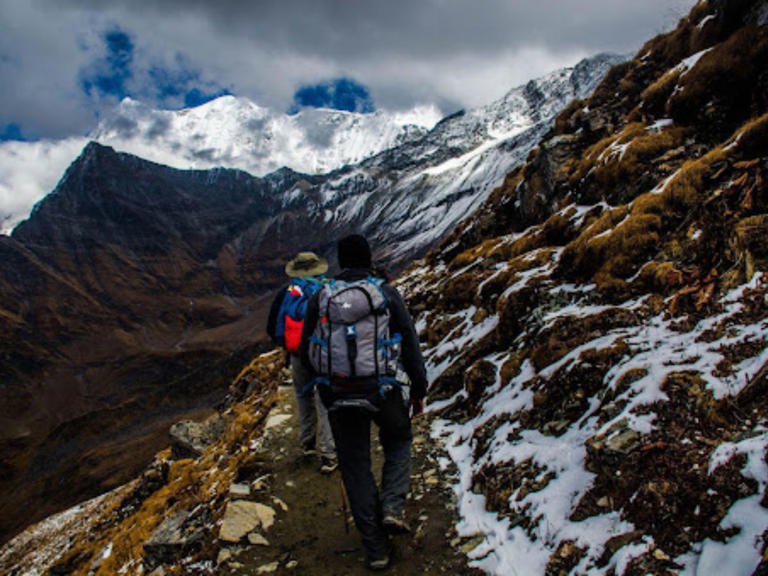
- Insider Reviews
- Tech Buying Guides
- Personal Finance
- Insider Explainers
- Sustainability
- United States
- International
- Deutschland & Österreich
- South Africa

- Home ›
- travel ›
- india ›
- article »
10 best beginner-friendly treks in Uttarakhand

Nag Tibba Trek

- Nothing Phone (2a) blue edition launched
- JNK India IPO allotment date
- JioCinema New Plans
- Realme Narzo 70 Launched
- Apple Let Loose event
- Elon Musk Apology
- RIL cash flows
- Charlie Munger
- Feedbank IPO allotment
- Tata IPO allotment
- Most generous retirement plans
- Broadcom lays off
- Cibil Score vs Cibil Report
- Birla and Bajaj in top Richest
- Nestle Sept 2023 report
- India Equity Market
- Best printers for Home
- Best Mixer Grinder
- Best wired Earphones
- Best 43 Inch TV in India
- Best Wi Fi Routers
- Best Vacuum Cleaner
- Best Home Theatre in India
- Smart Watch under 5000
- Best Laptops for Education
- Best Laptop for Students

- Advertising
- Write for Us
- Privacy Policy
- Policy News
- Personal Finance News
- Mobile News
- Business News
- Ecommerce News
- Startups News
- Stock Market News
- Finance News
- Entertainment News
- Economy News
- Careers News
- International News
- Politics News
- Education News
- Advertising News
- Health News
- Science News
- Retail News
- Sports News
- Personalities News
- Corporates News
- Environment News
- Richest people in India 2024
- Google I/O 2024 highlights
- Top 10 Richest people
- Top 10 Largest Economies
- Deleted Whatsapp Messages
- How to restore deleted messages
- 10 types of Drinks
- Instagram Sad Face Filter
- Recover Whatsapp Messages
- Check Balance in SBI
- How to check Vodafone Balance
- Transfer Whatsapp Message
- Dual Whatsapp on Single phone
- Phone is hacked or Not
- How to Port Airtel to Jio
- How to find website owner
Copyright © 2024 . Times Internet Limited. All rights reserved.For reprint rights. Times Syndication Service.
- International
- Today’s Paper
- Premium Stories
- Express Shorts
- Health & Wellness
- Brand Solutions
Top 10 travel destinations in India to explore in June-July 2024
Best places to visit in india in june/july 2024: whether you're looking for cultural immersion, a wildlife encounter, or a chance to escape the heat, here are the top 10 ideal travel destinations in india for the months of june and july..
Best Places to Visit in India in June/July: While several parts of India are reeling under a severe heatwave, the months of June and July offer a fantastic opportunity to explore the diverse landscapes and captivating destinations that can provide you a respite from swelter heat.
From the breathtaking mountain passes of Ladakh to Coorg in Karnataka , or visiting the national parks in Kerala before they close for the monsoon, experiencing the vibrant culture of Rajasthan , India has something for every type of traveller.

Whether you’re seeking serene natural beauty, thrilling outdoor activities, or rich cultural experiences, India has it all. Here’s a list of the top travel destinations to consider visiting during June and July 2024, ensuring that you make the most of this incredible season in India.

During June and July, Ladakh experiences pleasant weather, with temperatures ranging from 15 to 30 degrees Celsius (59 to 86 degrees Fahrenheit). Known for its rugged landscapes, high-altitude lakes, and ancient monasteries, Ladakh offers a perfect setting for adventure enthusiasts to enjoy activities like trekking, river rafting, and mountain biking. Popular spots like Pangong Tso Lake, Nubra Valley, and Magnetic Hill showcase the breathtaking beauty of the region.
2. Valley of Flowers, Uttarakhand:

In July, the Valley of Flowers comes alive with an average temperature range of 15 to 17 degrees Celsius. The lush greenery and exotic flowers like saxifrage, wild roses, and geraniums create a refreshing sight against the backdrop of the majestic Himalayan mountains, making it a true paradise on Earth.

3. Dalhousie, Himachal Pradesh:

Dalhousie, in Himachal Pradesh, is a serene escape known for its lush meadows, towering trees, and colonial-era architecture. Activities like boating on Chamera Lake and hiking through Kalatop Wildlife Sanctuary make it an ideal destination, with temperatures ranging from 11 to 23 degrees Celsius for a vacation in June and July.
4. Udaipur, Rajasthan:

Udaipur, the city of lakes and palaces in Rajasthan, offers pleasant weather in July, with temperatures ranging from 25 to 40 degrees Celsius. Visitors can explore attractions like the Sajjan Garh Palace, City Palace, Lake Pichola, and Jag Mandir and enjoy traditional Rajasthani cuisine in vibrant markets.
5. Lonavala, Maharashtra:

Lonavala, a popular hill station in Maharashtra , is a refreshing retreat with its green surroundings, waterfalls, and attractions like Tiger Hill, Bushi Dam, and Andharban, making it one of the best places to visit in India during June and July.
6. Shillong, Meghalaya:

Shillong, known as the “Scotland of the East,” offers a temperate climate in June and July with beautiful waterfalls, serene lakes, a vibrant music scene, bustling markets, and the famous living root bridges of Cherrapunji nearby.
7. Darjeeling, West Bengal:

Darjeeling in West Bengal , nestled in the Himalayan foothills, is famous for its tea gardens, views of Mount Kanchenjunga, and ancient monasteries. With temperatures ranging from 15 to 25 degrees Celsius, it’s an ideal time to explore the region’s beauty and heritage during the warm months of June and July.
8. Coorg, Karnataka:

Coorg, or Kodagu, in Karnataka’s Western Ghats, known as the ‘Scotland of India,’ offers a pleasant climate in June and July with temperatures ranging from 20 to 30 degrees Celsius. Visitors can explore attractions like Abbey Falls, Dubare Elephant Camp, and Raja’s Seat, enjoy nature walks and coffee plantation tours, and savour traditional Kodava cuisine.
9. Ooty, Tamil Nadu:

Ooty in the Nilgiri Hills of Tamil Nadu is a delightful destination during June and July, with temperatures ranging from 15 to 25 degrees Celsius, offering a refreshing escape with lush landscapes, vibrant flowers, and tea gardens. Adventure seekers can explore Doddabetta Peak, the highest point in the Nilgiris, for an exciting experience.
10. Kerala:
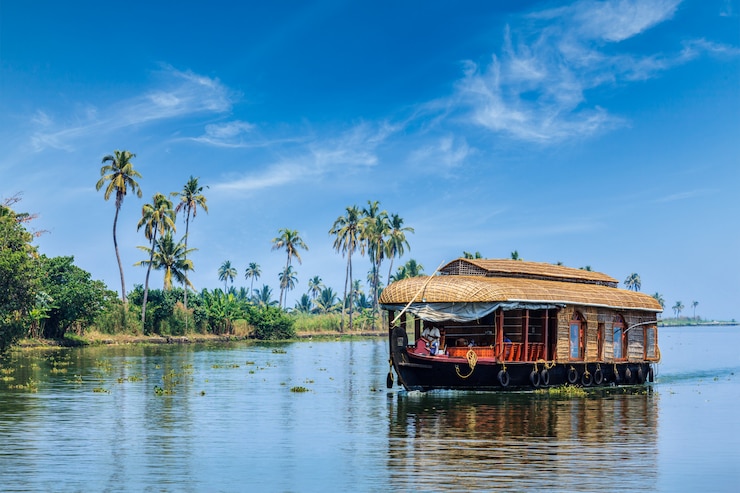
Kerala, known as God’s Own Country, is a perfect destination to explore the scenic beauty of Alleppey’s backwaters, Munnar’s hill station, Athirapally and Vazhachal waterfalls, and Periyar National Park, home to diverse wildlife. Kerala’s natural beauty, warm hospitality, and unique attractions make it one of the perfect places to visit.
- India travel
- Travel Destination
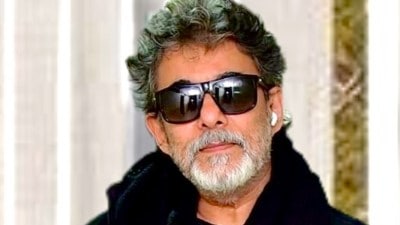
Deepak Tijori, a veteran actor and filmmaker, spoke about his 30-year journey in the industry and the challenges faced by independent producers. He discusses the impact of the star system on film distribution and his preference for unconventional stories. Despite having superstar connections, he prioritised charting his own path.
- SRH vs GT Live Score, IPL 2024: Rain likely to play spoilsport in Hyderabad as SRH hunt for a top-two finish vs GT 7 mins ago
- CUET UG Exam 2024 Live Updates: Economics paper ends, experts analysis test 1 hour ago
- Lok Sabha Election 2024 Live Updates: In UP, PM Modi attacks SP and TMC, accuses them of appeasement politics, giving special treatment to terrorists 2 hours ago
- JEE Advanced 2024 Admit Card Live Updates: Hall tickets tomorrow at jeeadv.ac.in 2 hours ago

Best of Express

Buzzing Now

May 16: Latest News
- 01 Modi talks about Muslim rapport one day, Ram Mandir the next day: Nana Patole
- 02 IPL 2024 points table update: RR remain 2nd after PBKS defeat, but could be overtaken by SRH soon
- 03 Athletics: Animesh Kujur, with build of an international runner and swagger to boot, makes confident mark at Fed Cup
- 04 From a no-contest to a close fight, BJP and Congress to battle it out in Dhule
- 05 Watch | Slovak PM’s bodyguards spring into action after ‘assassination attempt’
- Elections 2024
- Political Pulse
- Entertainment
- Movie Review
- Newsletters
- Web Stories

IMAGES
VIDEO
COMMENTS
Bhrigu Lake (A trek with the best grasslands of Himachal. The grasslands bloom in the rain) Beas Kund (A trek to the source of River Beas. The landscape turns lush with streams and waterfalls everywhere) Do It Yourself treks. Prashar Lake (A 2 day trek perfect for a weekend) Pundrik Lake (A weekend trek near Mandi.
The Himalayan treks in July are equally popular amongst photographers, nature lovers and adventure enthusiasts. The lush greenery of the mountains will make you fall in love with the landscapes and the gushing waters dripping from the melting ice will fill your soul with a sense of tranquillity. And you will go on admiring the wonders of nature ...
The best Uttarakhand treks in July include the Kedartal trek, Bali Pass trek and Rupin Pass treks. The magnificent glacier lake of Kedartal is the main attraction of the moderately difficult Kedartal Trek. Rupin Trek is renowned as one of the most breathtaking Himalayan treks in July and is situated at a height of about 4,950 meters above sea ...
10 Brilliant Himalayan Treks To Do in Monsoon (July, Aug, Sept) July, August, and up to about the middle of September are popular times to trek. Kashmir, the mountains of northern Himachal Pradesh, the rain-shadow regions of Jammu, and the Valley of Flowers in Uttarakhand are all at their most beautiful during this time. There's another thing.
By Gautam Singh. 2023-12-28. H ere are the 22 best Himalayan treks to do this year. Although it was not easy to pick the best Himalayan treks as every trek is beautiful in its own way, we have put together the best Himalayan treks that we think you should not miss! Beginner-friendly treks like Dayara Bugyal, Brahmatal and Kedarkantha are great ...
Avoid trekking in Darjeeling and Sikkim between June to mid September. Darjeeling hills: A typical day in July (PC - Subhratanu) 2) Western Himalayas: This part of the Himalayas can be divided further into the following from east to west direction. A) Uttarakhand treks: Monsoon is consistent here in July and August.
Best Months: January, February, march, April, May, June, September, October, November, December. A view of Julota campsite on the Kedarkantha trek. Picture by Harish NN. There are many reasons why it is a very popular trek to do in the Indian Himalayas. The most important of them is this — the summit climb.
Nepal lies almost in the middle of the Himalaya and while it's a small country it hosts 8 of 14 of all the world's mountains over 8000m. #1: Everest Base Camp. This has to be our all time favorite trek in the Himalayas. Great views of Everest, a good trail, wonderful tea houses to stay in and almost continuous views of some of the tallest ...
Among the many trekking trails, the Mera Peak Trek is a great opportunity to build your mountaineering skills. This mountain peak is a prominent one located in the Mahalangur Himal section of the Himalayas. It stands as a challenging trekking peak at an altitude of 6476 m (21247 ft). The peak has three primary summits - Mera North (6476 m ...
Monsoons open a new chapter of trekking in the Himalayas. Of lush grasslands, flowering landscapes and dramatic pass crossings. This video offers a glimpse i...
The months of June and July are ideal for trekking in Indian Himalaya as it is the time when the snow starts to melt and one can behold the marvellous spots with green hills, lush forests, flowing springs and glinting waterfalls. ... Cross Himalayan passes, Camp under the star-studded sky of Ladakh, Witness ancient and architecturally rich ...
Explore All the Treks Provided by Trek The Himalayas: From Easy to Challenging, Green Valleys to Snow-Capped Peaks. Immerse Yourself in Diverse Landscapes and Vibrant Cultures. Plan Your Adventure Today!
Trekking in the Himalayas requires a reasonable level of physical fitness. The steep ascents and descents, coupled with high altitudes, can put strain on your body. It is recommended to engage in regular aerobic exercises, such as jogging or cycling, to build stamina and endurance. Additionally, incorporating strength-training exercises and ...
Top Himalayan Treks for Adventure: Here is a list of the best Himalayan treks to explore in 2023. I will give you an overview of each one. I hope this comprehensive guide helps you! ... July 25, 2023. 11 Best Places to Visit in Sonamarg, Things to Do & Attractions. Sonamarg, in India, captivates with its stunning landscapes. Nestled in Kashmir ...
It takes around 15 days, walking eight miles a day, to reach base camp and leave via the Gondoro La, a pass of over 5,400m, into the beautiful Hushe valley. Previous trekking experience is ...
This transforms the terrain with a vibrant array of colors. Even in July, trek trails beckon with open arms, inviting you to discover the unworldly beauty of their rain-shadow regions. The team at Himalayan Trekking Pvt. Ltd. wholeheartedly welcomes you. We guarantee that trekking in Nepal during the month of July is feasible and immensely ...
2. Annapurna Circuit Trek. Most of the trekking region is wet during the summer season, but Annapurna Circuit can be done in July due to less rain and not touchable by the weather of Cherapunji behind the rim of Annapurna Himalayas and near Tibet. The Annapurna Circuit is the best opportunity for the summer trek, the real diversification of ...
July trekking with Himalayan Adventure Intl Treks unveils hidden trails that come alive with cascading waterfalls and lush vegetation. One such trek that comes highly recommended during this season is the Valley of Flowers trek in Uttarakhand, India. This UNESCO World Heritage Site bursts into a riot of colors with a myriad of alpine flowers in ...
We are pioneers of treks in India. We are pioneers in trekking. Since 2007, we have brought out treks that have become India's most famous treks: Roopkund, Rupin Pass, Buran Ghati, Kedarkantha, Kashmir Great Lakes, Tarsar Marsar, Brahmatal, Phulara Ridge—the list goes on. In 2023 alone, we brought out five new treks in Indian trekking.
Trekking in Nepal in July, leads you to less crowd in the trails. So, you'll get full solitude & enjoy the pristine, natural scenery of the Himalayas. ... In the northern side of Nepal, there exists a large rain shadow area beyond the great Himalayan ranges. During the monsoon, these regions receive less rainfall like 50 mm. During this month ...
Day 3: Trek to the Valley of Flowers, (~3450 m/11320 ft) explore around and back to Ghangaria - 8 to 10 Km - 6 to 8 hours. Lodge or hotel. Day 4: Trek to Hemkund Sahib (~4160 m/13650 ft), explore the adjacent lake and back to Ghangaria - 12 Km - 7 to 8 hours. Lodge or hotel. Day 5: Trek to Pulna - 10 Km - 4 to 5 hours.
Non-Indian rates are slightly higher. Trek coordinator will provide balance payment link post-booking. Get insurance through us or elsewhere. If not through us, email for a refund after booking. The cancellation policy will be implemented in accordance with the trek cancellation policy. Transport 1500
"Discover the best trekking experience with Himalayan Passion! Our family-friendly adventures, led by the best trek leaders, offer the ultimate blend of stunning landscapes, top-notch service, and reasonable costs. ... 6th July to 10th July (2024) Viswema Nagaland. Know More. 5. Dzukou Valley Trek. INR 6500/-(Dimapur to Dimapur) cost for ...
The Valley of Flowers trek is a Himalayan gem, celebrated as one of India's most beloved treks. Designated as a UNESCO World Heritage Site in 2002, this monsoon-season wonder, nestled at an ...
Distance: Around 5-6 kilometres (one way) to Deoriatal Lake and 1.5 kilometres (one way) to Chandrashila summit. Best Time: The trek is best done from April to June and September to November. How ...
7. Darjeeling, West Bengal: Darjeeling (Source: iStock) Darjeeling in West Bengal, nestled in the Himalayan foothills, is famous for its tea gardens, views of Mount Kanchenjunga, and ancient monasteries.With temperatures ranging from 15 to 25 degrees Celsius, it's an ideal time to explore the region's beauty and heritage during the warm months of June and July.